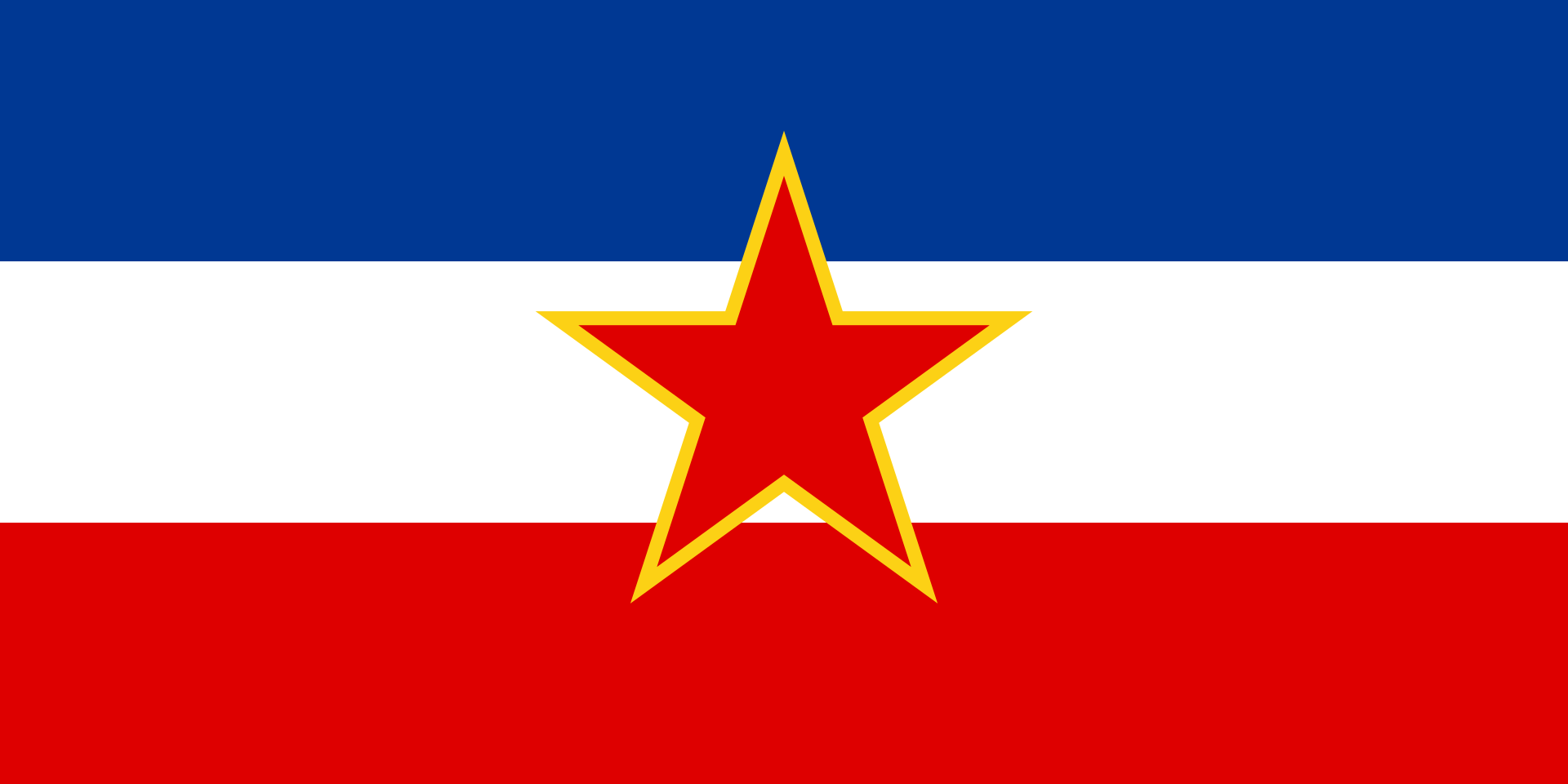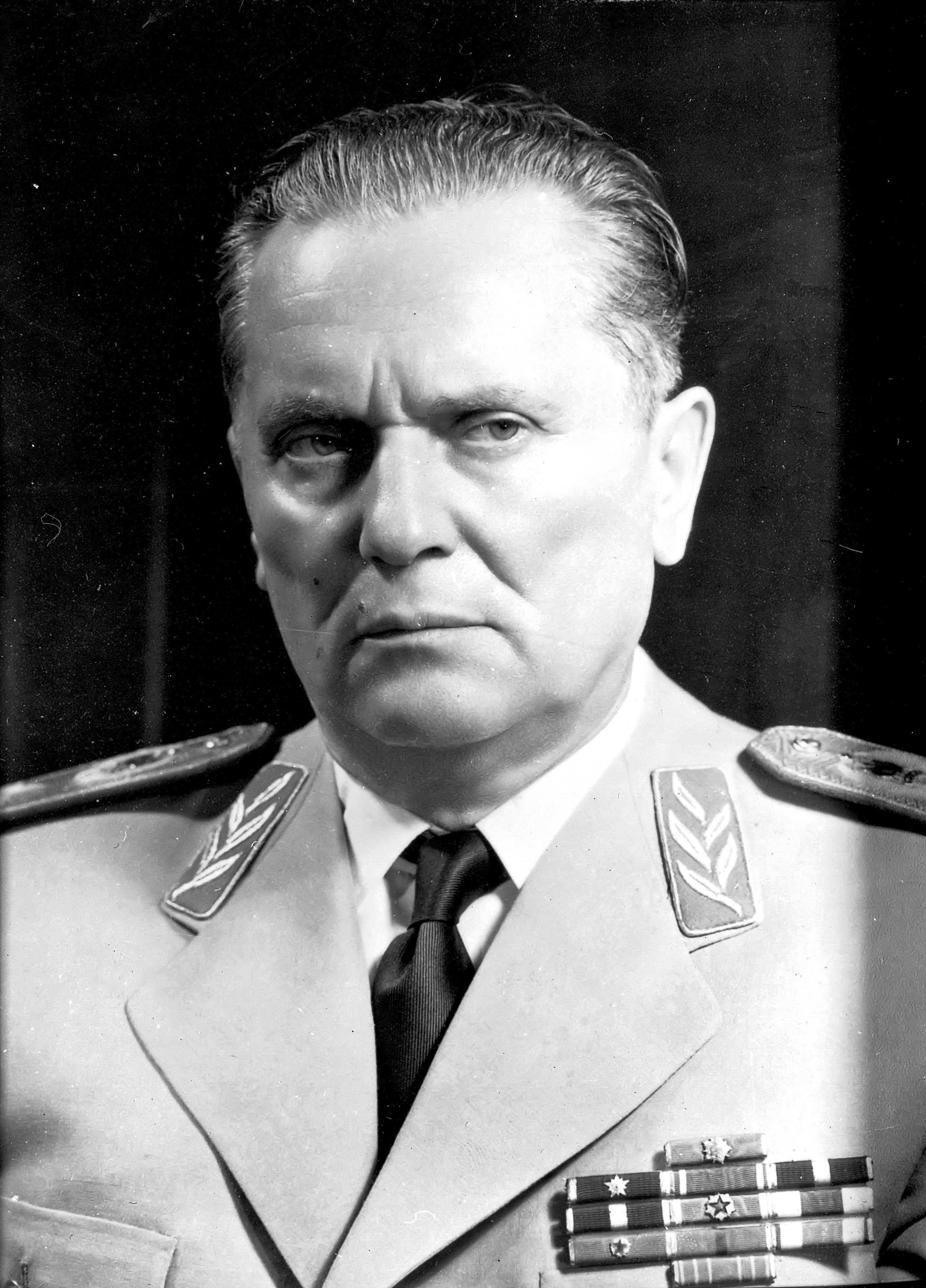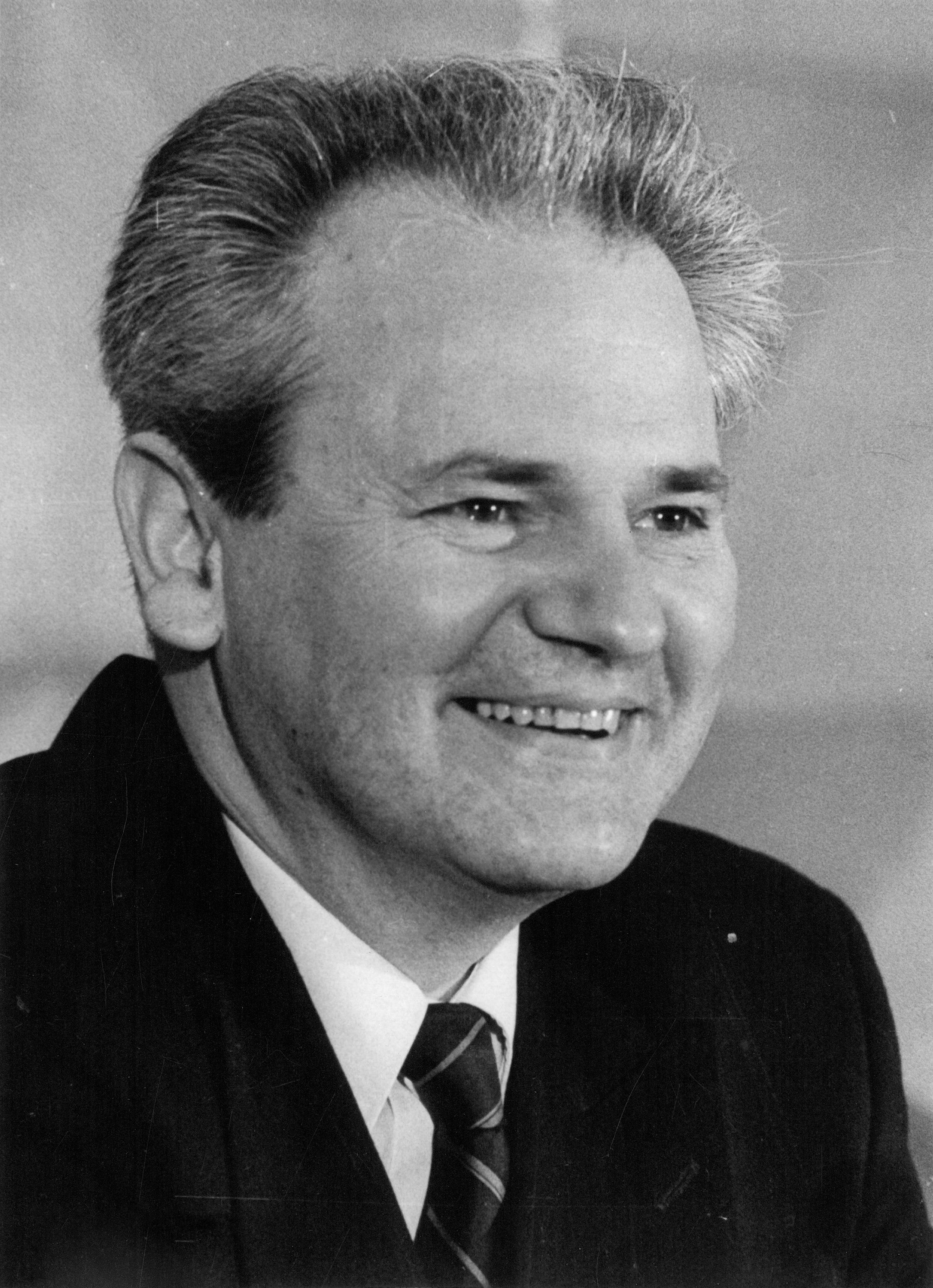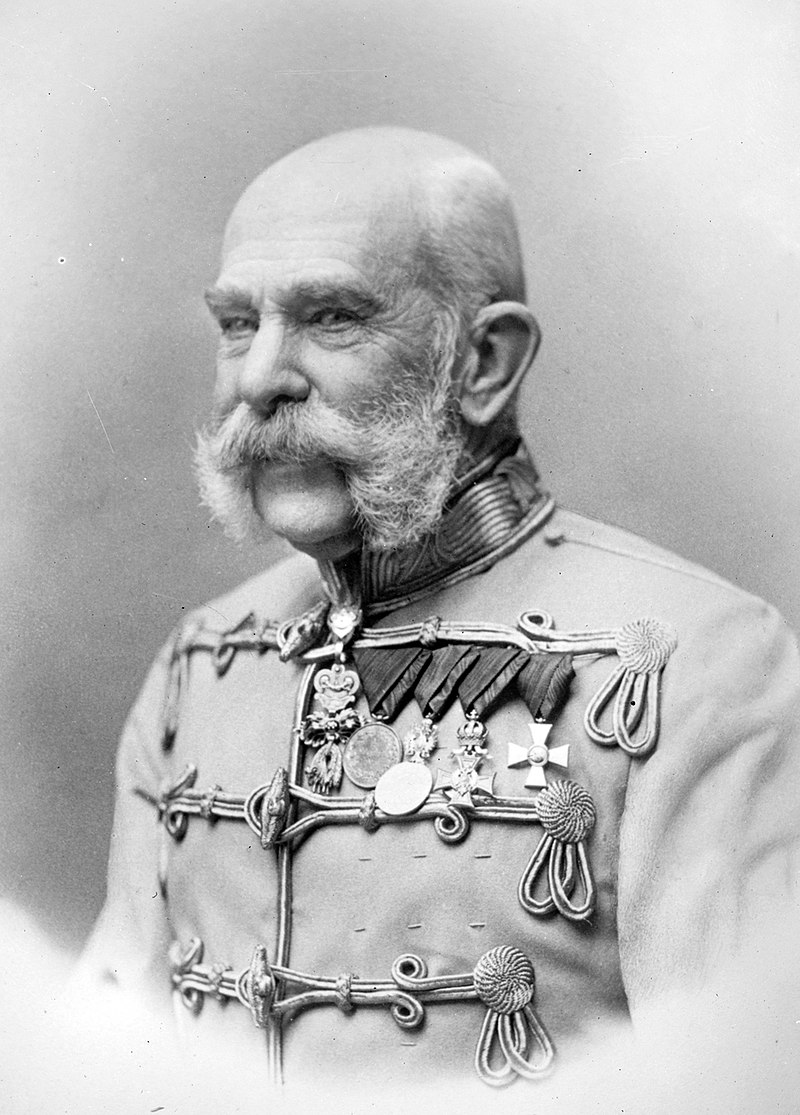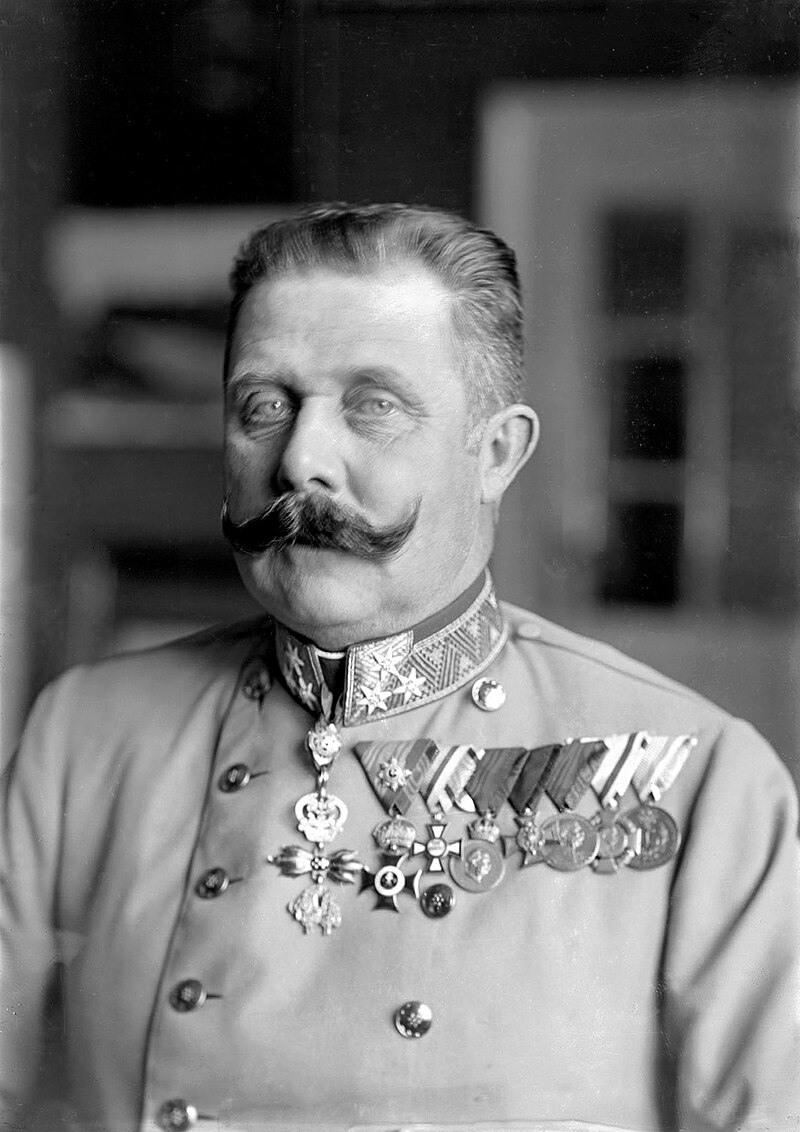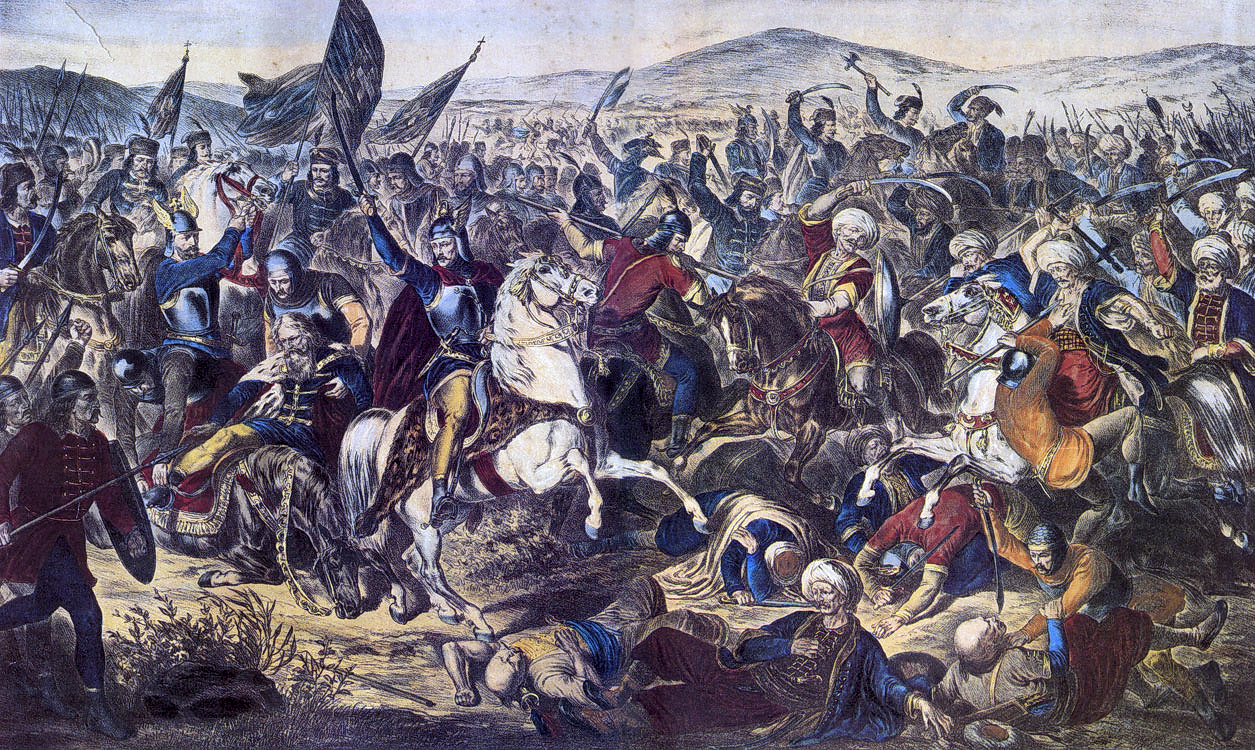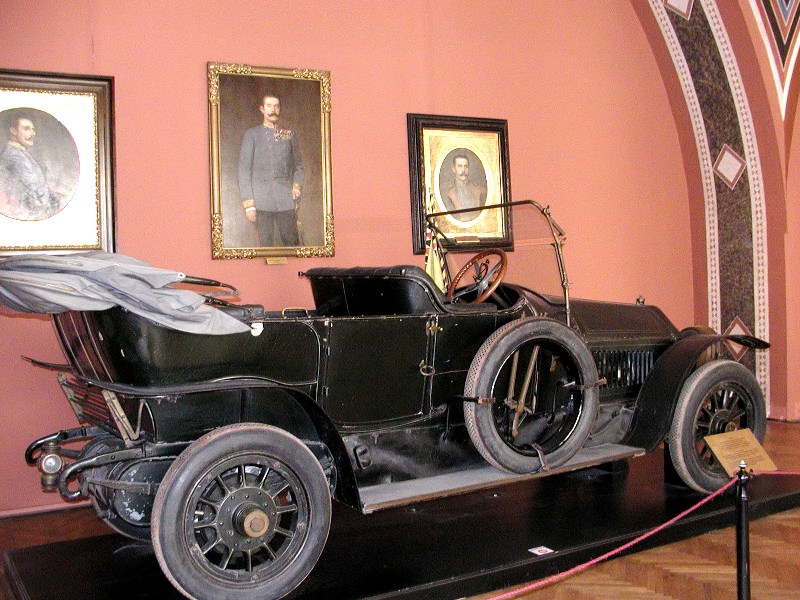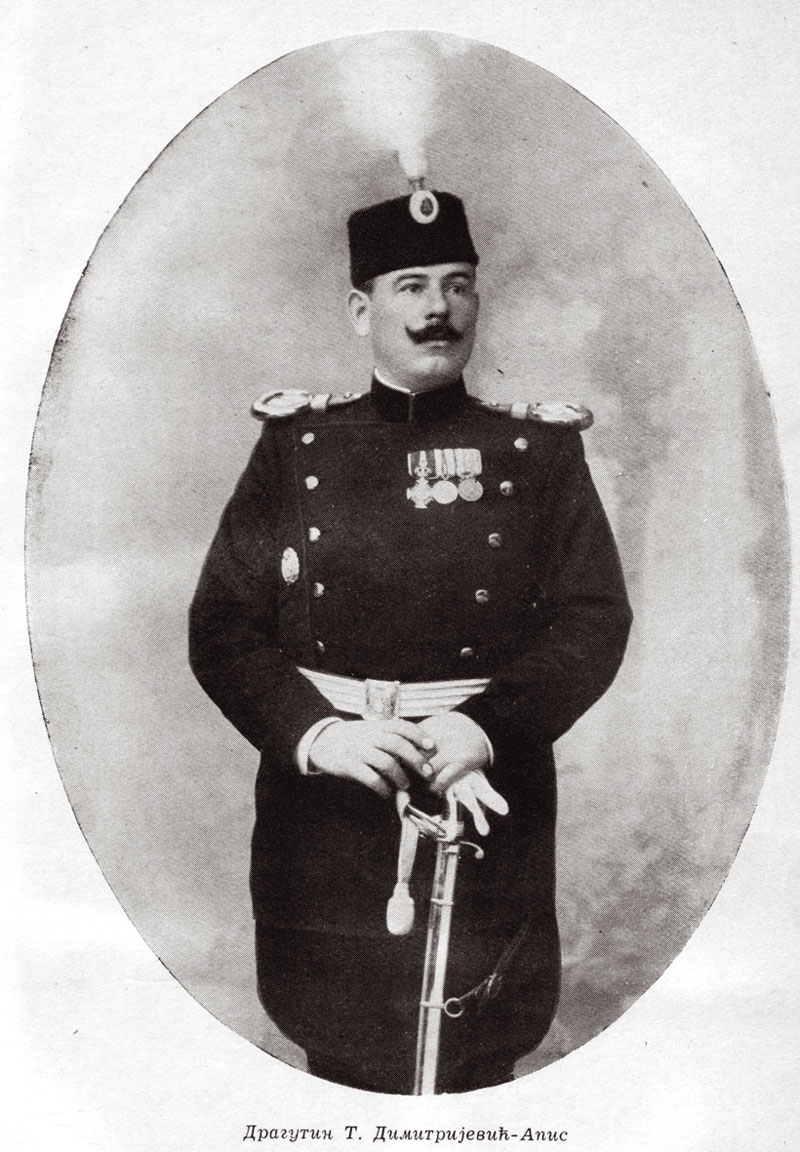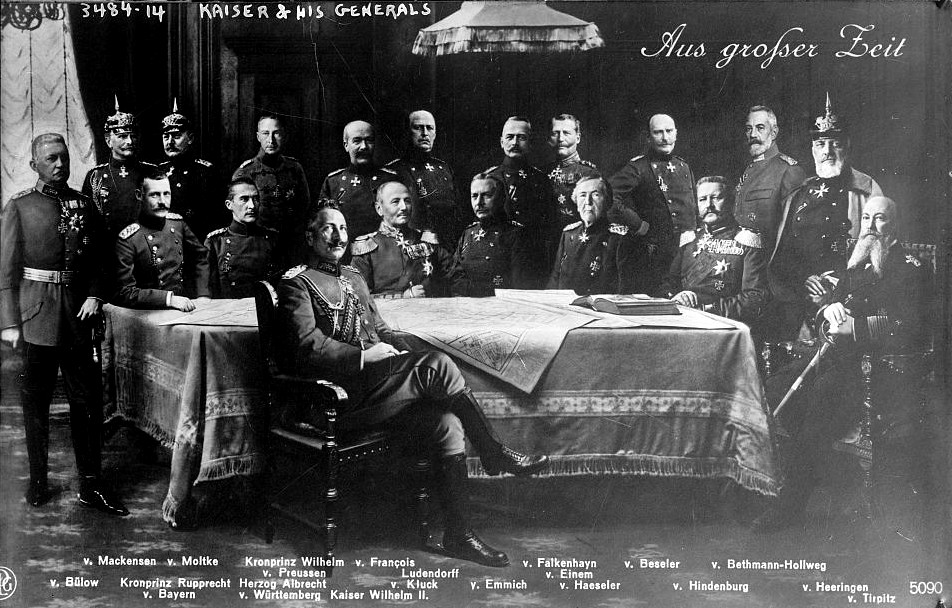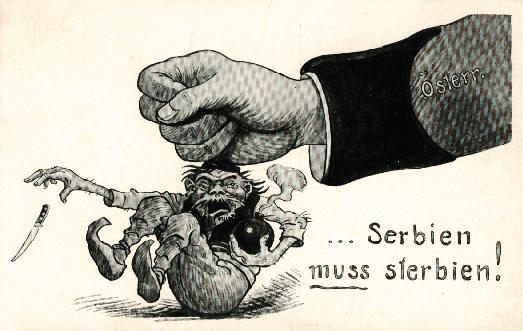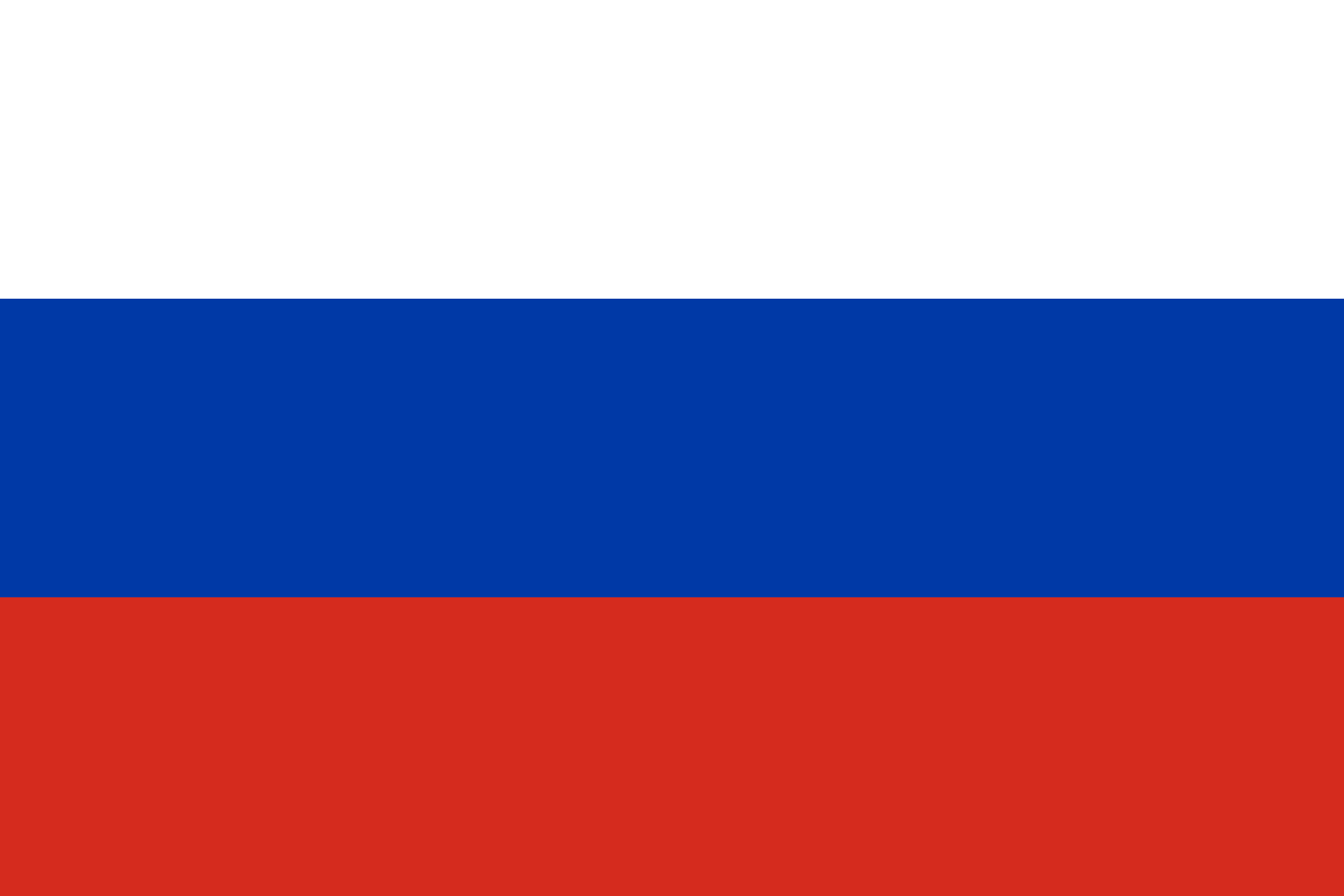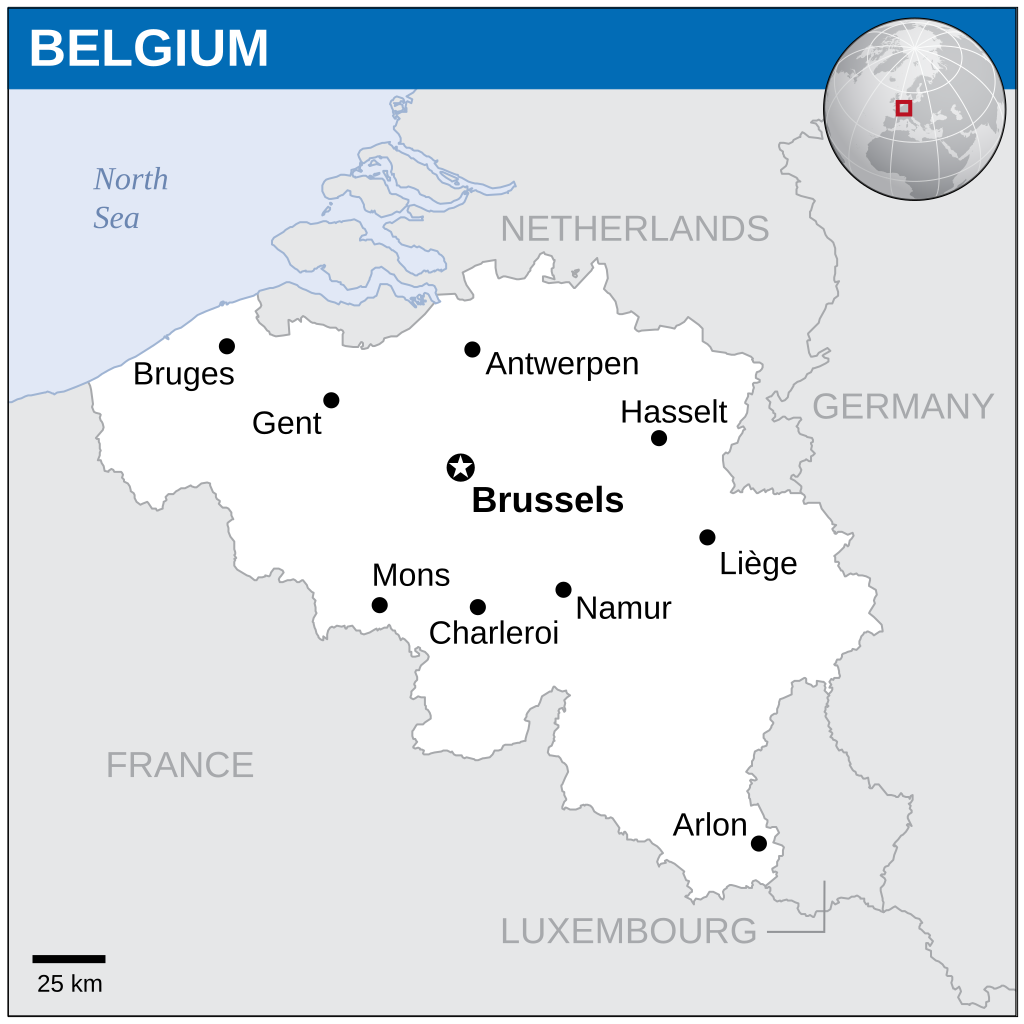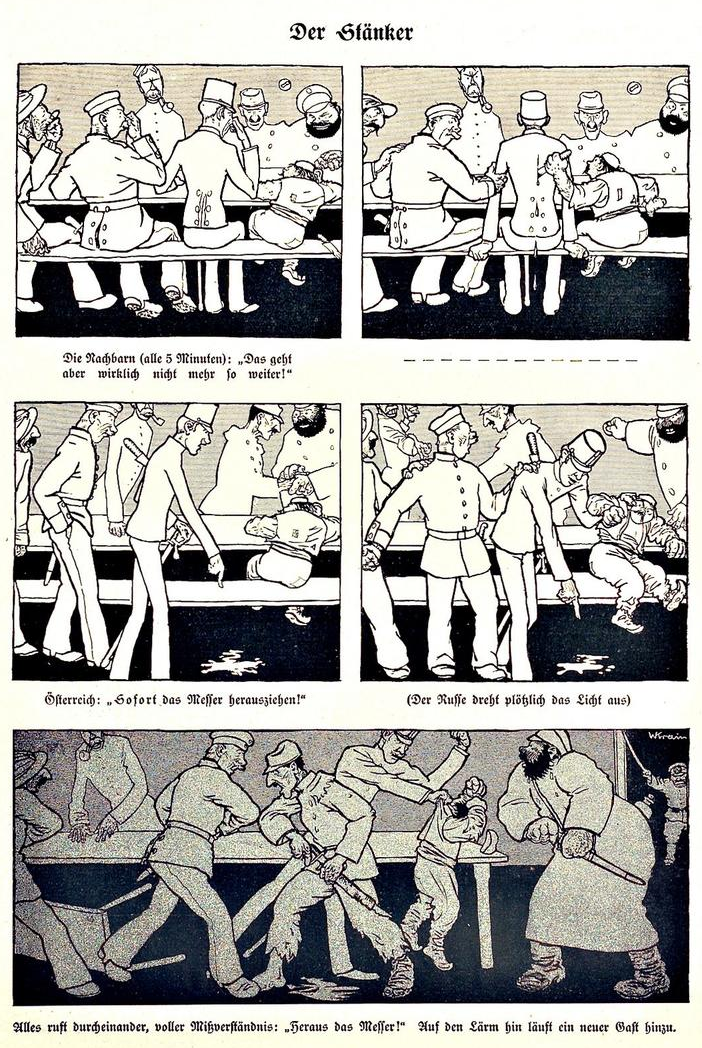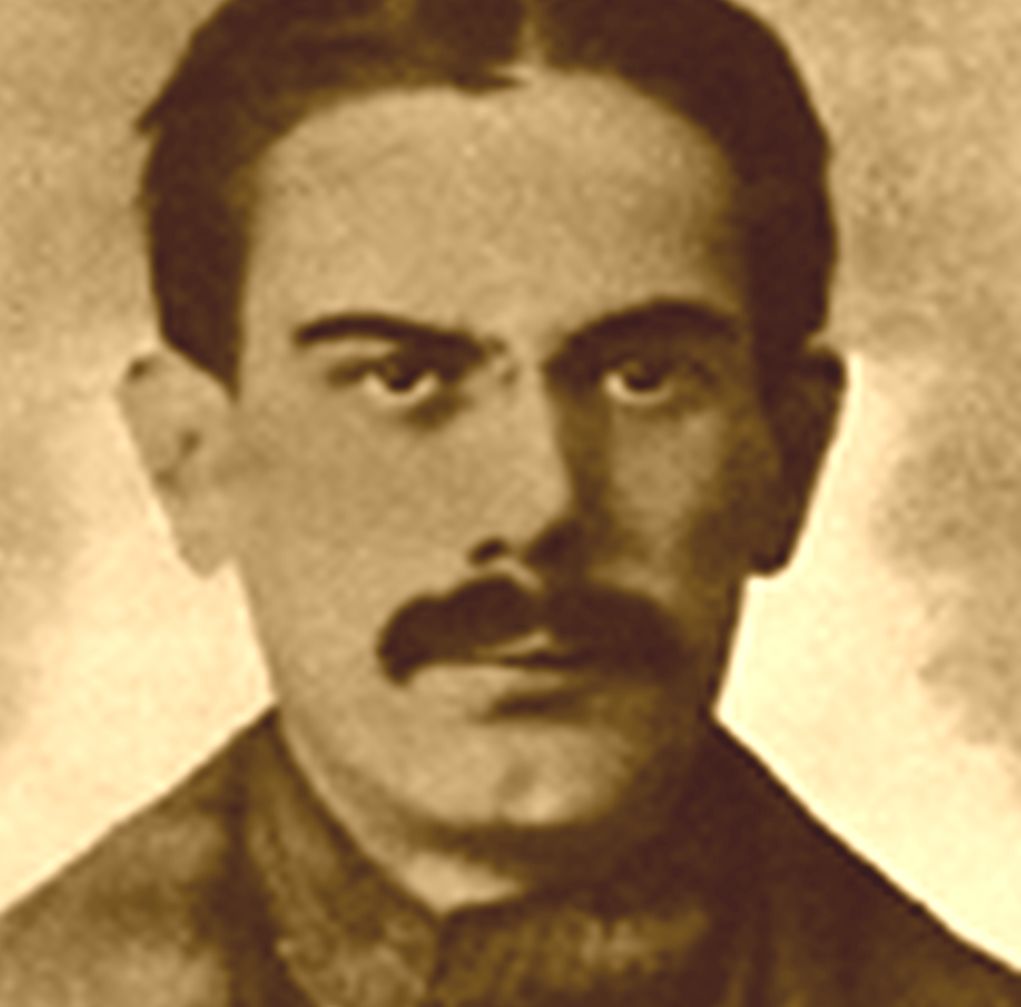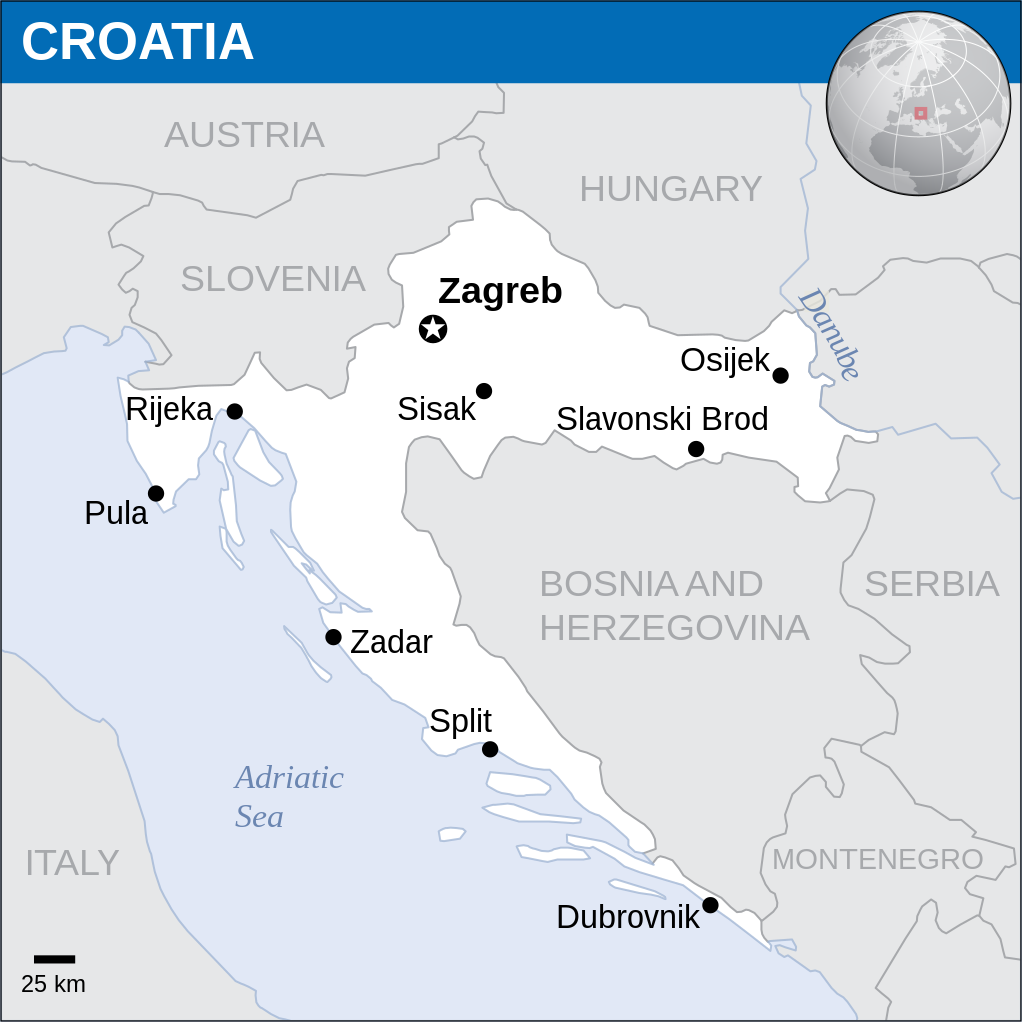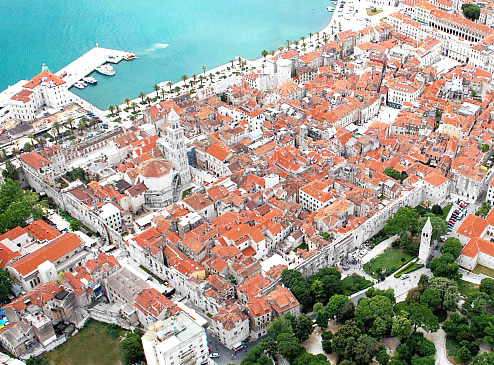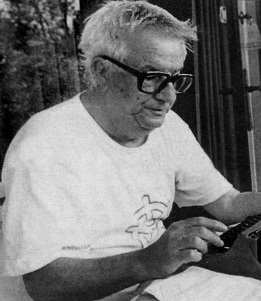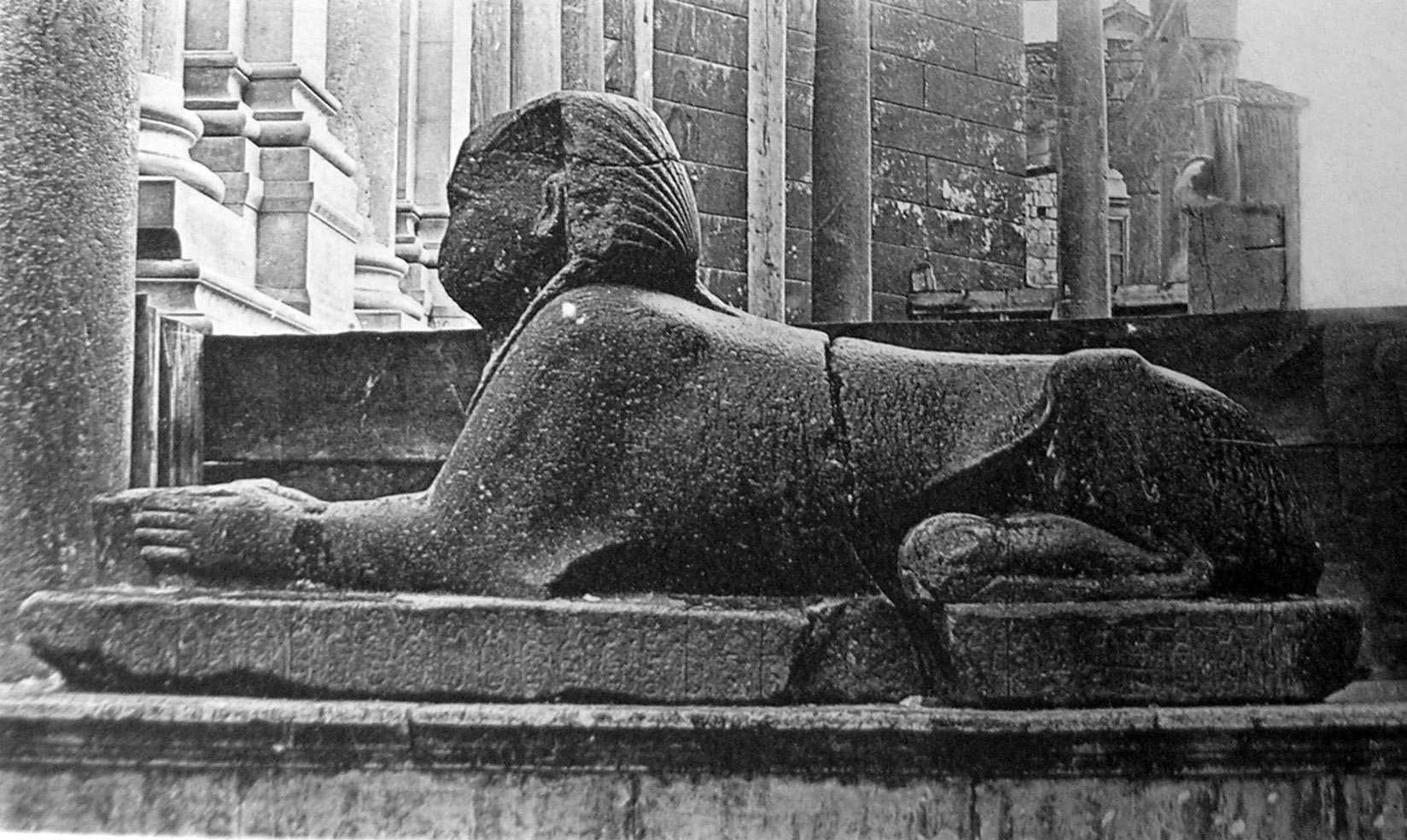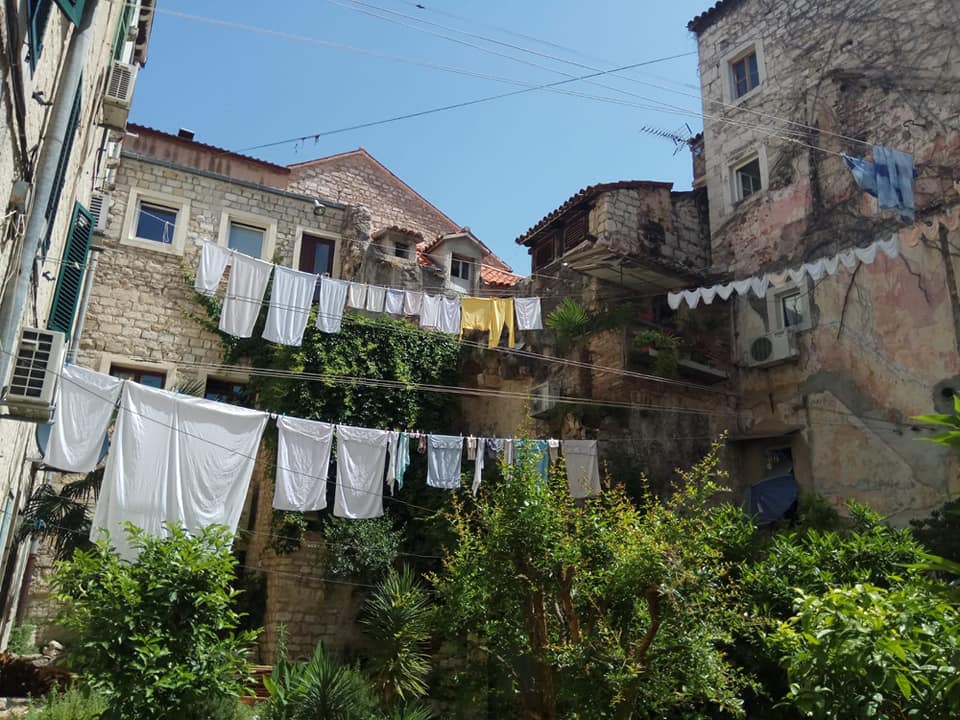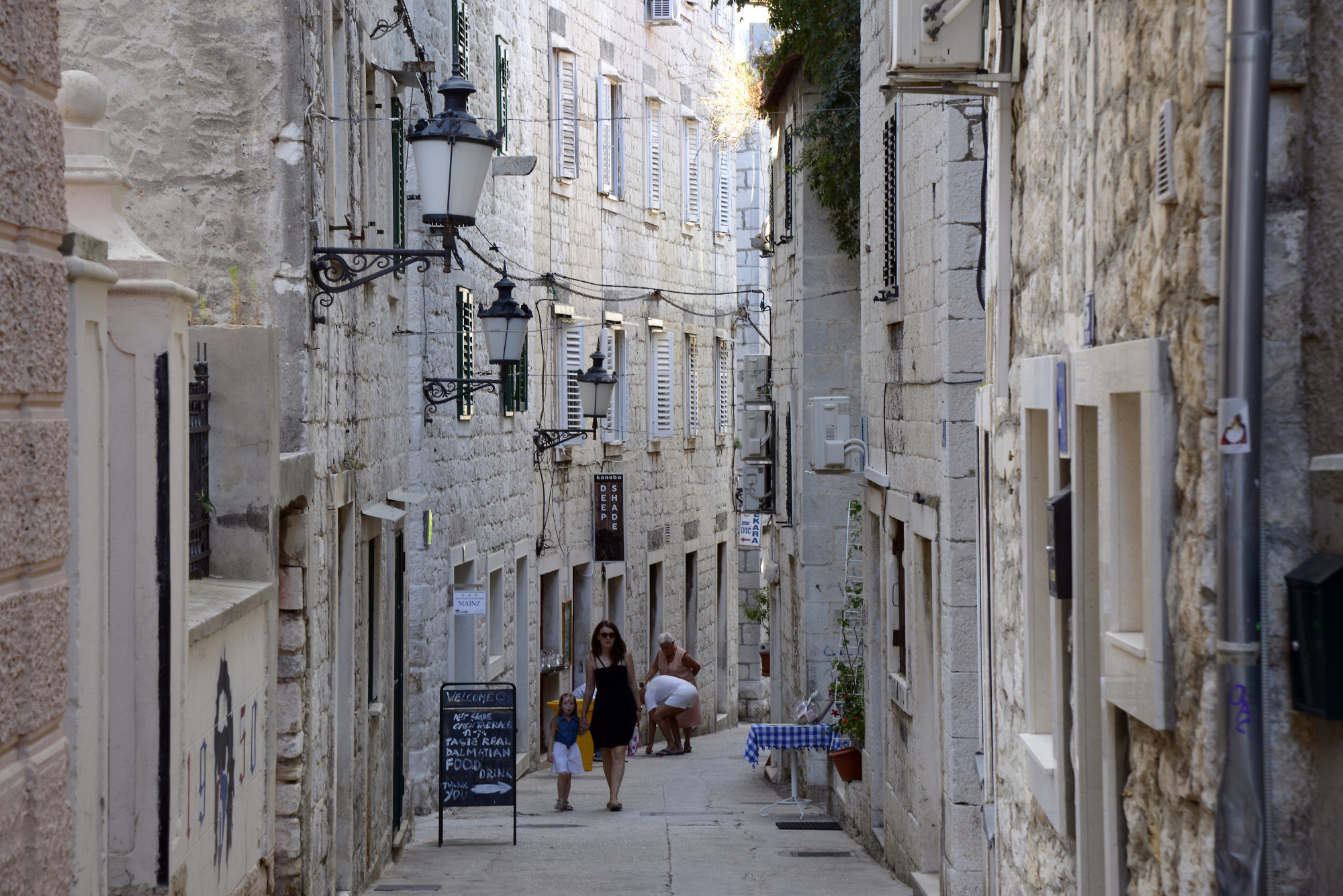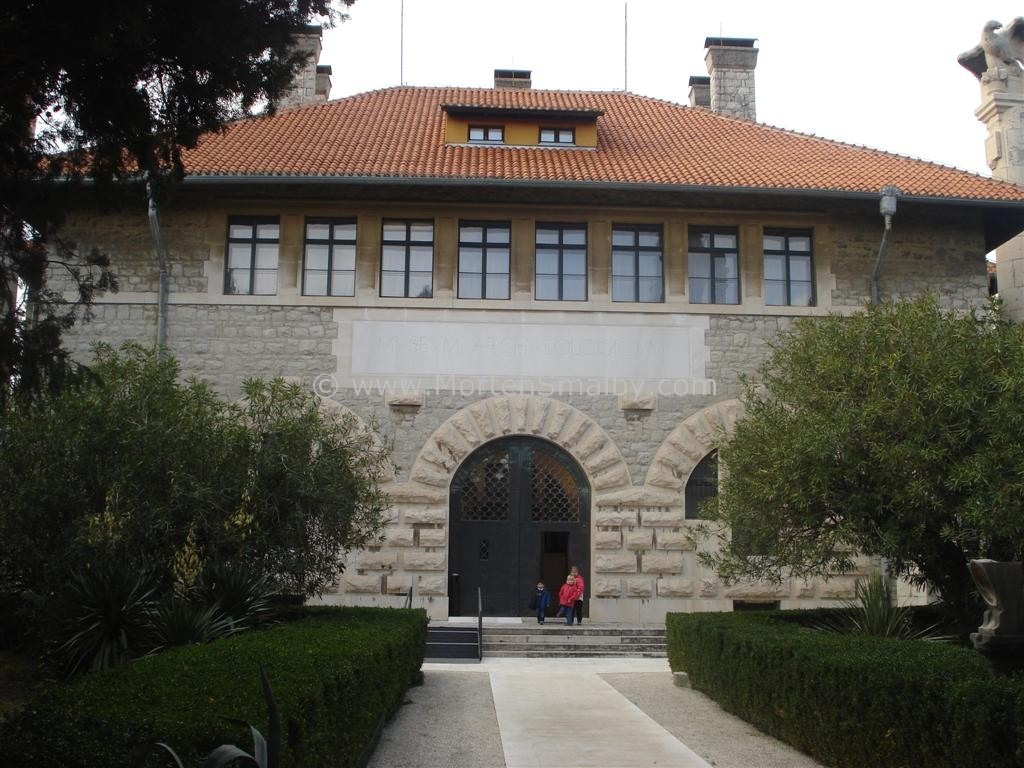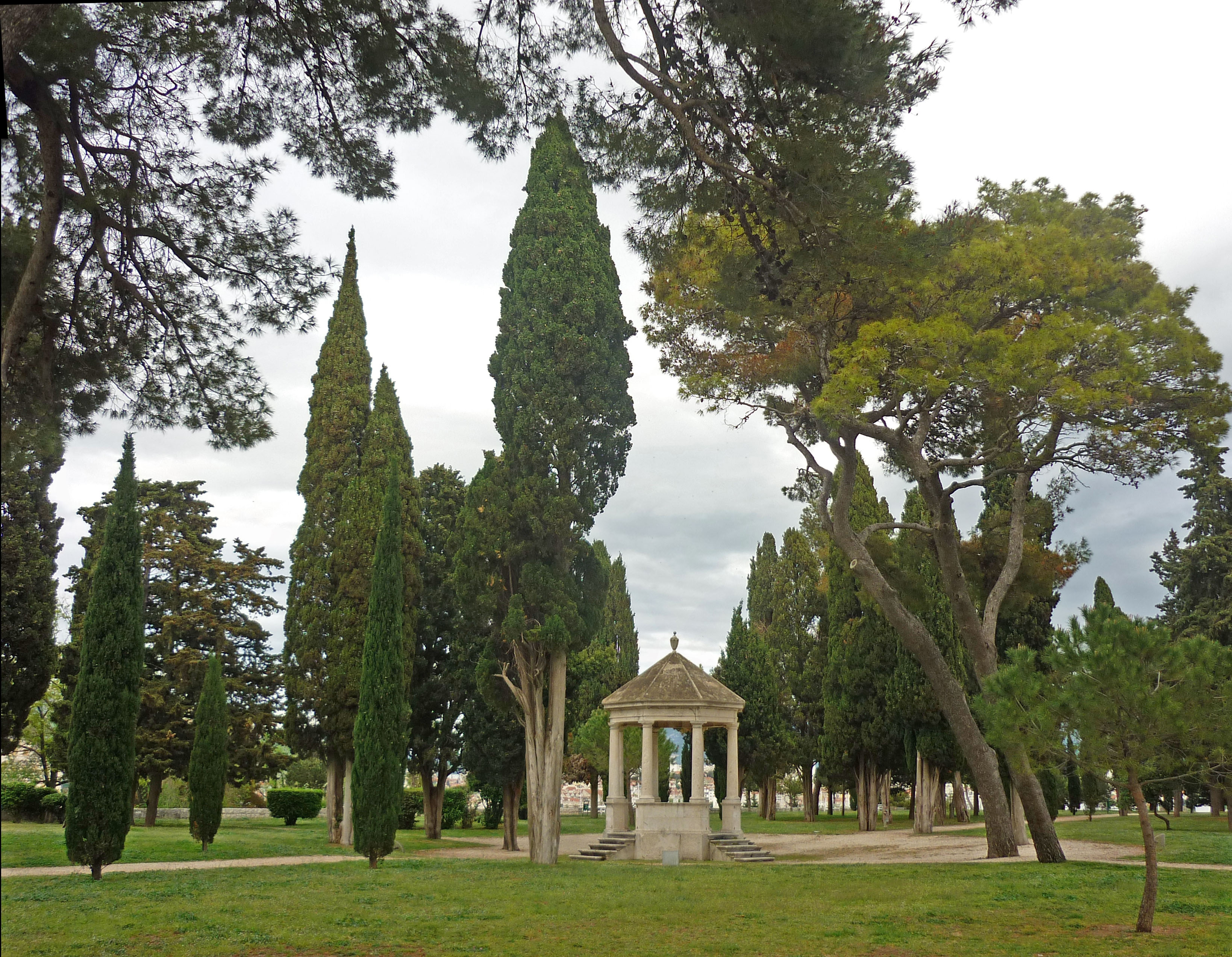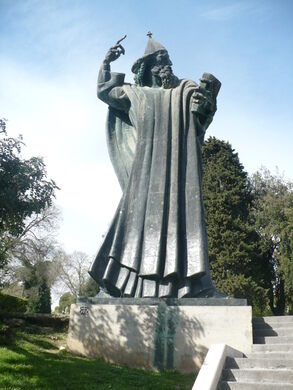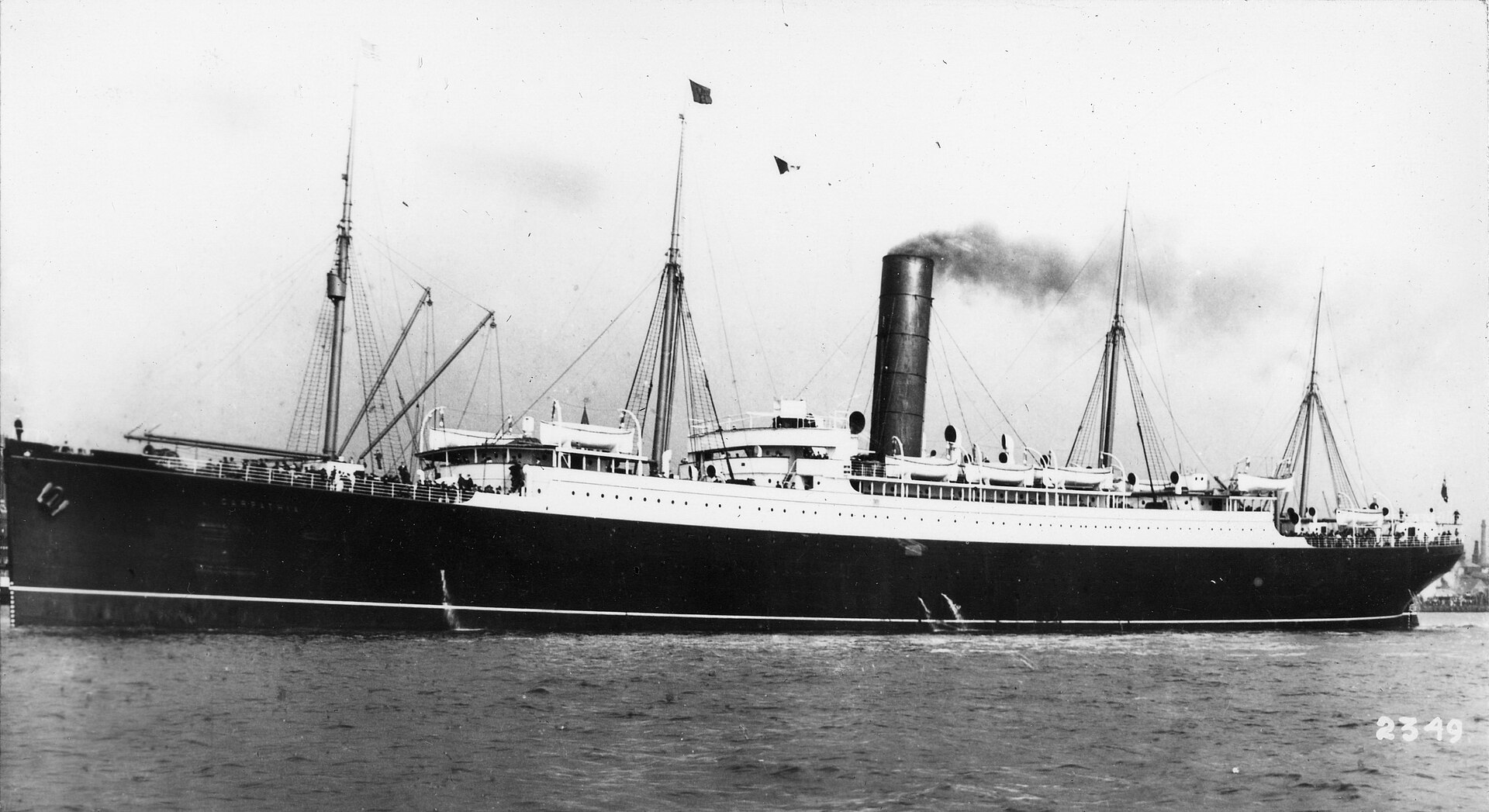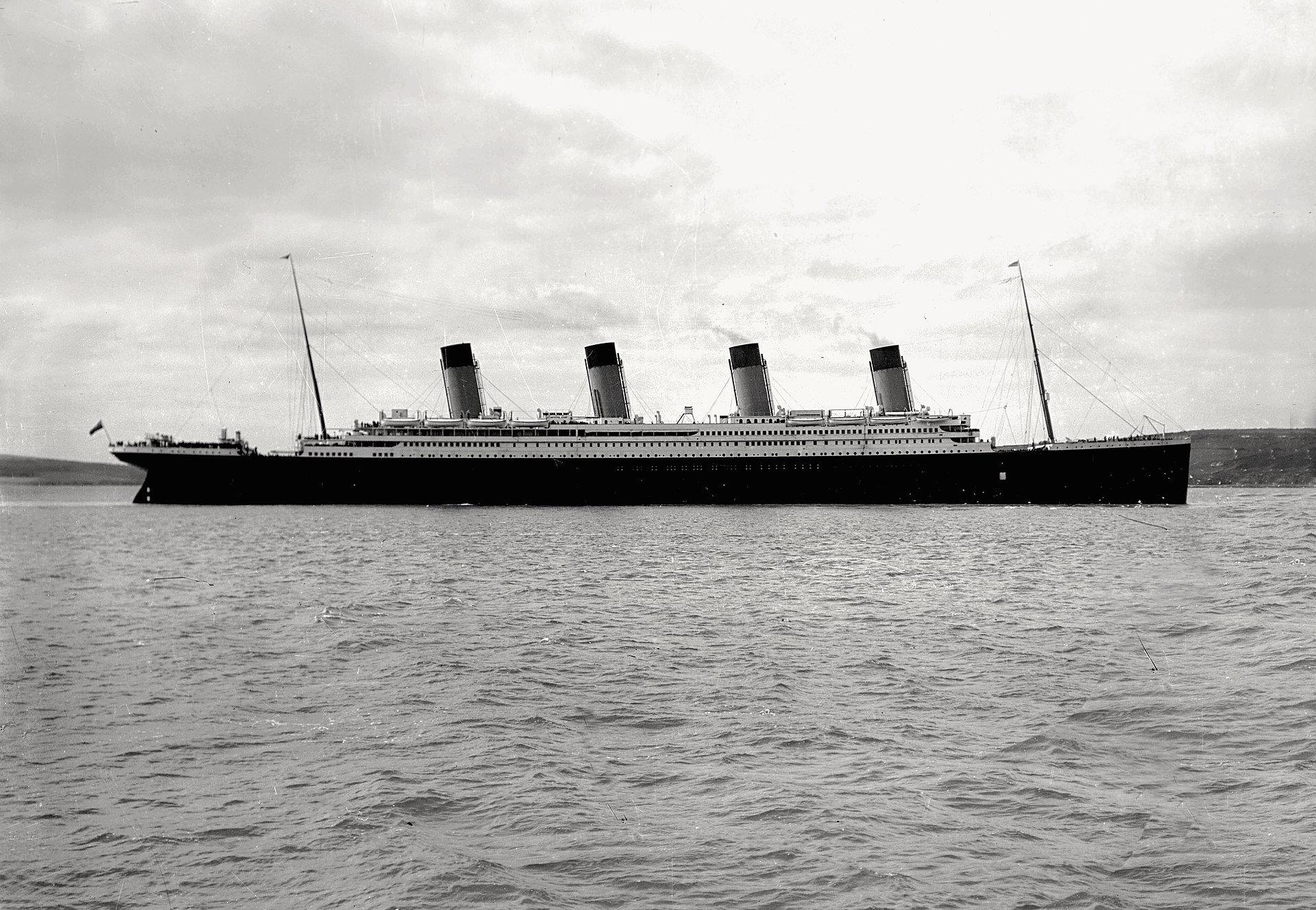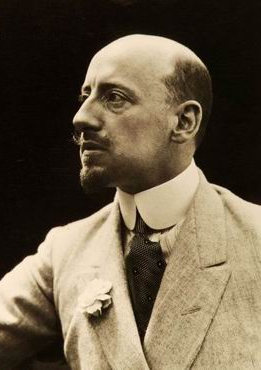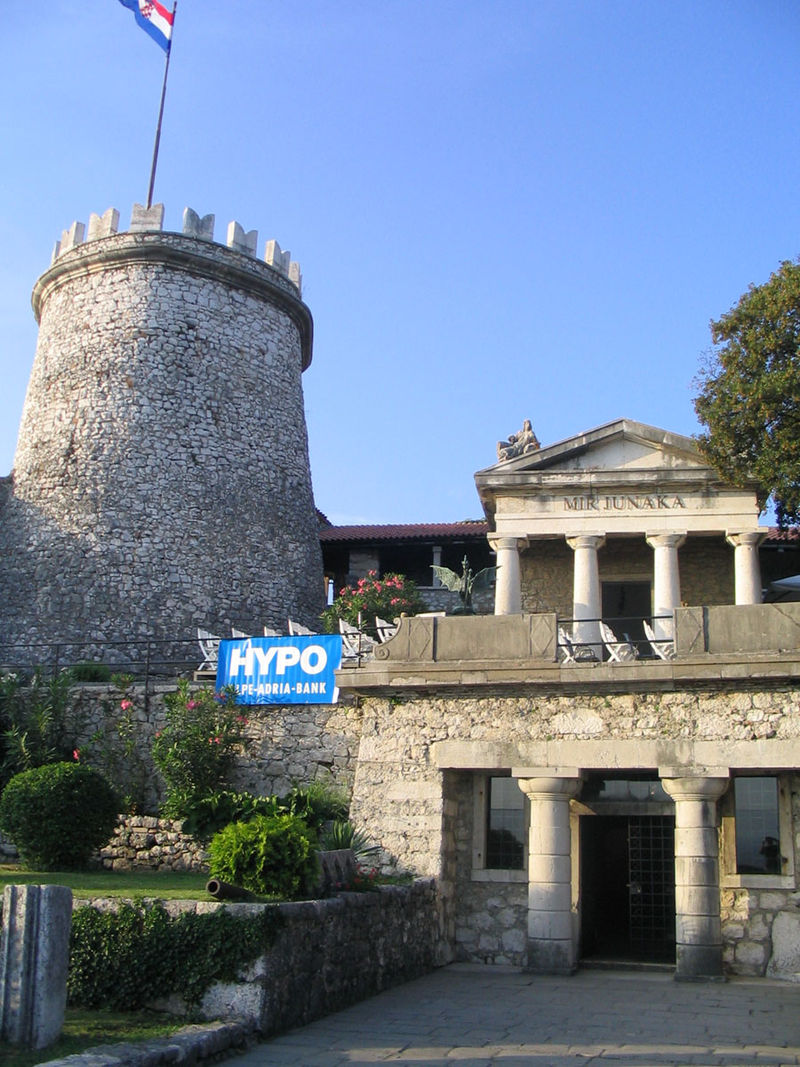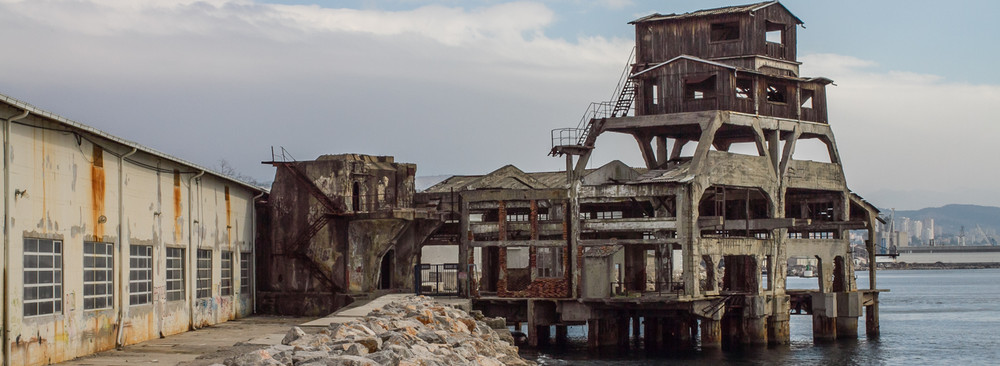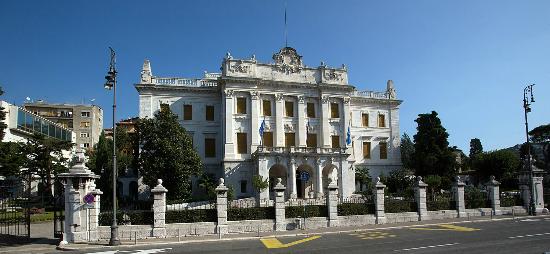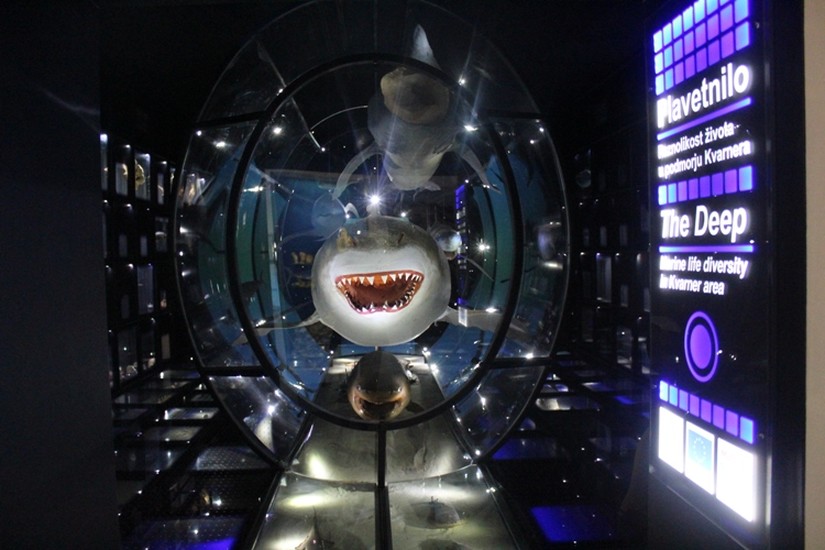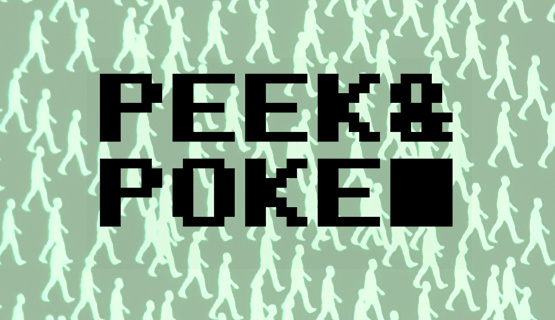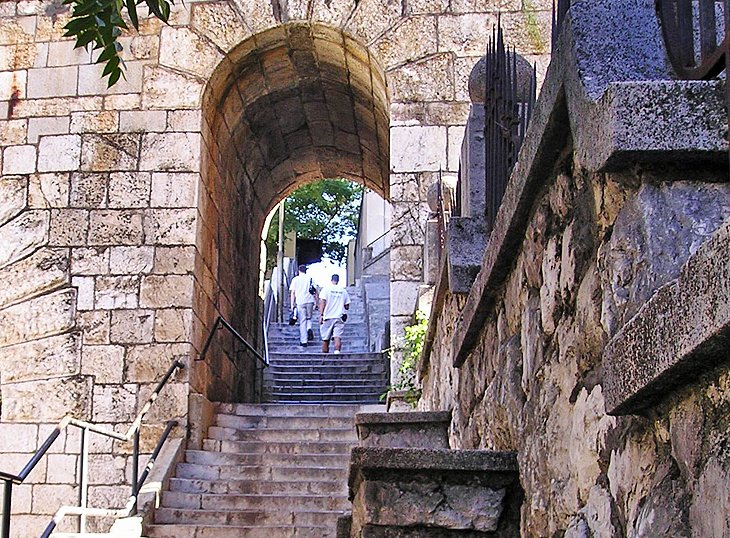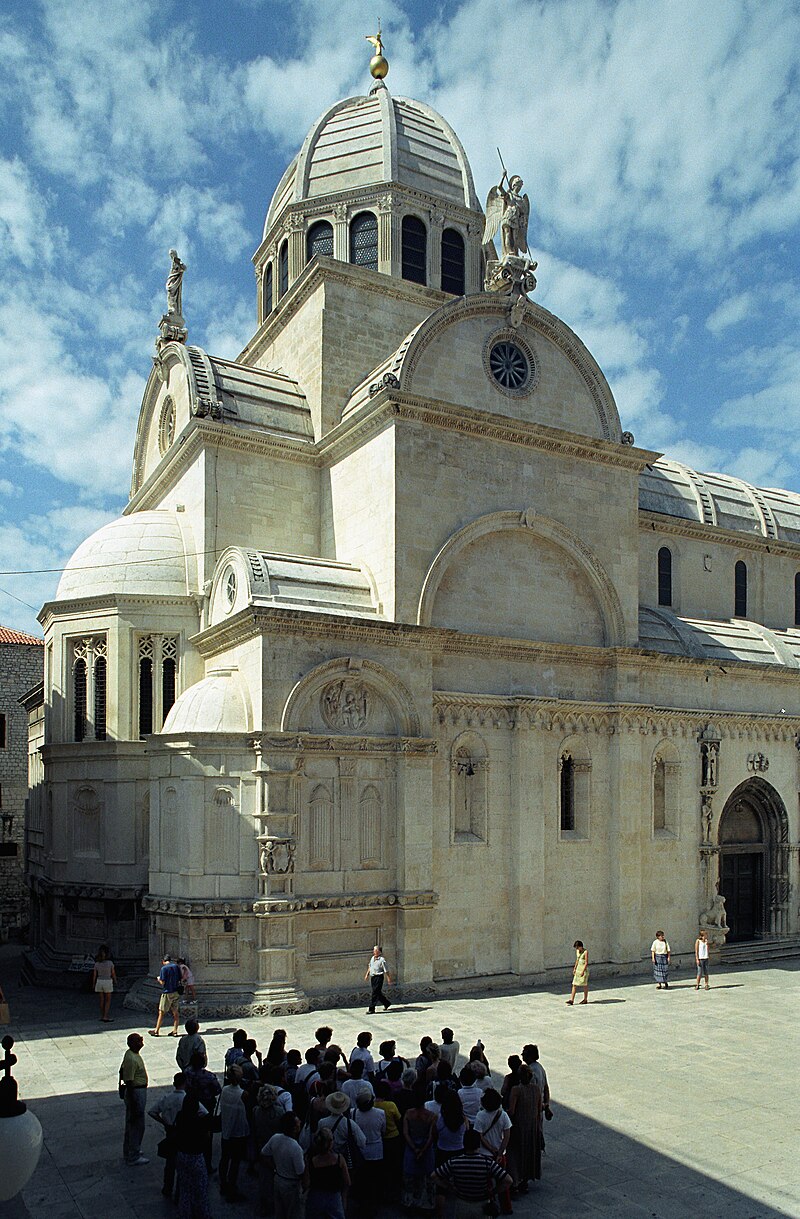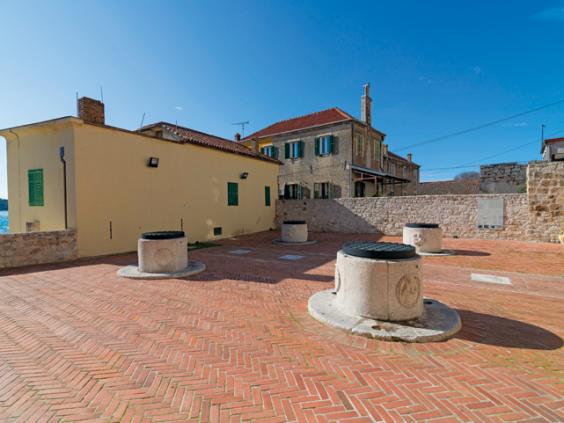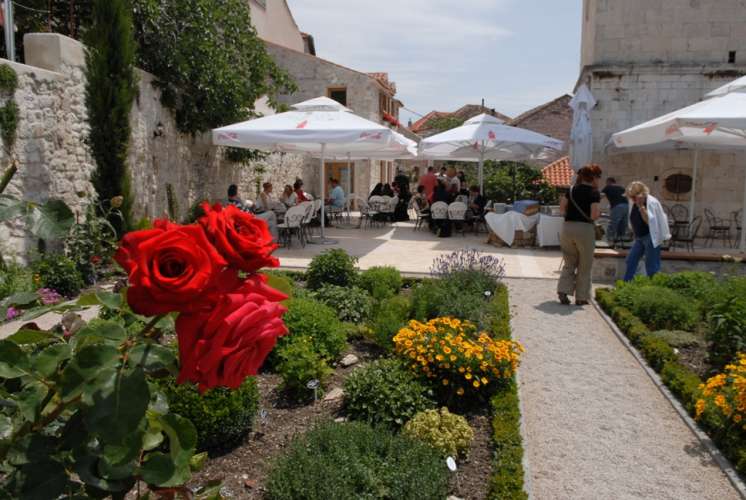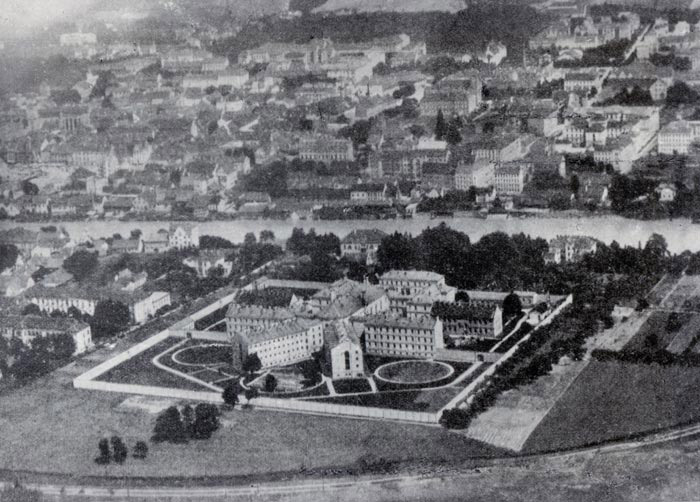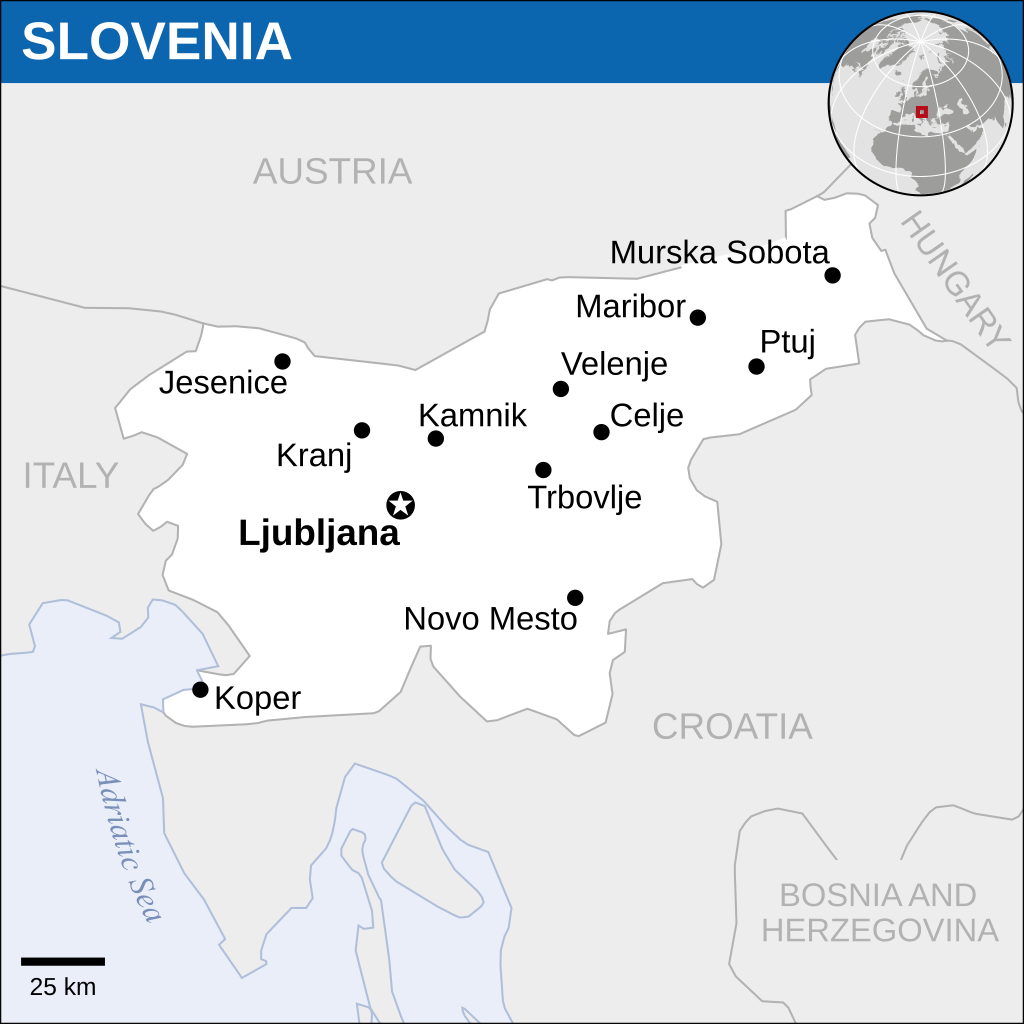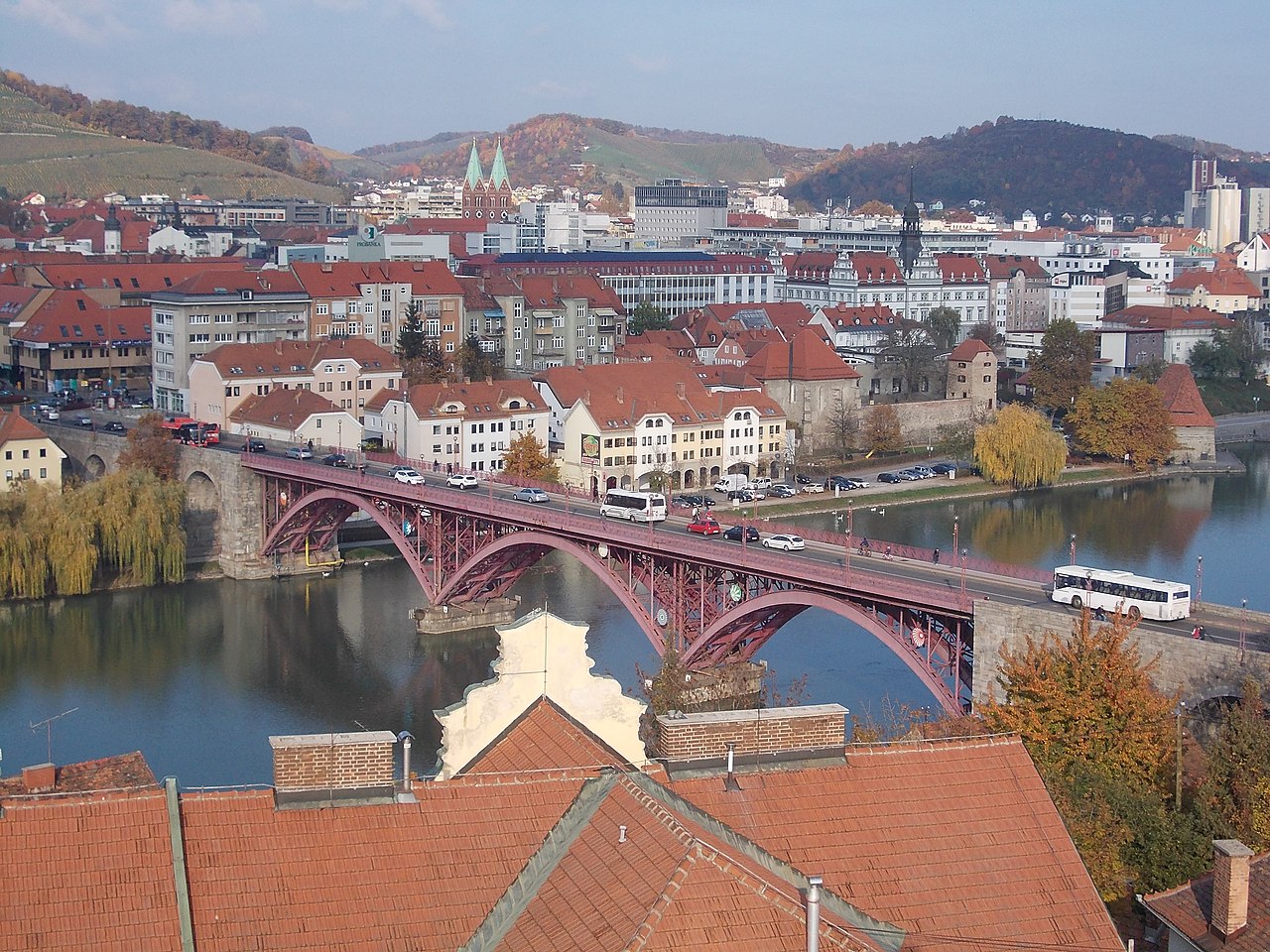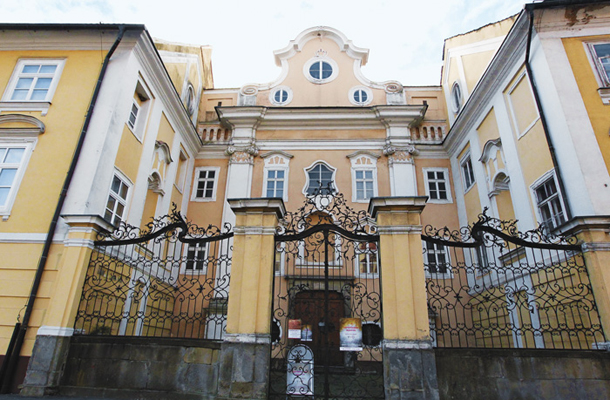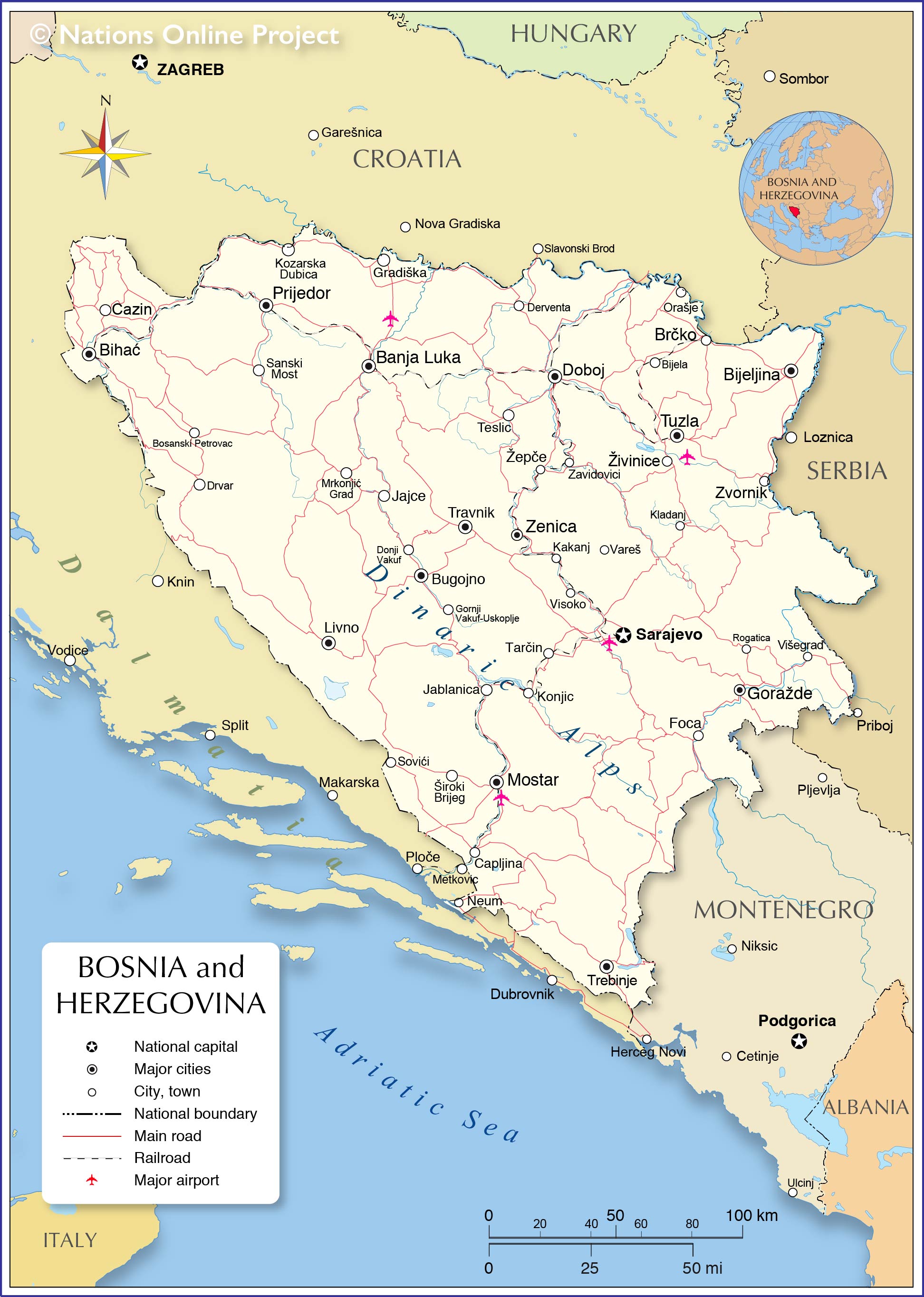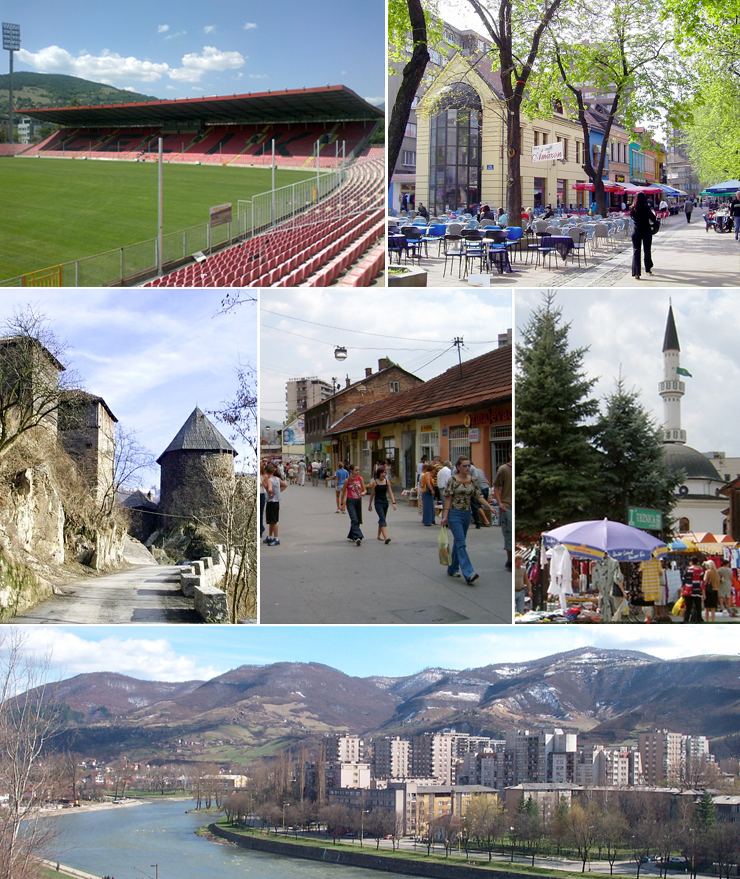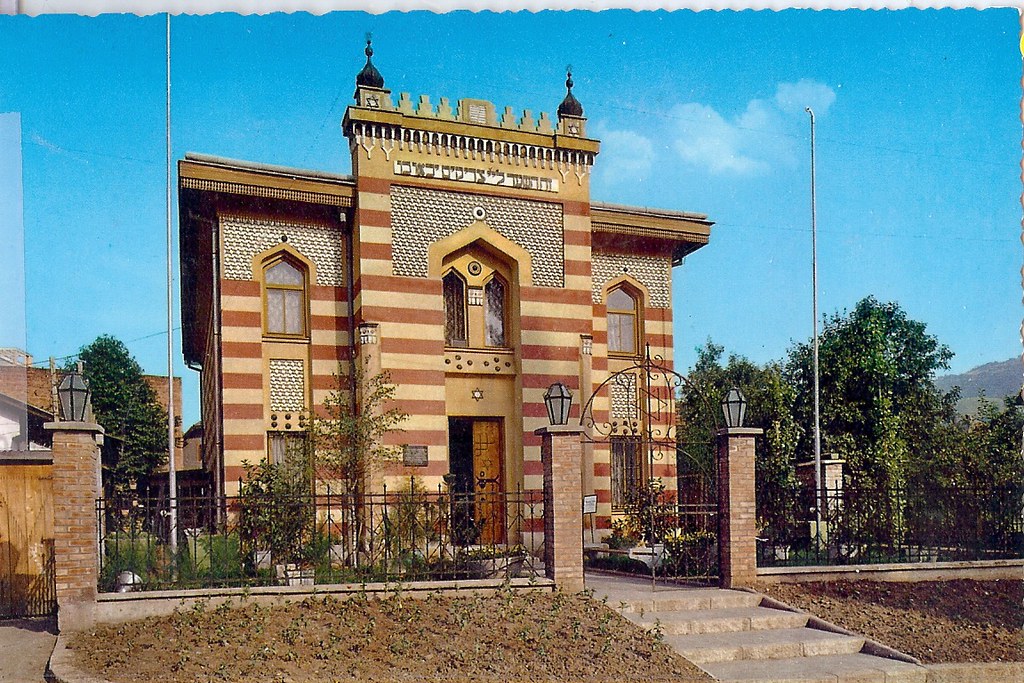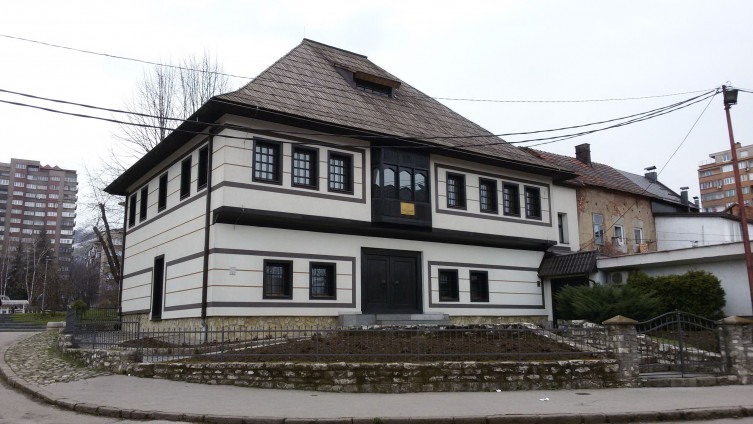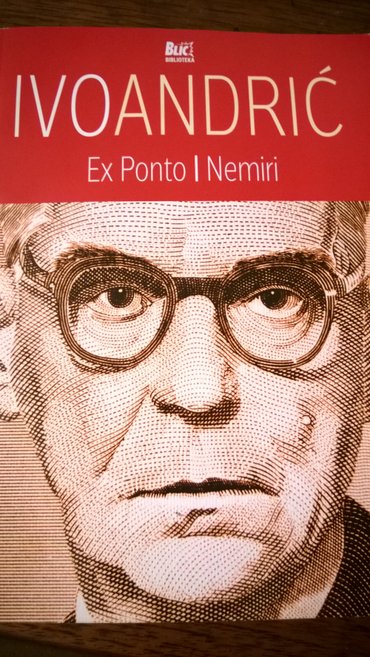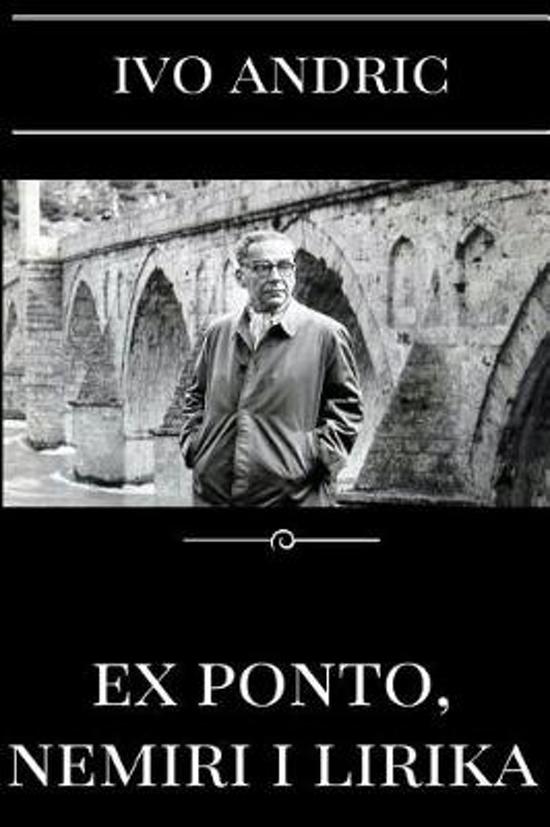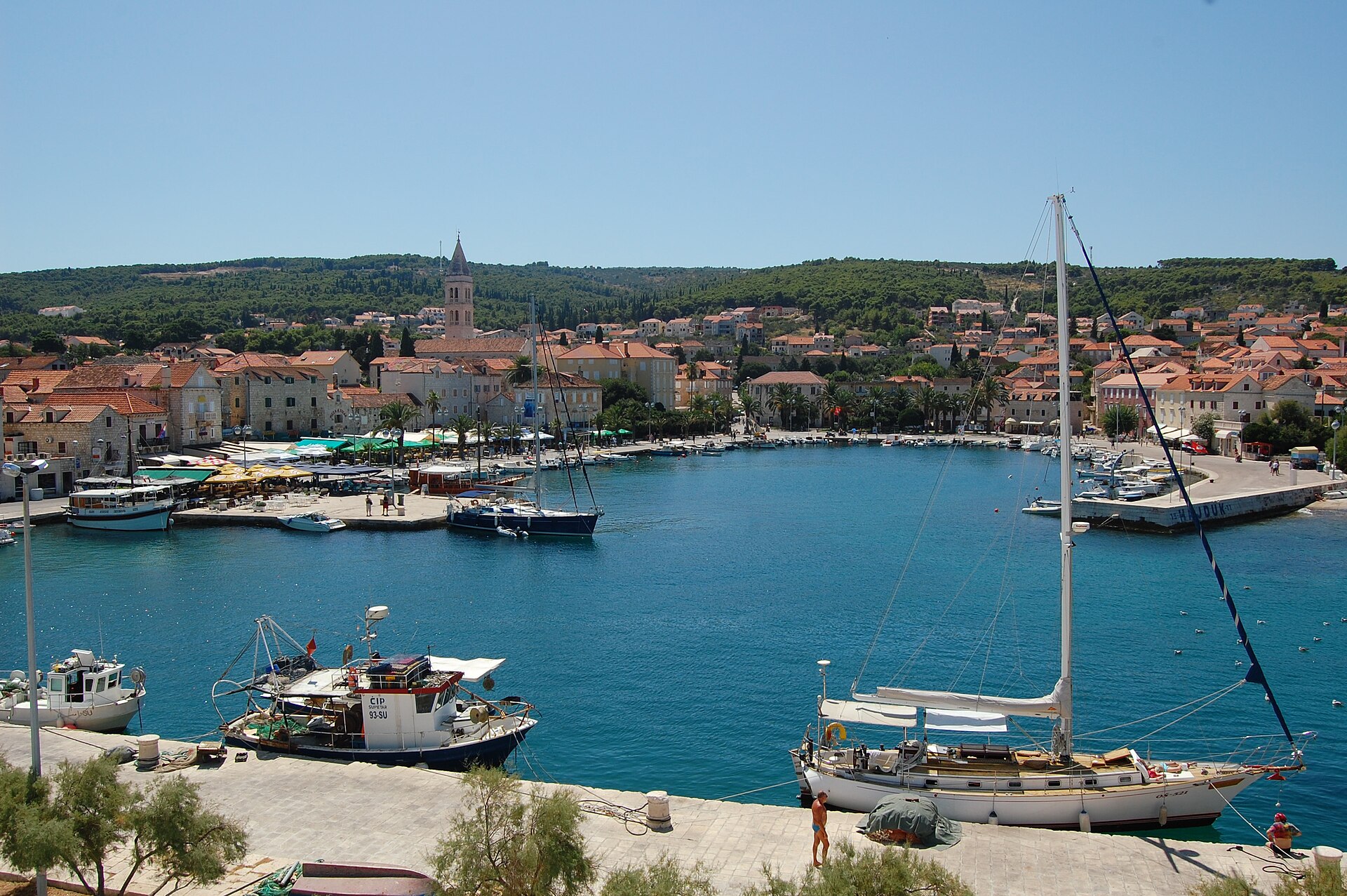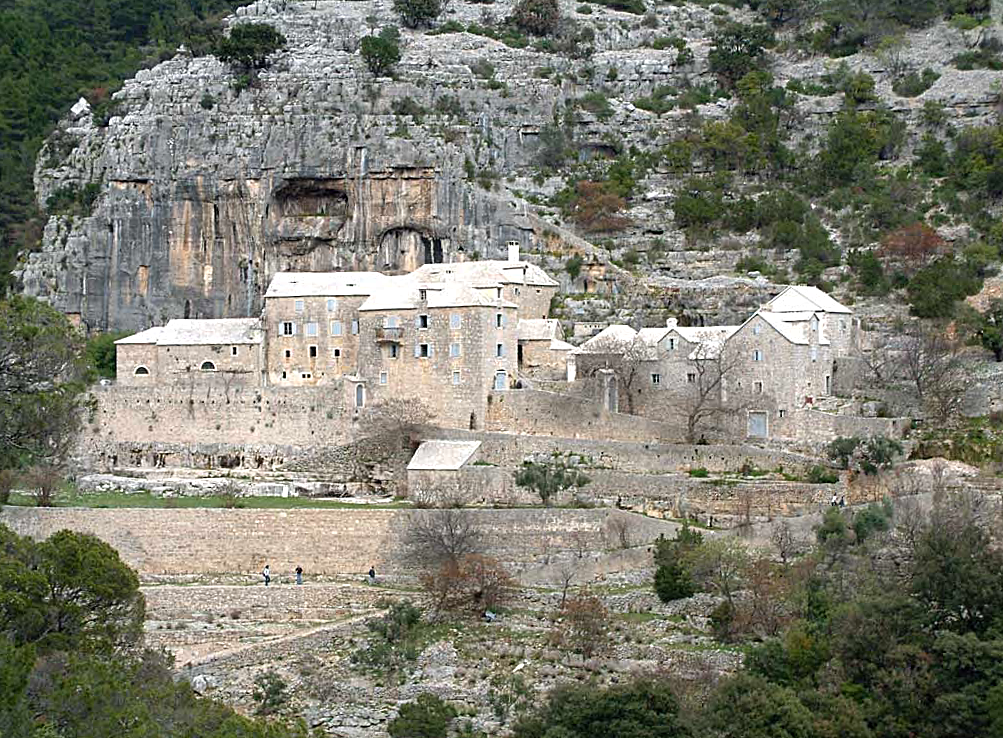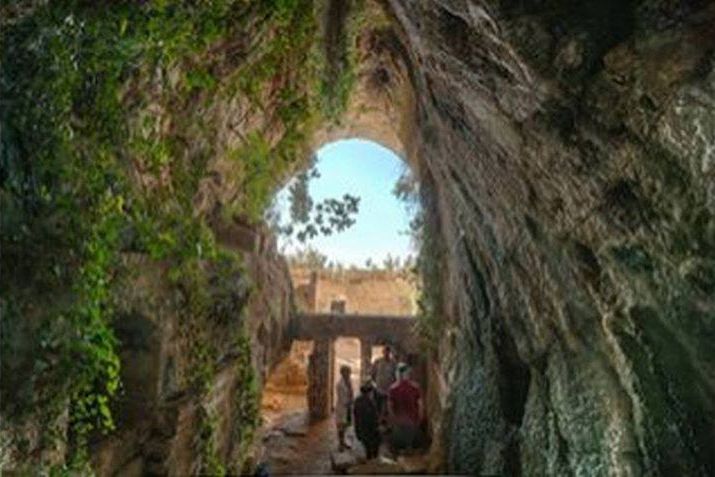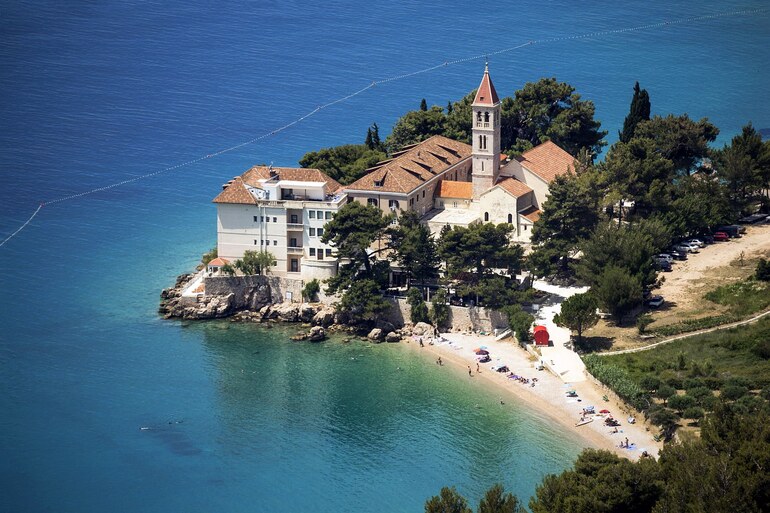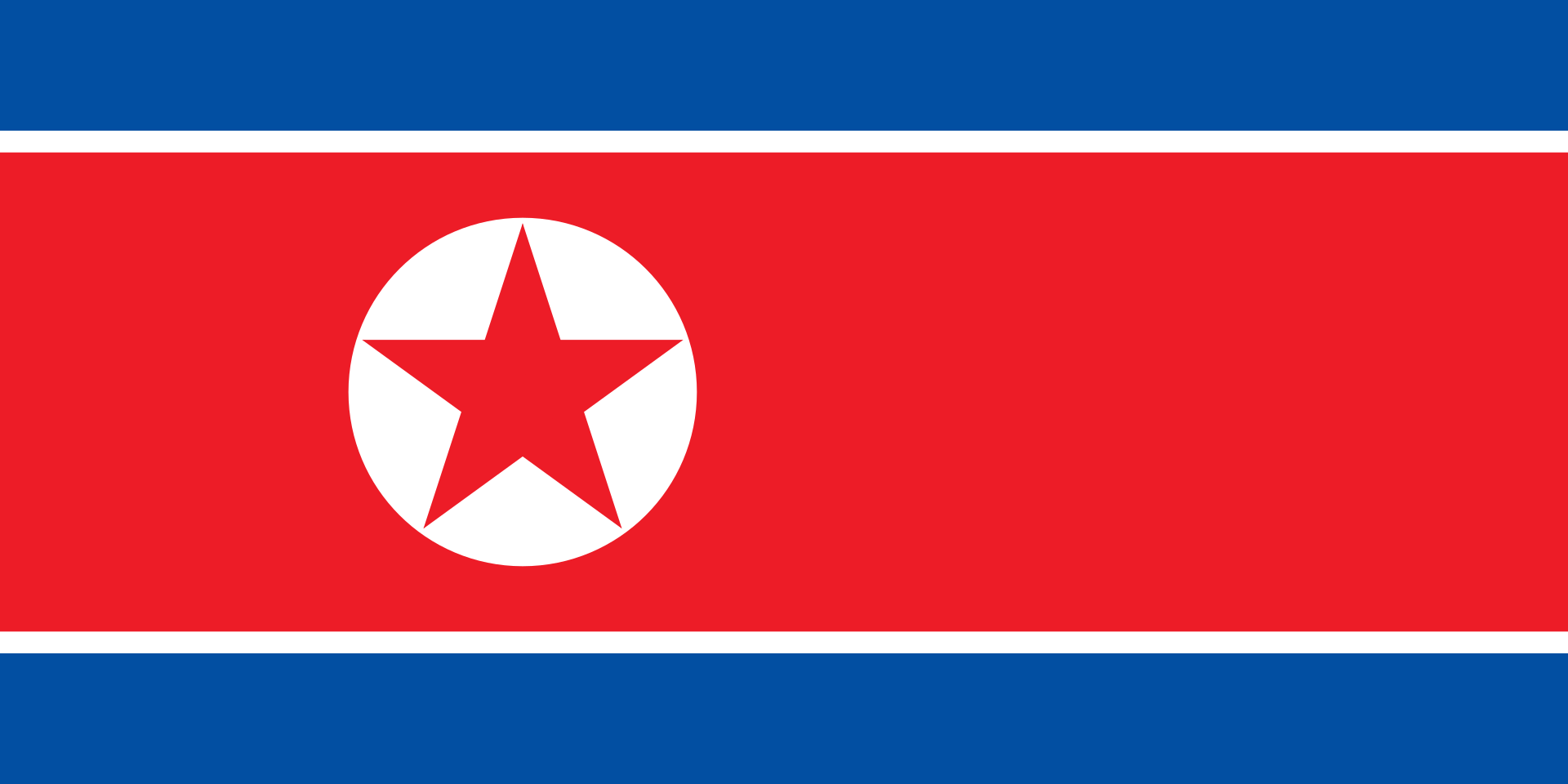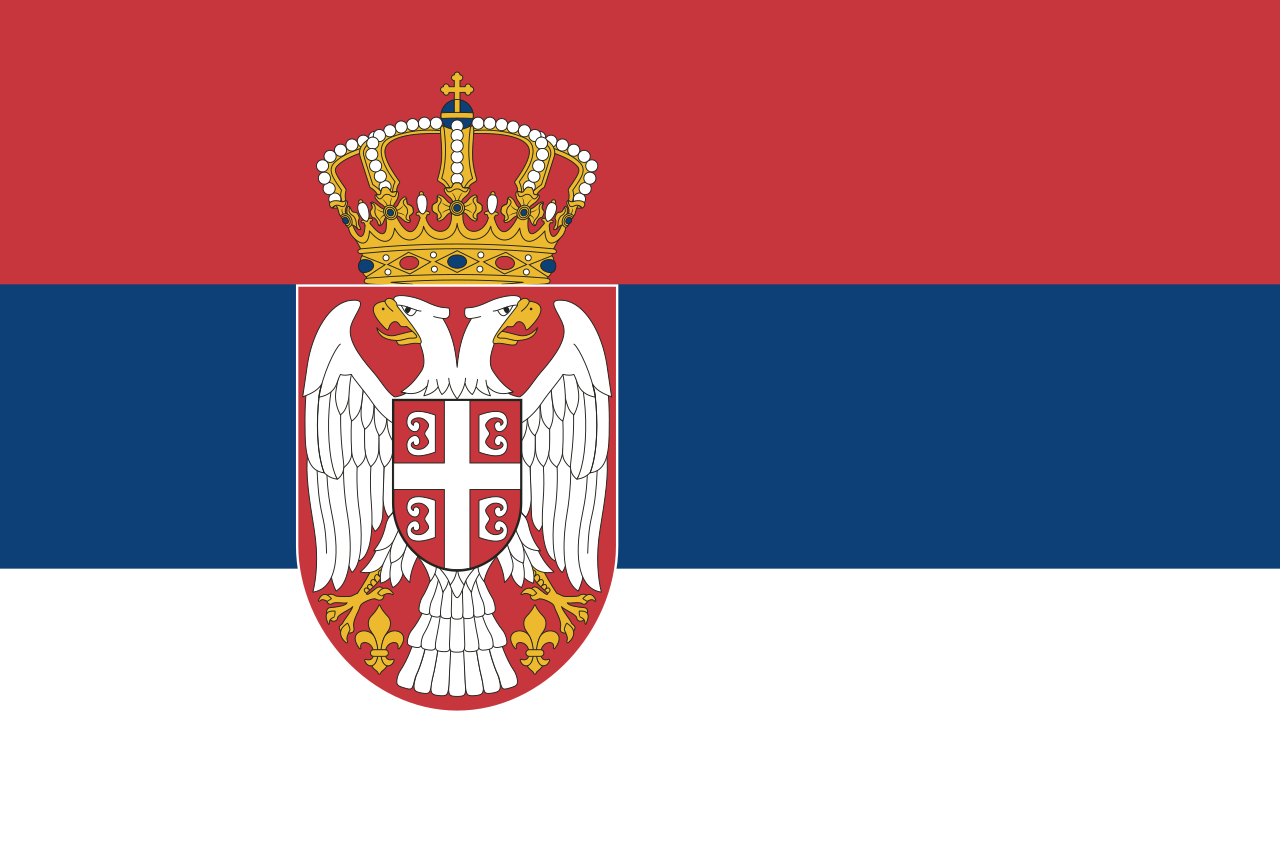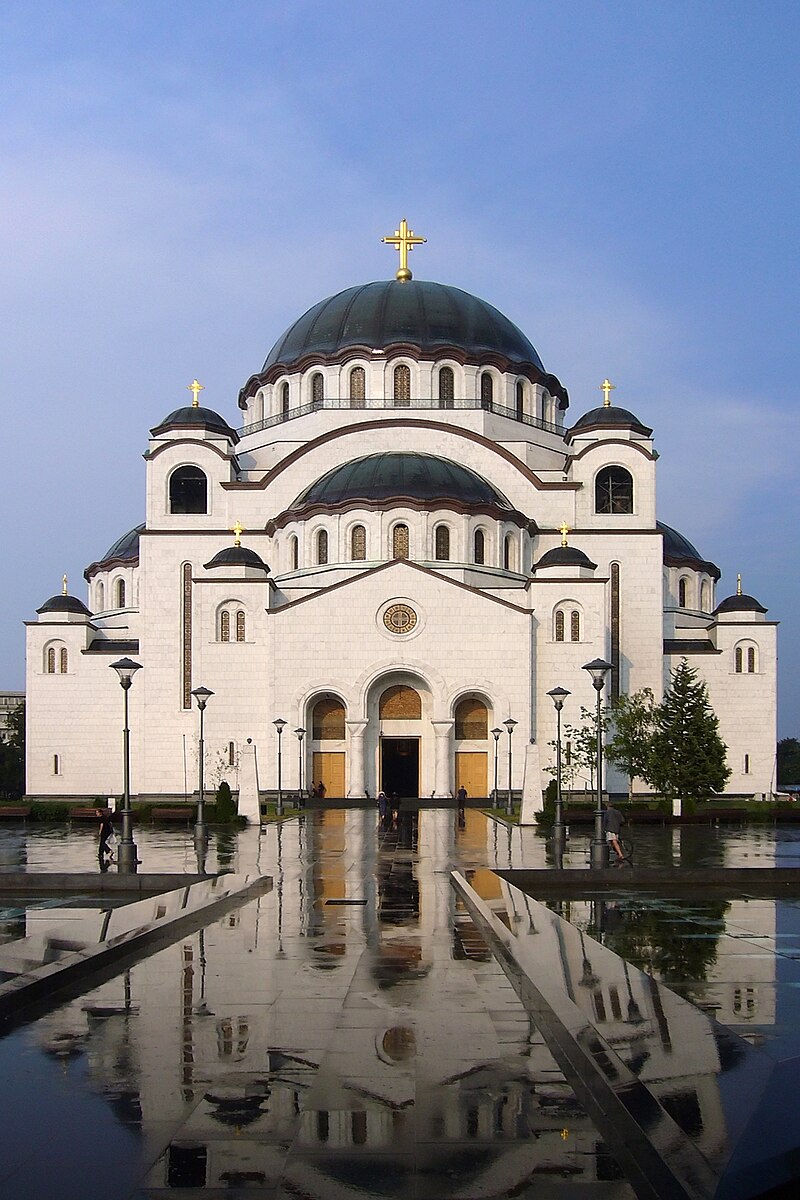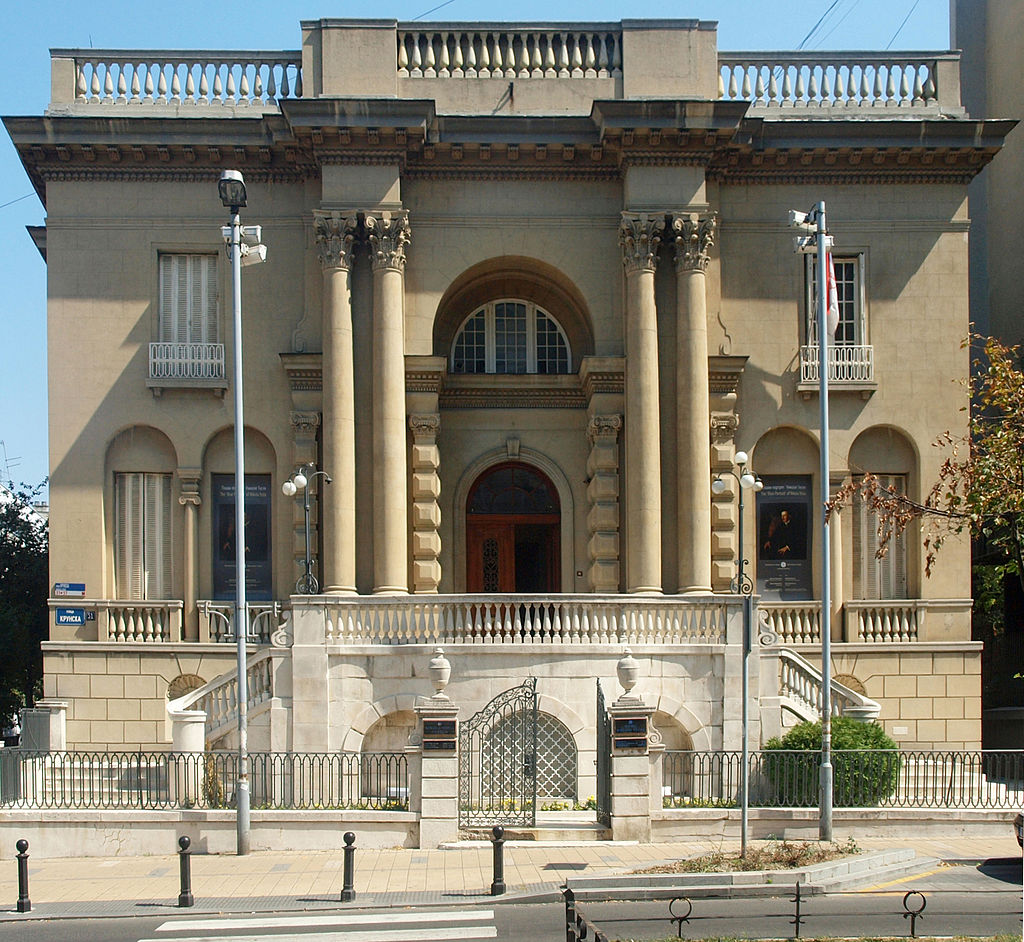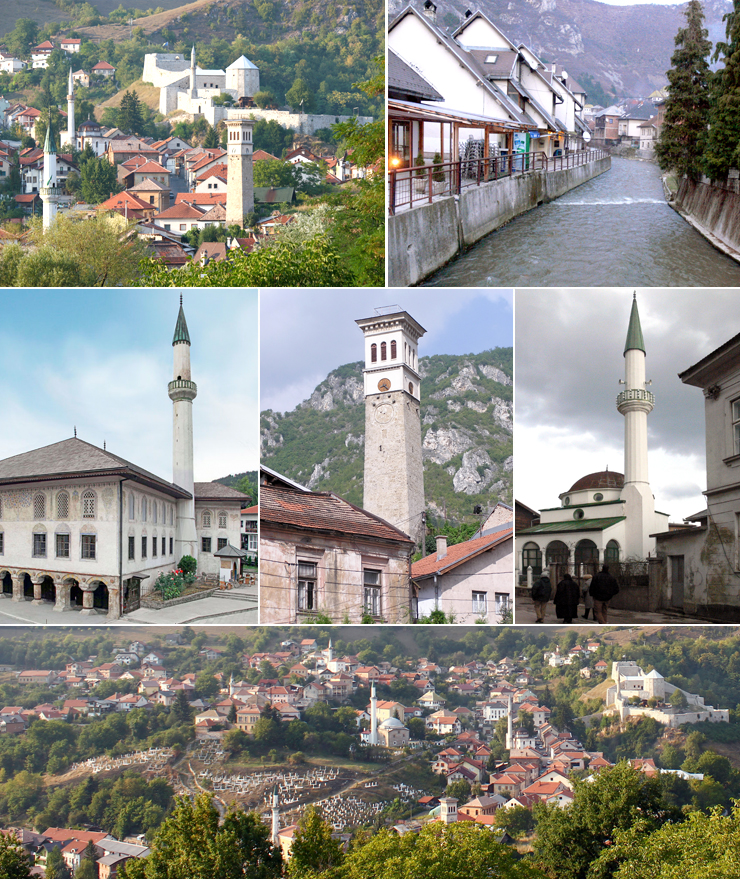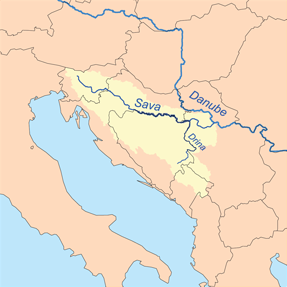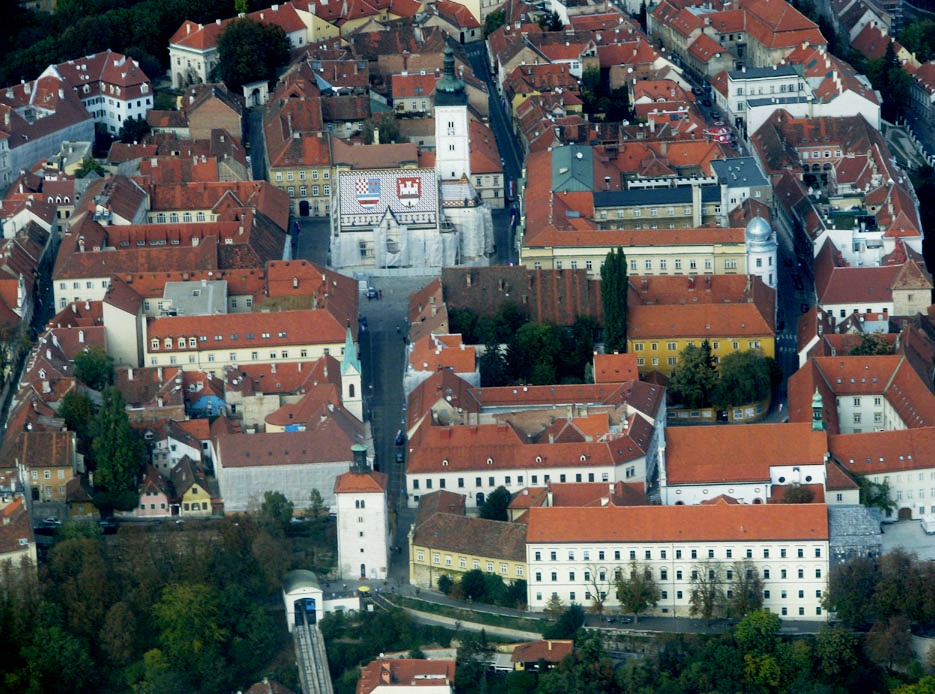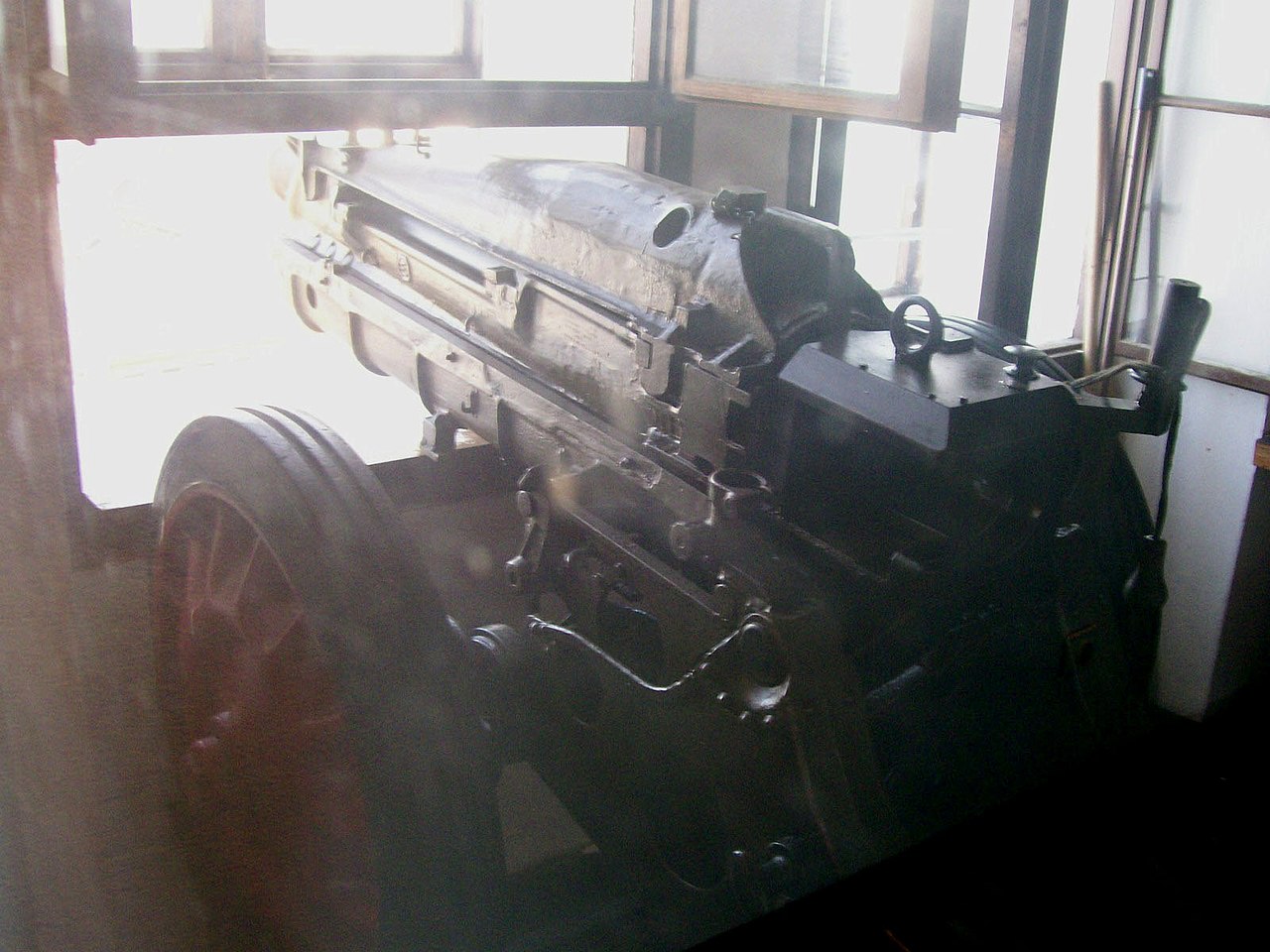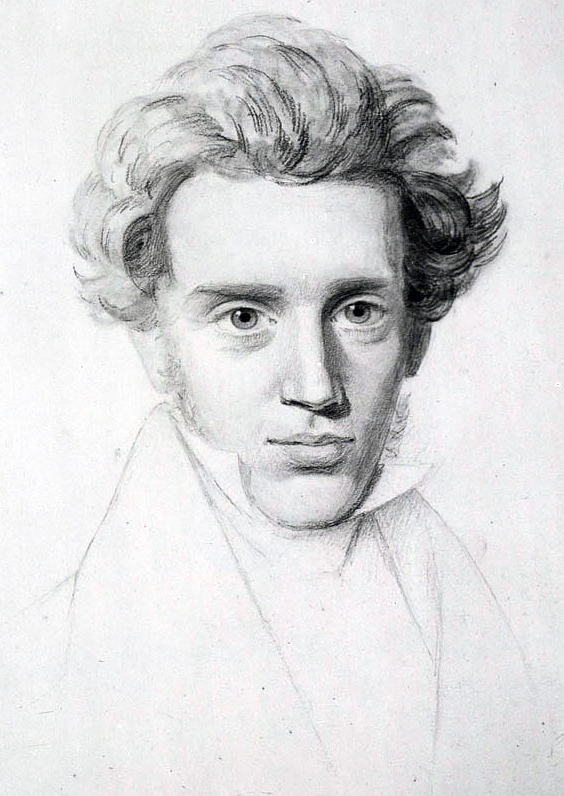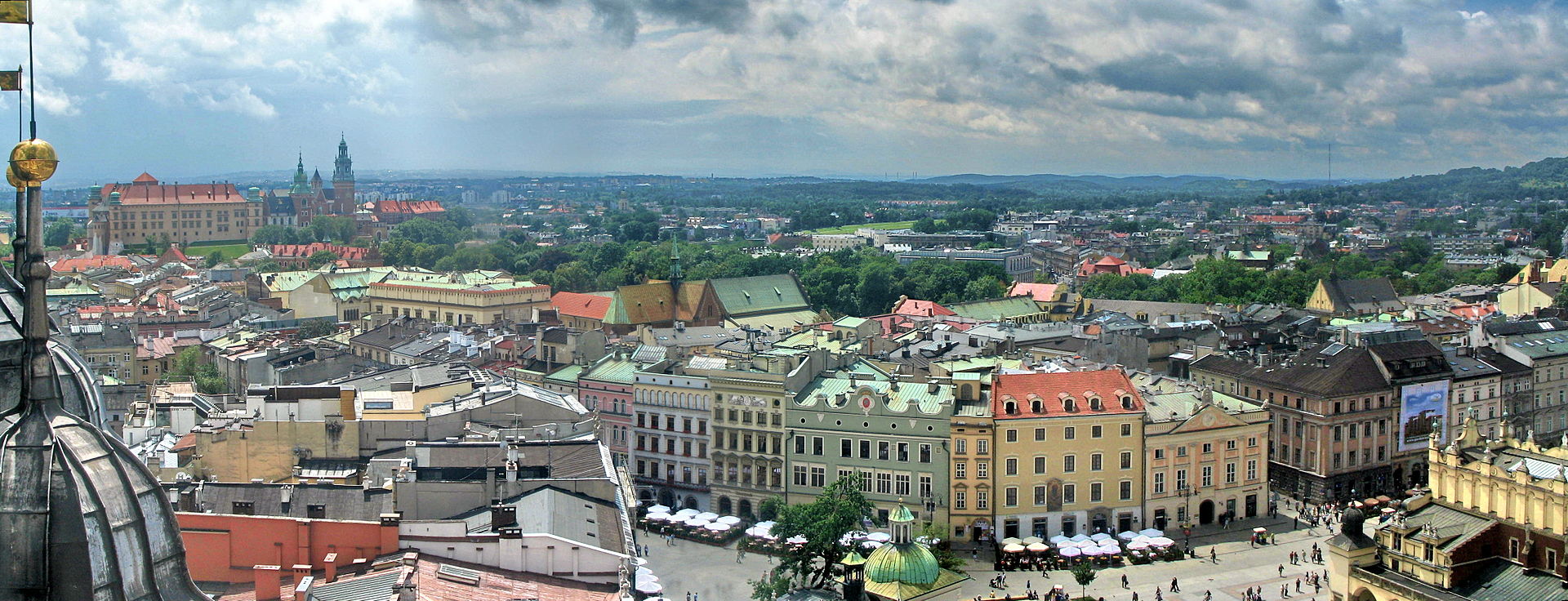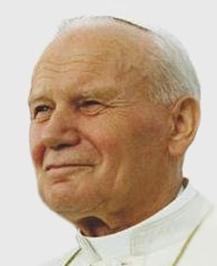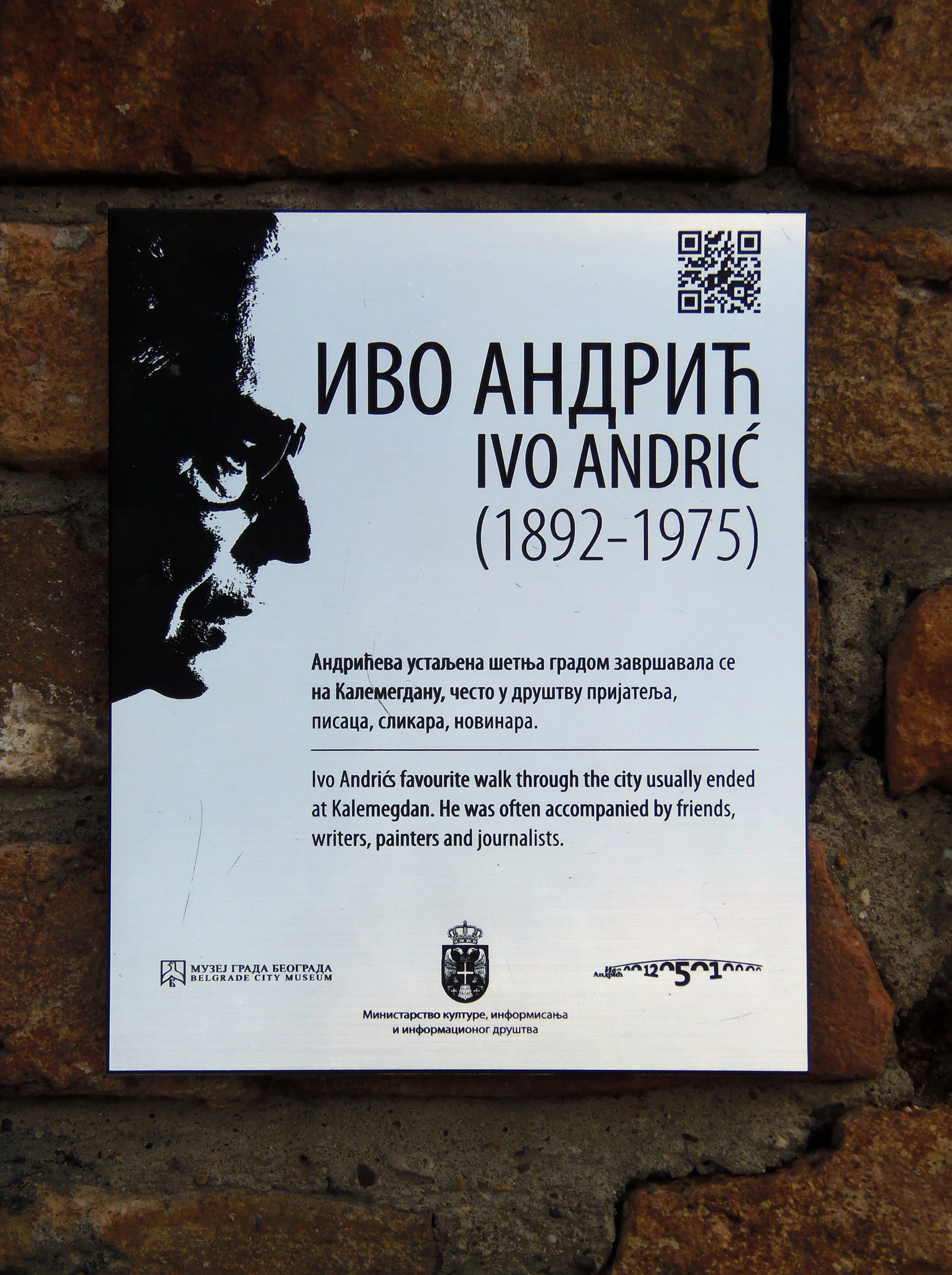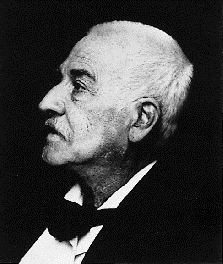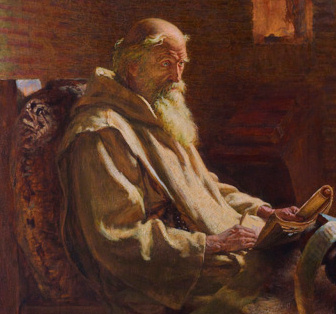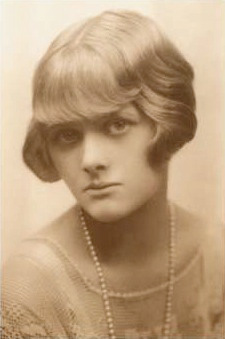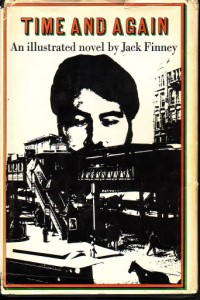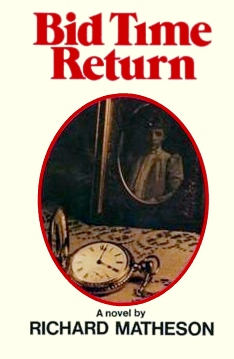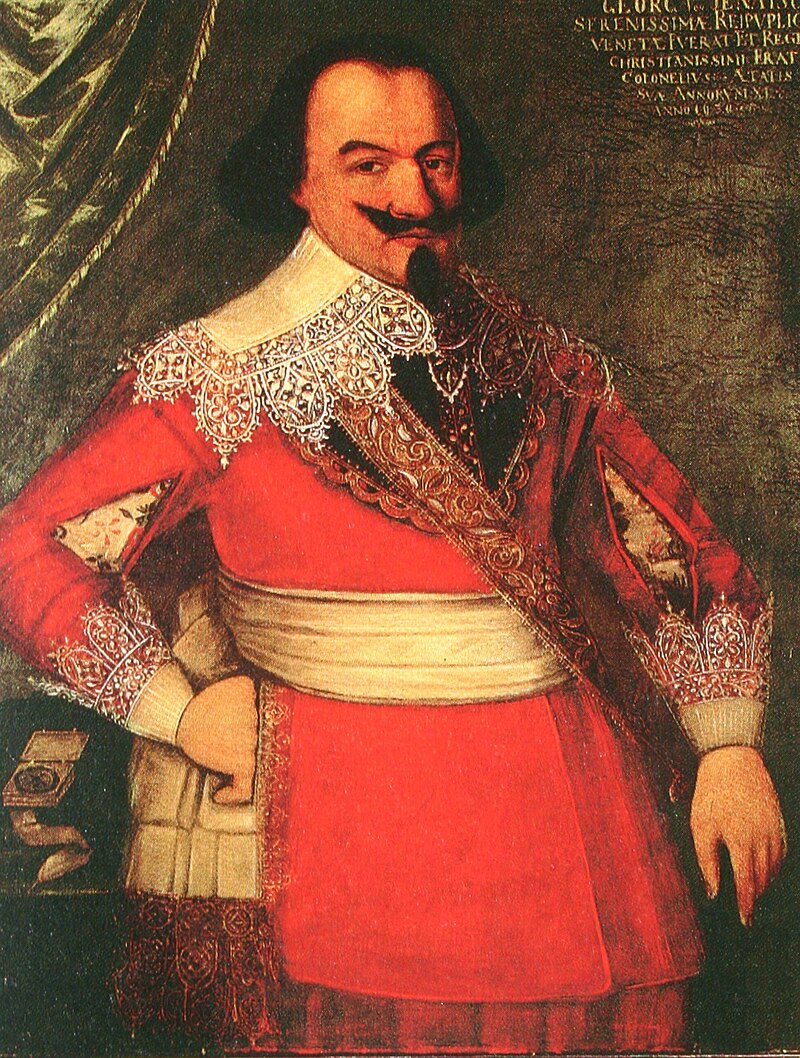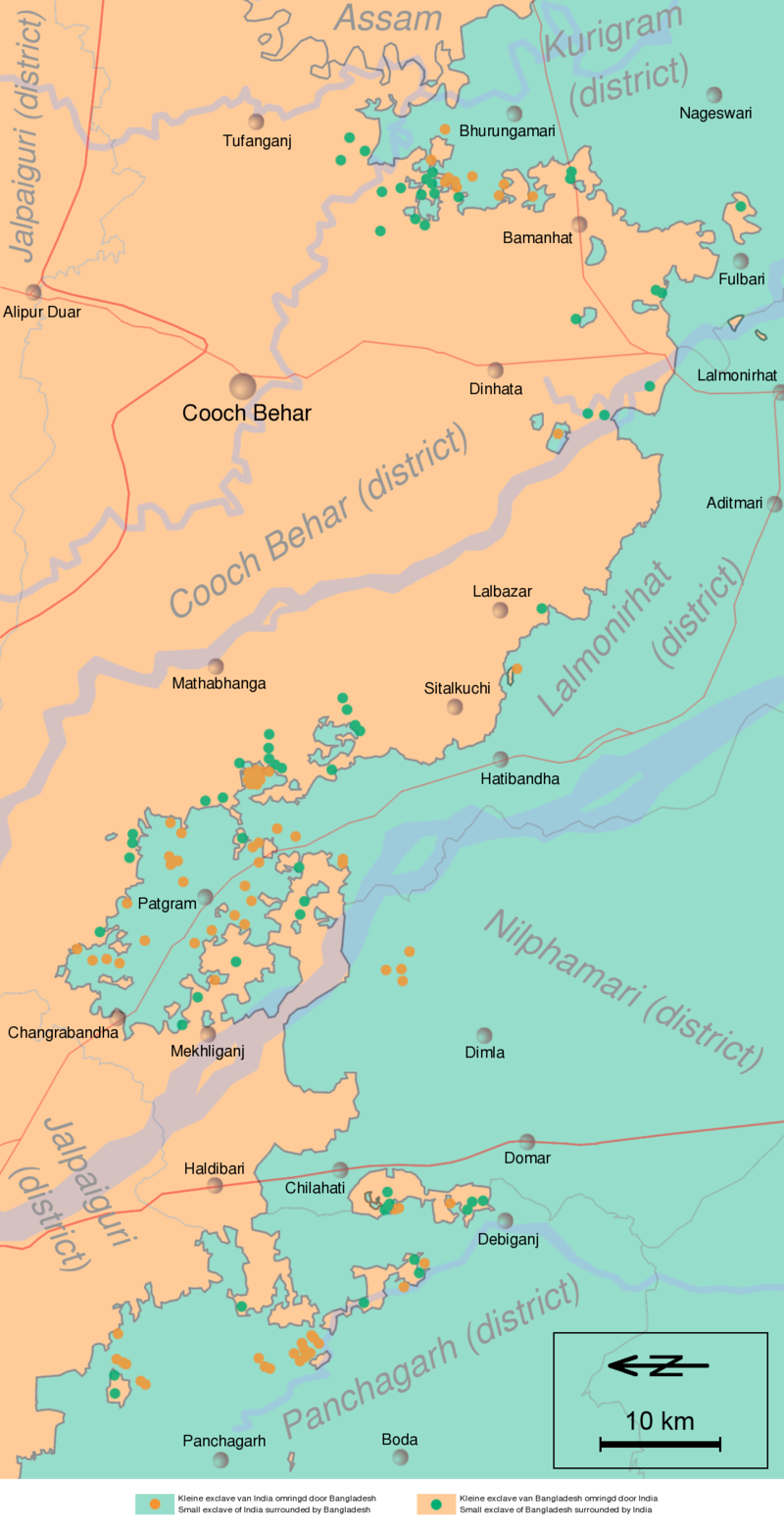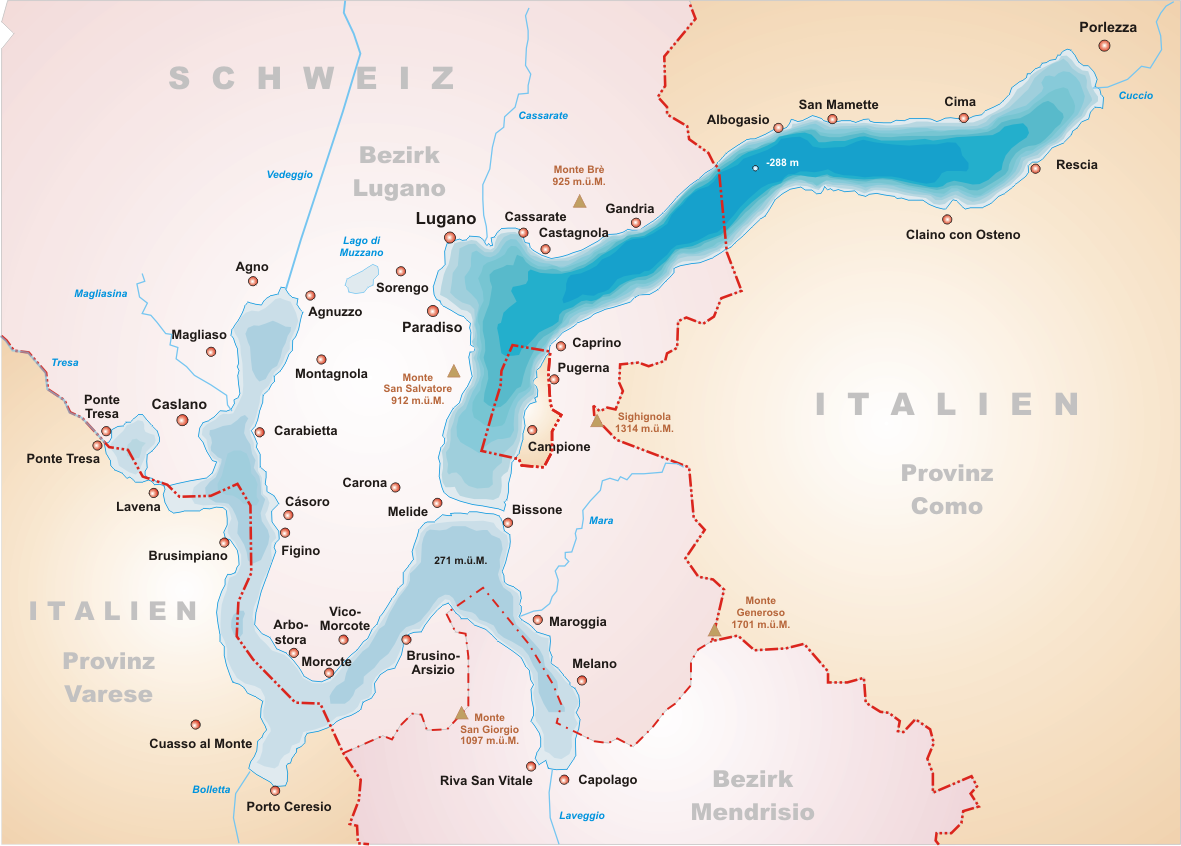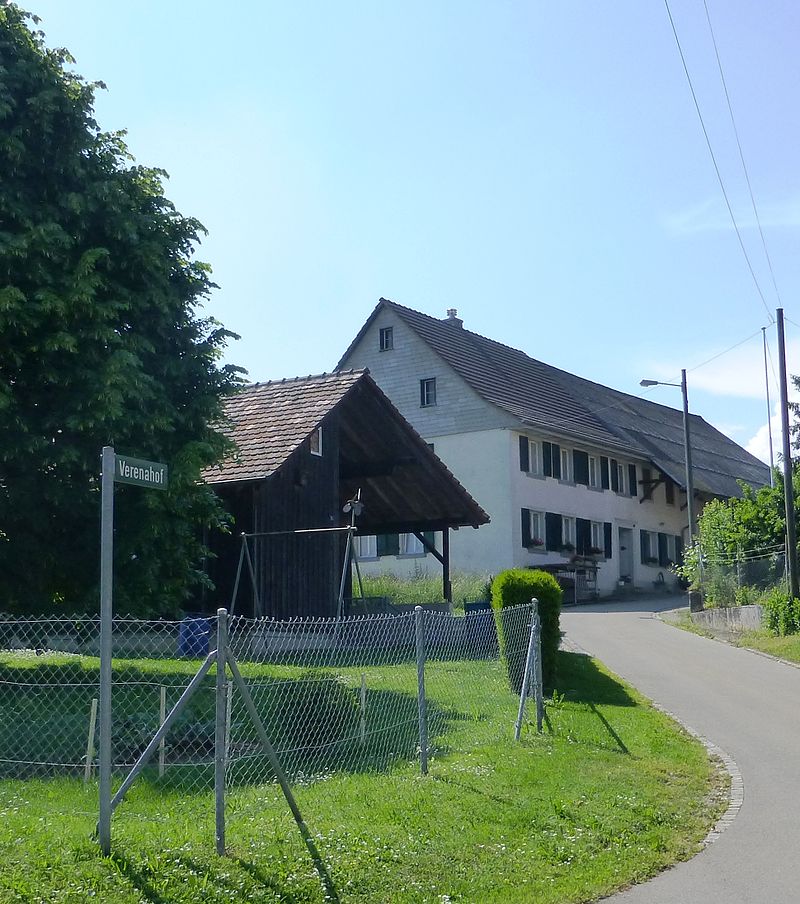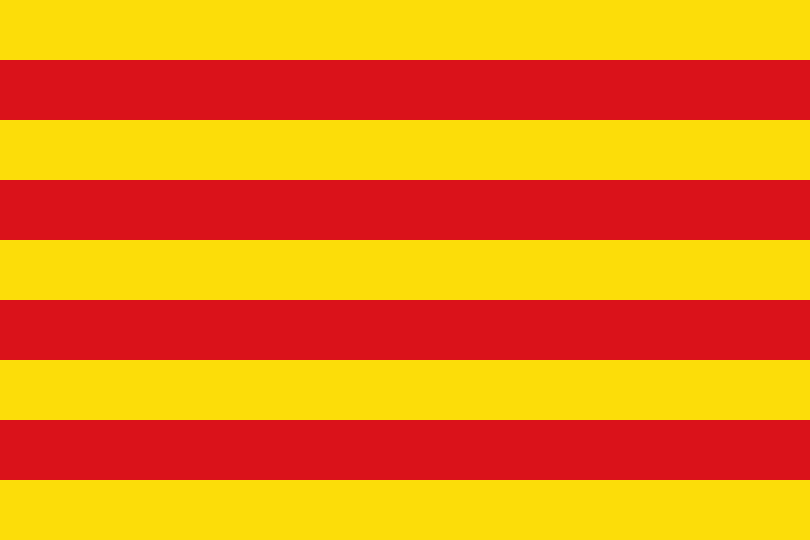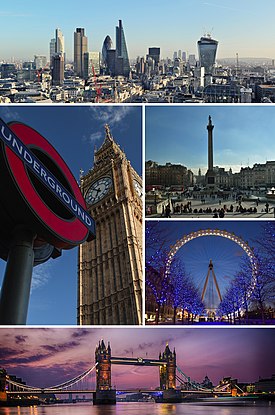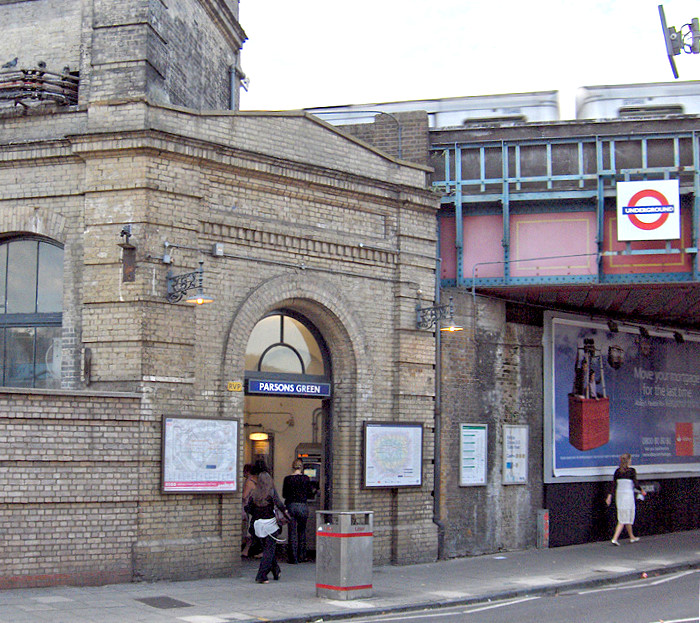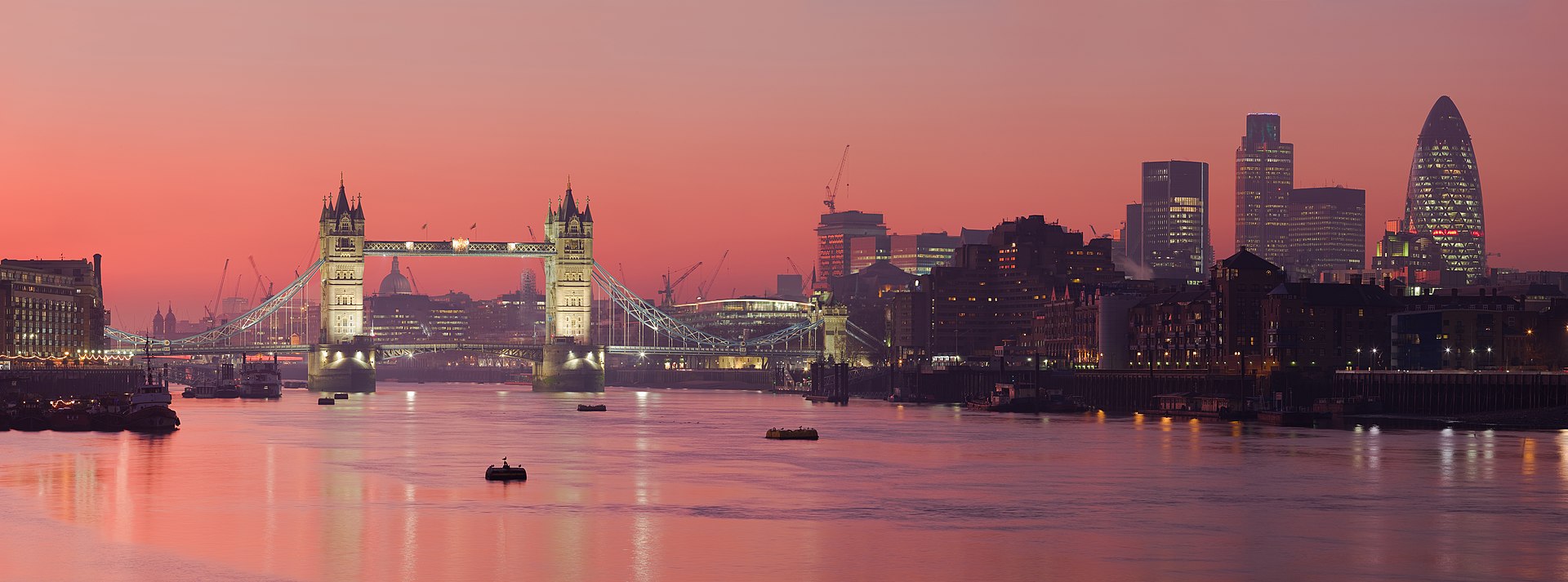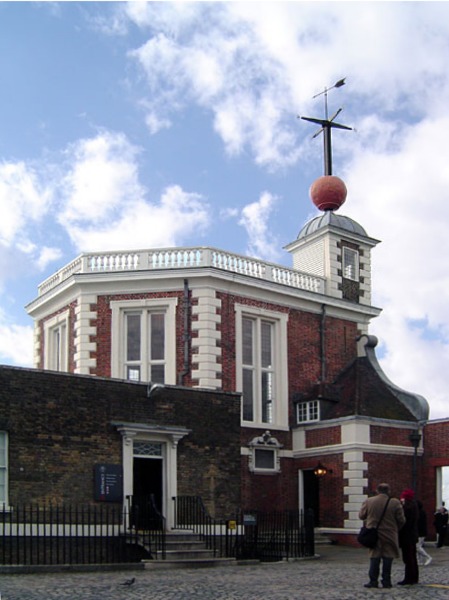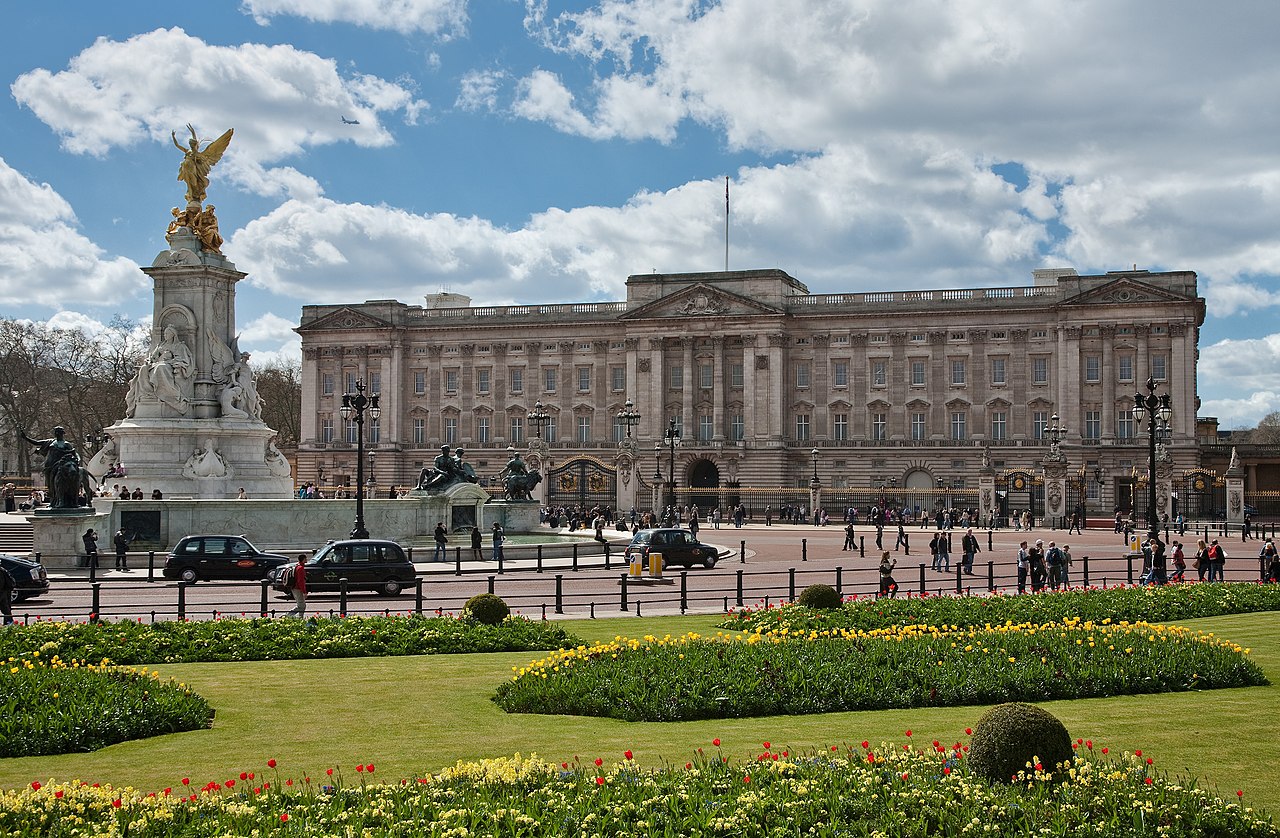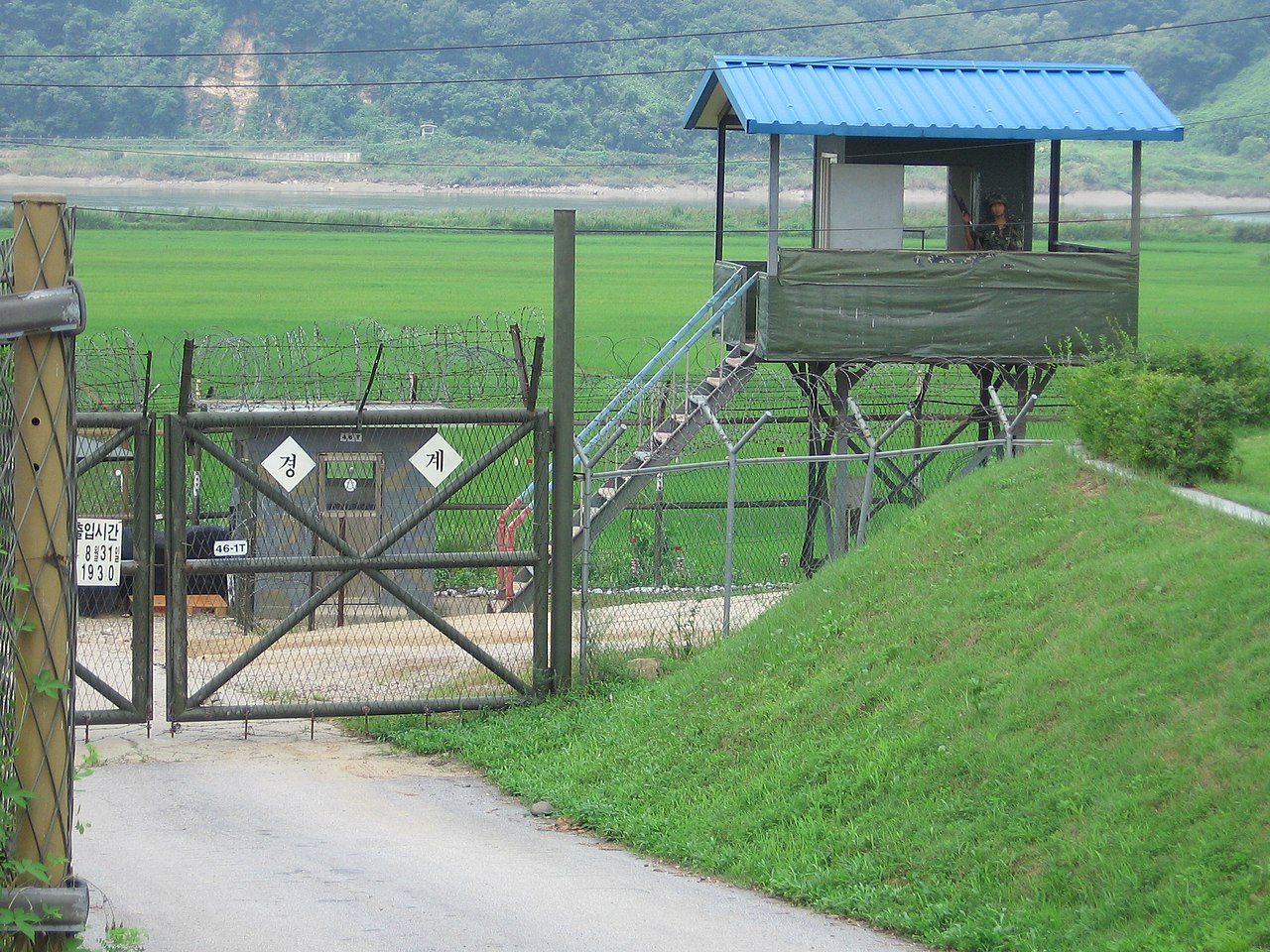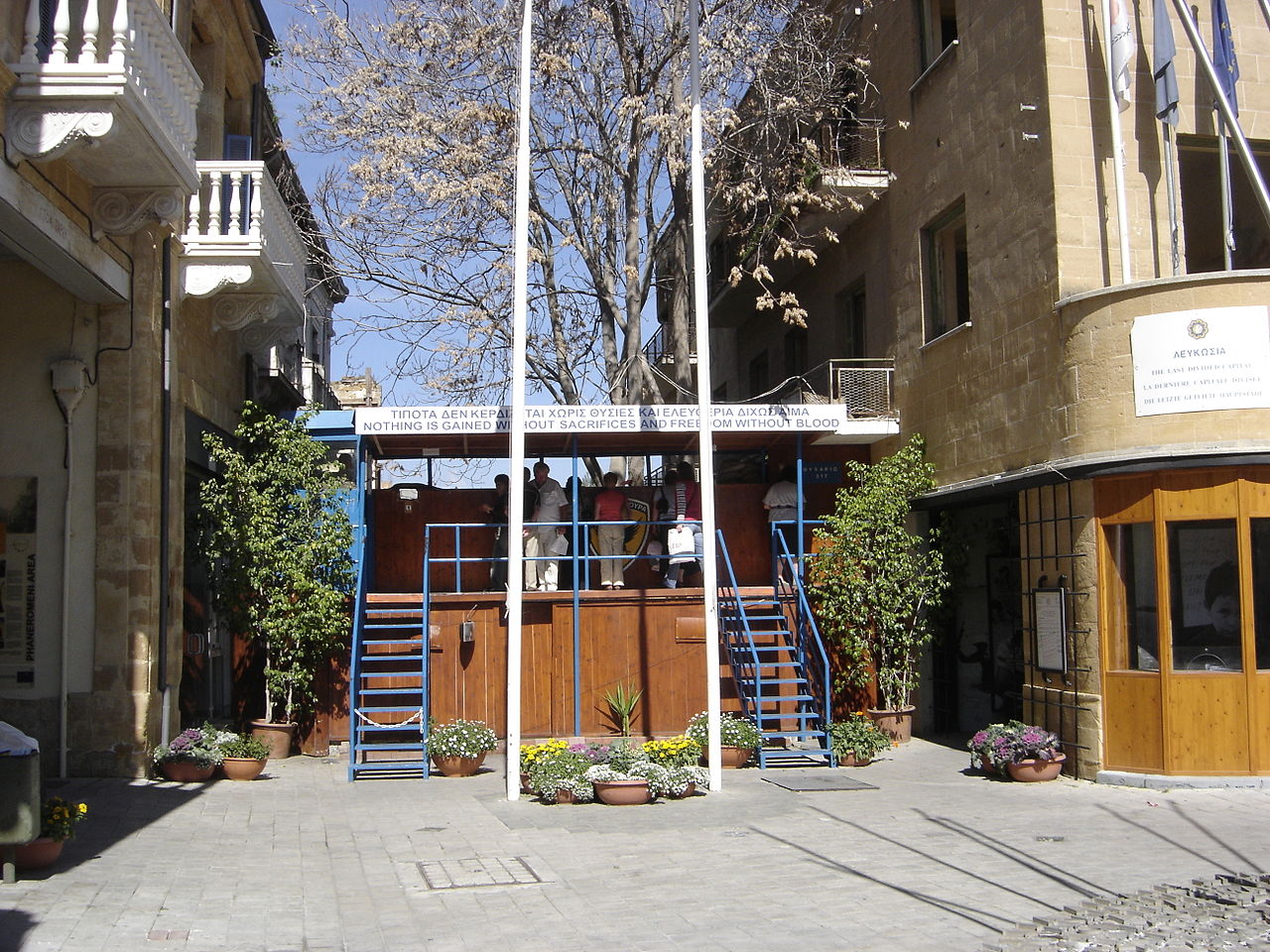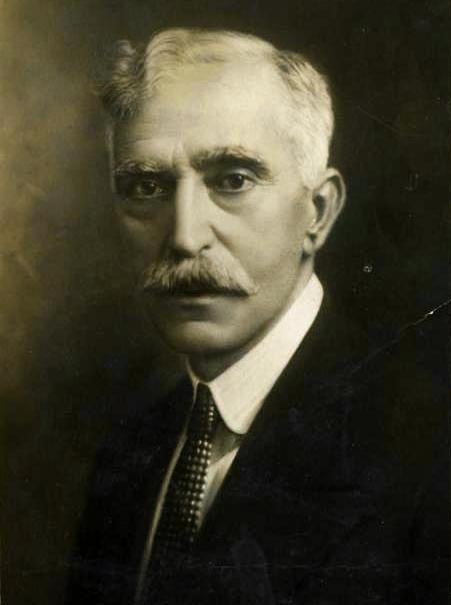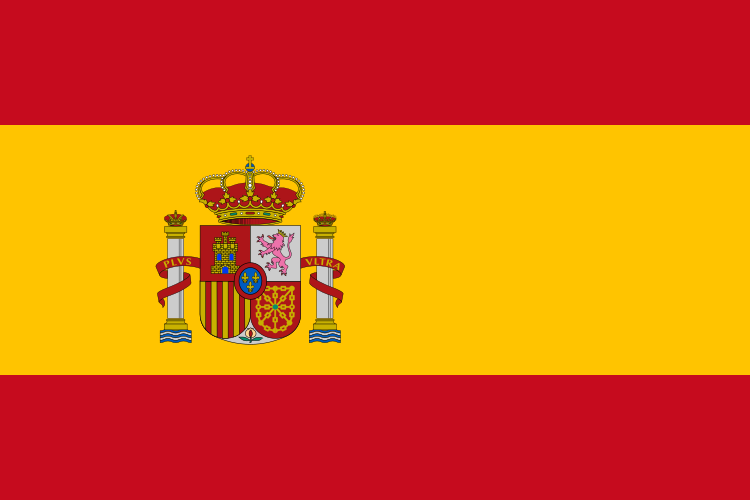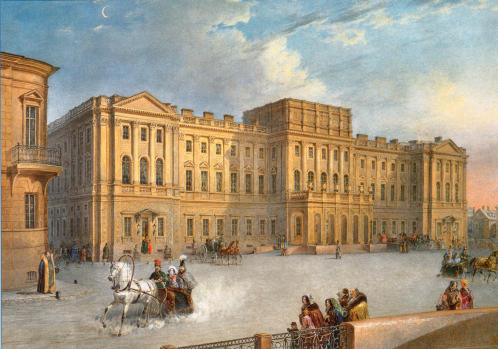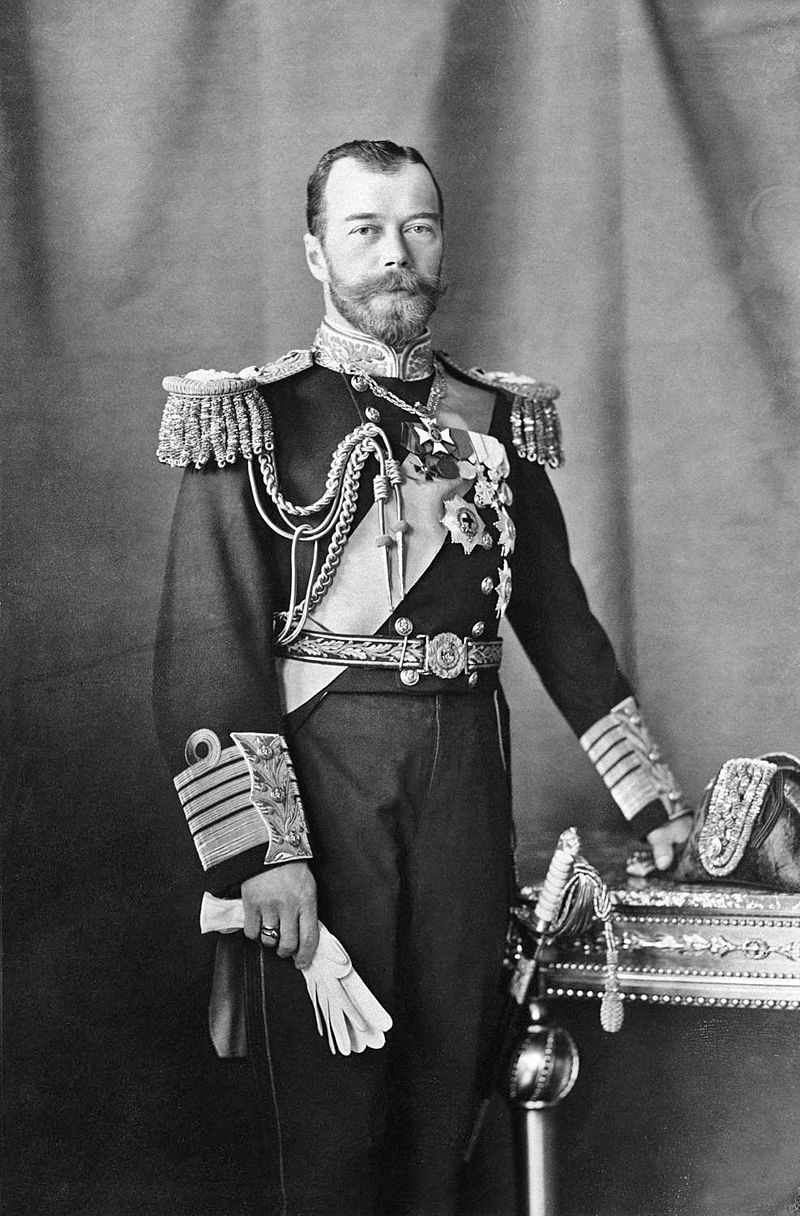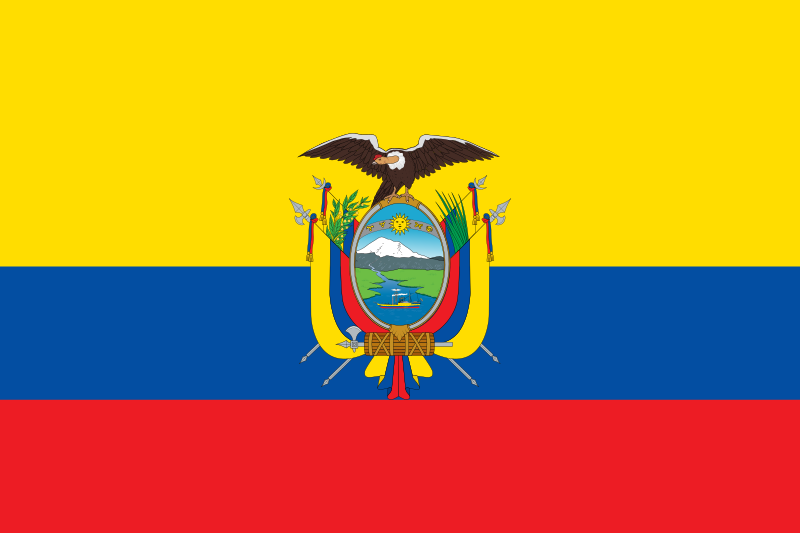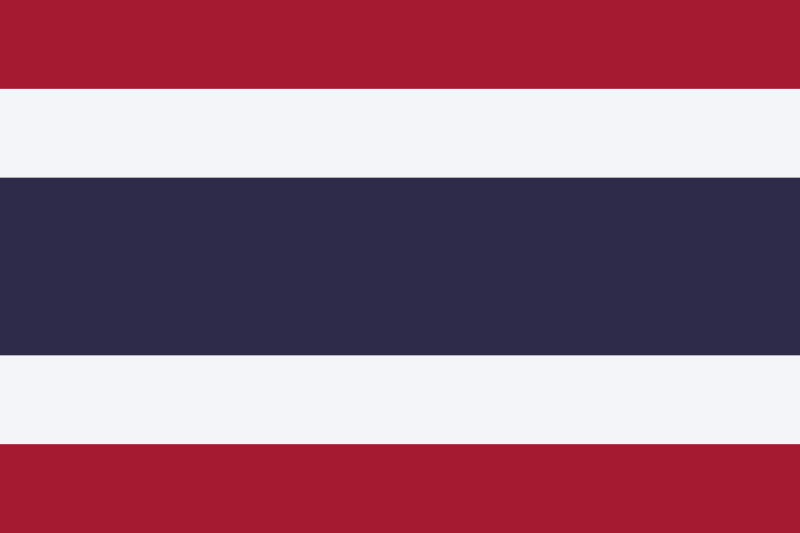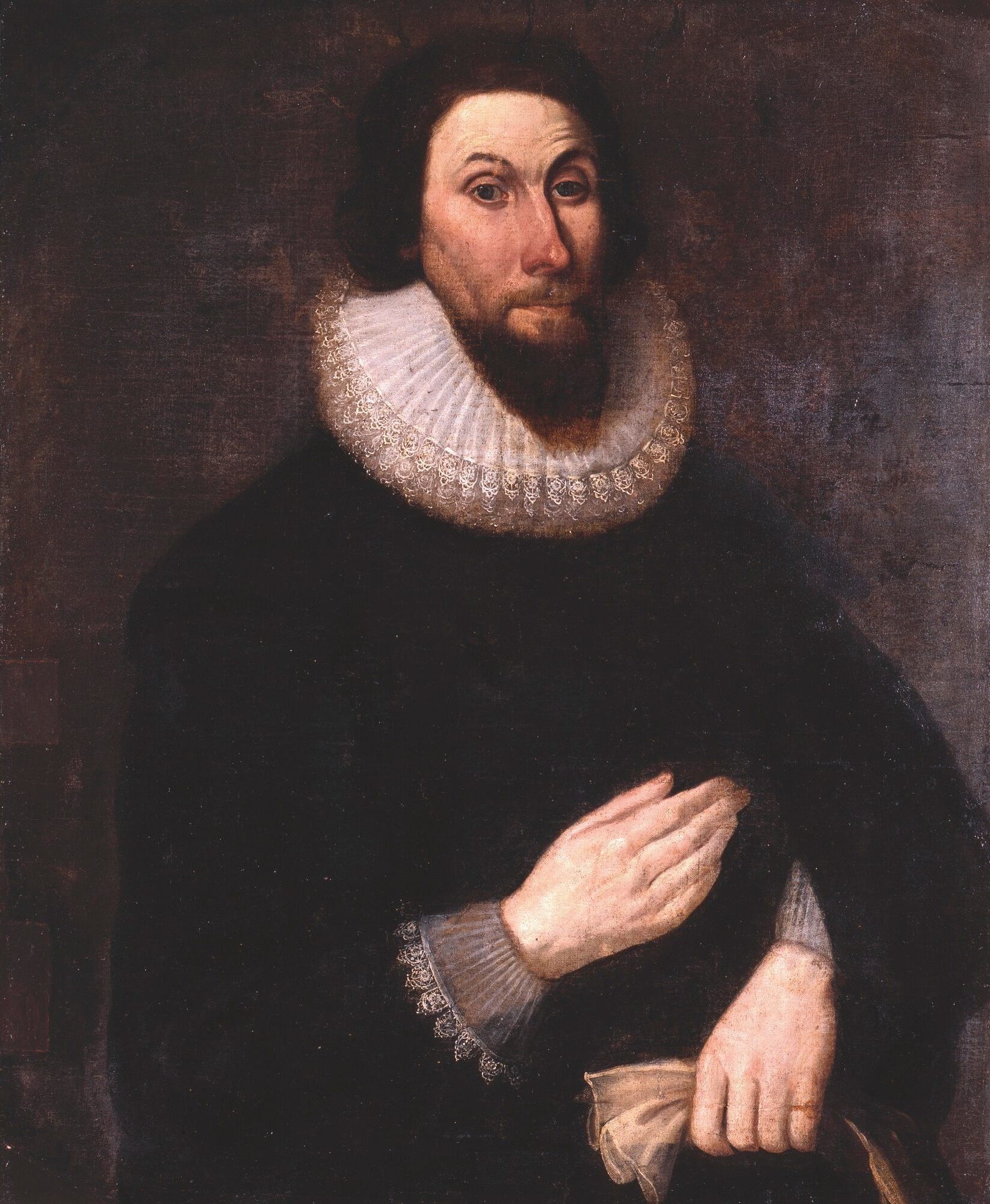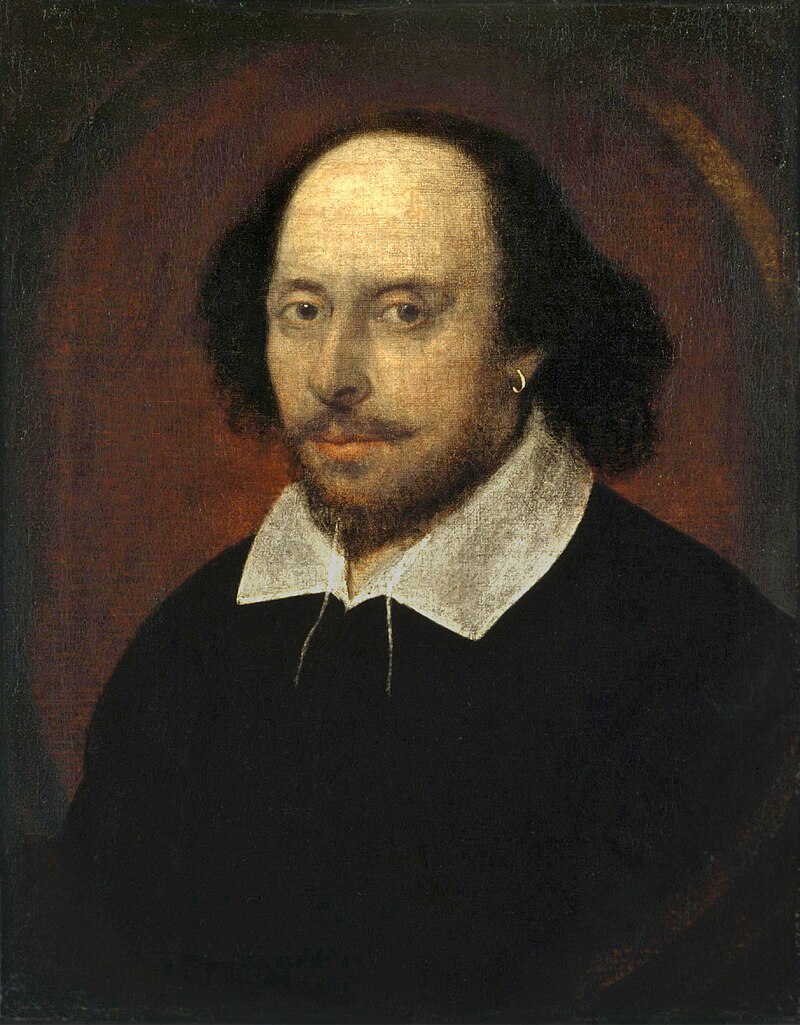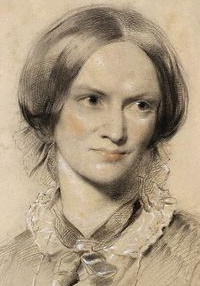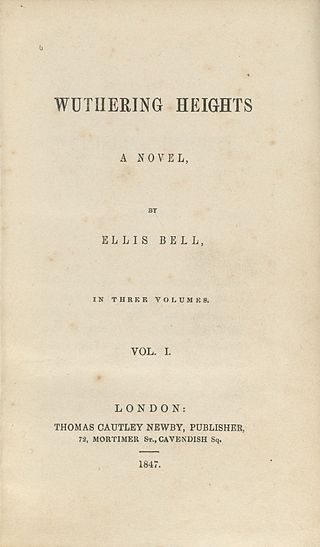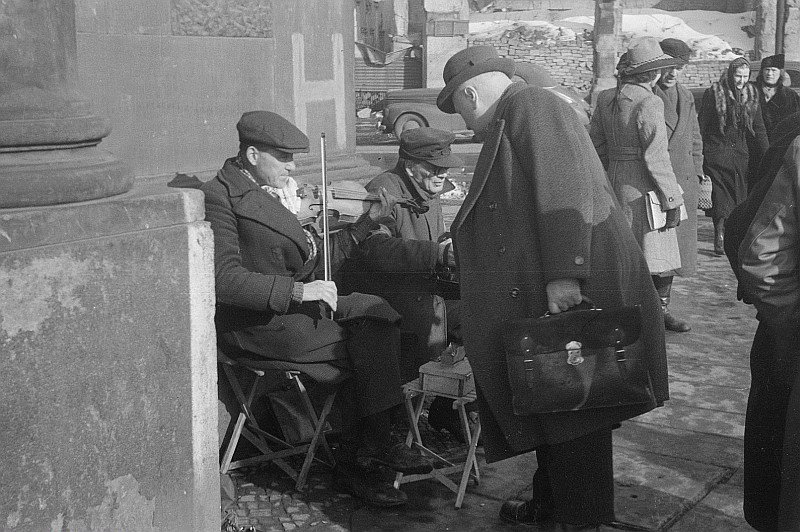Barlinnie Prison, Glasgow, Scotland

17 April 1976
“I thought of the beautiful cool evening, how I long to be walking in it outside this cell.
All of this took place while I sat in the semi-dark reading a book.
The thoughts on freedom were only momentary but so powerful that they seem to tear my soul apart.
There is something about being alone in a cell, about the inability to rise from a chair, open a door and speak to someone.
I would like to get up this minute and discuss this subject with someone.
I would like to put these feelings into a piece of sculpture and although sitting typing out the feelings is important there is a tremendous amount of strain and frustration attached to it.
During these periods I find it hard to read a book or watch TV, which I hardly do anyway.
The only solution is to tackle the mood and try to do something about it.“
(Jimmy Boyle)

Above: Jimmy Boyle, Barlinnie Prison, Glasgow, Scotland
Eskişehir, Türkiye
Wednesday 17 April 2024

Above: Sazova Park, Eskişehir, Türkiye
Jimmy Boyle is a Scottish former gangster and convicted murderer who became a sculptor and novelist after his release from prison.
In 1967, Boyle (23) was sentenced to life imprisonment for the murder of another gangland figure, William “Babs” Rooney.
He served 14 years before his release in 1980.
Boyle has always denied killing Rooney, but has acknowledged having been a violent and sometimes ruthless moneylender from the Gorbals, one of the roughest and most deprived areas of Glasgow.
During his incarceration in the special unit of Barlinnie Prison, he turned to art, with the help of the special unit’s art therapist, Joyce Laing.

Above: Jimmy Boyle
He wrote an autobiography, A Sense of Freedom (1977), which was later turned into a film of the same name.

In 1980, while still in prison, Boyle married psychiatrist Sara Trevelyan.
In 2017, Trevelyan wrote Freedom Found, a book about her 20-year marriage to Boyle.
In an interview after her book’s publication, she stated that she had never felt unsafe with him.

Upon his release from prison on 26 October 1981, he moved to Edinburgh to continue his artistic career.
He designed the largest concrete sculpture in Europe called “Gulliver” for the Craigmillar Festival Society in 1976.

Above: “Gulliver“, Edinburgh, Scotland
In 1983, Boyle set up the Gateway Exchange with Trevelyan and artist Evlynn Smith:
A charitable organisation offering art therapy workshops to recovering drug addicts and ex-convicts.
Though the project secured funding from private sources (including actor Sean Connery, comedian Billy Connolly and John Paul Getty), it lasted only a few years.
In 1994, his son James, a drug addict, was murdered in the Oatlands neighbourhood of Glasgow.
Boyle has published Pain of Confinement: Prison Diaries (1984) and a novel, Hero of the Underworld (1999).

The latter was adapted for a French film, La Rage et le Rêve des Condamnés (The Anger and Dreams of the Condemned), which won the best documentary prize at the Fifa Montréal awards in 2002.

He also wrote a novel, A Stolen Smile, which is about the theft of the Mona Lisa and how it ends up hidden on a Scottish housing scheme.
Clearly our Jimmy has led an interesting life, but is his life an interesting story?

Above: Jimmy Boyle
From the cursory bio that Wikipedia provides it seems that Jimmy never studied literature at some fancy university.
That being said, he is a published diarist and novelist.
He somehow had to learn how to write.
A person can learn how to write, because I am still learning.
Jimmy wasn’t doomed to be just an ex con.
He learned craft, things that worked for him, that he could understand and use right away.
Craft can be taught and with diligence and practice, I, you, everybody, can improve our writing.
To break through with this thing called craft, you will need to be your own disciplinarian.

James Scott Bell recommends what it takes to learn:
- Get motivated.
Write a statement of purpose, one that gets you excited.
“Today I resolve to take writing seriously, to keep going and never stop, to learn everything I can and make it as a writer.“
Put it on your wall where you can see it every day.
Come up with your own item of visual motivation.

(During my first Christmas here in Eskişehir our staff “Christmas” party had a Secret Santa arrangement where we would receive a gift from someone anonymously and give one in return to someone else anonymously.
Through the wonders of Photoshop, a colleague created a montage of me standing with Charles Dickens in front of the Canadian Parliament Buildings in Ottawa beneath the caption “A Tale of Two Legends“.
That my colleague felt that I could be (one day) comparable to Dickens remains a great motivation for me.)

Above: Charles Dickens (1812 – 1870)
Go to bookstores and browse.
Look at the author’s pictures and bios.
Read their openings.
And think:
“I can do this!“
Find some ritual that gets your creative juices flowing.
Don’t waste it.
Turn it into words on a page.

2. Try stuff.
Try out what you learn, see if you get it and try some more.
Take the time to digest what you learn and then apply what you learn to your own writing.

3. Stay loose.
Write freely and rollickingly.

4. First get it written, then get it right.
“Let the world burn through you.
Throw the prism light, white hot, on paper.”
(Zen in the Art of Writing, Ray Bradbury)

5. Set a quota.
Writing is how you learn to write.
Writing daily, as a discipline, is the best way to learn.
Most successful writers make a word goal and stick to it.
The daily writing of words, once it becomes a habit, will be the most fruitful discipline of your writing life.
You will be amazed at how productive you will become and how much you will learn about the craft.
“I only write when I am inspired.
I make sure I am inspired every morning at 9 a.m.“
(Peter DeVries)

Above: American writer Peter De Vries (1910 – 1993)
6. Don’t give up.
The main difference between successful writers and unsuccessful writers is persistence.
There are legions of published novelists who went years and years without acceptance.
They continued to write because that is what they were inside:
Writers.
KEEP WRITING.

“When first we mean to build, we first survey the plot, then draw the model.”
(Henry IV, Part 2, William Shakespeare)

Above: William Shakespeare (1564 – 1616)
Plot happens.
But does it work?
Does it connect with readers?
What is this story about?
Is anything happening?
Why should you keep reaading?
Why should you care?
The what happens is your plot.
When you get right down to it, there is something uniquely satisfying in being gripped by a great plot, in begrudgiıng whatever real world obligations might prevent you from finding out what happens next.
It is especially satisfying to surrender to an author who is utterly in command of a thrilling and original story, an author capable of playing us like fish, of letting us get worried, then riled up, then complacent and then finally blowing us away when the final shocks are delivered.
While glorious prose is a fine thing, without an enthralling story, it is just so much verbal tapioca.
What the reader seeks is an experience that is other.
Other than what he normally sees each day.
Story is how he gets there.
A good story transports the reader to a new place via experience.
Not through arguments or facts, but through the illusion that life is taking place on the page.
Not the reader’s life.
Someone else’s.
Your characters’ lives.
An author creates a dream.
When we dream, we experience that as reality.
In reality there is one reason, and one reason only, that readers get excited about a novel:
Great storytelling.

Can creative writing be taught?
No.
Can the love of language be taught?
No.
Can a gift for stroytelling be taught?
No.
But….
Like most writers, you learn to write by writing and by reading books.
Writers learn by reading the work of their predecessors and counterparts.
They study meter with Ovid, plot construction with Homer, comedy with Aristophanes.

Above: Roman poet Ovid (43 BC – AD 18)

Above: Bust of Greek poet Homer (8th century BC)

Above: Bust of Greek playwright Aristophanes (446 – 386 BC)
They hone their prose by absorbing the sentences of Montaigne and Samuel Johnson.

Above: French philosopher Michel de Montaigne (1533 – 1592)

Above: English writer / lexicographer Samuel Johnson (1709 – 1784)
And who could ask for better teachers?
Though writers have learned from the masters in a formal, methodical way – Harry Crews has described taking apart a Graham Greene novel to see how many chapters it contained, how much time it covered, how Greene handled pacing and tone and point of view – the truth is that this sort of education more often involves a kind of osmosis.

Above: English writer Graham Greene (1904 – 1991)
For example, copying out long passages of a great writer’s work, you will notice that your own work should become, however briefly, just a little more fluent.
In the ongoing process of becoming a writer, I read and re-read the authors I have most loved.
I read for pleasure, but also more analytically, conscious of style, of diction, of how sentences were formed and information conveyed, how the writer structured their plot, created characters, employed detail and dialogue.
Writing, like reading, is done one word at a time, one punctuation mark at a time, putting every word on trial for its life.
Writers learn that which cannot be taught.
Writers learn to write by practice, hard work, repeated trial and error, success and failure.
And from the books they admire.

My blog is a sort of a “what-happened-on-this day” creation.
I like to focus on the birthdays of other writers or mention what holiday is being commemorated on this day.

Imagine we are about to be plunged into a story – any story in the world.
The curtain rises.
The cinema darkens.
We turn to the first paragraph of a novel.
The narrator utters the timeless formula:
“Once upon a time…“

John Ford (17 April 1586 – 1639) was an English playwright and poet born in Ilsington in Devon, England.
His plays deal mainly with the conflict between passion and conscience.
Although remembered primarily as a playwright, he also wrote a number of poems on themes of love and morality.

Above: English writer John Ford
Ford is best known for the tragedy ‘Tis Pity She’s a Whore (1633), a family drama with a plot line of incest.
The play’s title has often been changed in new productions, sometimes being referred to as simply Giovanni and Annabella — the play’s leading, incestuous brother-and-sister characters.
In a 19th-century work it is coyly called The Brother and Sister.
Shocking as the play is, it is still widely regarded as a classic piece of English drama.

It has been adapted to film at least twice:
- My Sister, My Love (Sweden, 1966)
- ‘Tis Pity She’s a Whore (Belgium, 1978).


On the face of it, so limitless is the human imagination and so boundless the realm of the storyteller’s command, we think that literally anything could happen next…

His plays deal with conflicts between individual passion and conscience and the laws and morals of society at large.
Ford had a strong interest in abnormal psychology that is expressed through his dramas.
While virtually nothing is known of Ford’s personal life, one reference suggests that his interest in melancholia may have been more than merely intellectual.

“Deep in a dump alone John Ford was gat,
With folded arms and melancholy hat.”
(Choice Drollery, Joseph Woodfall Ebsworth)

The story will have a hero or heroine or both, a central figure or figures on whose fate our interest in the story ultimately rests.
Someone with whom we can identify.

The Laws of Candy is set in Crete — “Candy” and “Candia” being archaic names for the island.
In Ford’s fictional Candy, two unusual laws are in the statute books.
One is a (highly impracticable) law against ingratitude:
A citizen who is accused of ingratitude by another, and fails to make amends, can be sentenced to death.
The second law holds that after a military victory, the soldiers will select the one of their number who has done the most to achieve the success.

“Tell us, pray, what devil this melancholy is, which can transform men into monsters.“
(The Lover’s Melancholy, John Ford)

The second law is the cause of the play’s conflict.
The forces of Candy have just won a great victory over the invading Venetians.
(Historically, Venice conquered Crete in the early 13th century [1209 – 1217] and ruled the island until 1669, though with many rebellions by the local populace.)
The commander of the army, Cassilanes, the leading soldier of his generation, expects to receive the acclaim of the troops, and is incensed to find that he has a rival in his own son, Antinous, who has distinguished himself in his first battle.
The father’s concern is real:
Antinous wins the approval of the soldiers.
Paradoxically, Cassilanes is even more outraged when Antinous claims his reward from the state — and names a bronze statue of his father.
To Cassilanes, this is only one more assertion of the son’s assumed power.

Above: Island of Crete, Greece
“Melancholy is not, as you conceive, indisposition of body, but the mind’s disease.“
(The Lover’s Melancholy, John Ford)

Cassilanes is certainly an irascible old man — but he has an additional grievance.
He has mortgaged his estates to pay the troops, who otherwise would not have fought.
The state is in no hurry to rectify the matter.
The owner of the mortgage is Gonzalo, an ambitious Venetian lord.
Gonzalo is the play’s Machiavellian villain.
He plots and manipulates with the goal of becoming both the King of Candy and the Duke of Venice.
Gonzalo, however, makes two mistakes.
One is that he takes a young Venetian prisoner of war, Fernando, into his confidence, relying on their shared nationality.
When Cassilanes retreats to a poverty-stricken retirement, Gonzalo arranges for Fernando to live in the general’s little household to further his machinations.
Fernando is a noble young man, in mind as well as in birth.
Once he falls in love with Cassilanes’ daughter Annophel, he reveals Gonzalo’s plots.

Above: Location of the island of Crete (Kriti) (in red)
“Green indiscretion, flattery of greatness,
Rawness of judgement, wilfulness in folly,
Thoughts vagrant as the wind, and as uncertain.“
(The Broken Heart, John Ford)

Gonzalo’s second mistake is to fall in love himself, with the Princess Erota.
The play’s list of dramatis personae describes her as “a Princess, imperious, and of an overweaning Beauty“.
Royal, rich, witty, and beautiful, she is also extravagantly vain.
She is loved by many men, including a Prince of Cyprus named Philander, but scorns them all.
Until, that is, she meets Antinous and falls in love with him.
Motivated by that love, she manipulates the vain Gonzalo into selling her Cassilanes’ mortgage and also into committing his plots and plans to writing.

Above: Map of Crete
“Love is the tyrant of the heart.
It darkens reason, confounds discretion, deaf to counsel.
It runs a headlong course to desperate madness.“
(The Lover’s Melancholy, John Ford)

In the play’s final climactic scene, the other odd law of Candy comes into play.
Cassilanes comes before the Senate with a complaint of ingratitude against his son.
Antinous, resigned to death, refuses to defend himself.
But Erota makes a similar complaint of ingratitude against Cassilanes — which provokes Antinous to make the same complaint against her, in a sort of round-robin festival of egomania.
The solution to this tangle comes when Annophel enters and makes her own complaint of ingratitude against the Senate of Candy, for its treatment of her father.

Above: Firkas fortress in Chania, Crete, Greece
“Glories of human greatness are but pleasing dreams and shadows soon decaying.“
(The Broken Heart, John Ford)

The befuddled Senate turns the matter over to the Cypriot prince Philander for judgment.
Philander prevails on Cassilanes to repent and withdraw his complaint against Antinous, which allows all the subsequent difficulties to be resolved.
Almost as an afterthought, the Cretans and Venetians unite in condemning Gonzalo to punishment.
Erota’s pride is humbled (we know this, since she tells us so herself), and she accepts her most constant (and noble) suitor, Prince Philander, as her spouse.

Above: Venetian harbour in Chania, Crete, Greece
“The joys of marriage are Heaven on Earth,
Life’s Paradise, great princess, the soul’s quiet,
Sinews of concord, earthly immortality,
Eternity of pleasures, no restoratives
Like to a constant woman!“
(The Broken Heart, John Ford)

In The Witch of Edmonton, Elizabeth Sawyer is a poor, lonely, and unfairly ostracized old woman, who turns to witchcraft after having been unjustly accused of it, having nothing left to lose.
A talking devil-dog Tom (performed by a human actor) appears, becoming her familiar and only friend.
With Tom’s help, Sawyer causes one of her neighbours to go mad and kill herself, but otherwise she does not achieve very much, since many of those around her are only too willing to sell their souls to the Devil all by themselves.
The play is divided fairly rigidly into separate plots, which only occasionally intersect or overlap.
Alongside the main story of Elizabeth Sawyer, the other major plotline is a domestic tragedy centering on the farmer’s son Frank Thorney.
Frank is secretly married to the poor but virtuous Winnifride, whom he loves and believes is pregnant with his child, but his father insists that he marry Susan, elder daughter of the wealthy farmer Old Carter.
Frank weakly gives in to a bigamous marriage but then tries to flee the county with Winnifride disguised as his page.
When the doting Susan follows him, he stabs her.
At this point, the witch’s dog Tom is present on stage.
It is left ambiguous whether Frank remains a fully responsible moral agent in the act.
Frank inflicts superficial wounds on himself, so that he can pretend to have been attacked.
He attempts to frame Warbeck, Susan’s former suitor, and Somerton, suitor of Susan’s younger sister Katherine.
While the kindly Katherine is nursing her supposedly incapacitated brother-in-law, however, she finds a bloodstained knife in his pocket and immediately guesses the truth, which she reveals to her father.
The devil-dog is on stage again at this point, and “shrugs for joy” according to the stage direction, which suggests that he has brought about Frank’s downfall.

“Tempt not the stars, young man.
Thou canst not play with the severity of fate.”
(The Broken Heart, John Ford)

Frank is executed for his crime at the same time as Mother Sawyer, but he, in marked contrast to her, is forgiven by all.
The pregnant Winnifride is taken into the family of Old Carter.
The play thus ends on a relatively happy note — Old Carter enjoins all those assembled at the execution:
“So, let’s every man home to Edmonton with heavy hearts, yet as merry as we can, though not as we would.“

“Revenge proves its own executioner.“
(The Broken Heart, John Ford)

The note of optimism is also heard in the play’s other main plot, centering on the Morris dancing yokel Cuddy Banks, whose invincible innocence allows him to emerge unscathed from his own encounters with the dog Tom.
He eventually banishes the dog from the stage with the words:
“Out and avaunt!“

“He hath shook hands with time.“
(The Broken Heart, John Ford)

Despite the optimism of the play’s ending it remains clear that the execution of Mother Sawyer has done little or nothing to purge the play’s world of an evil to which its inhabitants are only too ready to turn spontaneously.
Firstly, the devil-dog has not been destroyed.
Indeed it resolves to go to London and corrupt souls there.
Secondly, the village’s voice of authority, the lord of the manor Sir Arthur Clarington, is represented as untrustworthy.
Mother Sawyer utters a lengthy tirade indicting his lechery – He had previously had an affair with Winnifride, which she now repents – and general corruption:
A charge which the play as a whole supports.

We are introduced to our central figure(s) in an imaginary world.
The general scene is set.
“Once upon a time…“
We are taken out of our present place and time into an imaginary realm where the story is to unfold.
We are introduced to our central figure(s).
(The Seven Basic Plots, Christopher Booker)

The Witch of Edmonton may be very ready to capitalize on the sensational story of a witch, but it does not permit an easy and comfortable demonization of her.
It presents her as a product of society rather than an anomaly in it.

Something happens.
Some event, some encounter, precipates the story’s action, giving it a focus.
“Once upon a time there was Someone living Somewhere.
Then one day Something happened.”
(The Seven Basic Plots, Christopher Booker)

The plot of The Fair Maid of the Inn concerns the intertwined fortunes of two prominent Florentine families.
Alberto is the Admiral of Florence.
He is married to Mariana.
Their children are Cesario and Clarissa.
Baptista, another old sailor, is a friend of Alberto, and father of Mentivole.
Like their fathers, Cesario and Mentivole are friends.
Alberto’s is a stable nuclear family.
Mariana is a doting mother, especially in regard to Cesario.
Baptista’s situation is less happy:
Fourteen years earlier, he, a widower in his prime, contracted a secret marriage with Juliana, a niece of the Duke of Genoa.
After a short three months of contentment, the Genoese Duke discovered the marriage, exiled Baptista, and sequestered Juliana.
He has not seen her since.

We meet a little boy called Aladdin, who lives in a city in China.
One day a sorcerer arrives and leads him out of the city to a mysterious cave.
(The Seven Basic Plots, Christopher Booker)

This situation is delineated in the play’s long opening scene.
At the scene’s opening, Cesario warns Clarissa to safeguard her virginity and her reputation, but Clarissa responds by reproving her brother about his rumoured affair with Biancha, the 13-year-old daughter of a local tavernkeeper.
(She’s the “fair maid” of the title.)
Cesario protests that his connection with the girl is above reproach:
Biancha, he says, is beautiful but chaste.
By the scene’s close, Mentivole expresses his love for Clarissa.
She responds positively and gives him a diamond ring as a token of her affection and commitment.

We meet the Scottish General Macbeth, who has just won a great victory over his country’s enemies.
Then, on his way home, he encounters mysterious witches.
(The Seven Basic Plots, Christopher Booker)

Friends though they are, Cesario and Mentivole have a falling-out over a horse race.
They quarrel, lose their tempers and draw their swords to fight.
They are separated by other friends, but only after Cesario is wounded.
The affair escalates into a major feud between the two families.
Alberto is called away by his naval duties and is soon reported dead.
Mariana fears that her son will be killed in the feud.
To prevent this, she announces (falsely) to the Duke and his court that Cesario is not really Alberto’s son.
Early in their marriage, she maintains, Alberto had wanted an heir, but the couple did not conceive.
Mariana exploited her husband’s absences at sea to pass off a servant’s child as her own.
Thus he is no longer Alberto’s son and safe from Baptista’s enmity.
But the Duke sees the injustice done against Cesario and decrees that the now-widowed Mariana should marry the young man and endow him with three-quarters of Alberto’s estate.
The remaining share will serve as Clarissa’s dowry.

We meet a girl called Alice, wondering how to amuse herself in the summer heat.
Suddenly she sees a white rabbit running past and vanishing down a mysterious hole.
(The Seven Basic Plots, Christopher Booker)

Cesario is amenable to this arrangement — but Mariana assures him that any marriage between them will never be consummated.
Cesario proposes a marriage between himself and Clarissa, though both women reject the idea out of hand.
And even Biancha turns against Cesario, when she comes to understand that he is not serious about marrying her.
Eventually matters are set right when Alberto returns to Florence.
Not dead, he was instead captured by the Turks, but rescued by Prospero, a captain in the service of Malta.
Prospero is an old friend of both Alberto and Baptista.
He is able to inform the world of the fate of Juliana, and the daughter that Alberto didn’t know Baptista had.
She is Biancha, the supposed daughter of the tavernkeeper.
This good news allows the compounding of all the previous difficulties.
The quarrel between Alberto and Baptista is resolved.
Cesario is restored to his rightful place as Alberto’s son.
Cesario and Biancha can marry, as can Mentivole and Clarissa.

Above: Firenze (Florence), Italia (Italy)
We see the great detective Sherlock Holmes sitting in his Baker Street lodgings.
Then there is a knock at the door.
A visitor enters to present him with his next case.
(The Seven Basic Plots, Christopher Booker)

The play has a comic subplot centered on Biancha, her supposed parents the Host and Hostess of the tavern, and their quests.
The comedy features a mountebank (a charlatan) and his clownish assistant, and their victims.

An event, a summons, provides the call to action which will lead the hero out of their initial state into a series of adventures or experiences which will transform their lives.
(The Seven Basic Plots, Christopher Booker)

The play’s storytelling is rough and rather inconsistent, most likely due to the multiple hands involved in its authorship.

The action the hero is drawn into will involve conflict and uncertainty, because without conflict and uncertainty there is no story.
(The Seven Basic Plots, Christopher Booker)

In The Queen, Alphonso, the play’s protagonist, is a defeated rebel against Aragon.
He has been condemned to death and is about to be executed.
The Queen of Aragon (otherwise unnamed) intercedes at the last moment and learns that Alphonso’s rebellion is rooted in his pathological misogyny.
The prospect of being ruled by a woman was too much for him to bear.
The Queen is struck with love at first sight.
She is, in her way, just as irrational as Alphonso is in his.
The Queen pardons Alphonso and marries him.
Alphonso requests a seven-day separation, to enable him to set aside his feelings against women.
The Queen grants his request.
The week extends to a month and the new King still avoids his Queen.
The intercession of her counsellors, and even her own personal appeal, make no difference.
In a bitter confrontation, Alphonso tells the Queen:
“I hate thy sex.
Of all thy sex, thee worst.“

The story carries us towards some kind of resolution.
Every story which is complete, and not just a fragmentary string of episodes and impressions, must work up to a climax, where conflict and uncertainty are usually at their most extreme.
Every story leads its central character in one of two directions.
Either they end happily with a sense of liberation, fulfilment and completion.
Or they end unhappily in some form of discomfiture, frustration or death.
(The Seven Basic Plots, Christopher Booker)

One man, however, sees a solution to the problem.
The psychologically sophisticated Muretto half-counsels, half-manipulates Alphonso into a more positive disposition toward the Queen.
Muretto praises the Queen’s beauty to Alphonso and simultaneously arouses his jealousy by suggesting that she is sexually active outside her marriage.
Muretto functions rather like a modern therapist to treat Alphonso’s psychological imbalance.
The psychological manipulation works, in the sense that Alphonso begins to value the Queen only after he thinks he has lost her to another man.

To say that stories either have happy or unhappy endings may seem such a commonplace that one almost hesitates to utter it, but it has to be said, because it is the most important single thing to be observed about stories.
Around that one fact, around what is necessary to bring a story to some sort of an ending, revolves the whole of their extraordinary significance in our lives.
(The Seven Basic Plots, Christopher Booker)

Yet with two such passionate individuals, reconciliation cannot come easily.
Alphonso condemns the Queen to death.
She can be reprieved only if a champion comes forth to defend her honour by meeting the king in single combat.
The Queen, however, is determined to bow to her husband’s will no matter the price and demands that all her followers swear they will not step forward in her cause.

Aristotle first observed that a satisfactory story – a story which is a “whole” – must have “a beginning, a middle and an end“.
(The Seven Basic Plots, Christopher Booker)

Above: Bust of Greek philosopher Aristotle (384 – 322 BC)
The play’s secondary plot deals with the love affair of the Queen’s General Velasco, the valiant soldier who defeated Alphonso, and the widow Salassa.
Velasco has the opposite problem from Alphonso:
He idealises his love for Salassa, terming her “the deity I adore“.
He allows her to dominate their relationship.
(Velasco’s friend and admirer Lodovico has a low opinion of Salassa, calling her a “frail commodity“, a “paraquetto“, a “wagtail“.)
Salassa indulges in her power over Velasco by asking him to give up all combat and conflict, or even wearing a sword and defending his reputation, for a period of two years.
When he agrees, Velasco finds that he quickly loses his self-respect and the regard of others.
He regains those qualities only when he steps forward as the Queen’s champion, ready to meet the King on the field of honour.

There are tragic stories, stories in which the hero’s fortunes usually begin by rising, but eventually “turn down” to disaster.
(The Greek word catastrophe means literally a “down stroke“, the downturn in the hero’s fortunes at the end of a tragedy.)
(The Seven Basic Plots, Christopher Booker)

Before the duel can take place, however, the assembled courtiers protest the proceeding.
Muretto steps forward to explain his role in manipulating Alphonso’s mind.
Finally, Alphonso is convinced of the Queen’s innocence and repents his past harshness.
Their rocky relationship reaches a new tolerance and understanding.
A humbled Salassa also resolves to give up her vain and selfish ways to be a fit wife for Velasco.

There are comedies, stories in which things initially seem to become more and more coomplicated for the hero, until they are entangled in a complete knot, from which there seems to be no escape, but eventually comes the peripeteia, the reversal of fortune.
The knot is miraculously unravelled (from which we get the French word denouement, an “unknotting“.
The hero is liberated.
We and all the world rejoice.
(The Seven Basic Plots, Christopher Booker)

The play’s comic relief is supplied by a group of minor characters – two quarrelling followers of Alphonso, the astrologer Pynto and a bluff captain named Bufo, plus Velasco’s servant Mopas and the matchmaker/bawd Madame Shaparoon.

The plot of a story leads its hero either to a catastrophe or to a denouement, to frustration or liberation, to death or a new lease on life.
(The Seven Basic Plots, Christopher Booker)

In ‘Tis Pity She’s a Whore, Giovanni, recently returned to Parma from university in Bologna, has developed an incestuous passion for his sister Annabella and the play opens with his discussing this ethical problem with Friar Bonaventura.
Bonaventura tries to convince Giovanni that his desires are evil despite Giovanni’s passionate reasoning and eventually persuades him to try to rid himself of his feelings through repentance.

Above: Parma, Italy
“Nice philosophy may tolerate unlikely arguments, but Heaven admits no jest.“
(‘Tis Pity She’s a Whore, John Ford)

Annabella, meanwhile, is being approached by a number of suitors including Bergetto, Grimaldi, and Soranzo.
She is not interested in any of them.
Giovanni finally tells her how he feels (obviously having failed in his attempts to repent) and finally wins her over.
Annabella’s tutoress Putana (“Whore“) encourages the relationship.
The siblings consummate their relationship.

“I have spent many a silent night in sighs and groans, ran over all my thoughts, despised my fate, reasoned against the reasons of my love, done all that smoothed-cheek Virtue could advise, but found all bootless:
‘Tis my destiny that you must either love or I must die.“
(‘Tis Pity She’s a Whore, John Ford)

Hippolita, a past lover of Soranzo, verbally attacks him, furious with him for letting her send her husband Richardetto on a dangerous journey she believed would result in his death so that they could be together, then declining his vows and abandoning her.
Soranzo leaves and his servant Vasques promises to help Hippolita get revenge on Soranzo and the pair agree to marry after they murder him.

“Delay in vengeance gives a heavier blow.“
(‘Tis Pity She’s a Whore, John Ford)

Richardetto is not dead but also in Parma in disguise with his niece Philotis.
Richardetto is also desperate for revenge against Soranzo and convinces Grimaldi that to win Annabella, he should stab Soranzo with a poisoned sword.
Bergetto and Philotis, now betrothed, are planning to marry secretly in the place Richardetto orders Grimaldi to wait.
Grimaldi mistakenly stabs and kills Bergetto instead, leaving Philotis, Poggio (Bergetto’s servant), and Donado (Bergetto’s uncle) distraught.

“There is a place, in a black and hollow vault, where day is never seen.
There shines no sun, but flaming horror of consuming fires – a lightless sulphur, choked with smoky fogs of an infected darkness.
In this place dwell many thousand thousand sundry sorts of never-dying deaths.“
(‘Tis Pity She’s a Whore, John Ford)

Annabella resigns herself to marrying Soranzo, knowing she has to marry someone other than her brother.
She subsequently falls ill and it is revealed that she is pregnant.
Friar Bonaventura then persuades her to marry Soranzo before her pregnancy becomes apparent.
Donado and Florio (father of Annabella and Giovanni) go to the Cardinal’s house, where Grimaldi has been in hiding, to beg for justice.
The Cardinal refuses due to Grimaldi’s high status and instead sends him back to Rome.
Florio tells Donado to wait for God to bring them justice.

“Why, I hold fate clasped in my fist and could command the course of Time’s eternal motion, hadst thou been one thought more steady than an ebbing sea.”
(‘Tis Pity She’s a Whore, John Ford)

Annabella and Soranzo are married soon after.
Their ceremony includes masque dancers, one of whom reveals herself to be Hippolita.
She claims to be willing to drink a toast with Soranzo and the two raise their glasses and drink, on which note she explains that her plan was to poison his wine.
Vasques comes forward and reveals that he was always loyal to his master and he poisoned Hippolita.
She dies spouting insults and damning prophecies to the newlyweds.
Seeing the effects of anger and revenge, Richardetto abandons his plans and sends Philotis off to a convent to save her soul.

“There’s not a hair sticks on my head but, like a leaden plummet, it sinks me to the grave:
I must creep thither.
The journey is not long.“
(The Broken Heart, John Ford)

When Soranzo discovers Annabella’s pregnancy, the two argue until Annabella realises that Soranzo truly did love her and finds herself consumed with guilt.
She is confined to her room by her husband, who plots with Vasques to avenge himself against his cheating wife and her unknown lover.
On Soranzo’s exit, Putana comes onto the stage and Vasques pretends to befriend her to gain the name of Annabella’s baby’s father.
Once Putana reveals that it is Giovanni, Vasques has bandits tie Putana up and put out her eyes as punishment for the terrible acts she has willingly overseen and encouraged.
In her room, Annabella writes a letter to her brother in her own blood, warning him that Soranzo knows and will soon seek revenge.
The Friar delivers the letter, but Giovanni is too arrogant to believe he can be harmed and ignores advice to decline the invitation to Soranzo’s birthday feast.
The Friar subsequently flees Parma to avoid further involvement in Giovanni’s downfall.

“Love is dead.
Let lovers’ eyes locked in endless dreams, th’ extreme of all extremes, ope no more, for now Love dies.”
(The Broken Heart, John Ford)

On the day of the feast, Giovanni visits Annabella in her room and after talking with her, stabs her during a kiss.
He then enters the feast, at which all remaining characters are present, wielding a dagger on which his sister’s heart is skewered and tells everyone of the incestuous affair.
Florio dies immediately from shock.
Soranzo attacks Giovanni verbally and Giovanni stabs and kills him.
Vasques intervenes, wounding Giovanni before ordering the bandits to finish the job.
Following the massacre, the Cardinal orders Putana to be burnt at the stake, Vasques to be banished, and the Church to seize all the wealth and property belonging to the dead.
Richardetto finally reveals his true identity to Donado and the play ends with the cardinal saying of Annabella:
“Who could not say,
‘Tis pity she’s a whore?“.

“Fly hence, shadows, that do keep,
Watchful sorrows, charmed in sleep.“
(The Lover’s Melancholy, John Ford)

The Lady’s Trial employs the multiple-plot structure that is typical of Ford and common in the dramas of the era.
The main plot concerns Auria, an aristocrat of Genoa, and his marriage to the beautiful and virtuous but lowly-born Spinella.
Auria’s marriage across class lines is controversial among other Genoese nobles, like his friend Aurelio.
When Auria announces that he is going off to the wars against the Turks to repair his fortunes – Spinella brought no dowry – Aurelio opposes the move on two counts:
Spinella will be exposed to temptations.
The role of soldier of fortune is unbecoming to a nobleman.
Auria replies that he trusts his wife and that he would rather stand on his own than depend on his friends.
The contrast is drawn between the two men:
Aurelio is rule-bound and conventional, while Auria is more independent in his judgments.

“He is a noble gentleman; withal
Happy in his endeavours: the general voice
Sounds him for courtesy, behaviour, language,
And every fair demeanour, an example:
Titles of honour add not to his worth;
Who is himself an honour to his title.“
(The Lady’s Trial, John Ford)

Aurelio is right in one respect:
Spinella is exposed to temptation in her husband’s absence.
The nobleman Adurni tries to seduce Spinella, though he is so convincingly repulsed that he reforms and abandons his lustful ways.
Spinella’s reputation is compromised, however, when Aurelio exposes their meeting.
Even when Adurni confesses his transgression and apologizes to the returned husband, the scandal comes to a head in a formal trial of Spinella (“the lady’s trial” of the title).
The trial allows Spinella to exonerate herself and prove to the world, and to aristocratic Genoese society, her honour and virtue.
Auria accepts Adurni’s repentance as sincere and chooses the path of reason over violent retribution.
Adurni in turn takes Spinella’s sister Castanna as his bride, as a seal of their reconciliation.

“Let them fear bondage who are slaves to fear;
The sweetest freedom is an honest heart.”
(The Lady’s Trial, John Ford)

The secondary plot involves the divorced couple Benatzi and Levidolche.
Levidolche has been seduced by Adurni.
Benatzi seeks to catch her in the act by wooing her in disguise — but Levidolche recognizes him and decides to reform.
But she tries to manipulate Benatzi into taking revenge on Adurni — an attempt that fails comically.

“We can drink till all look blue.“
(The Lady’s Trial, John Ford)

The third level, the comic subplot, deals with the Amoretta, a comical young lady with a lisp who has an obsession with horses.
She is pursued by two ridiculous suitors.
Firstly Guzman, a Spanish soldier with breath smelling of garlic and herring and Fulgoso a good looking but rather dim witted Dutchman who whistles constantly.
The two would-be suitors are encouraged by Futelli and Piero for the pairs own amusement.
Through various hilarious failed attempts by the two foreigners, the play is provided some much needed comic relief.
Amoretta eventually marries the vermin-like Futelli.

“A bachelor may thrive by observation, on a little.
A single life’s no burden, but to draw in yokes is chargeable and will require a double maintenance.“
(The Fancies, Chaste and Noble, John Ford)

The play ends with four marriages.
In a pattern typical of the comic genre, everyone has learned his or her lesson.
In Auria, Ford’s portrayal of a husband who “responds rationally to the rumour of his wife’s infidelity” provides a bold departure from, and a stark contrast to, earlier figures in English Renaissance drama like Othello, as well as the precedents of Ford’s own earlier plays.

“Sister, look ye, how, by a new creation of my tailor’s I’ve shook off old mortality.”
(The Fancies, Chaste and Noble, John Ford)

Thornton Niven Wilder (17 April 1897 – 1975) was an American playwright and novelist.
He won three Pulitzer Prizes for the novel The Bridge of San Luis Rey and for the plays Our Town and The Skin of Our Teeth, and a US National Book Award for the novel The Eighth Day.

Above: American writer Thornton Wilder
“We can only be said to be alive in those moments when our hearts are conscious of our treasures.“
(The Woman of Andros, Thornton Wilder)
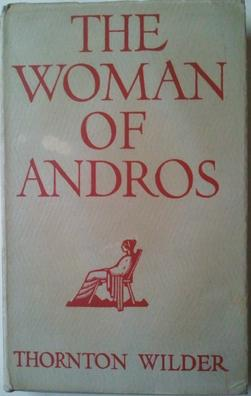
Wilder began writing plays while at the Thacher School in Ojai, California, where he did not fit in and was teased by classmates as overly intellectual.
According to a classmate:
“We left him alone, just left him alone.
And he would retire at the library, his hideaway, learning to distance himself from humiliation and indifference.”

“Literature is the orchestration of platitudes.“
(TIME magazine, 12 January 1953, Thornton Wilder)

After graduating, Wilder went to Italy and studied archaeology and Italian (1920 –1921) as part of an eight-month residency at the American Academy in Rome.
He then taught French at the Lawrenceville School in Lawrenceville, New Jersey, beginning in 1921.
His first novel, The Cabala, was published in 1926.

In 1927, The Bridge of San Luis Rey brought him commercial success and his first Pulitzer Prize (1928).
He resigned from the Lawrenceville School in 1928.

From 1930 to 1937 he taught at the University of Chicago, during which time he published his translation of André Obey’s own adaptation of the tale “Le Viol de Lucrece” (1931) under the title “Lucrece“.
In Chicago, he became famous as a lecturer and was chronicled on the celebrity pages.

Above: University of Chicago shield
In 1938 he won the Pulitzer Prize for Drama for his play Our Town.
He won the Prize again in 1943 for his play The Skin of Our Teeth.

“Many plays — certainly mine — are like blank checks.
The actors and directors put their own signatures on them.“
(The New York Mirror, 13 July 1956, Thornton Wilder)

Above: Thornton Wilder
He went on to be a visiting professor at Harvard University, where he served for a year as the Charles Eliot Norton professor.

Though he considered himself a teacher first and a writer second, he continued to write all his life, receiving the Peace Prize of the German Book Trade in 1957 and the Presidential Medal of Freedom in 1963.
In 1968 he won the National Book Award for his novel The Eighth Day.

“The most valuable thing I inherited was a temperament that does not revolt against Necessity and that is constantly renewed in Hope.“
(Thornton Wilder)

Above: Frank Kraven as The Stage Manager in Our Town
The Bridge of San Luis Rey (1927) tells the story of several unrelated people who happen to be on a bridge in Peru when it collapses, killing them.
Philosophically, the book explores the question of why unfortunate events occur to people who seem “innocent” or “undeserving“.
It won the Pulitzer Prize in 1928.
In 1998 it was selected by the editorial board of the American Modern Library as one of the 100 best novels of the 20th century.

The book was quoted by British Prime Minister Tony Blair during the memorial service for victims of the September 11 attacks in 2001.

“For my reading I have chosen the final words of The Bridge of San Luis Rey written by Thornton Wilder in 1927.
It is about a tragedy that took place in Peru, when a bridge collapsed over a gorge and five people died.
“A witness to the deaths, wanting to make sense of them and explain the ways of God to his fellow human beings, examined the lives of the people who died, and these words were said by someone who knew the victims, and who had been through the many emotions, and the many stages, of bereavement and loss.
But soon we will die, and all memories of those five will have left Earth, and we ourselves shall be loved for a while and forgotten.
But the love will have been enough.
All those impulses of love return to the love that made them.
Even memory is not necessary for love.
There is a land of the living and a land of the dead, and the bridge is love.
The only survival, the only meaning.“
(The Guardian, Friday 21 September 2001, Tony Blair)

Above: Tony Blair
Since then its popularity has grown enormously.
The book is the progenitor of the modern disaster epic in literature and film-making, where a single disaster intertwines the victims, whose lives are then explored by means of flashbacks to events before the disaster.

The first few pages of the first chapter explain the book’s basic premise:
The story centers on a fictional event that happened in Peru on the road between Lima and Cuzco, at noon on Friday 20 July 1714.
A rope bridge woven by the Inca a century earlier collapsed at that particular moment, while five people were crossing it, sending them falling from a great height to their deaths in the river below.
The collapse was witnessed by Brother Juniper, a Franciscan friar who was on his way to cross the bridge himself.
A deeply pious man who seeks to provide some sort of empirical evidence that might prove to the world God’s Divine Providence, he sets out to interview everyone he can find who knew the five victims.
Over the course of six years, he compiles a huge book of all of the evidence he gathers to show that the beginning and end of a person is all part of God’s plan for that person.
Part One foretells the burning of the book that occurs at the end of the novel, but it also says that one copy of Brother Juniper’s book survives and is at the library of the University of San Marcos, where it now sits neglected.

Part Two focuses on one of the victims of the collapse:
Doña María, the Marquesa de Montemayor.
The daughter of a wealthy cloth merchant, the Marquesa was an ugly child who eventually entered into an arranged marriage and bore a daughter, Clara, whom she loved dearly.
Clara was indifferent to her mother, though, and became engaged to a Spanish man and moved across the ocean to Spain where she married.
Doña María visits her daughter in Spain, but when they cannot get along, she returns to Lima.
The only way that they can communicate comfortably is by letter.
Doña María pours her heart into her writing, which becomes so polished that her letters will be read in schools in the centuries after her lifetime.

“Love is an energy which exists of itself.
It is its own value.“
(TIME magazine, 3 February 1958, Thornton Wilder)

Doña María takes as her companion Pepita, a girl raised at the Convent of Santa María Rosa de las Rosas.
When she learns that her daughter is pregnant in Spain, Doña María decides to make a pilgrimage to the shrine of Santa María de Cluxambuqua to pray that the baby will be healthy and loved.
Pepita goes along as company and to supervise the staff.
When Doña María is out at the shrine, Pepita stays at the inn and writes a letter to her patron, the Abbess María del Pilar, complaining about her misery and loneliness.
Doña María sees the letter on the table when she gets back and reads it.
Later, she asks Pepita about the letter.
Pepita says she tore it up because the letter was not brave.
Doña María has new insight into the ways in which her own life and love for her daughter have lacked bravery.
She writes her “first letter” (actually Letter LVI) of courageous love to her daughter, but two days later, returning to Lima, she and Pepita are on the bridge of San Luis Rey when it collapses.

“Love, though it expends itself in generosity and thoughtfulness, though it gives birth to visions and to great poetry, remains among the sharpest expressions of self-interest.
Not until it has passed through a long servitude, through its own self-hatred, through mockery, through great doubts, can it take its place among the loyalties.”
(Thornton Wilder)

Esteban and Manuel are twins who were left at the Convent of Santa María Rosa de las Rosas as infants.
The Abbess of the convent, Madre María del Pilar, developed a fondness for them as they grew up.
When they became older, they decided to be scribes.
They are so close that they have developed a secret language that only they understand.
Their closeness becomes strained when Manuel falls in love with Camila Perichole, a famous actress.

“Style is but the faintly contemptible vessel in which the bitter liquid is recommended to the world.“
(The Bridge of San Luis Rey, Thornton Wilder)

Perichole flirts with Manuel and swears him to secrecy when she retains him to write letters to her lover, the Viceroy.
Esteban has no idea of their relationship until she turns up at the twins’ room one night in a hurry and has Manuel write to a matador with whom she is having an affair.
Esteban encourages his brother to follow her, but instead Manuel swears that he will never see her again.
Later, Manuel cuts his knee on a piece of metal and it becomes infected.
The surgeon instructs Esteban to put cold compresses on the injury:
The compresses are so painful that Manuel curses Esteban, though he later remembers nothing of his curses.
Esteban offers to send for the Perichole, but Manuel refuses.
Soon after, Manuel dies.

“Now he discovered that secret from which one never quite recovers, that even in the most perfect love one person loves less profoundly than the other.“
(The Bridge of San Luis Rey, Thornton Wilder)

When the Abbess comes to prepare the body, she asks Esteban his name and he says he is Manuel.
Gossip about his ensuing strange behavior spreads all over town.
He goes to the theatre but runs away before the Perichole can talk to him.
The Abbess also tries to talk to him, but he runs away, so she sends for Captain Alvarado.

“Many who have spent a lifetime in it can tell us less of love than the child that lost a dog yesterday.”
(Thornton Wilder)

Captain Alvarado, a well-known sailor and explorer, goes to see Esteban in Cuzco and hires him to sail the world with him, far from Peru.
Esteban agrees, then refuses, then acquiesces if he can get all his pay in advance to buy a present for the Abbess before he departs.
That night Esteban attempts suicide but is saved by Captain Alvarado.
The Captain offers to take him back to Lima to buy the present.
At the ravine spanned by the bridge of San Luis Rey, the Captain goes down to a boat that is ferrying some materials across the water.
Esteban goes to the bridge and is on it when it collapses.

“I am not interested in the ephemeral — such subjects as the adulteries of dentists.
I am interested in those things that repeat and repeat and repeat in the lives of the millions.“
(The New York Times, 6 November 1961, Thornton Wilder)

Uncle Pio acts as Camila Perichole’s valet, and, in addition, “her singing-master, her coiffeur, her masseur, her reader, her errand-boy, her banker.
Rumour added: her father.”
He was born the bastard son of a Madrid aristocrat and later travelled the world engaged in a wide variety of dubious, though legal, businesses, most related to being a go-between or agent of the powerful, including (briefly) conducting interrogations for the Inquisition.
His life “became too complicated” and he fled to Peru.
He came to realize that he had just three interests in the world:
- independence
- the constant presence of beautiful women
- the masterpieces of Spanish literature, particularly those of the theatre

“Like all the rich he could not bring himself to believe that the poor – Look at their houses! Look at their clothes – could really suffer.
Like all the cultivated he believed that only the widely read could be said to know that they were unhappy.“
(The Bridge of San Luis Rey, Thornton Wilder)

He finds work as the confidential agent of the Viceroy of Peru.
One day, he discovers a 12-year-old café singer, Micaela Villegas, and takes her under his protection.
Over the course of years, as they travel from tavern to tavern throughout Latin America, she grows into a beautiful and talented young woman.
Uncle Pio instructs her in the etiquette of high society and goads her to greatness by expressing perpetual disappointment with her performances.
She develops into Camila Perichole, the most honoured actress in Lima.

“99% of the people in the world are fools and the rest of us are in great danger of contagion.“
(The Matchmaker, Thornton Wilder)

After many years of success, the Perichole becomes bored with the stage.
The elderly Viceroy, Don Andrés, takes her as his mistress.
She and Uncle Pio and the Archbishop of Peru and, eventually, Captain Alvarado meet frequently at midnight for dinner at the Viceroy’s mansion.
Through it all, Uncle Pio remains faithfully devoted to her, but as Camila ages and bears three children by the Viceroy she focuses on becoming a lady rather than an actress.
She avoids Uncle Pio.
When he talks to her she tells him to not use her stage name.

“Money is like manure.
It is not worth a thing unless it is spread around encouraging young things to grow.“
(The Matchmaker, Thornton Wilder)

When a smallpox epidemic sweeps through Lima, Camila is disfigured by it.
She takes her young son Don Jaime, who suffers from convulsions, to the country.
Uncle Pio sees her one night trying hopelessly to cover her pockmarked face with powder.
Ashamed, she refuses to ever see him again.
He begs her to allow him to take her son to Lima and teach the boy as he taught her.
Despairing at the turn her life has taken, she reluctantly agrees.
Uncle Pio and Jaime leave the next morning.
They are the 4th and 5th people on the bridge of San Luis Rey when it collapses.

“Physicians are the cobblers, rather the botchers, of men’s bodies.
As the one patches our tattered clothes, so the other solders our diseased flesh.“
(The Lover’s Melancholy, John Ford)

Brother Juniper labors for six years on his book about the bridge collapse, talking to everyone he can find who knew the victims, trying various mathematical formulas to measure spiritual traits, with no results beyond conventionally pious generalizations.
He compiles his huge book of interviews with complete faith in God’s goodness and justice, but a council pronounces his work heretical.
The book and Brother Juniper are publicly burned for their heresy.

“Imagination draws on memory.
Memory and imagination combined can stage a servants’ ball or even write a book, if that’s what they want to do.”
(Theophilus North, Thornton Wilder)

The story then shifts back in time to the day of a funeral service for those who died in the bridge collapse.
The Archbishop, the Viceroy and Captain Alvarado are at the ceremony.
At the Convent of Santa María Rosa de las Rosas, the Abbess feels, having lost Pepita and the twin brothers, that her work to help the poor and infirm will die with her.
A year after the accident, Camila Perichole seeks out the Abbess to ask how she can go on, having lost her son and Uncle Pio.
Camila gains comfort and insight from the Abbess.
It is later revealed she becomes a helper at the Convent.
Later, Doña Clara arrives from Spain, also seeking out the Abbess to speak with her about her mother, the Marquesa de Montemayor.
She is greatly moved by the work of the Abbess in caring for the deaf, the insane and the dying.
The novel ends with the Abbess’ observation:
“There is a land of the living and a land of the dead and the bridge is love, the only survival, the only meaning.“

Wilder wrote Our Town, a popular play (and later film) set in fictional Grover’s Corners, New Hampshire.

It was inspired in part by Dante’s Purgatorio and in part by his friend Gertrude Stein’s novel The Making of Americans.

Above: Italian writer Dante Aligheri (1265 – 1321)

Above: American writer Gertrude Stein (1874 – 1946)
Wilder suffered from writer’s block while writing the final act.

Our Town employs a choric narrator called the Stage Manager and a minimalist set to underscore the human experience.
Wilder himself played the Stage Manager on Broadway for two weeks and later in summer stock productions.
Following the daily lives of the Gibbs and Webb families, as well as the other inhabitants of Grover’s Corners, the play illustrates the importance of the universality of the simple, yet meaningful lives of all people in the world in order to demonstrate the value of appreciating life.
The play won the 1938 Pulitzer Prize.

“Wherever you come near the human race there’s layers and layers of nonsense.”
(Our Town, Thornton Wilder)

The Stage Manager introduces the audience to the small town of Grover’s Corners, New Hampshire and the people living there as a morning begins in the year 1901.
Joe Crowell delivers the paper to Doc Gibbs, Howie Newsome delivers the milk, and the Webb and Gibbs households send their children (Emily and Wally Webb, George and Rebecca Gibbs) off to school on this beautifully simple morning.
Professor Willard speaks to the audience about the history of the town.
Editor Webb speaks to the audience about the town’s socioeconomic status, political and religious demographics, and the accessibility and proliferation, or lack thereof, of culture and art in Grover’s Corners.
The Stage Manager leads us through a series of pivotal moments throughout the afternoon and evening, revealing the characters’ relationships and challenges.

“That’s what it was to be alive.
To move about in a cloud of ignorance.
To go up and down trampling on the feelings of those about you.
To spend and waste time as though you had a million years.
To be always at the mercy of one self-centered passion or another.
Now you know — that’s the happy existence you wanted to go back to.
Ignorance and blindness.“
(Our Town, Thornton Wilder)

It is at this time when we are introduced to Simon Stimson, an organist and choir director at the Congregational Church.
We learn from Mrs. Louella Soames that Simon Stimson is an alcoholic when she, Mrs. Gibbs, and Mrs. Webb stop on the corner after choir practice and “gossip like a bunch of old hens“, according to Doc Gibbs, discussing Simon’s alcoholism.
It seems to be a well known fact amongst everyone in town that Simon Stimson has a problem with alcohol.
All the characters speak to his issue as if they are aware of it and his having “seen a peck of trouble” a phrase repeated by more than one character throughout the show.
While the majority of townsfolk choose to “look the other way“, including the town policeman, Constable Warren, it is Mrs. Gibbs who takes Simon’s struggles with addiction to heart, and has a conversation with her husband, Doc Gibbs, about Simon’s drinking.

“Nurse one vice in your bosom.
Give it the attention it deserves and let your virtues spring up modestly around it.
Then you’ll have the miser who is no liar and the drunkard who is the benefactor of the whole city.“
(The Matchmaker, Thornton Wilder)

Underneath a glowing full moon, Act I ends with siblings George and Rebecca, and Emily gazing out of their respective bedroom windows, enjoying the smell of heliotrope in the “wonderful (or terrible) moonlight” with the self-discovery of Emily and George liking each other, and the realization that they are both straining to grow up in their own way.

“The future author is one who discovers that language, the exploration and manipulation of the resources of language, will serve him in winning through to his way.“
(Thornton Wilder interview, Writers at Work)

The audience is dismissed to the first intermission by the Stage Manager who quips:
“That’s the end of Act I, folks.
You can go and smoke, now.
Those that smoke.”

“I think myself as a fabulist, not a critic.
I realize that every writer is necessarily a critic — that is, each sentence is a skeleton accompanied by enormous activity of rejection and each selection is governed by general principles concerning truth, force, beauty, and so on.
But, as I have just suggested, I believe that the practice of writing consists in more and more relegating all that schematic operation to the subconscious.
The critic that is in every fabulist is like the iceberg — nine-tenths of him is underwater.“
(Thornton Wilder interview, Writers at Work)

Three years have passed.
George and Emily prepare to wed.
The day is filled with stress.
Howie Newsome is delivering milk in the pouring rain while Si Crowell, younger brother of Joe, laments how George’s baseball talents will be squandered.
George pays an awkward visit to his soon-to-be in-laws.
Here, the Stage Manager interrupts the scene and takes the audience back a year, to the end of Emily and George’s junior year.
Emily confronts George about his pride.
Over an ice cream soda, they discuss the future and confess their love for each other.
George decides not to go to college, as he had planned, but to work and eventually take over his uncle’s farm.
In the present, George and Emily say that they are not ready to marry — George to his mother, Emily to her father — but they both calm down and happily go through with the wedding.

“A man looks pretty small at a wedding, George.
All those good women standing shoulder to shoulder, making sure that the knot’s tied in a mighty public way.“
(Our Town, Thornton Wilder)

Nine years have passed.
The Stage Manager, in a lengthy monologue, discusses eternity, focusing attention on the cemetery outside of town and the people who have died since the wedding, including Mrs. Gibbs (pneumonia, while travelling), Wally Webb (burst appendix, while camping), Mrs. Soames and Simon Stimson (suicide by hanging).
Town undertaker Joe Stoddard is introduced, as is a young man named Sam Craig who has returned to Grover’s Corners for his cousin’s funeral.
That cousin is Emily, who died giving birth to her and George’s second child.
Once the funeral ends, Emily emerges to join the dead.
Mrs. Gibbs urges her to forget her life, warning her that being able to see but not interact with her family, all the while knowing what will happen in the future, will cause her too much pain.
Ignoring the warnings of Simon, Mrs. Soames and Mrs. Gibbs, Emily returns to Earth to relive one day, her 12th birthday.
She joyfully watches her parents and some of the people of her childhood for the first time in years, but her joy quickly turns to pain as she realizes how little people appreciate the simple joys of life.
The memory proves too painful for her and she realizes that every moment of life should be treasured.
When she asks the Stage Manager if anyone truly understands the value of life while they live it, he responds:
“No. The saints and poets, maybe – they do some.”
Emily returns to her grave next to Mrs. Gibbs and watches impassively as George kneels weeping over her.
The Stage Manager concludes the play and wishes the audience a good night.

“I can’t.
I can’t go on.
It goes so fast.
We don’t have time to look at one another.
I didn’t realize.
So all that was going on and we never noticed.
Take me back — up the hill — to my grave.
But first:
Wait!
One more look.
Good-bye, Good-bye, world.
Good-bye Grover’s Corners – Mama and Papa.
Good-bye to clocks ticking and Mama’s sunflowers.
And food and coffee.
And new ironed dresses and hot bath and sleeping and waking up.
Oh, Earth, you’re too wonderful for anybody to realize you.
Do human beings ever realize life while they live it?
Every, every minute?
I’m ready to go back.
I should have listened to you.
That’s all human beings are!
Just blind people.“
(Our Town, Thornton Wilder)

His play The Skin of Our Teeth opened in New York on 18 November 1942, featuring Fredric March and Tallulah Bankhead.

Again, the themes are familiar:
- the timeless human condition
- history as progressive, cyclical, or entropic
- literature, philosophy, and religion as the touchstones of civilization
Three acts dramatize the travails of the Antrobus family, allegorizing the alternate history of mankind.

It was claimed by Joseph Campbell and Henry Morton Robinson, authors of A Skeleton Key to Finnegans Wake, that much of the play was the result of unacknowledged borrowing from James Joyce’s last work.

“The comic spirit is given to us in order that we may analyze, weigh and clarify things in us which nettle us, or which we are outgrowing, or trying to reshape.”
(Thornton Wilder interview, Writers at Work)

Act One is an amalgam of early 20th century New Jersey and the dawn of the Ice Age.
The father is inventing things such as the lever, the wheel, the alphabet and multiplication tables.
The family and the entire northeastern US face extinction by a wall of ice moving southward from Canada.
The story is introduced by a narrator and further expanded by the family maid, Sabina.
There are unsettling parallels between the members of the Antrobus family and various characters from the Bible.
In addition, time is compressed and scrambled to such an extent that the refugees who arrive at the Antrobus house seeking food and fire include the Old Testament prophet Moses, the ancient Greek poet Homer, and women who are identified as Muses.

“I hate this play and every word in it.“
(The Skin of Our Teeth, Thornton Wilder)

Act II takes place on the Boardwalk at Atlantic City, New Jersey, where the Antrobuses are present for George’s swearing-in as president of the Ancient and Honorable Order of Mammals, Subdivision Humans.
Sabina is present, also, in the guise of a scheming beauty queen, who tries to steal George’s affection from his wife and family.
The conventioneers are rowdy and party furiously, but there is an undercurrent of foreboding as a fortune teller warns of an impending storm.
The weather soon transforms from summery sunshine to hurricane to deluge.
Gladys and George each attempt their individual rebellions and are brought back into line by the family.
The act ends with the family members reconciled and, paralleling the Biblical story of Noah’s Ark, directing pairs of animals to safety on a large boat where they survive the storm and the end of the world.

“My advice to you is not to inquire why or whither, but just enjoy your ice cream while it is on your plate — that’s my philosophy.“
(The Skin of Our Teeth, Thornton Wilder)
The final act takes place in the ruins of the Antrobuses’ former home.
A devastating war has occurred.
Maggie and Gladys have survived by hiding in a cellar.
When they come out of the cellar we see that Gladys has a baby.
Sabina joins them, “dressed as a Napoleonic camp-follower“.
George has been away at the front lines leading an army.
Henry also fought, on the opposite side, and returns as a general.
The family members discuss the ability of the human race to rebuild and continue after continually destroying itself.
The question is raised:
“Is there any accomplishment or attribute of the human race of enough value that its civilization should be rebuilt?“
The stage manager interrupts the play-within-the-play to explain that several members of their company can’t perform their parts, possibly due to food poisoning (as the actress playing Sabina saw blue mold on the lemon meringue pie at dinner).
The stage manager drafts a janitor, a dresser and other non-actors to fill their parts, which involve quoting philosophers such as Plato and Aristotle to mark the passing of time within the play.
The alternate history action ends where it began, with Sabina dusting the living room and worrying about George’s arrival from the office.
Her final act is to address the audience and turn over the responsibility of continuing the action, or life, to them.

“I have never forgotten for long at a time that living is struggle.
I know that every good and excellent thing in the world stands moment by moment on the razor-edge of danger and must be fought for — whether it is a field, or a home, or a country.“
(The Skin of Our Teeth, Thornton Wilder)

In his novel The Ides of March (1948), Wilder reconstructed the characters and events leading to, and culminating in, the assassination of Julius Caesar.


Above: Roman general / statesman Julius Caesar (100 – 44 BC)
He had met Jean-Paul Sartre on a US lecture tour after the war.
He was under the influence of existentialism, although rejecting its atheist implications.

Above: French philosopher Jean-Paul Sartre (1905 – 1980)
“Many great writers have been extraordinarily awkward in daily exchange, but the greatest give the impression that their style was nursed by the closest attention to colloquial speech.”
(Thornton Wilder interview, Writers at Work)

In 1962 and 1963, Wilder lived for 20 months in the small town of Douglas, Arizona, apart from family and friends.

There he started his longest novel, The Eighth Day, which went on to win the National Book Award.
According to Harold Augenbraum in 2009, it “attacked the big questions head on, embedded in the story of small-town America“.

“It is only in appearance that time is a river.
It is rather a vast landscape and it is the eye of the beholder that moves.”
(The Eighth Day, Thornton Wilder)

During a weekend gathering of the Ashley and Lansing families, Breckenridge Lansing is shot while the men are practicing shooting.
Townsfolk suspect that Eustacia Lansing, Breckenridge’s wife, and John Ashley were having an affair.
Ashley is tried, convicted, and sentenced to execution.
Miraculously, days before the scheduled execution, he is rescued by mysterious masked men.
He then escapes to Chile, where he assumes the identity of a Canadian named James Tolland and finds work in the copper mining industry.
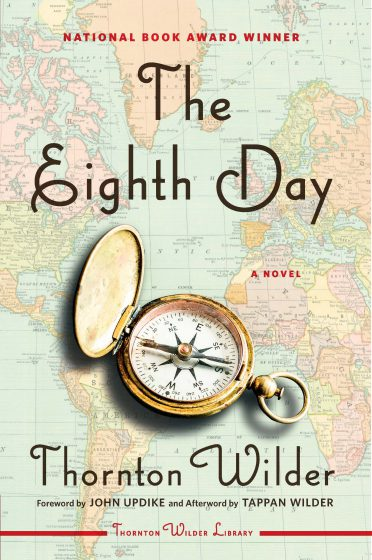
“Those who are silent, self-effacing and attentive become the recipient of confidences.”
(The Eighth Day, Thornton Wilder)

While Ashley escapes to Chile, his family — left destitute without his income — turns to running a boarding house to make ends meet.
His son, Roger, assumes a fake name and moves to Chicago.
After working a series of odd jobs, Roger makes a name for himself as a writer for a newspaper.
Ashley’s daughter, Lily, also assumes a fake name and becomes a famous singer in Chicago, later moving to New York.

“Hope, like faith, is nothing if it is not courageous.
It is nothing if it is not ridiculous.”
(The Eighth Day, Thornton Wilder)

At the end of the book, it is revealed that a group of Native Americans, one of whom was friends with Roger, is responsible for helping Ashley escape his execution.
The group did this because, after a flood wiped out their local church, Ashley loaned them money to rebuild it.
It is also revealed that Ashley did not kill Lansing.
Lansing’s son George did, because Lansing was becoming violent towards his wife, George’s mother.
George feared for his mother’s safety, and consequently killed his father and then ran away to San Francisco, and later Russia, to work as an actor.

“A sense of humour judges one’s actions and the actions of others from a wider reference and a longer view and finds them incongrous.
It dampens enthusiasm.
It mocks hope.
It pardons shortcomings.
It consoles failure.
It recommends moderation.”
(The Eighth Day, Thornton Wilder)

Though there is a murder mystery in the novel, the main focus of the work is the history of the Ashley and Lansing families.
Wilder muses frequently on the nature of written history throughout the book.

Towards the end, he writes:
“There is only one history.
It began with the creation of man and will come to an end when the last human consciousness is extinguished.
All other beginnings and endings are arbitrary conventions — makeshifts parading as self-sufficient entireties.
The cumbrous shears of the historian cut out a few figures and a brief passage of time from that enormous tapestry.
Above and below the laceration, to the right and left of it, the severed threads protest against the injustice, against the imposture.“

Above: Thornton Wilder
The book concludes with a number of flash-forwards describing the rest of the lives of the characters.
Ashley’s wife, Beata, moves to Los Angeles and starts a boarding house there.
Roger marries one of Lansing’s daughters.
Ashley’s daughter Sophia suffers from dementia and moves into a sanitarium.
Ashley’s daughter Constance becomes a political activist and moves to Japan.

“We do not choose the day of our birth nor may we choose the day of our death, yet choice is the sovereign faculty of the mind.”
(The Eighth Day, Thornton Wilder)
His last novel, Theophilus North, was published in 1973.

It was made into the film Mr. North in 1988.

In 1920s Newport, Rhode Island, Theophilus North is an engaging, multi-talented middle class Yale University graduate who spends the summer catering to the wealthy families of the city.
He becomes the confidant of James McHenry Bosworth, and a tutor and tennis coach to the families’ children.
He also befriends many from the city’s servant class including Henry Simmons, Amelia Cranston and Sally Boffin.

“Man is not an end but a beginning.
We are at the beginning of the second week.
We are the children of the eighth day.”
(The Eighth Day, Thornton Wilder)

Complications arise when some residents begin to ascribe healing powers to the static electricity shocks that Mr. North happens to generate frequently.
Despite never claiming any healing or medical abilities, he is accused of quackery and with the help of those he had befriended must defend himself.
In the end, Mr. North accepts a position of leadership at an educational and philosophical academy founded by Mr. Bosworth and begins a romance with Bosworth’s granddaughter Persis.

“When God loves a creature he wants the creature to know the highest happiness and the deepest misery.
He wants him to know all that being alive can bring.
That is His best gift.
There is no happiness save in understanding the whole.”
(The Eighth Day, Thornton Wilder)

Donald Richie (17 April 1924 – 2013) was an American-born author who wrote about the Japanese people, the culture of Japan and, especially, Japanese cinema.
Richie was a prolific author.

Above: Donald Richie
Among his most noted works on Japan are The Inland Sea, a travel classic, and Public People, Private People, a look at some of Japan’s most significant and most mundane people.


The Inland Sea is nearly a land-locked body of water bounded by three of Japan’s four major islands.
It has been called “the Aegean of the East“, bounded as it is by the Honshu mainland on one side and the various lands of the Japanese archipelago on the other.
The people who live with the Seto Naikai, a name meaning “the sea within the straits”, remain isolated from each other and from the mainland.
The travels are real.
The chronology is real.
The people are real.
The places are all real.
They are there in the Inland Sea, within easy reach of the enterprising traveller.
The history and folklore are also real.
One’s thoughts about Japan tend to be contradictory.
And this is fitting in a land where mutual contradictions are entertained with no seeming inconvenience.
Consistency is no great virtue.
Indeed, the quite consistent is the quite dead.
We must all remember that for the Westerner, Japan is a great mirror.
In it we can see the land and the people clearly – but we can also see ourselves.
“I hear that they are building a bridge
To the island of Tsu
Alas…
To what now
Shall I compare myself?”
(Old Japanese poem)

He compiled two collections of essays on Japan:
- A Lateral View
- Partial Views


A collection of his writings has been published to commemorate 50 years of writing about Japan:
- The Donald Richie Reader
- The Japan Journals: 1947–2004 consists of extended excerpts from his diaries


Cynthia Ozick (born 17 April 1928) is an American short story writer, novelist, and essayist.
Ozick’s fiction and essays are often about Jewish American life, but she also writes about politics, history, and literary criticism.
In addition, she has written and translated poetry.

Above: Cynthia Ozick
“She thought:
How hard it is to change one’s life.
And again she thought:
How terrifyingly simple to change the lives of others.
(Foreign Bodies, Cynthia Ozick)

Henry James occupies a central place in her fiction and nonfiction.
The critic Adam Kirsch wrote that her “career-long agon with Henry James reaches a kind of culmination in Foreign Bodies, her polemical rewriting of ‘The Ambassadors‘ “.

Above: American author Henry James (1843 – 1916)
“Sometimes starting is so difficult, because it is all chaos.
It is the difference between writing an essay, which if it is about Henry James, at least you know that much, but with fiction you don’t.
It could be a scene in your mind or it could be some kind of tendril that you can barely define.
So I have to force it.
And then after – this is real compulsion, real self-flagellation – it kind of takes off.
But there is a lot of agony before.
And sometimes during.
And sometimes all through.
But just before the end and revelations start coming, that’s the joy.
But mostly that’s Hell.”
(The Guardian, 4 July 2011, Cythnia Ozick)

Above: Cynthia Ozick
The Holocaust and its aftermath is also a dominant theme.

Above: “Selection” of Hungarian Jews on the ramp at Auschwitz II-Birkenau in German-occupied Poland, around May 1944. Jews were sent either to work or to the gas chamber.
For instance in “Who Owns Anne Frank?” she writes that the diary’s true meaning has been distorted and eviscerated “by blurb and stage, by shrewdness and naiveté, by cowardice and spirituality, by forgiveness and indifference“.

Above: German Jewess diarist Anne Frank (1929 – 1945)
“I don’t think one writes for immortality.
I think beginning writers always think they will have fame.
But if fame – which is power – is what you want, then you will get it, probably.
But it is not something necessary to want or need.“
(NPR, 17 July 2016, Cynthia Ozick)

Above: Logo of National Public Radio
Much of her work explores the disparaged self, the reconstruction of identity after immigration, trauma and movement from one class to another.

Above: Cynthia Ozick
“I think the word is intractable.
I blame the lack of live and let live.
And which side is ıt coming from more than the other side?
I think it is coming from people who call other people infidels.
That’s how it strikes me.”
(The Guardian, 4 July 2011, Cynthia Ozick)

Ozick says that writing is not a choice but “a kind of hallucinatory madness.
You will do it no matter what.
You can’t not do it.”
She sees the “freedom in the delectable sense of making things up” as coexisting with the “torment” of writing.

Above: Cynthia Ozick
“I cannot not write.
I mean, what else am I going to do with my life?
That’s another way of putting it.
I simply must.
Writers cannot help themselves.
In a way they are sort of like the Queen of England.
Every writer is doomed to their profession.
What else is the Queen going to do with her life?
She was born a Queen.
She’s stuck.
And writers are stuck, too.“
(NPR, 17 July 2016, Cythnia Ozick)

Above: Cynthia Oznick
The Pagan Rabbi and Other Stories (1971) is the second book and first collection of stories published by American author Cynthia Ozick.

“I always knew that this was what I wanted to do.
I think this is true of most writers — especially anybody who has read ‘Little Women’, which is every writer.
Not so much the male writers, let’s admit it, but every writer who grows up has wanted to be Jo.“
(NPR, 17 July 2016, Cynthia Ozick)

Above: Cythnia Ozick
The Pagan Rabbi is about a rabbi who had just committed suicide by hanging himself in a public park.
He is remembered by his widow for having recently discovered a passion for nature and his widow felt that he left his beliefs of Judaism for Paganism.
Envy is about an American Yiddish poet who is bitterly jealous of his more-successful contemporary.
The main character also has a personal vendetta against televangelists who are attempting to convert Jews to Christianity.
The Suitcase is about a retired Imperial German fighter pilot, whose son is a well-recognized artist.
One of the artist’s friends finds that her purse has been stolen, and they try to figure out who stole it.
The woman who lost her purse accuses the father of the artist, because he was in the Imperial German army.
The Butterfly and the Traffic Light is basically an argument between a college girl and her professor about how traffic lights are the icons of American cities.

The Shawl follows Rosa, her baby Magda, and her niece Stella on their march to a Nazi concentration camp in the middle of winter.
They are described as weak and starving during the march.
Stella’s knees are described as “tumors on sticks“.
Rosa is said to be a “walking cradle” because she constantly carries Magda close to her chest wrapped in her shawl.
Rosa contemplates handing Magda off to one of the villagers watching their march, but decides that the guards would most likely just shoot them both.
Rosa says the shawl is “magic” when Magda sucks on it because it sustained Magda for three days and three nights without food.
Stella observes that Magda looks Aryan, but Rosa sees the observation as some kind of threat to Magda.
At the camp, Rosa continues to hide Magda, but is in constant fear that someone will discover and kill her.

“If you’re alone too much, you think too much.”, Persky said.
“Without a life, a person lives where they can.
If all they got is thoughts, that’s where they live.”, Rosa answered
(The Shawl, Cynthia Ozick)

One day, Stella takes Magda’s shawl away to warm herself.
Without her shawl, Magda, who hadn’t made a sound since the march, begins screaming for her “Ma“.
Rosa hears the screaming, but does not run to Magda because the guards will kill them both.
Instead, she runs to get the shawl and begins waving it in the hope that Magda will see it and calm down.
She is too late and watches as the Nazi guards pick Magda up and throw her into the electric fence, killing her.
Rosa stuffs the shawl into her mouth to stop herself from screaming.

“This is very nice, cozy. You got a nice cozy place, Lublin.”
“Cramped,” Rosa said.
“I work from a different theory.
For everything, there’s a bad way of describing, also a good way.
You pick the good way, you go along better.”
“I don’t like to give myself lies.
Life is short.
We all got to lie.”, Rosa said.
(The Shawl, Cynthia Ozick)

Ozick was inspired to write The Shawl by a line in the book The Rise and Fall of the Third Reich by William L. Shirer.
The book mentioned a real event, a baby being thrown into an electric fence.
Ozick was struck by the brutality of the death camp and felt inspired to write about that event.

“Because she fears the past she distrusts the future — it, too, will turn into the past.“
(The Shawl, Cynthia Ozick)

Nick Hornby (born 17 April 1957) is an English writer and lyricist.
He is best known for his memoir Fever Pitch (1992) and novels High Fidelity and About a Boy, all of which were adapted into feature films.
Hornby’s work frequently touches upon music, sport, and the aimless and obsessive natures of his protagonists.
His books have sold more than 5 million copies worldwide as of 2018.
In a 2004 poll for the BBC, Hornby was named the 29th most influential person in British culture.
He has received two Academy Awards for Best Adapted Screenplay nominations for An Education (2009), and Brooklyn (2015).
Prior to his career as a novelist, Hornby worked for a time as a secondary-school English teacher.

Above: Nick Hornby
Fever Pitch, published in 1992, is an autobiographical story detailing his fanatical support for Arsenal Football Club.

“I fell in love with football as I was later to fall in love with women: suddenly, inexplicably, uncritically, giving no thought to the pain or disruption it would bring with it.“
(Fever Pitch, Nick Hornby)

It consists of several chapters in chronological order, from the time the author first became a football fan as a child until his early 30s.
Each chapter is about a football match that he remembers watching, most but not all at Arsenal Stadium, Highbury, and how it related to the events that were going on with his life.

“By the early 70s I had become an Englishman — that is to say, I hated England just as much as half my compatriots seemed to do.“

Above: Flag of England
As well as recounting Arsenal’s highs and lows, Hornby talks about other football clubs that play in London, and his interest in the contrasting surroundings of Cambridge United and Cambridge City, whose matches he attends while at university.


“As I get older, the tyranny that football exerts over my life, and therefore over the lives of the people around me, is less reasonable and less attractive.“
(Fever Pitch, Nick Hornby)

As a result, Hornby received the William Hill Sports Book of the Year Award.
In 1997, the memoir was adapted for film in the UK, and in 2005 an American remake was released, following Jimmy Fallon’s character’s obsession with the Boston Red Sox, a baseball team.

With the book’s success, Hornby began to publish articles in the Sunday Times, Time Out and the Times Literary Supplement, in addition to his music reviews for the New Yorker.

High Fidelity — his third book and first novel — was published in 1995.
Rob Fleming is a 35-year-old man who owns a record shop in London called Championship Vinyl.
His lawyer girlfriend, Laura, has just left him and now he is going through a crisis.
At his record shop, Rob and his employees, Dick and Barry, spend their free moments discussing mix-tape aesthetics and constructing desert-island “top-five” lists of anything that demonstrates their knowledge of music, movies, and pop culture.
Rob uses this exercise to create his own list: “The top five most memorable split-ups.”
This list includes the following ex-girlfriends:
1) Alison Ashworth
2) Penny Hardwick
3) Jackie Allen
4) Charlie Nicholson
5) Sarah Kendrew

“Where’s the superficial?
I was, and therefore am, dim, gloomy, a drag, unfashionable, unfanciable, and awkward.
This doesn’t seem like superficial to me.
These aren’t flesh wounds.
These are life-threatening thrusts into the internal organs.“
(High Fidelity, Nick Hornby)

Rob, recalling these breakups, sets about getting in touch with the former girlfriends.
Eventually, Rob’s re-examination of his failed relationships, a one-time stand with an American musician named Marie LaSalle, and the death of Laura’s father bring the two back together.
Their relationship is cemented by the launch of a new purposefulness to Rob’s life in the revival of his disc jockey career.

“I’ve been thinking with my guts since I was fourteen years old, and, frankly, I think my guts have shit for brains.“
(High Fidelity, Nick Hornby)

Also, realizing that his fear of commitment (a result of his fear of death of those around him) and his tendency to act on emotion are responsible for his continuing desires to pursue new women, Rob makes a token commitment to Laura.

“Then I lost it.
Kinda lost it all, you know.
Faith, dignity, about fifteen pounds.“
(High Fidelity, Nick Hornby)

The novel, about a neurotic record collector and his failed relationships, was adapted into a 2000 American film starring John Cusack, a Broadway musical in 2006, and a television show High Fidelity starring Zoë Kravitz in 2020.

His second novel, About a Boy, published in 1998, is about two “boys“ — Marcus, an awkward yet endearing adolescent from a single-parent family, and the free-floating, mid-30s Will Freeman, who overcomes his own immaturity and self-centredness through his growing relationship with Marcus.

Set in 1993 London, About a Boy features two main protagonists:
- Will Freeman, a 36-year-old bachelor
- Marcus Brewer, a 12-year-old incongruous schoolboy described as “introverted“ by his suicidal mother, Fiona, despite his tendencies to bond and interact with people.
Will’s father wrote a successful Christmas song, the royalties of which have afforded Will the ability to remain voluntarily redundant throughout his life – he spends his plentiful free time immersing himself in 1990s culture, music, and pursuing sexual relations with women.

“There had been times when he knew, somewhere in him, that he would get used to it, whatever it was, because he had learnt that some hard things became softer after a very little while.“
(About a Boy, Nick Hornby)

After a pleasant relationship with a single mother of two, Angie, Will comes up with the idea of attending a single parents group as a new way to pick up women.
For this purpose, he invents a two-year-old son called Ned.
Will then makes a number of acquaintances through his membership of the single parents group, two of which are Fiona and her son Marcus.
Although their relationship is initially somewhat strained, they finally succeed in striking up a true friendship despite Will being largely uninterested during the early-middle stages of the novel.
Will, a socially aware and “trendy” person, aids Marcus to fit into 1990s youth culture by encouraging him not to get his hair cut by his mother, buying him Adidas trainers, and introducing him to contemporary music, such as Nirvana.
Marcus and Will’s friendship strengthens as the story progresses, even after Marcus and Fiona discover Will’s lie about having a child.

“Single mothers — bright, attractive, available women, thousands of them all over London — they were the best invention Will had ever heard of.“
(About a Boy, Nick Hornby)

Marcus is befriended by Ellie McCrae, a tough, moody 15-year-old girl, who is constantly in trouble at school because she insists on wearing a Kurt Cobain jumper.
He also spends some time with his dad Clive, who visits Marcus and Fiona for Christmas together with his new girlfriend Lindsey and her mother.
Clive has a minor accident during some D.I.Y. work and breaks his collarbone.
This prompts Clive into having “a big think” about the meaning of his life.
He summons Marcus to Cambridge to see him.
Marcus decides to bring Ellie along with him for support.
However, they are arrested on the way as Ellie smashes a shop window displaying a cardboard cut-out of Kurt Cobain – accusing the shopkeeper of “trying to make money out of him” after his suicide.

“Each day was a bad day, but he survived by kidding himself that each day was somehow unconnected to the day before.“
(About a Boy, Nick Hornby)

Meanwhile, to Will’s despair, he falls in love with a woman called Rachel.
Rachel is a single mother with a son named Ali (Alistair), who is the same age as Marcus.
The two originally fight, but quickly become friends.
Will’s emotional faculties are liberated and he begins to “shed his old skin” of emotional indifference.
Simultaneously Marcus is becoming more typical of his age.
He begins to enjoy his life more.

“These feelings were exactly what he had been so afraid of, and this was why he had been so sure that falling in love was rubbish, and, surprise surprise, it was rubbish, and … and it was too late.“
(About a Boy, Nick Hornby)

The penultimate scene takes place in a police station in Royston (a small suburban town), where nearly every significant character in the novel is present, their common link being Marcus.
The novel ends during a three-way dialogue between Marcus, Will and Fiona, where Will, to see if Marcus has truly changed, proposes the idea that he play a Joni Mitchell song on Fiona’s piano, which she is enthusiastic about.
However, Marcus responds saying he “hates” Joni Mitchell, whereby Hornby concludes the novel with the narration saying:
“Will knew Marcus would be OK“.

Hugh Grant and Nicholas Hoult starred in the 2002 film version.
In 1999, Hornby received the E. M. Forster Award of the American Academy of Arts and Letters.

Hornby’s next novel, How to Be Good, was published in 2001.
The female protagonist in the novel explores contemporary morals, marriage and parenthood.

“What if a sense of humour is like hair — something a lot of man lose as they get older?“
(How to Be Good, Nick Hornby)

It centers on characters Katie Carr, a doctor, and her husband, David Grant.
The story begins when David stops being “the Angriest Man In Holloway” and begins to be “good” with the help of his spiritual healer, DJ Good News (who also shows up briefly in Hornby’s A Long Way Down).
The pair go about this by nominally convincing people to give their spare bedrooms to the homeless, but as their next scheme comes around, “reversal” (being good to people one has not been good to in the past), this proves to be fruitless and thus David gives up his strivings and his plans for a book on how to be good, appropriately named “How to be Good“.
The protagonist, Katie, briefly encounters a minor character named Dick whose description and attitude towards music are reminiscent of the character of the same name from Hornby’s first novel, High Fidelity.
It was longlisted for the Man Booker Prize in 2001.
He won the W.H. Smith Award for Fiction in 2002.

“And after tea, we play Junior Scrabble. We are the ideal nuclear family. We eat together, we play improving board games instead of watching television, we smile alot. I fear that at any moment I may kill somebody.”
(How to Be Good, Nick Hornby)

Part of the money he earned with his next book, Speaking with the Angel in 2002, was donated to TreeHouse, a charity for autistic children:
Hornby’s own son is autistic.
He was editor of the book, which contained 12 short stories written by his friends.
He also contributed to the collection with the story “NippleJesus“.

“Self-pity is an ignoble emotion, but we all feel it, and the orthodox critical line that it represents some kind of artistic flaw is dubious, a form of emotional correctness.“
(Songbook, Nick Hornby)

In 2003, Hornby wrote a collection of essays on selected popular songs and the emotional resonance they carry, called 31 Songs (known in the US as Songbook).

“Indeed, there is a moment on the first CD — the electrifying opening to “I Got Loaded,” which sounds like an R&B standard but isn’t — when you might find yourself asking whether anyone who has ever been smitten by pop music can fail to have his heart stopped by the chords, the swing, and, once again, Steve Berlin’s wonderfully greasy sax.“
(Songbook, Nick Hornby)

A Long Way Down is a 2005 novel written by British author Nick Hornby.
It is a dark comedy, playing off the themes of suicide, angst, depression and promiscuity.
The story is written in the first-person narrative from the points of view of the four main characters, Martin, Maureen, Jess and JJ.
These four strangers happen to meet on the roof of a high building called Toppers House in London on New Year’s Eve, each with the intent of committing suicide.
Their plans for death in solitude are ruined when they meet.
The novel recounts their misadventures as they decide to come down from the roof alive – however temporarily that may be.

Disgraced TV presenter Martin Sharp, lonely single mother Maureen (51 years old), unsuccessful musician JJ and rude teenager Jess (18 years old) meet at Toppers House in London on New Year’s Eve.
They all want to commit suicide by jumping from the roof.
Their plans for death in solitude, however, are ruined when they meet.
After telling their individual stories to the others, they decide to hold off on jumping and to help each other.
Thus a group of four unfortunate and very individual people forms.
Jess’s condition not to jump is that they help her to find her ex-boyfriend Chas.
So they take a taxi and drive to the party they suppose Chas to be at.
After finding and talking to Chas they decide to go to Martin’s place where they find Penny, who has obviously been crying.
She accuses Martin of cheating on her because he had left the party they had both attended that evening without any explanation.

“I’m sorry, but there’s no disturbed mental balance here, my friend.
I’d say he got it just right.
Bad thing upon bad thing upon bad thing.
Surely that’s fair enough?
Surely the coroner’s report should read:
“He took his own life after sober and careful contemplation of the fucking shambles it had become.”
(A Long Way Down, Nick Hornby)

The next morning Jess’s dad learns that the newspapers are publishing a story about Jess and Martin.
Jess tells him that she slept with Martin, to avoid him finding out the truth of her attempted suicide.
He takes her to task because the whole thing is very awkward for him.
He is the Junior Secretary of Education and has a reputation to lose.
He goes out to get an early edition of the paper and sees the story about her ‘suicide pact‘ with Martin, so Jess’s “whole sex confession bit had been a complete and utter fucking waste of time“.

“I’m sorry, but there’s no disturbed mental balance here, my friend.
I’d say he got it just right.
Bad thing upon bad thing upon bad thing.
Surely that’s fair enough?
Surely the coroner’s report should read:
“He took his own life after sober and careful contemplation of the fucking shambles it had become.“
(A Long Way Down, Nick Hornby)

Jess’s father asks Martin to clear up the accusations.
Martin denies that he slept with Jess.
After the conversation, her father asks Martin to protect Jess and gives him money.
Afterwards, a reporter calls JJ wanting to know why they decided not to jump, but JJ refuses to discuss it.

“But I’d felt as if I’d pissed my life away in the same way that you can piss money away.
I’d had a life, full of kids and wives and jobs and all the usual stuff, and I had somehow managed to mislay it.
No, you see, that’s not right.
I knew where my life was, just as you know where the money goes when you piss it away.
I hadn’t mislaid it at all.
I had spent it.“
(A Long Way Down, Nick Hornby)

Later Jess calls Maureen.
They decide to organise a meeting at Maureen’s place.
At the meeting, Jess suggests that they try to profit from the suicidal-report in the newspaper.
Her idea is to confess to the press that they saw an angel who saved them from jumping.
Martin, Maureen and JJ don’t like the idea and they try to convince Jess out of talking to the press.
The next morning they find out that Jess told a reporter, Linda, that they saw an angel that looked like Matt Damon.
Jess also promised Linda an interview with Martin, Maureen and JJ.
Although they are upset with Jess’ behaviour, they decide to do the interview.
Linda uses the interview to attack Martin in the press.
Thus Martin is fired from his cable TV “Feet Up TV!”, but he receives a second chance by promising to his boss that the other three will be guests in his show.
The show is a disaster and Martin loses his job.
At another TV show Jess admits that the angel story was not true.

“And another way of explaining it is that shit happens, and there’s no space too small, too dark and airless and fucking hopeless, for people to crawl into.“
(A Long Way Down, Nick Hornby)

Later, JJ decides that the four of them have to go on holiday for Maureen’s benefit.
Martin, Jess and JJ help Maureen to find a place for Matty, her son.
One week later they are on a plane to Tenerife.
On the second day, Jess sees a girl who looks very similar to her lost sister Jen.
Jess bothers the girl and they have a fight.
Out of frustration Jess gets drunk and the police have to take her back to the hotel.
JJ meets a girl that saw his old band and they spend the night together.
Martin decides to leave the hotel after a fight with Jess.
During his absence from the others, he thinks about his life and decides that he has made no mistakes.
He blames other people for how his life has turned out.
In the taxi to the airport they talk about their holiday and plan another meeting for Valentine’s Day.
They meet at 8 o’clock on the roof of Toppers House on Valentine’s Day.

“And another way of explaining it is that shit happens, and there’s no space too small, too dark and airless and fucking hopeless, for people to crawl into.“
(A Long Way Down, Nick Hornby)

While they have a conversation, they see a young man who is planning to jump from the roof.
They try to stop him from committing suicide but he jumps.
They decide to go home and to meet the following afternoon at Starbucks.

“I couldn’t get the mood back; it was as if one of the kids had woken up just as Cindy and I were starting to make love. I hadn’t changed my mind, and I still knew that I’d have to do it sometime. It’s just that I knew I wasn’t going to be able to do it in the next five minutes.”
(A Long Way Down, Nick Hornby)

Martin tells them about a newspaper article he read according to which people who want to commit suicide need 90 days to overcome their predicament.
So they decide to hold their decision until 31 March.
Maureen and Jess decide to visit Martin’s ex-wife Cindy to bring her back to him.
Cindy Sharp lives with her kids in Torley Heath and has a new partner Paul, whom Maureen and Jess later find out is blind.
Cindy explains to them that Martin made many mistakes and that he didn’t take care of the children.
After that, Jess organises a meeting in the basement of Starbucks.
She invites relatives of the four.
All in all, 17 people appear, but the meeting is a disaster.
Jess and her parents are screaming at each other, because her mother claims that she had stolen a pair of earrings from Jen’s untouched room.
While they are fighting Jess runs out of the Starbucks.
JJ and a former member of his band are leaving the basement to have a fight and Martin has an argument with one of Maureen’s nurses because he claims that he is flirting with Penny.
Maureen is the only one of the four who is still present.
She talks to Jess’ parents and speculates that Jen may have come back to take the earrings.
The nurses Sean and Stephen help Maureen to bring Matty home and on the way Sean asks her if she is interested in joining their quiz team.
At the quiz, an old man from the team offers Maureen a job in a newsagent’s.
When Jess comes back from her trip to London Bridge, her mother apologizes for accusing her.
Jess accepts the apology, seeing the hope Maureen’s suggestion has given her mother.
Maureen, JJ and Martin have new jobs now.
Martin is a teacher and wants to start a new life.
JJ is a busker and is happy to make music again.
Maureen has started work at the newsagent’s.
The 90 days have passed and they meet in a pub near Toppers House.
They decide to go on the roof again.
While watching the London Eye from the roof, they realise that their lives aren’t that bad.
They decide to delay their final decision on killing themselves for another six months.

“I wanted to make my life short, and I was at a party in Toppers’ Hose, and the coincidence was too much.
It was like a message from God.
OK, it was disappointing that all God had to say to me was, like, jump off a roof, but I didn’t blame Him.
What else was He supposed to tell me?“
(A Long Way Down, Nick Hornby)

Hornby’s book Slam was published on 16 October 2007.
It is his first novel for young adults and was recognised as a 2008 ALA Best Books for Young Adults.
The protagonist of Slam is a 16-year-old skateboarder named Sam, whose life changes drastically when his girlfriend gets pregnant.
The novel’s protagonist is a troubled 16-year-old skateboarder, Sam, who lives in London.
His mother, Annie, gave birth to him when she was just 16.
They therefore have an unconventional relationship.
He has a poster of Tony Hawk in his room that serves as his friend and confidant.
Sam’s two best friends are Rabbit and Rubbish, two skateboarders.
Sam’s father, Dave, is somewhat estranged from the family, visiting them only occasionally.
After being introduced to Alicia at a party thrown by Annie’s co-worker, Andrea, Sam and Alicia start dating.
He believes he is in love with her and visits her numerous times, almost daily, in which they have sex several times.
However, one time Sam and Alicia try having sex not wearing protection.
Sam knows that due to him having sex with Alicia without a condom, she might be pregnant.
He’s just not ready to be a father.

After a while, Sam gets bored of his relationship and decides to break up.
A while later, Alicia calls him to meet so they can talk. Sam, realizing what news she has, has a prophetic dream of waking up next to Alicia in the future.
She is ugly and heavy, and their baby, Roof, is loud and obnoxious.
He attends the local college occasionally throughout the week, pursuing a career in art and design.
Moreover, Annie is pregnant.
Sam awakens the next morning.
He is back to his normal time and presumes that he was sent in the future by the mystical powers of his Tony Hawk poster.

In fear of the obvious news that Alicia will give him, he runs away to Hastings and throws his mobile phone in the sea.
Thinking he can make a permanent residence there, Sam goes to several attractions, only to be told there is no work.
While in a seedy bed and breakfast, Sam meets a rude old man, Mr Brady, that hires him as a helper with various day-to-day activities (helping him up and down the stairs, and retrieving his remote control).
In the middle of the night, Mr Brady barges into his room demanding he helps him find the remote that has fallen behind his bed.
Sam grudgingly retrieves it, only to decide that he no longer wants to stay in the town.

Above: Hastings, England
He returns home to Annie who has called the police.
After spending some time with Annie, Sam and Alicia meet up and she reveals that she is in fact pregnant.
Refusing to get an abortion, Alicia and Sam work up the nerve to tell Alicia’s elitist parents, Andrea and Robert.
Originally upset, Andrea and Robert try to convince Alicia to have an abortion.
When Alicia refuses, Andrea and Robert lash out and blame Sam for ruining Alicia’s life.
Sam, Alicia, Andrea and Robert march over to Sam’s apartment, only to find Annie with her new boyfriend Mark.
When told of the pregnancy, Annie breaks down and cries, furious that Sam would ruin his life.

That night, Sam has another prophetic dream in which he takes Roof (the name, he finds, being a contraction of Rufus) to a doctor’s appointment.
Again, Sam has no idea how to take care of Roof and no idea what is going on.
Sam upsets his son Rufus, and he again, realizes he is not a suitable father.
Fortunately, he meets with a young mother – whom he does not know, but who seems to know him – and gets her to show him how to change Roof’s diapers, though she says:
“But you are very good at doing it.”
When waking up he realizes that, like it or not, he is going to have a life of taking care of his son.
Gradually, he gets used to the idea.

As soon as Mark moves into their house, Annie becomes pregnant.
Sam moves into Alicia’s house only to find that he really isn’t welcome there.
He begins to take part-time college classes.
He encounters one of Alicia’s previous boyfriends who insinuates that Sam’s son Rufus is actually his.
He confronts Alicia when he believes that she conveniently made it look like it was his child – which she angrily disproves, but the scene adds to spoiling their relationship.

He moves back into his mother’s apartment, resulting in him researching the Internet for facts about teenage pregnancies.
He discovers that four out of five male teenage parents lose contact with their children.
He goes to Alicia’s and begins to row with Alicia, resulting in her thinking he is seeing another girl.
Eventually Alicia’s parents clear the matter up.

When Alicia’s time comes, Sam is very confused, but eventually does manage in a credible way the role of being at her side.
He then finds out the origin of the baby’s name – when recovering from birth-giving Alicia was listening to Rufus Wainwright.
It was Sam himself who changed it to “Roof“.
Soon afterwards, Sam’s mother gives birth to a daughter, Emily – who is strictly Roof’s aunt, though being a month younger than him.
Sam gets involved in taking care of Emily, too.

Soon after this Sam and Alicia take Rufus out for the day with Alicia and Sam having sex later.
Alicia’s mum discovers them and gets particularly angry.
Sam and Alicia finally confirm to each other they were from the beginning wrong for each other.

Then Sam has a third prophetic dream, presumably a few years in the future.
He wakes up with a beautiful girl he doesn’t know.
It is revealed she is his current girlfriend, Alex, as Alicia and he broke up.
The two go to meet Alicia and her new boyfriend, Carl, in a restaurant.
It is made clear that Alicia is the primary caretaker of the baby, but that she and Sam still have a friendly relationship.

Hornby’s following novel, titled Juliet, Naked, was published in September 2009.
Addressing similar themes as his earlier novel High Fidelity, the book is about a reclusive 1980s rock star who is forced out of isolation, after the release of demo recordings of the songs on his most famous album brings him into contact with some of his most passionate fans.
Duncan, an obsessive music fan, receives a CD of Juliet, Naked, an album of solo acoustic demos of the songs on the album Juliet by his favourite artist, Tucker Crowe.
Duncan’s girlfriend, Annie, opens it first and listens to it on her own.
Duncan is angry, especially when she expresses her dislike for it.
He writes an enthusiastic review for the fan website he runs.
Annie writes a passionate article criticising it and receives an email response from Tucker Crowe himself. Further email correspondence ensues, much of which consumes Annie’s thoughts.

Tucker Crowe is in Pennsylvania preparing for a visit from his daughter Lizzie, whom he has never met.
He has five children from four relationships.
His youngest son Jackson and Jackson’s mother, Cat, are the only ones he lives with.
Lizzie reveals that she is visiting because she is pregnant.

Duncan meets a new colleague called Gina, whom he sleeps with.
He tells Annie of his affair and she insists he move out.
The next day Annie talks to her judgmental therapist Malcolm.
Duncan regrets leaving Annie but she refuses to take him back.
Cat breaks up with Tucker, but Tucker remains to look after Jackson.
Annie places a photo of Tucker and Jackson on her fridge and invites Duncan round to make him see it, gleeful that he doesn’t know the significance of it, and tells him she is in a relationship with him.

She ponders the years she has wasted with Duncan and ends up going to the pub with her friend Ros.
She meets Gav and Barnesy, two Northern Soul dancers.
Barnesy comes back to her house and tells her he loves her, but leaves after she says she won’t sleep with him.
Annie discusses the incident the next day with Malcolm.
Tucker learns that Lizzie has lost the baby.
He and Jackson fly to London to see Lizzie.
On arrival at the hospital in London, Tucker has a heart attack and is admitted.
Lizzie invites all his children and their mothers to visit for a family reunion.

A mini-narrative describes the events which caused Tucker to end his career after hearing that he had a daughter, Grace, from the relationship before/during Juliet.
Annie visits him in the hospital.
He suggests staying at her house to avoid the family reunion.
The next day Annie visits again.
Annie discovers he had not yet met with Grace.
Tucker tells her about Grace and Juliet.
Annie insists he call his family.

They discuss his work.
Tucker sees it as inauthentic rubbish, while Annie thinks it is deep and meaningful music while clarifying that while the music is good, it doesn’t mean that Tucker as a person is good.
She also admits that she was in a relationship with Duncan, whom Tucker knows of from the website.
Annie encourages Tucker to meet Duncan, but he refuses.
The next day, they bump into Duncan.
Tucker introduces himself, but Duncan doesn’t believe him.
After considering it, Duncan comes over.
Tucker shows Duncan his passport as proof.
They have tea together.
Tucker clarifies some of Duncan’s beliefs about him, while Duncan expresses his love of his music.

Grace calls Tucker.
She says she understands how he and she can’t be close because it would mean giving up Juliet.
An exhibition Annie has been working on opens at the Gooleness Museum, where she works as a curator.
She suggests that Tucker could open it, but the councillor in charge says he’s never heard of him and invites Gav and Barnsey to do it instead.
At the party, Annie admits to Tucker that she likes him romantically.
Afterwards they have sex.
Annie says she has used a contraceptive, but she hadn’t.
Tucker and Jackson return to America.
Annie tells Malcolm about it all and tells him that she would like to sell her house and move right away to America to join Tucker and Jackson.
Malcolm’s paternalistic comment make her realise that she needs to leave England.
In the epilogue, Duncan and other fans review on the fan website a new release from Tucker, which they think is terrible.
One of them writes ‘Happiness Is Poison‘.
Only one new member says she and her husband love the new album, while they find Juliet too gloomy for their liking.

In 2010, Hornby co-founded the Ministry of Stories, a non-profit organisation in East London dedicated to helping children and young adults develop writing skills and to helping teachers inspire their students to write.

This blog has its own missions.
I have been advised by my wife (Ute) and my social media mentor (Emir) that I should consider reducing the size of my blogposts, that we live in an ADD (attention disorder deficit) society that is both unwilling and unable to read for any extended length of time.
But the length of my posts, including this one, is to fight against this feeling.
This post’s goal is simple.
I want you to read.
Whether or not you intend to be a writer or simply long for good writing to read.

These days it is impossible to get away from discussions of whether the book will survive the digital revolution.
Blogs, tweets and newspaper articles on the subject appear daily, many of them repetitive, most of them admitting ignorance of the future.

In The Hunchback of Notre Dame, Victor Hugo put these famous words into the mouth of Archdeacon Claude Frollo:
“The book will kill the building.
When you compare architecture to the idea, which needs only a sheet of paper, some ink and a pen, is it surprising that the human intellect should have deserted architecture for the printing press?”

The great cathedrals – those “Bibles in stone” – did not vanish, but the avalanche of manuscripts and then printed text that appeared at the end of the Middle Ages did render cathedrals less important. As culture changed, architecture lost its emblematic role.
So it is with the book.

Above: Notre Dame de Paris
There is no need to suppose that the electronic book will replace the printed version.

Has film killed painting?

Television cinema?

However, there is no doubt that the book is the throes of a technological revolution that is changing our relationship to it profoundly.
A book represents a sort of unsurpassable perfection in the realm of the imagination.
What is a book?
What will change if we read onscreen rather than by turning the pages of a physical object?
Old-fashioned habits, perhaps.
A certain sense of the sacred that has surrounded the book in a civilization that has made it our Holy of Holies.
A peculiar intimacy between the author and the reader, which the concept of hypertextuality is bound to damage.
A sense of existing in a self-contained world that the book and, along with it, certain ways of reading used to represent.

What we call culture is in fact a lengthy process of selection and filtering.
Contemporary civilization, armed with every conceivable kind of technology, is still attempting to conserve culture safely, without much lasting success.
However determined we are to learn from the past, our libraries, museums and film archives will only ever contain the works that time has not destroyed.
Culture is made up of what remains after everything else has been forgotten.

The Internet has returned us to the alphabet.
If we thought we had become a purely visual civilization, the computer returns us to Gutenberg’s galaxy.
From now on, everyone has to read.
In order to read, you need a medium.
This medium cannot simply be a computer screen.
Spend two hours reading a novel on your computer and your eyes turn into tennis balls.

The book is like the spoon, the scissors, the hammer, the wheel.
Once invented, it cannot be improved.
There is no doubt that a lawyer could take his 25,000 case documents home more easily if they were loaded onto an e-book.
In many areas, the electronic book will turn out to be remarkably convenient, but I remain unconvinced – even with fast-rate reading technology – that it would be particularly advisable to read War and Peace on an e-book.

Hermann Hesse had some interesting things to say about the “re-legitimization” of the book that he thought would result from technical developments:
“The more the need for entertainment and mainstream education can be met by new inventions, the more the book will recover its dignity and authority.
We have not yet quite reached the point where young competitors have taken over functions from the book that it cannot afford to lose.“

Above: German writer / artist Hermann Hesse (1877 – 1962)
Cinema, radio and even television have taken nothing from the book – nothing that it couldn’t afford to lose.

At a certain point of time, man invented the written word.
Writing is an extension of the hand and therefore it is almost biological.
It is the communication tool most closely linked to the body.
Once invented, it could never be given up.

We have never needed to read and write as much as we do today.
If you cannot read and write, then you cannot use a computer.

Why do we read?
Generally, to profit from it, to grow somewhere in mind or spirit.
Good books, fiction or nonfiction, deserve reading.
Ask questions while you read – questions that you yourself must try to answer in the course of reading.
There are four main questions you must ask about any book:
- WHAT IS THE BOOK ABOUT AS A WHOLE?
Try to discover the leading theme of the book and how the author develops this theme in an orderly way.
2. WHAT IS BEING SAID IN DETAIL AND HOW?
Try to discover the main ideas, assertions and arguments that constitute the author’s particular message.
3. IS THE BOOK TRUE, IN WHOLE OR IN PART?
You have to know what is being said before you can decide whether it is true or not. When you understand a book, however, you are obligated, if you are reading seriously, to make up your own mind.
4. WHAT OF IT?
If the book has given you information, you must ask about its significance.
Why does the author think it is important to know these things?
Is it important to you to know them?
And if the book has not only informed you, but also enlightened you, it is necessary to seek further enlightment by asking what else follows, what is further implied or suggested.
The four questions summarize the whole obligation of a reader.
Knowing what the four questions are is not enough. You must remember to ask them as you read.
Merely asking questions is not enough.
You have to try to answer them.
Grab a pen.
Full ownership of a book only comes when you have made it part of yourself.
The best way to make yourself a part of it is by writing in it.

Why is marking a book indispensible to reading it?
First, it keeps you awake.
Second, reading, if it is active, is thinking.
Thinking expresses itself in words.
The person who says he knows what he thinks but cannot express it usually does not know what he is thinking.
Why do we write?
To know what we are thinking.
Third, writing your reactions down helps you to remember the thoughts of the author.
Reading a book should be a conversation between you and the author.
Understanding is a two-way operation.
The learner has to question himself and question the teacher.
He even has to be willing to argue with the teacher, once he understands what the teacher is saying.
Marking a book is literally an expression of your differences or your agreements with the author.
It is the highest respect you can pay him.

Reading with pen in hand allows intimate communication with the writer.
We all begin as close readers.
Word by word is how we learn to hear and then read.
The more we read, the faster we can perform that magic trick of seeing how the letters have been combined into words that have meaning.
The more we read, the more we comprehend, the more likely we are to discover new ways to read, each one tailored to the reason why we are reading a particular book.
Reading a book can make you want to write one.
A work of art can start you thinking about some aesthetic or philosophical problem.
It can suggest some new method, some fresh approach to fiction.
More often the connection has to do with whatever mysterious promptings make you want to write.
The better the book, the more you imagine.
Reading a masterpiece can inspire us by showing us how a writer does something brilliantly.
Books are teachers, authorities to advise us, the models that inspire us with energy and courage to learn.
I will try to show you some writers that deserve a reading.
A movie may move us, but it demands little more than our attention.
A book demands we feel and think about what the book is trying to tell us, to use both our intelligence and our imagination.

God willing, I too will produce literature worthy of your time and attention, health and time permitting.
Put your phone down.
Turn the TV off.
Grab a book and a pen.
Begin the adventure of reading now.

Sources
- Wikipedia
- Wikiquote
- Google Photos
- How to Read a Book, Mortimer J. Adler and Charles Van Doren
- Plot and Structure, James Scott Bell
- The Seven Basic Plots, Christopher Booker
- Daily Rituals, Mason Currey
- This is NOT the end of the book, Umberto Eco and Jean-Claude Carrière
- Reading Like a Writer, Francine Prose
- The Assassin’s Cloak, edited by Irene and Alan Taylor










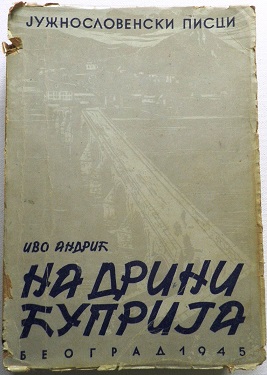

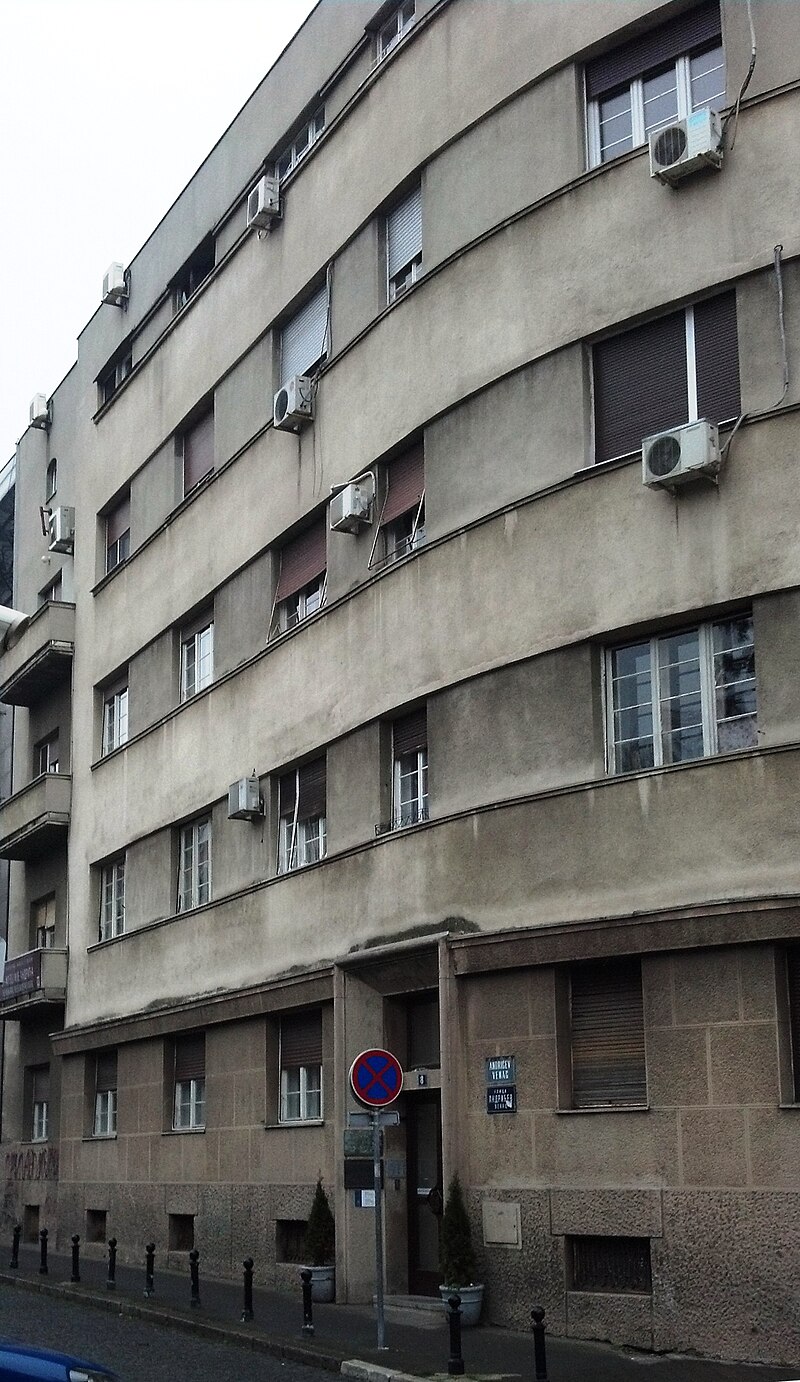



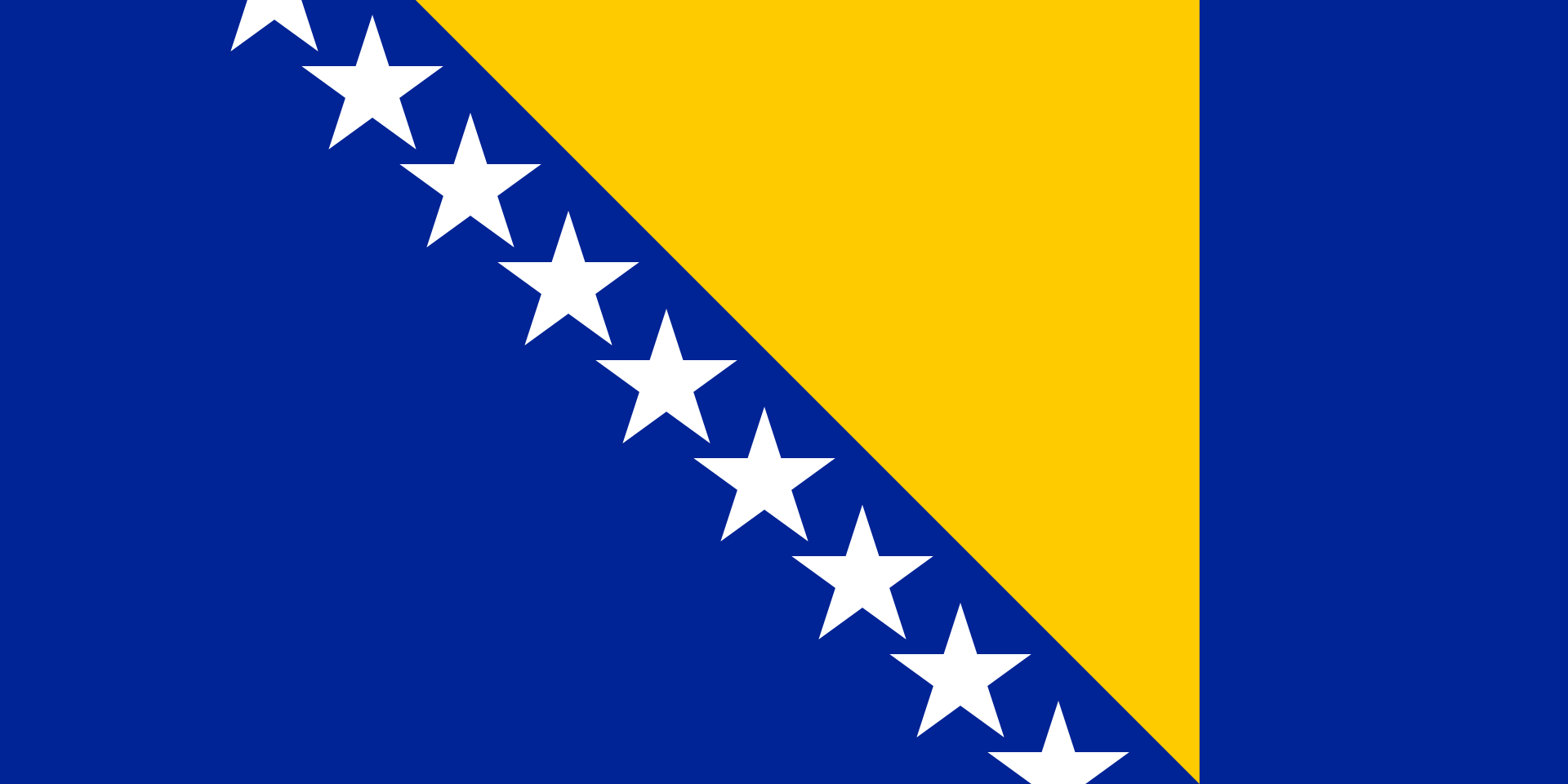
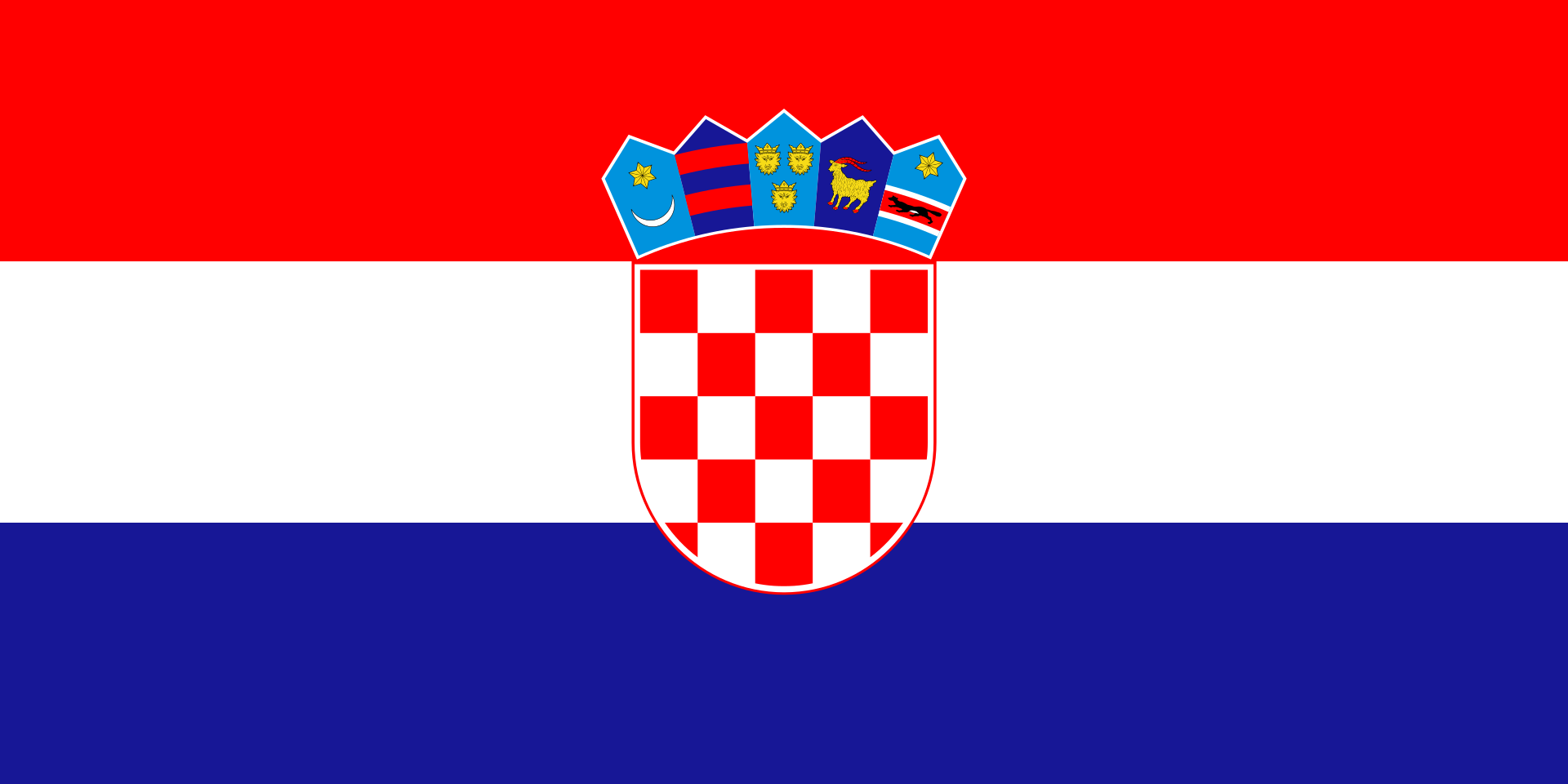
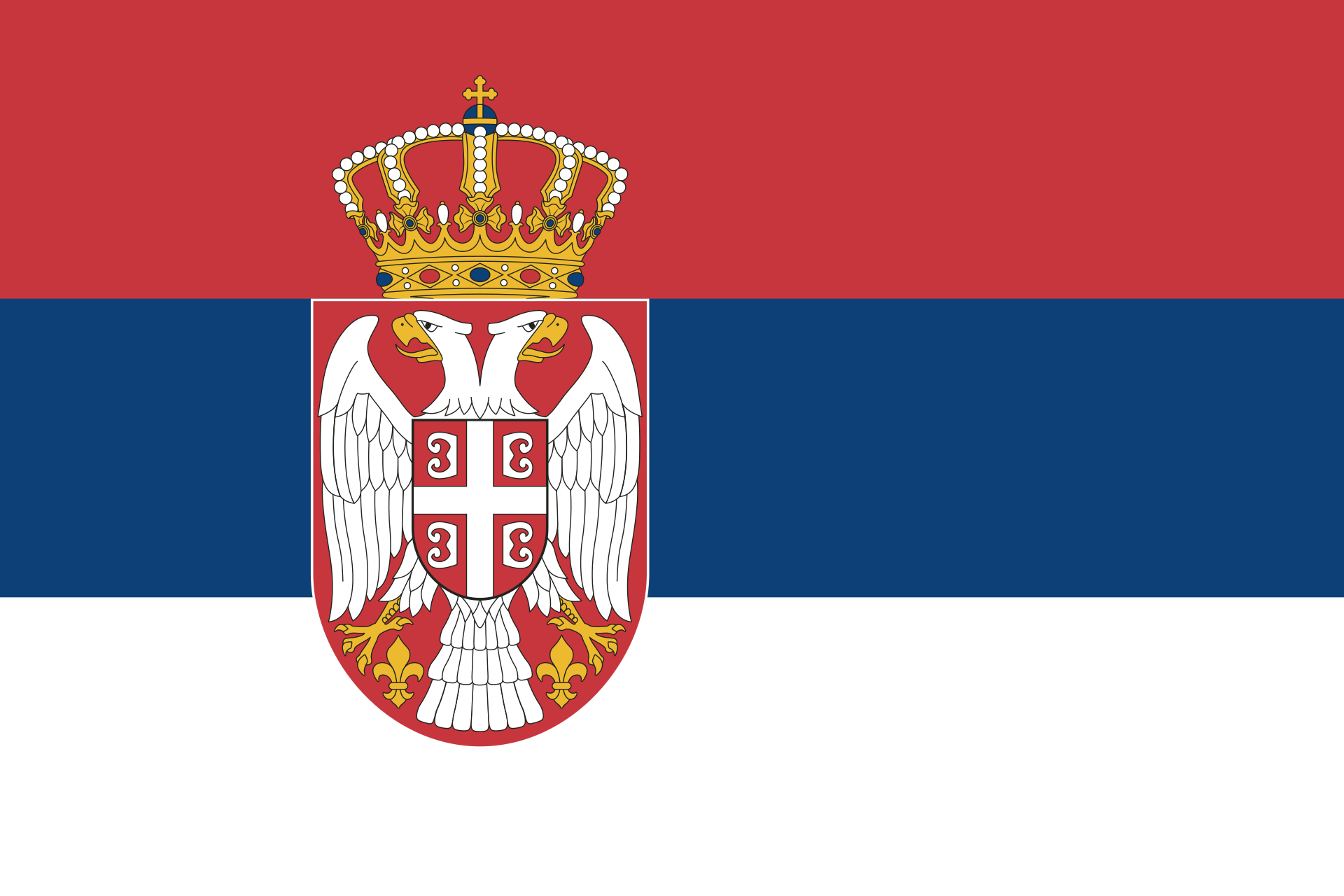



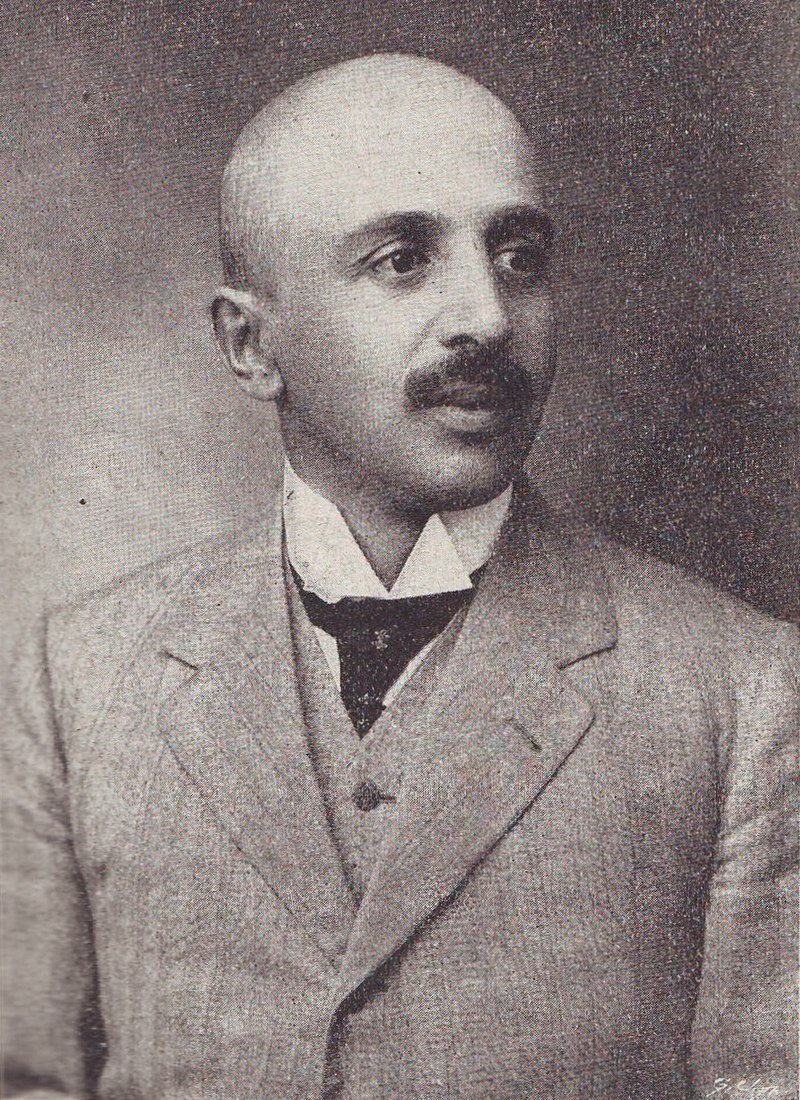










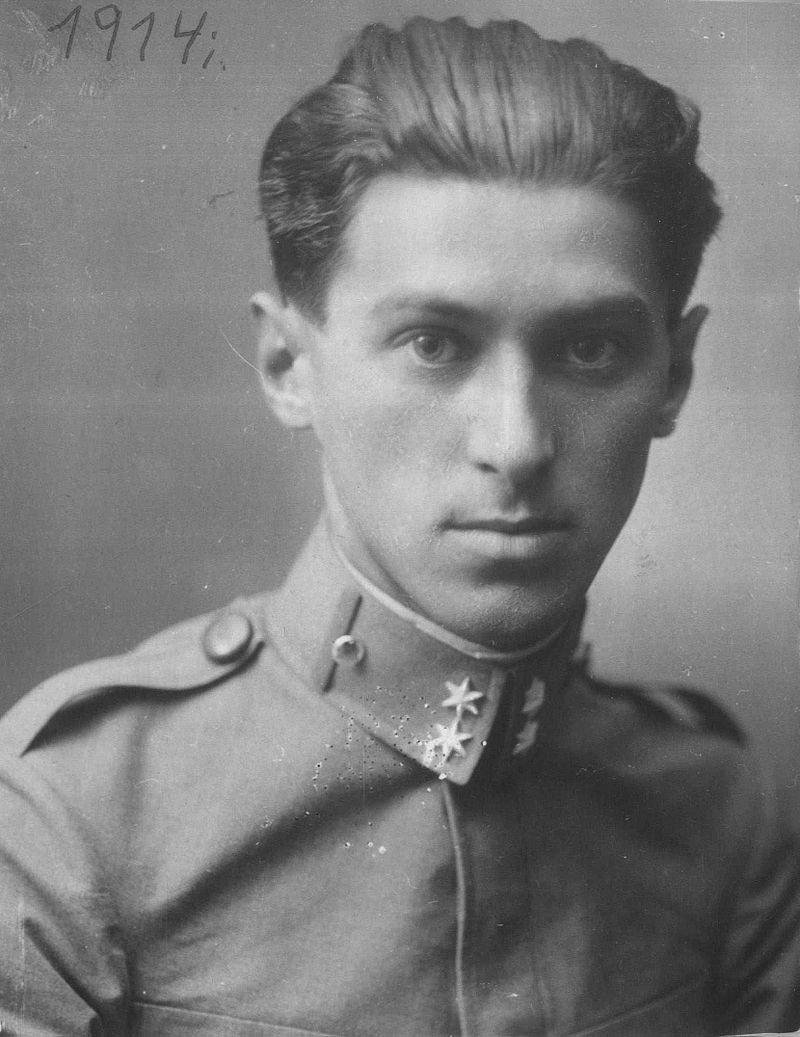




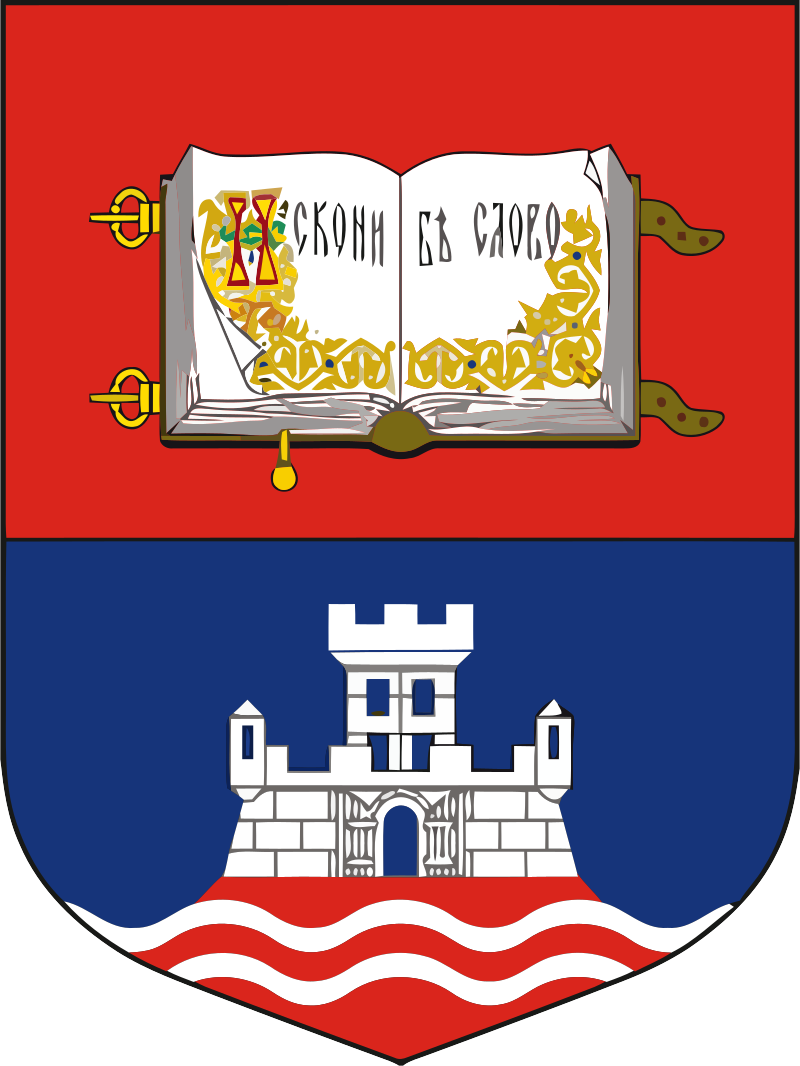




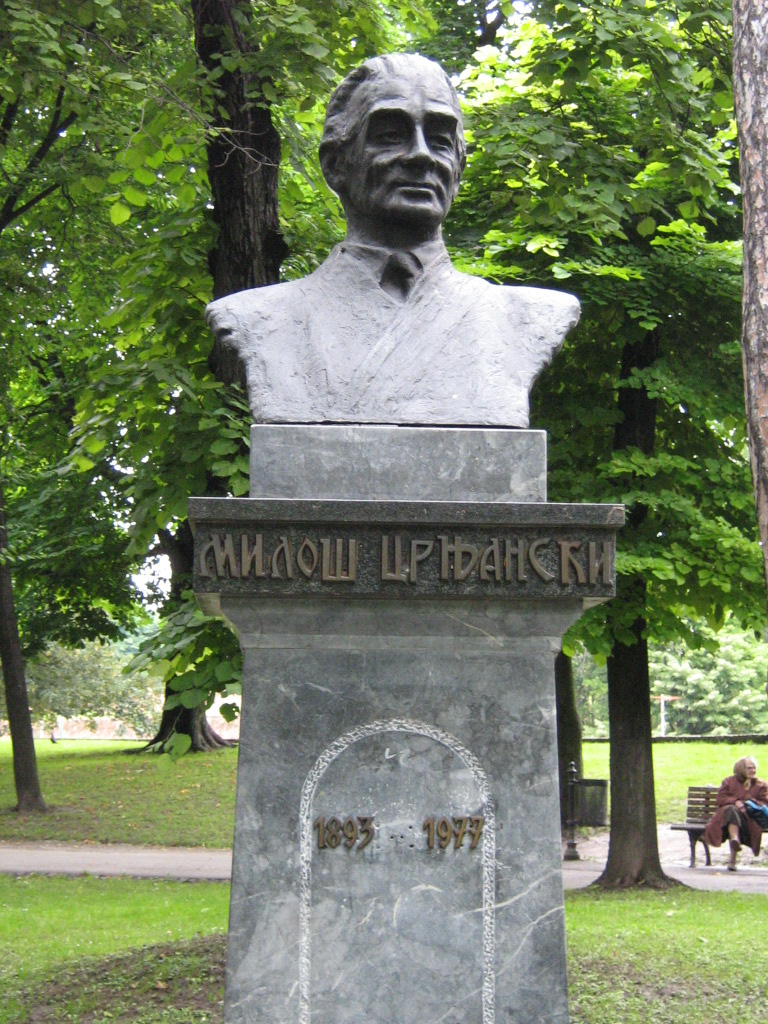
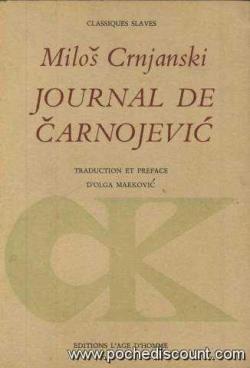



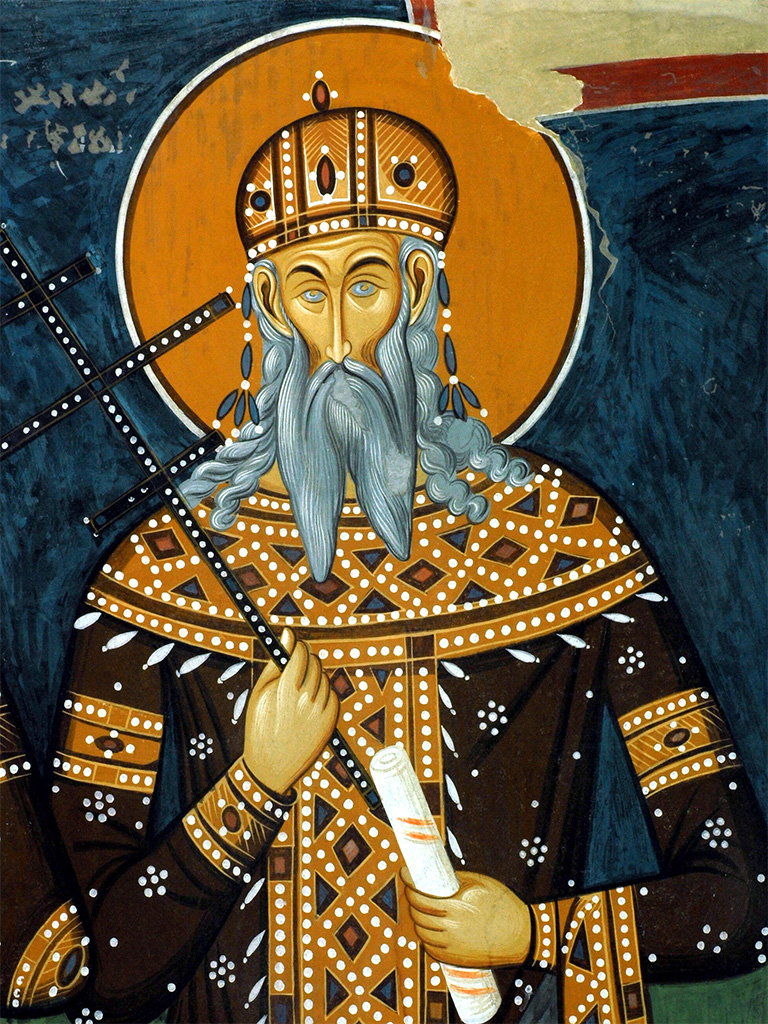
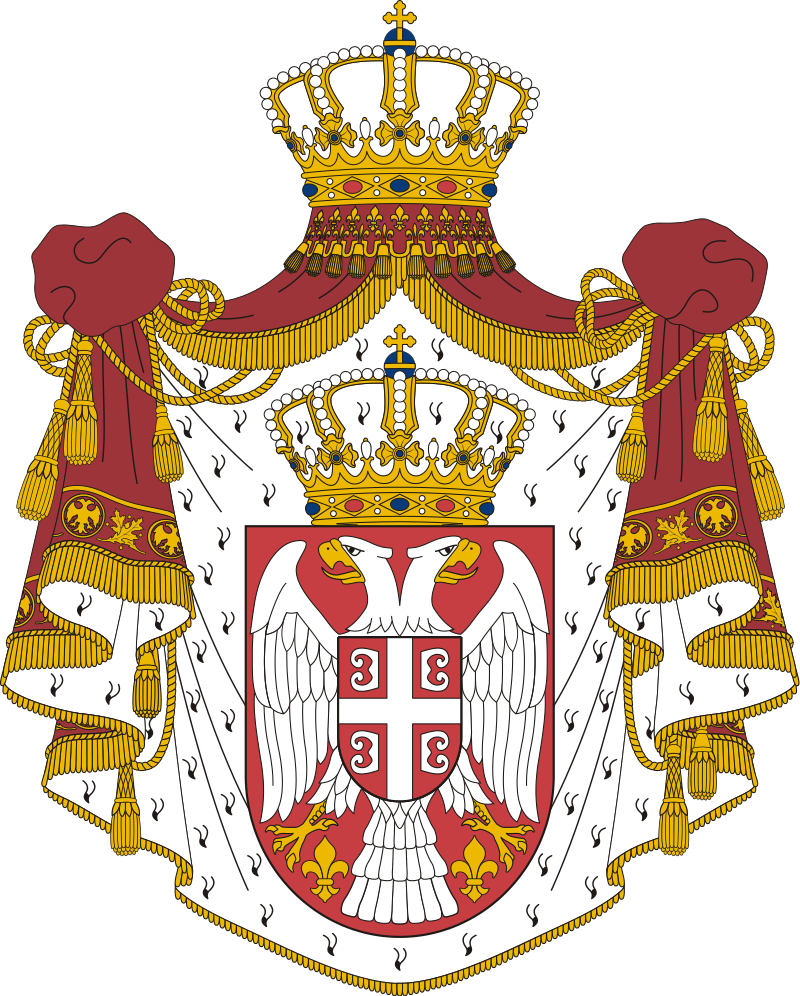
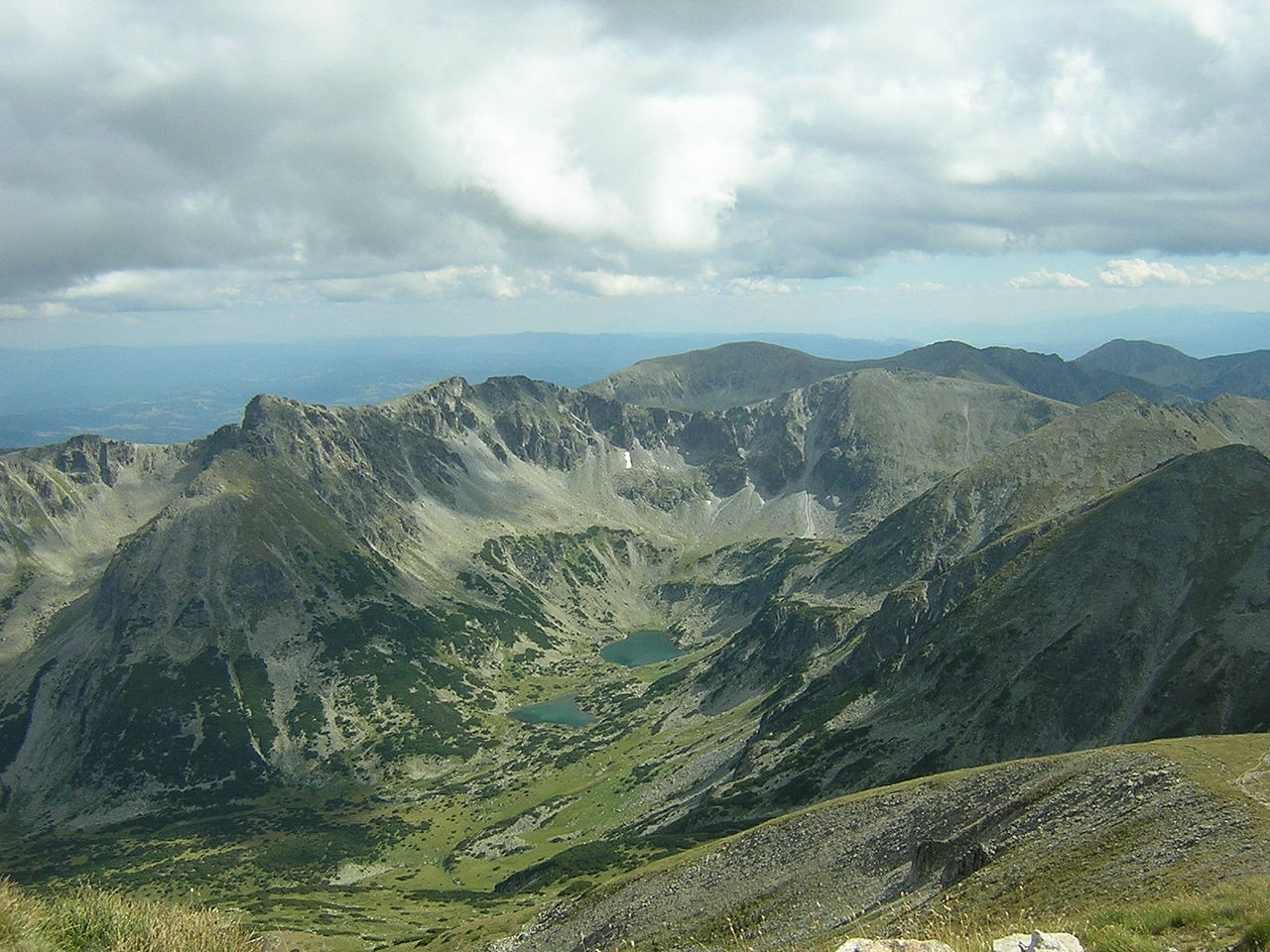





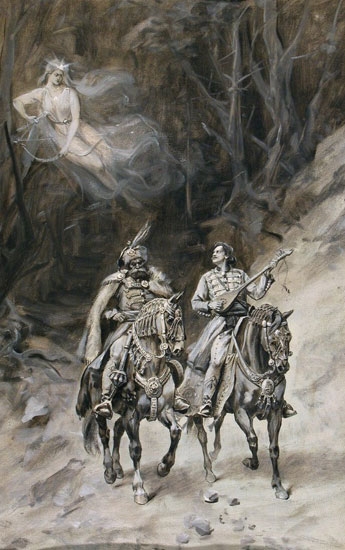




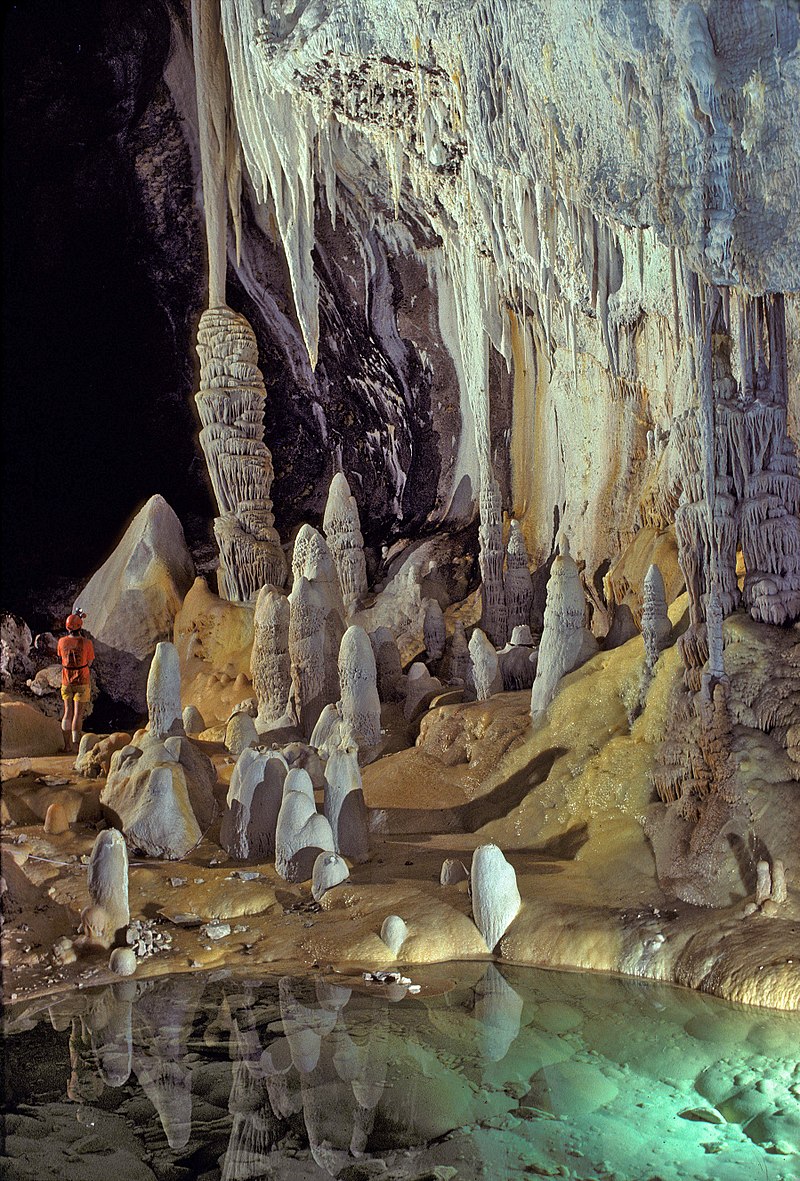


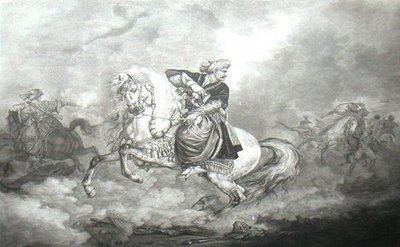
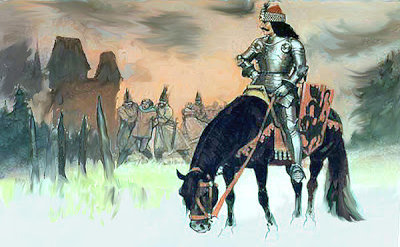







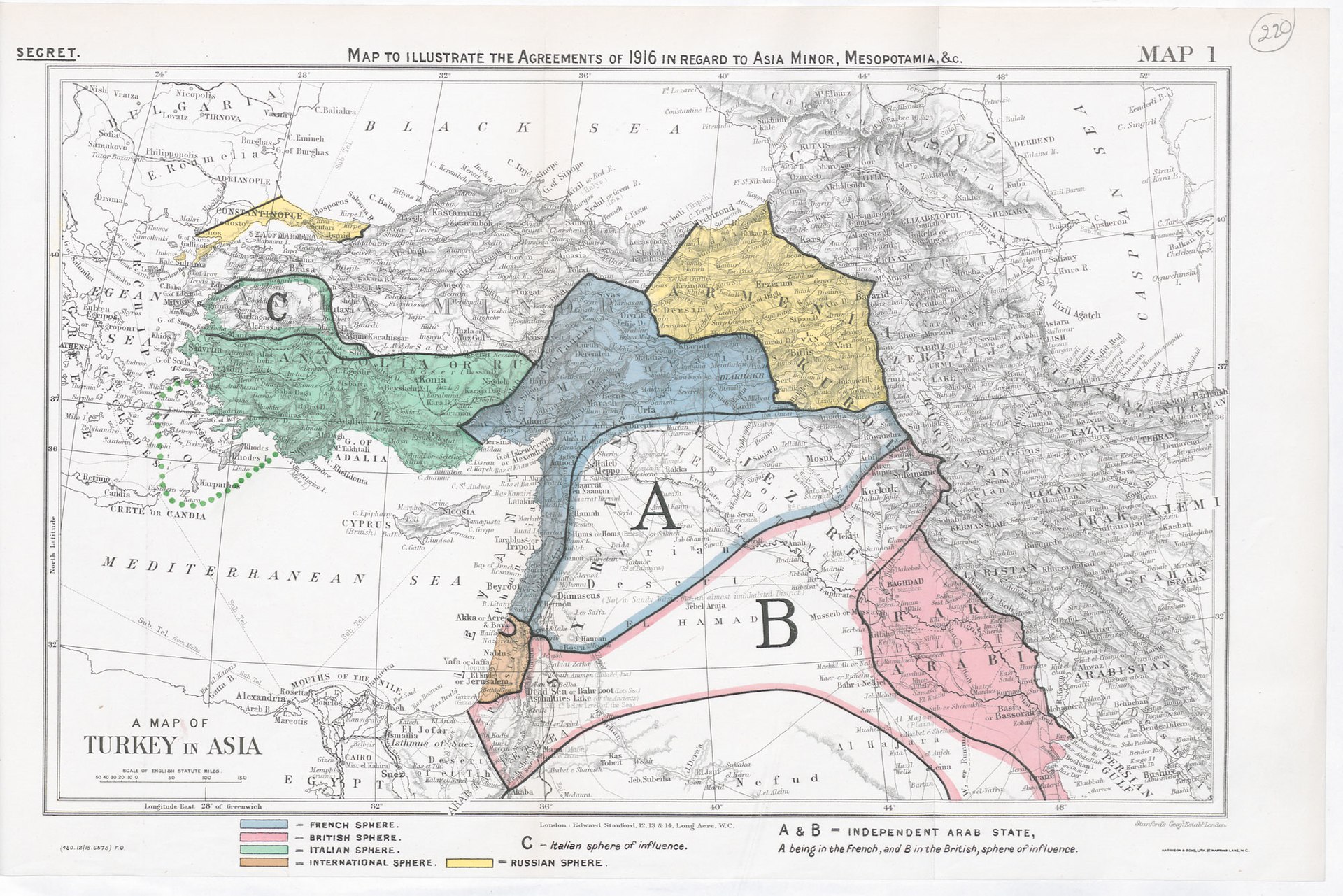







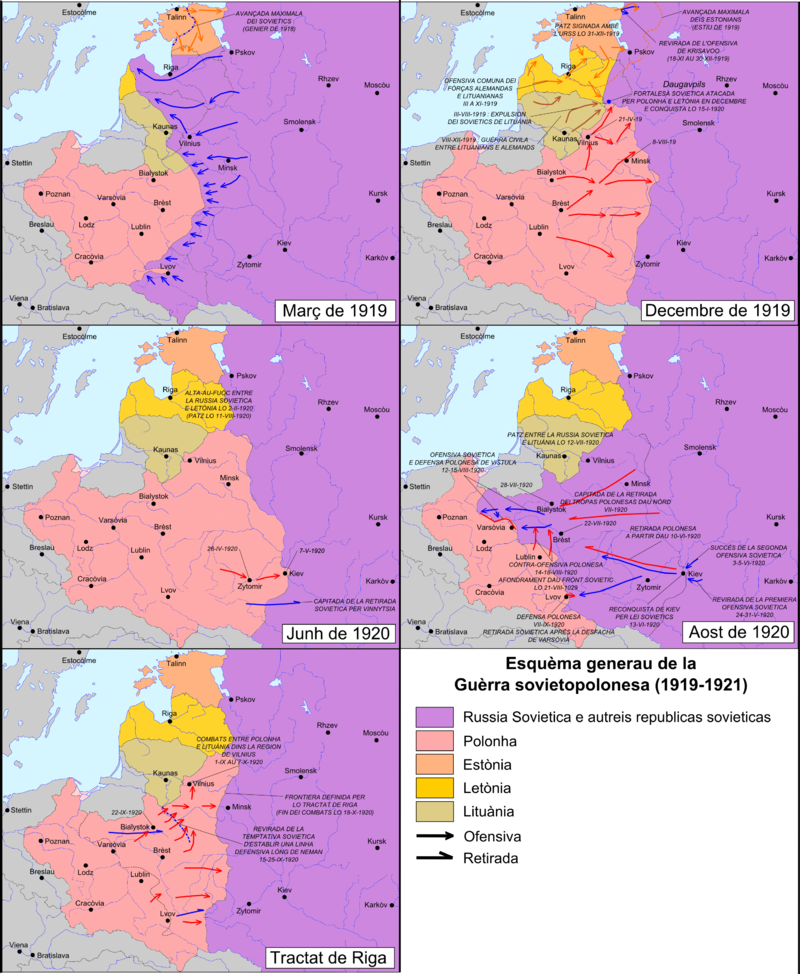




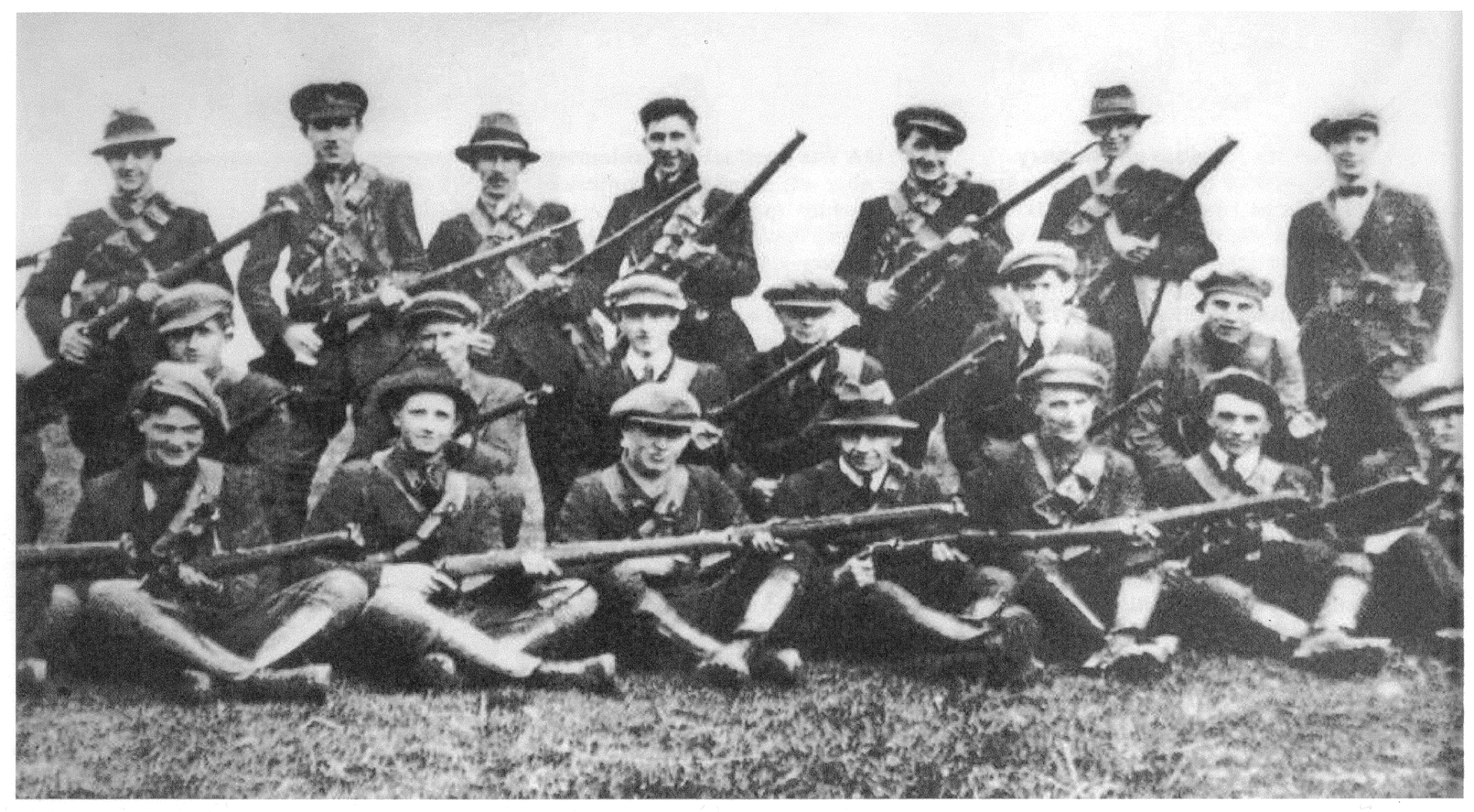










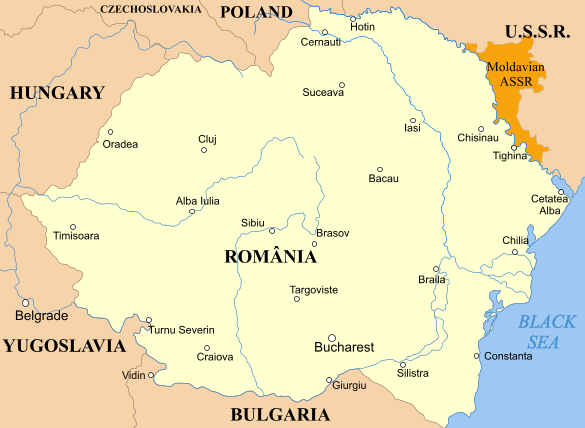



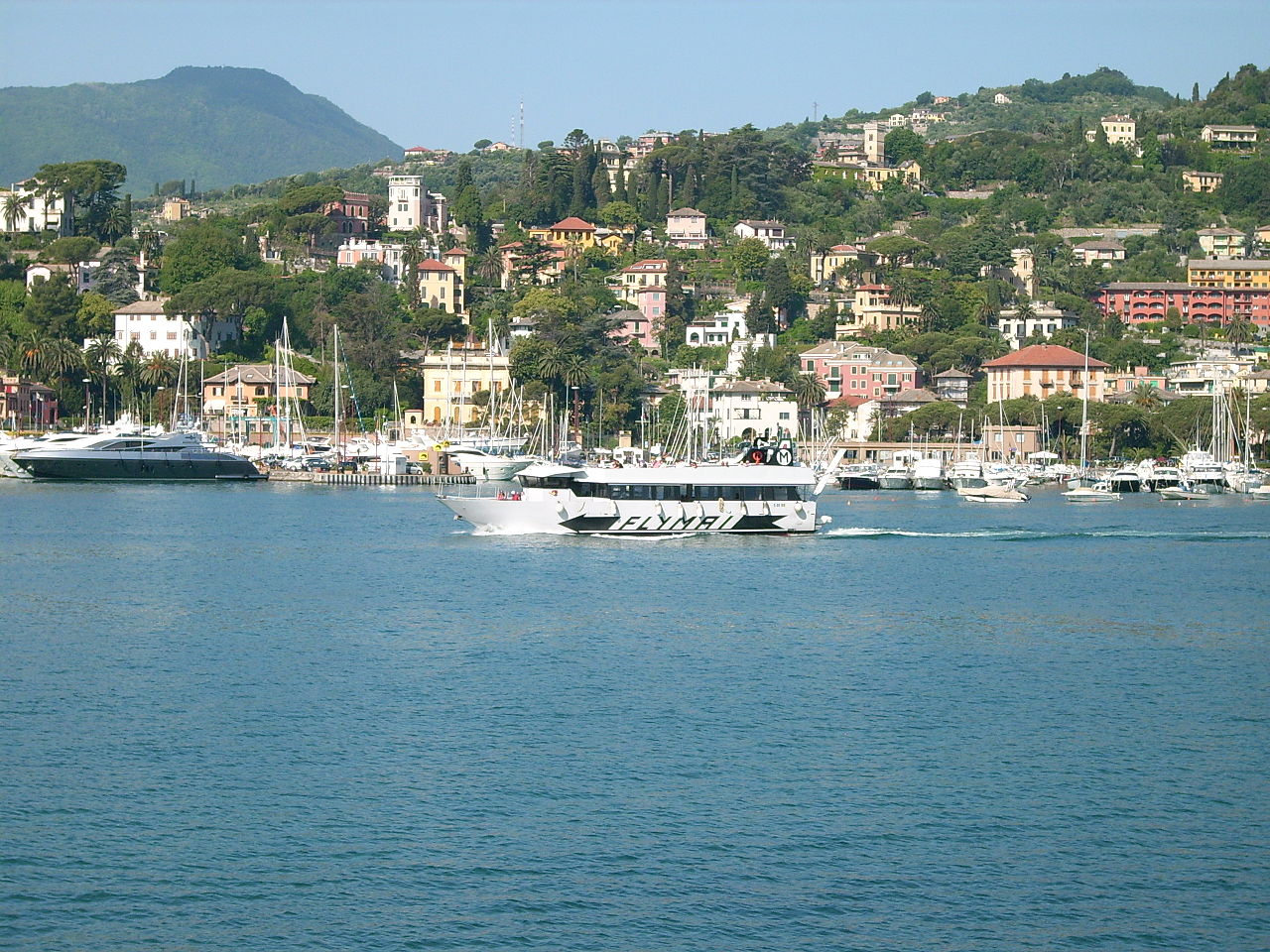





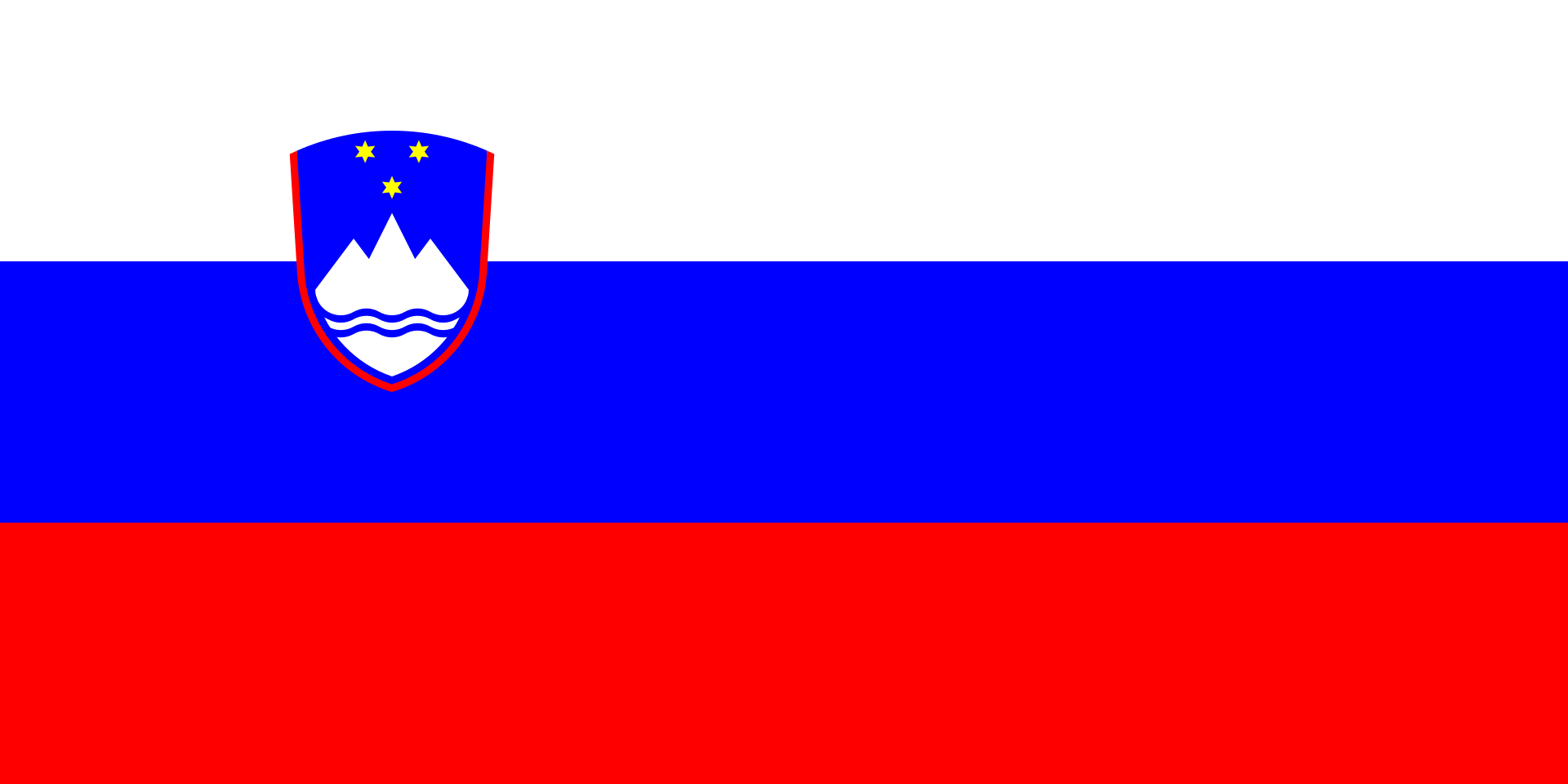
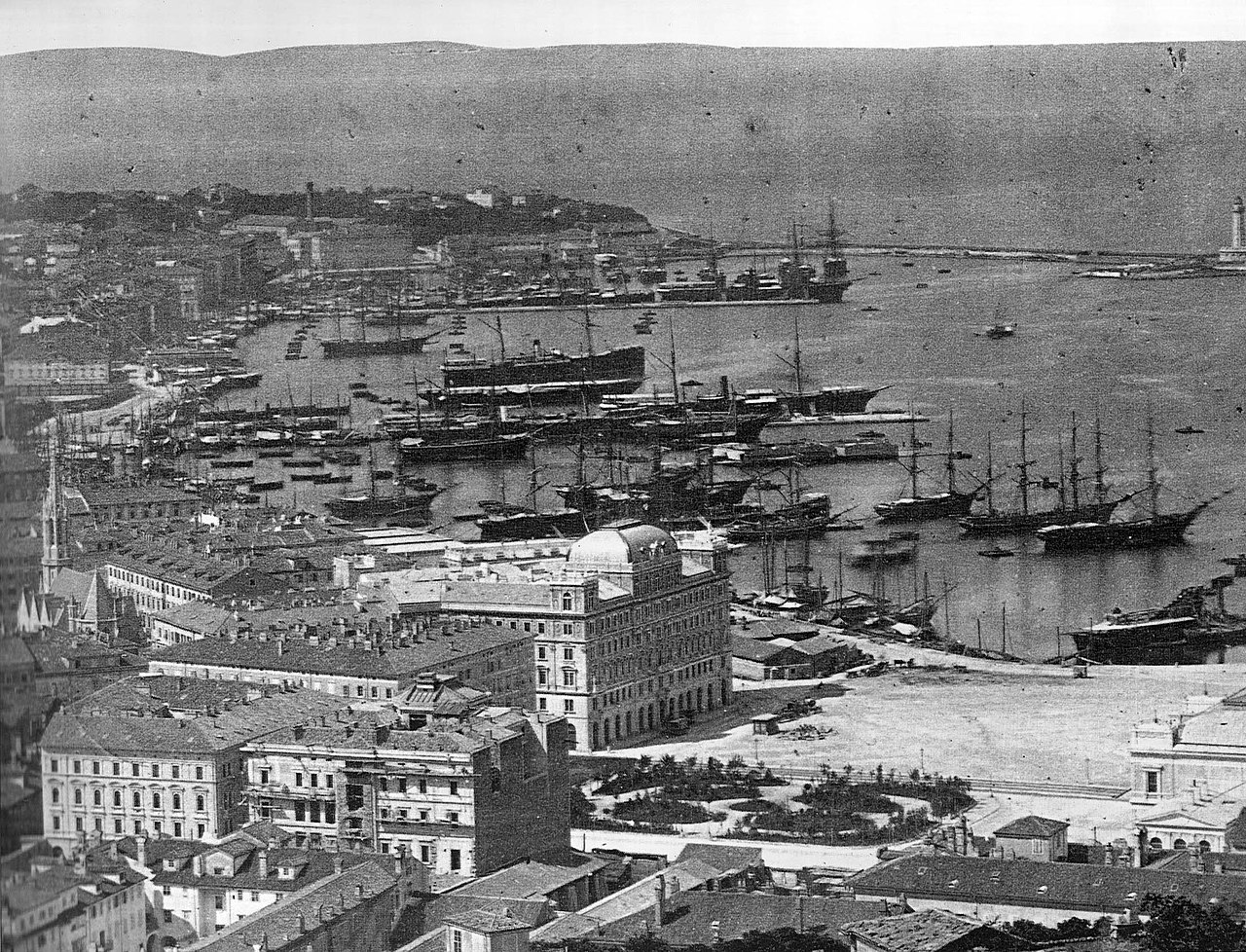

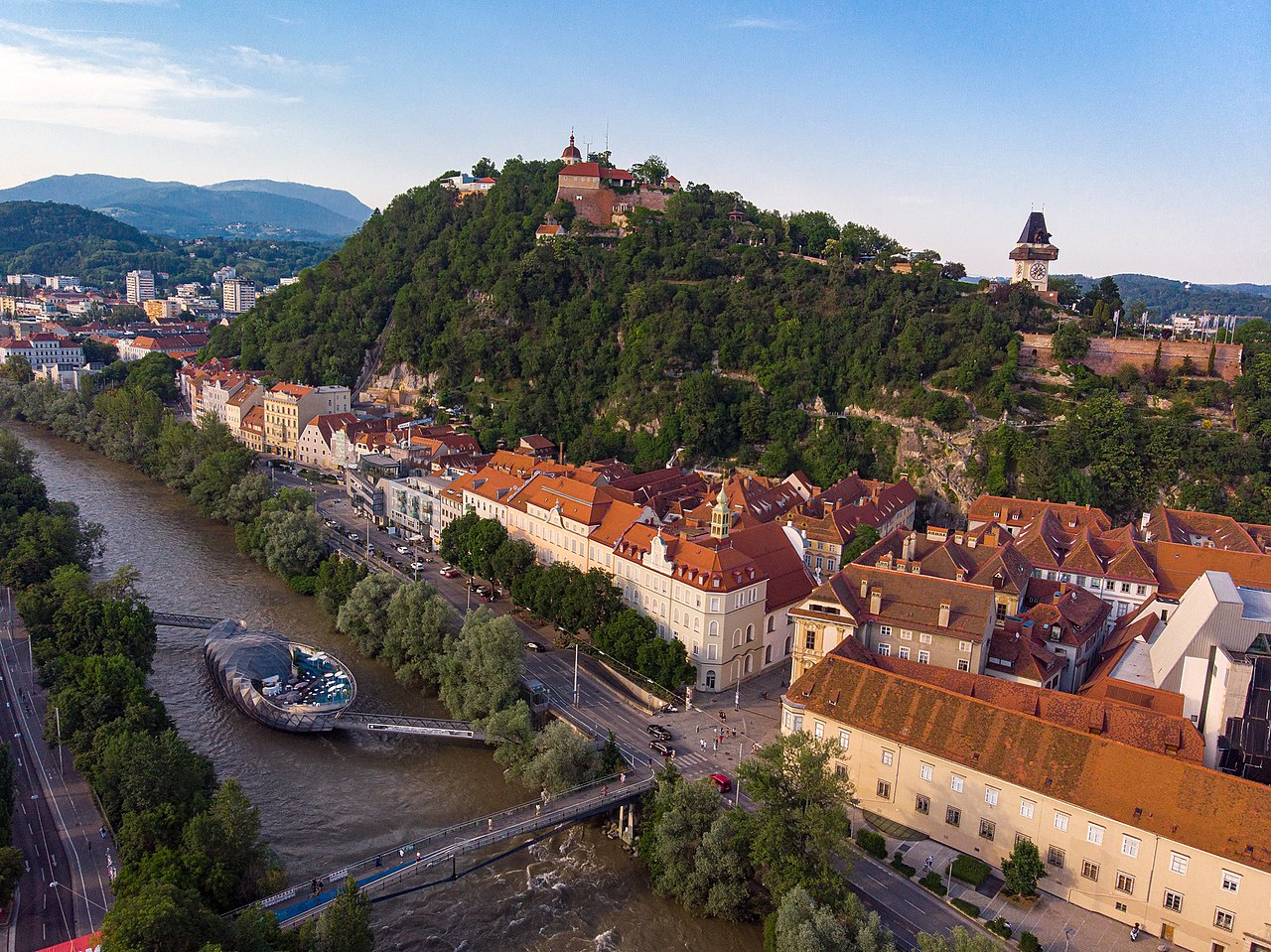



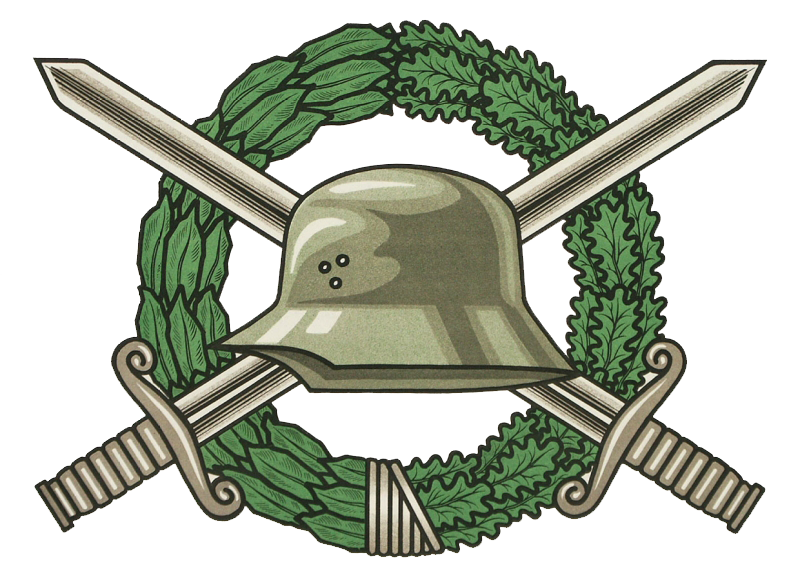





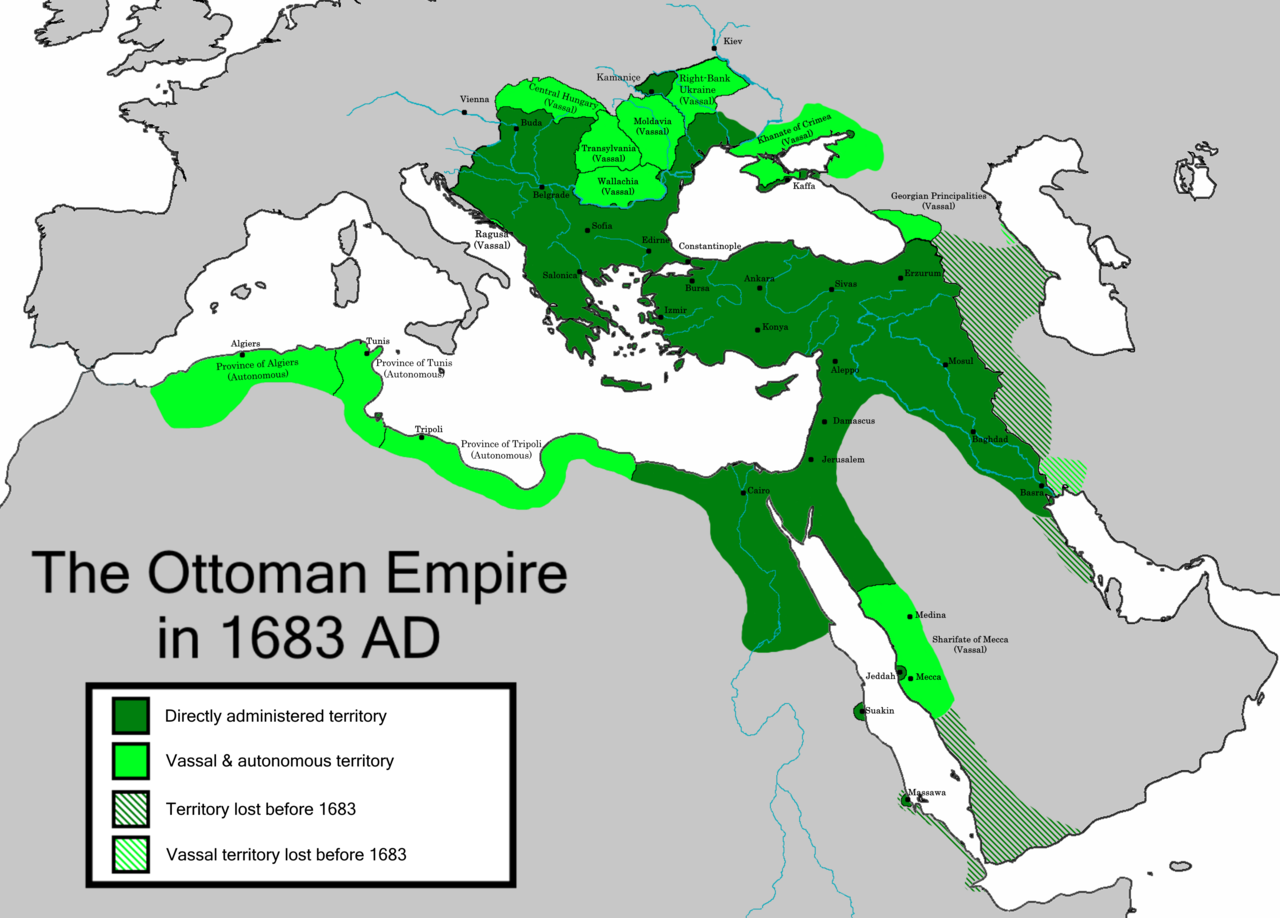




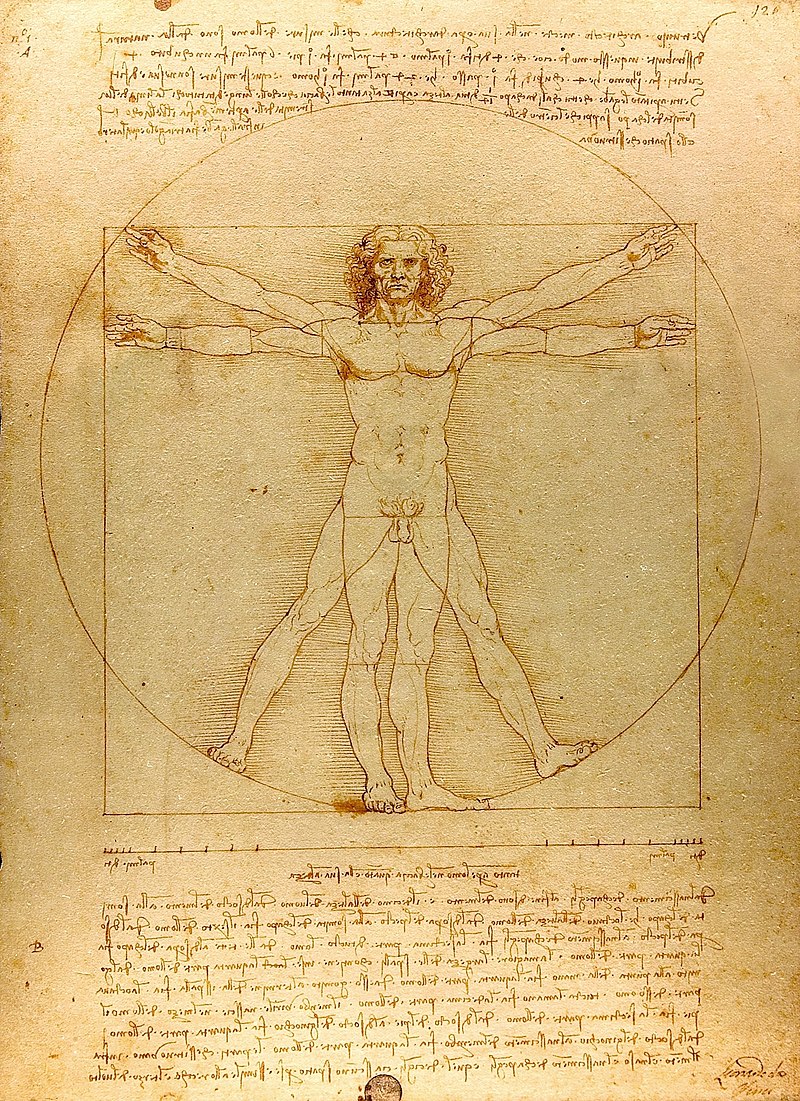





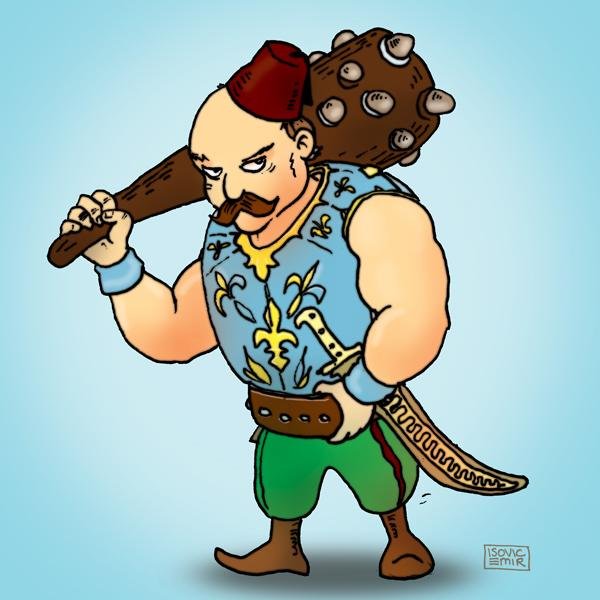

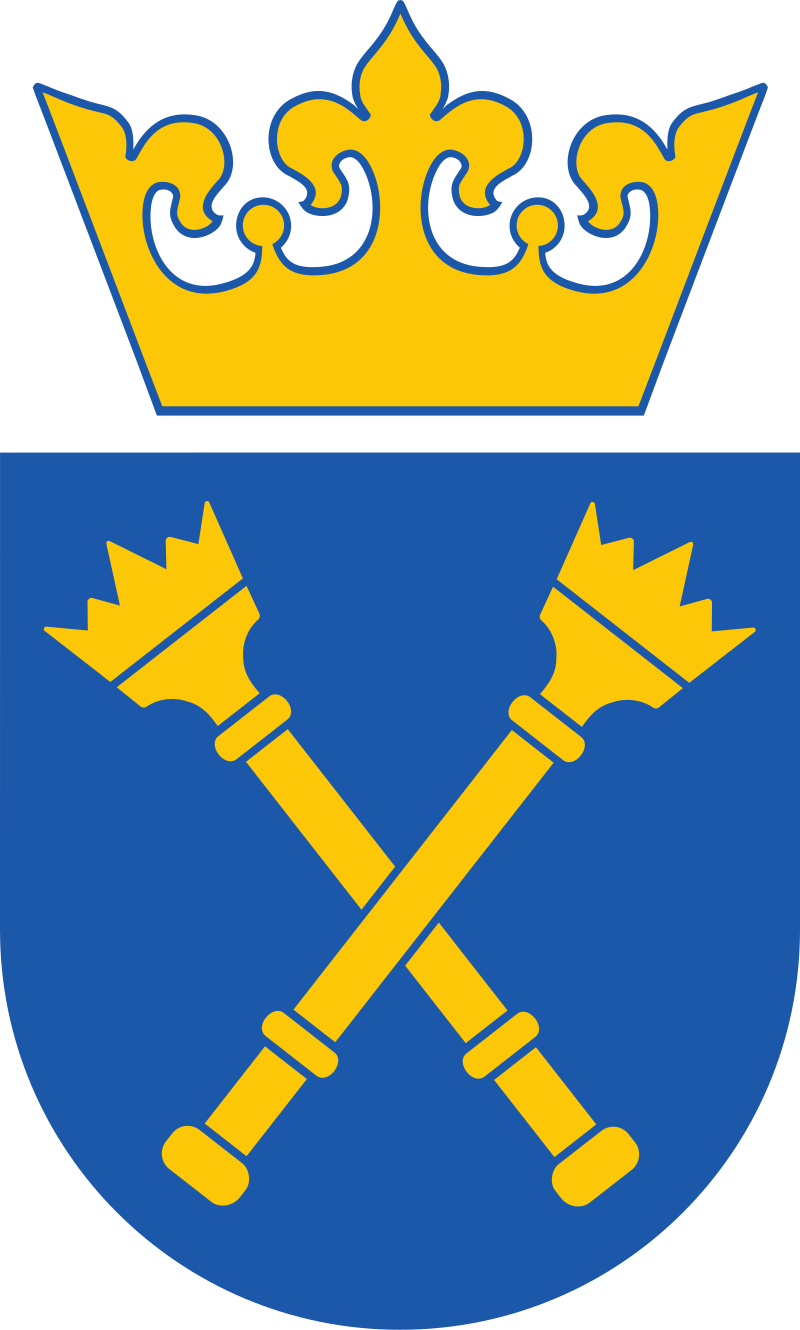








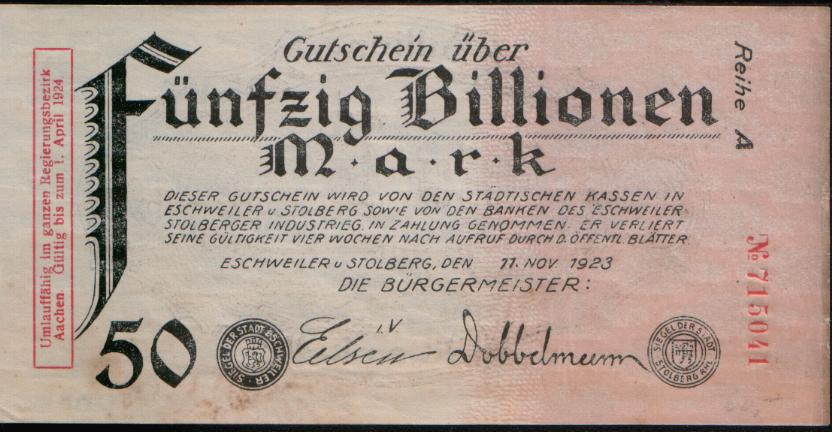


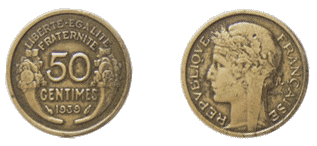


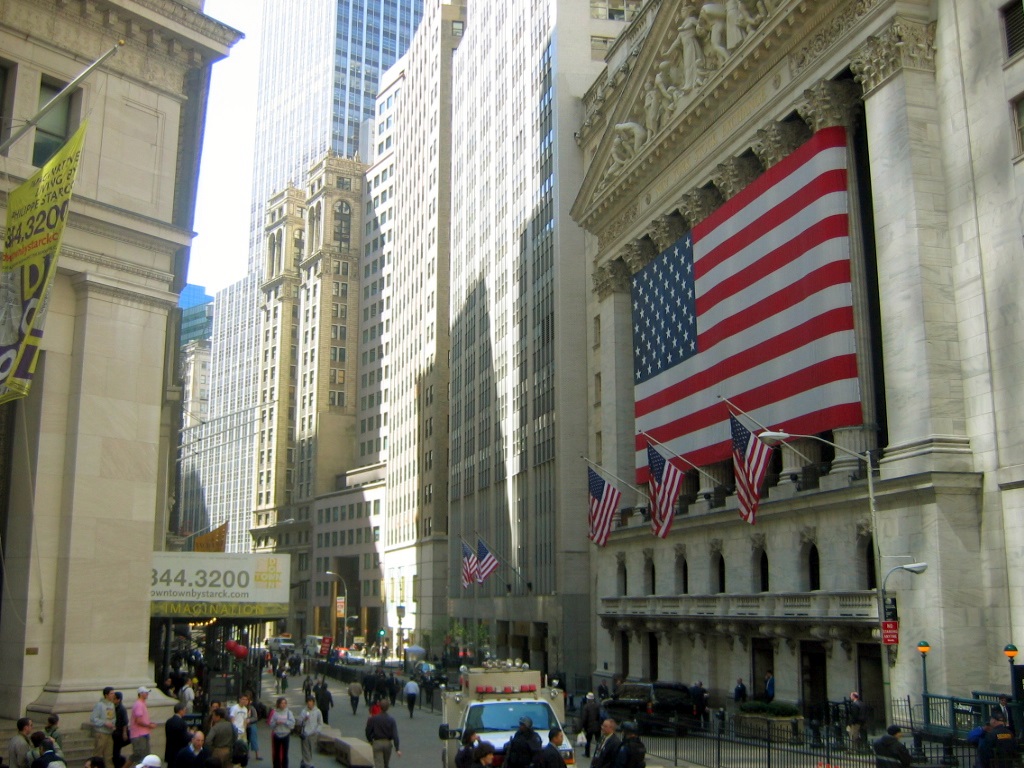

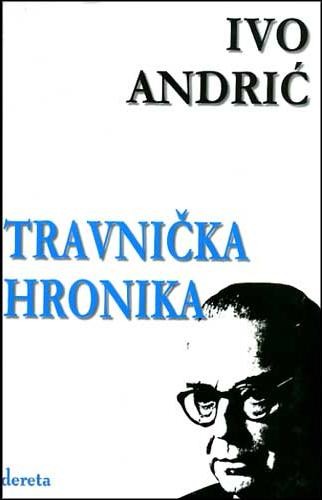













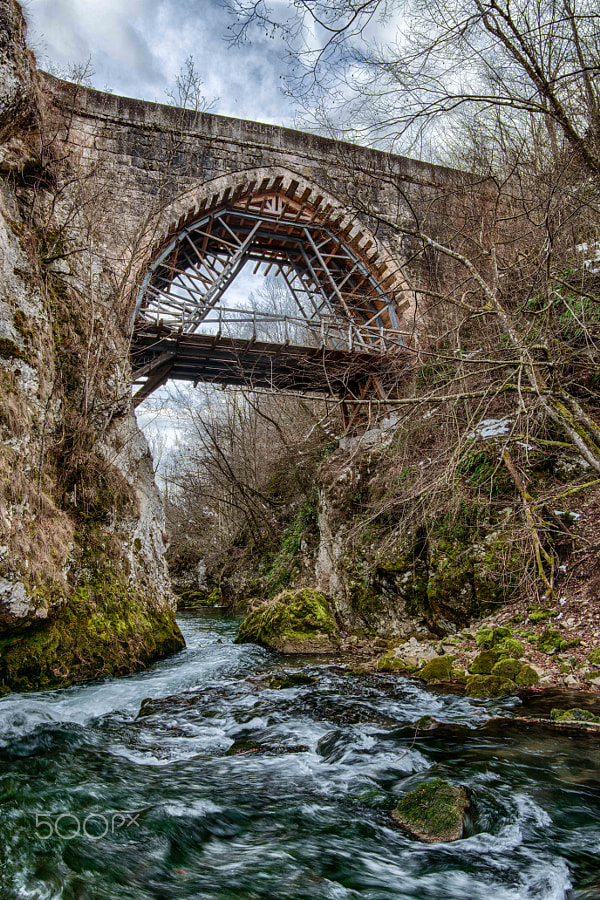

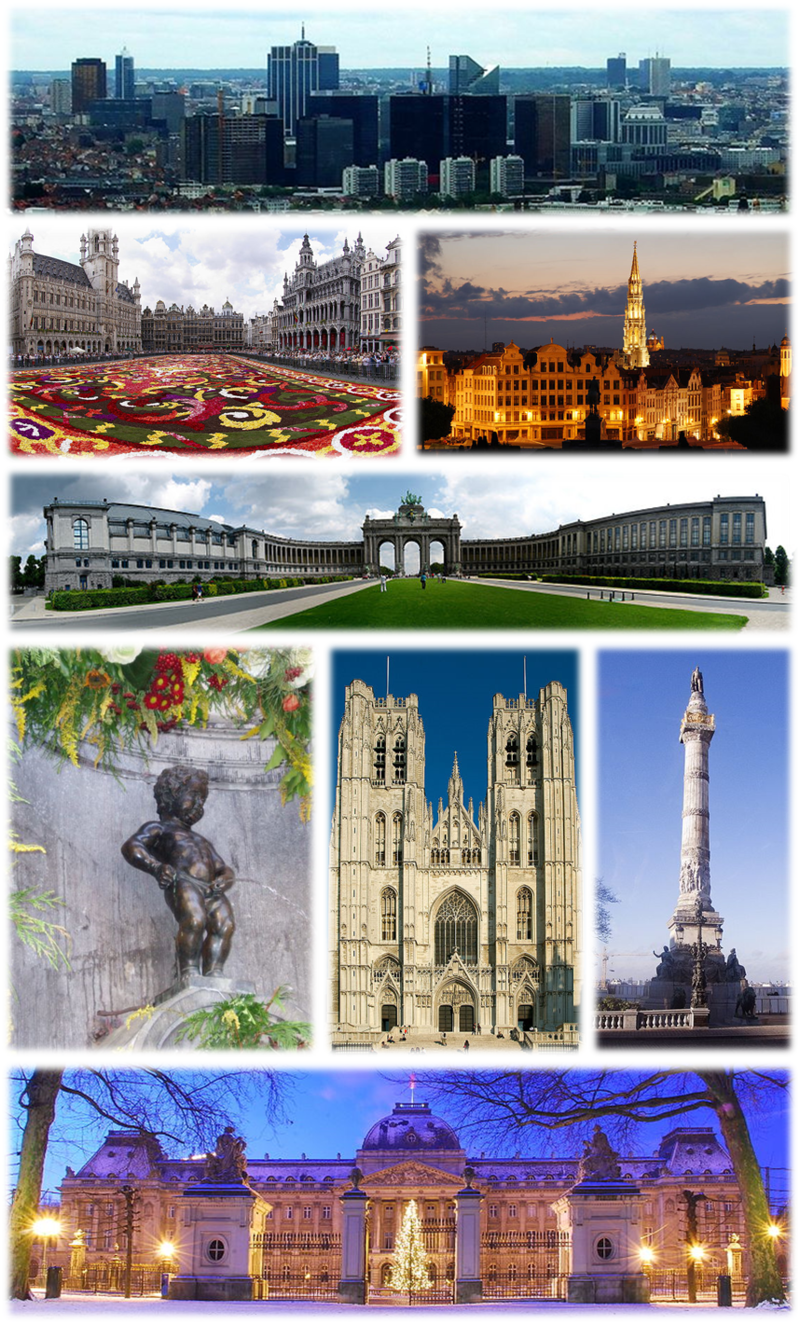
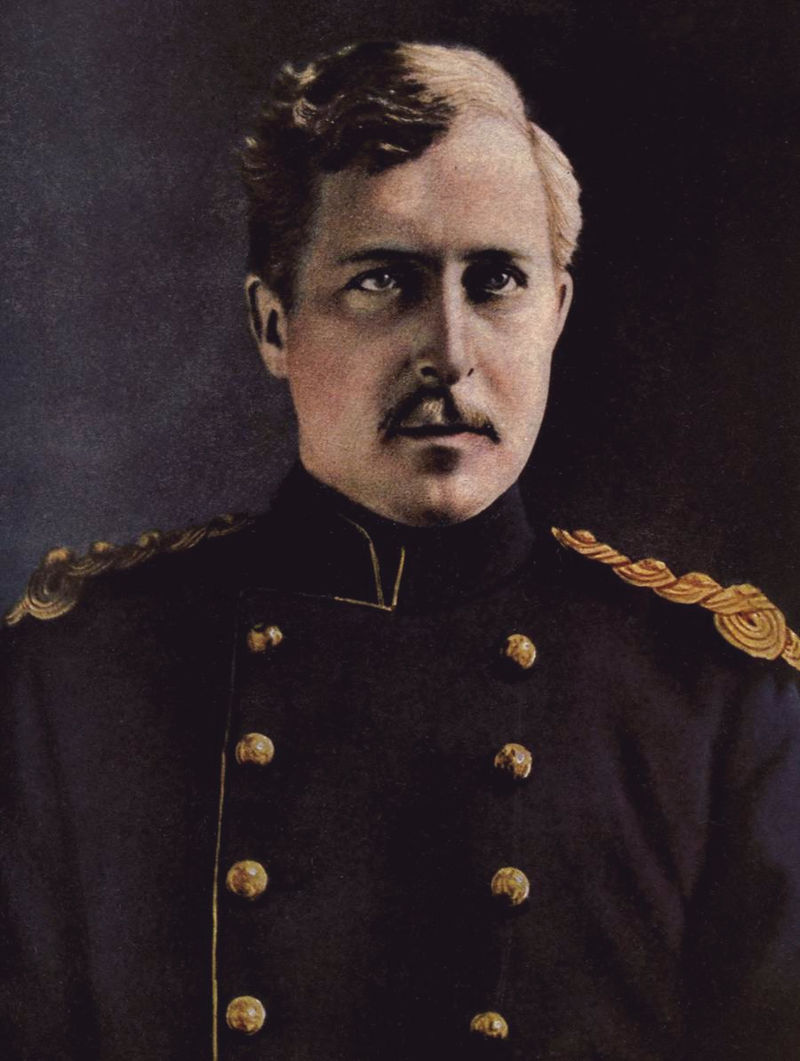
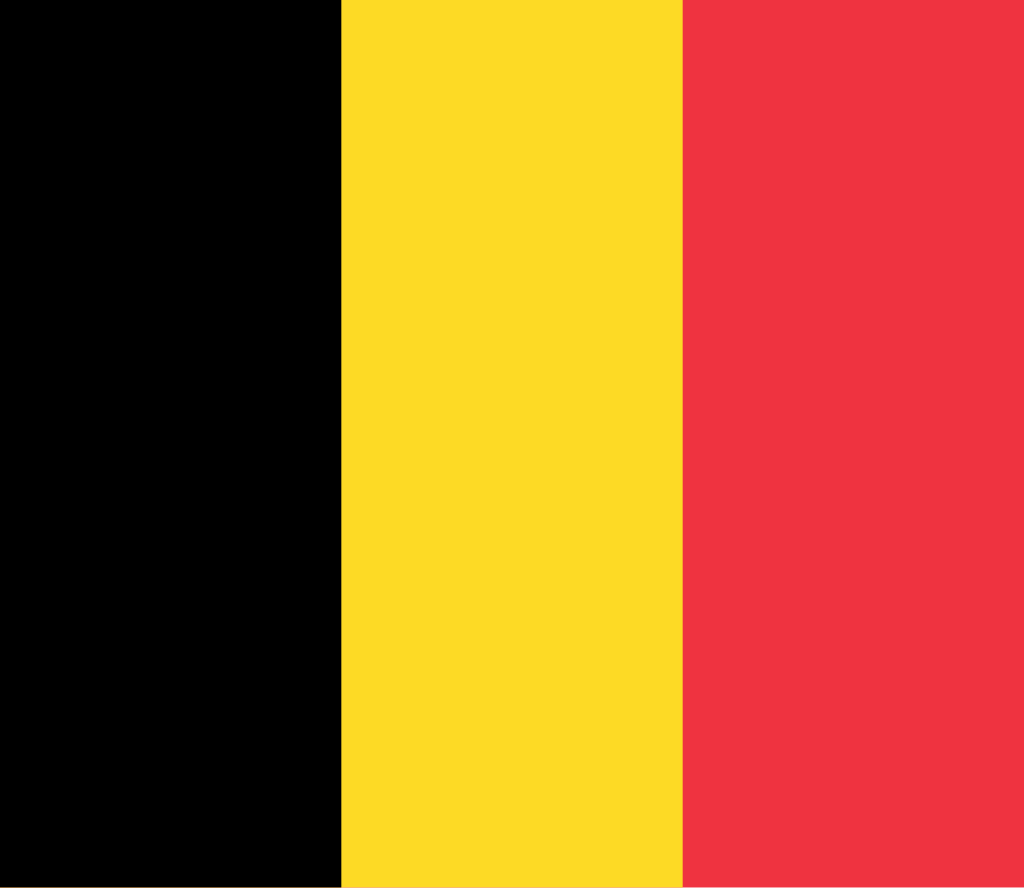


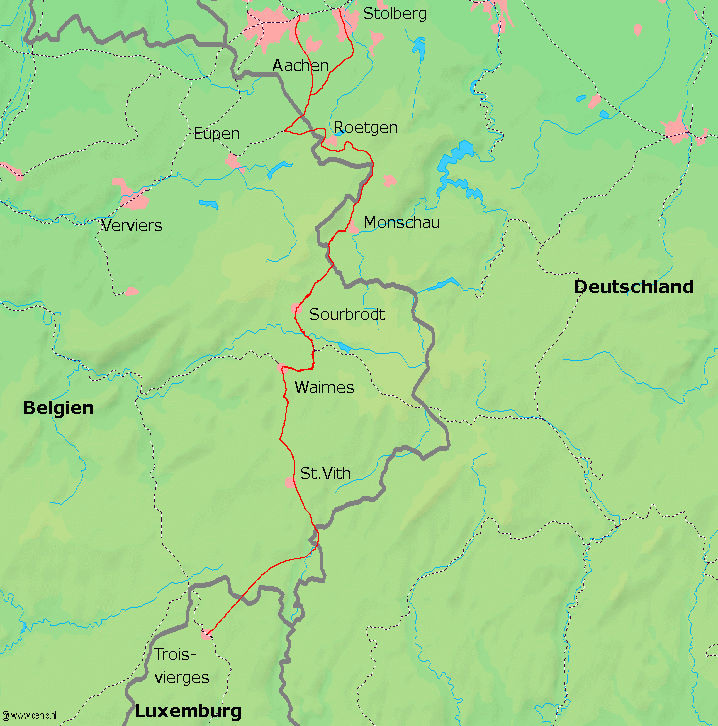
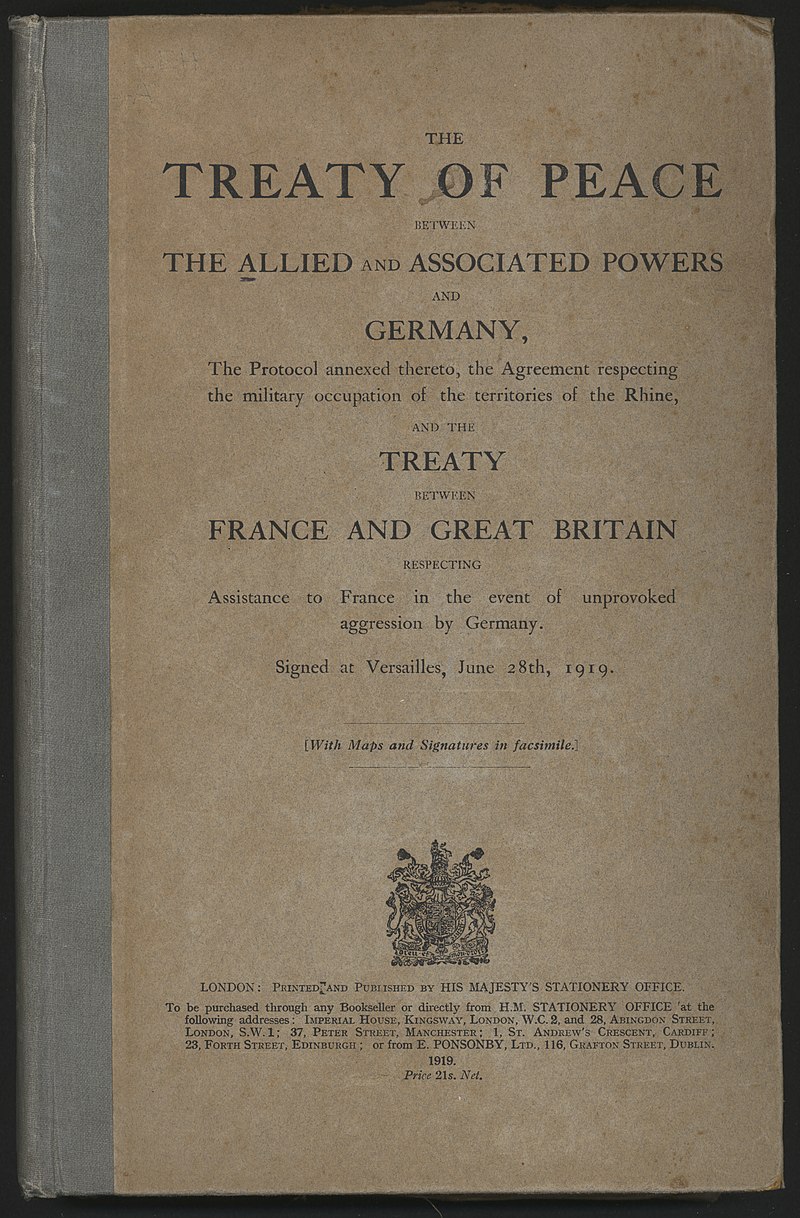



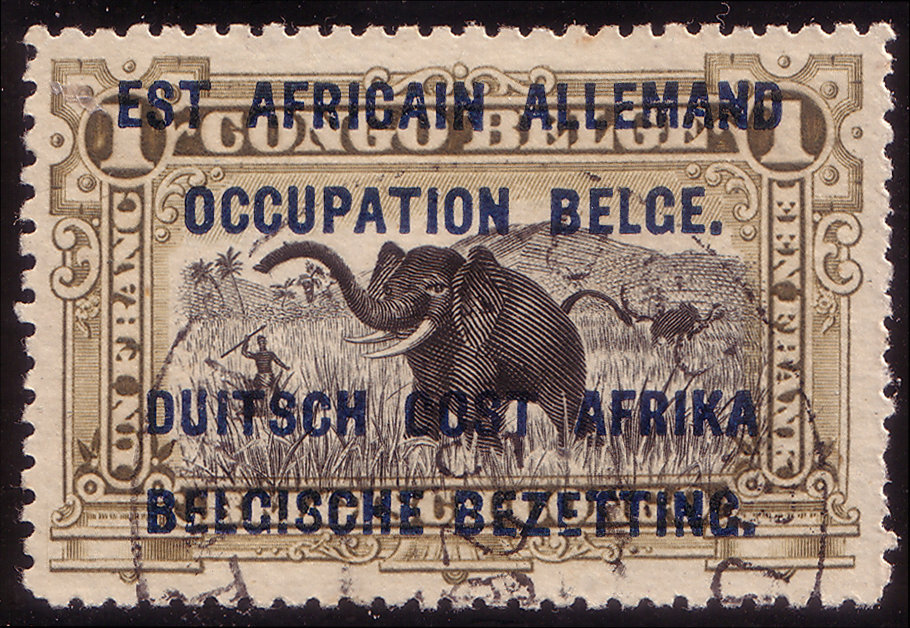



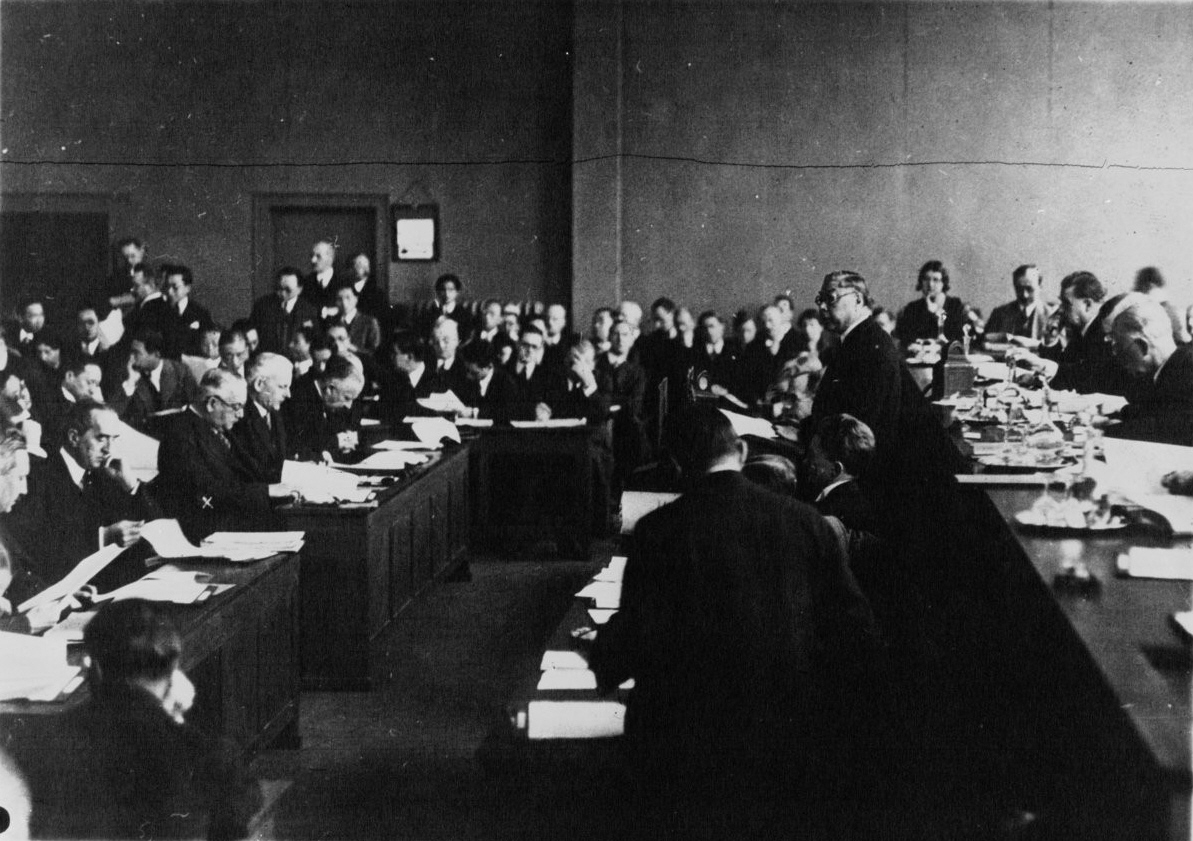




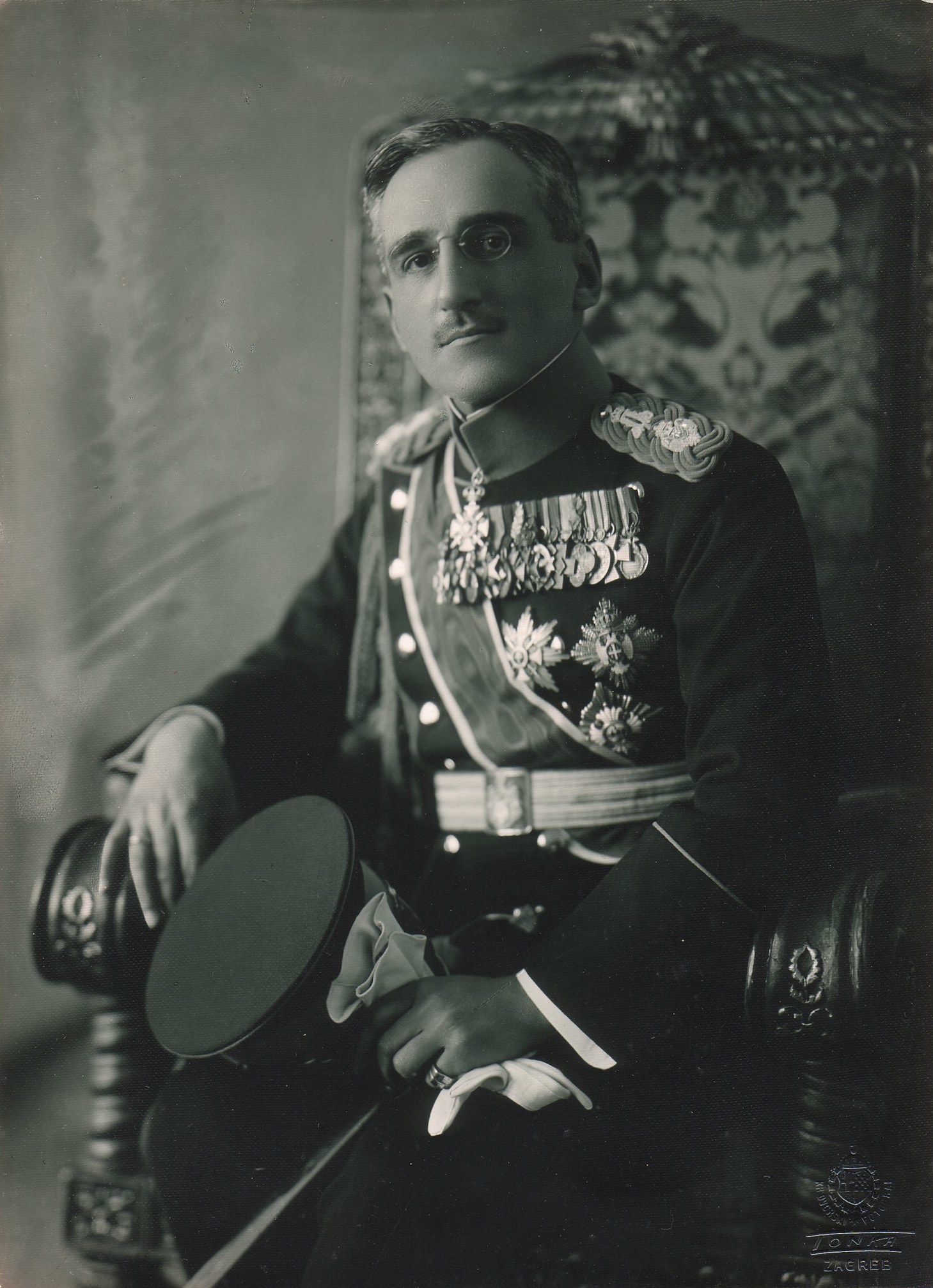



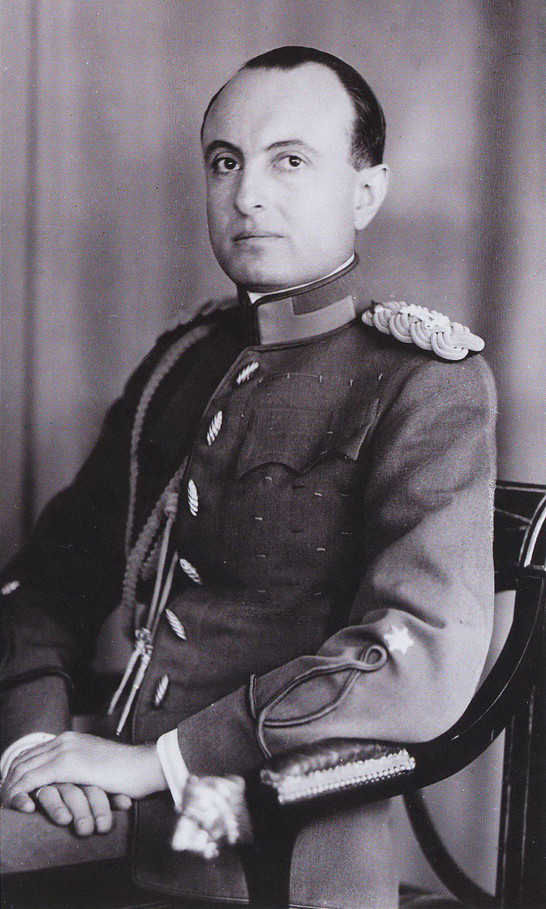








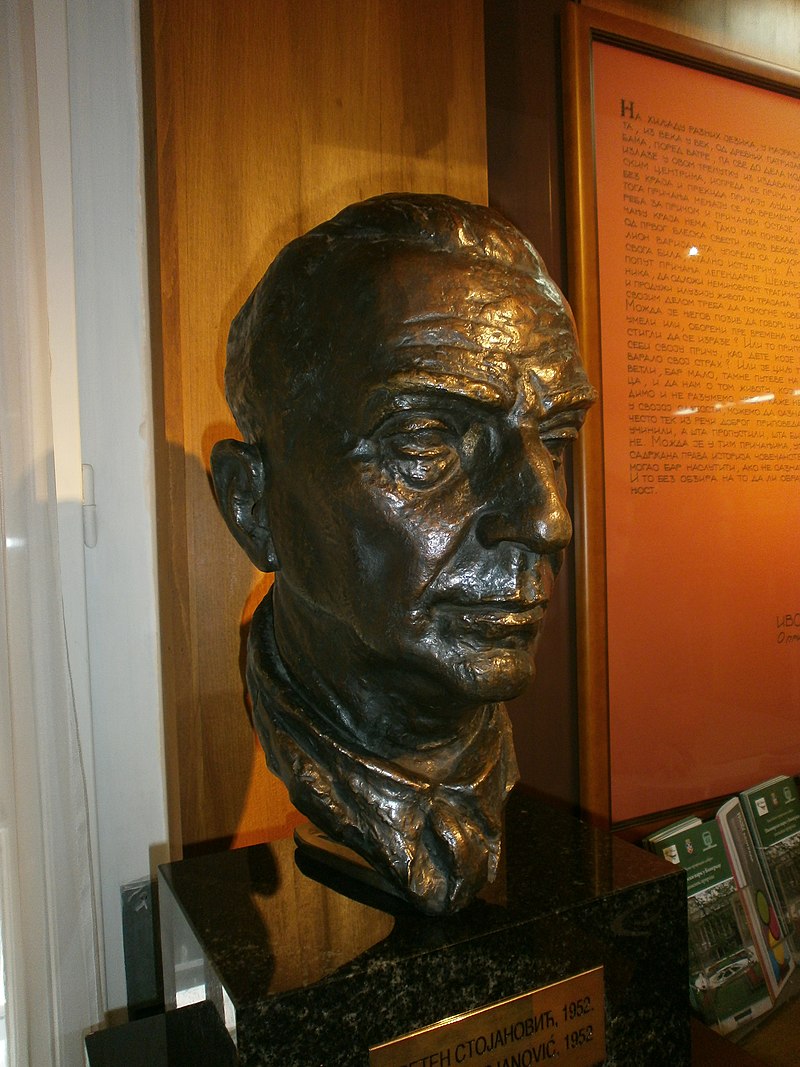
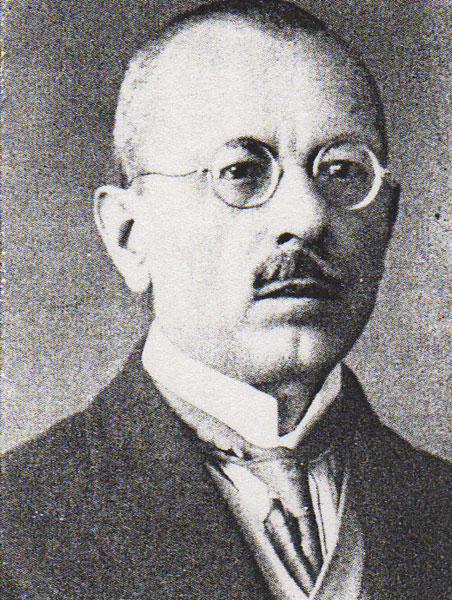
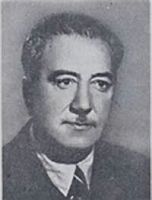








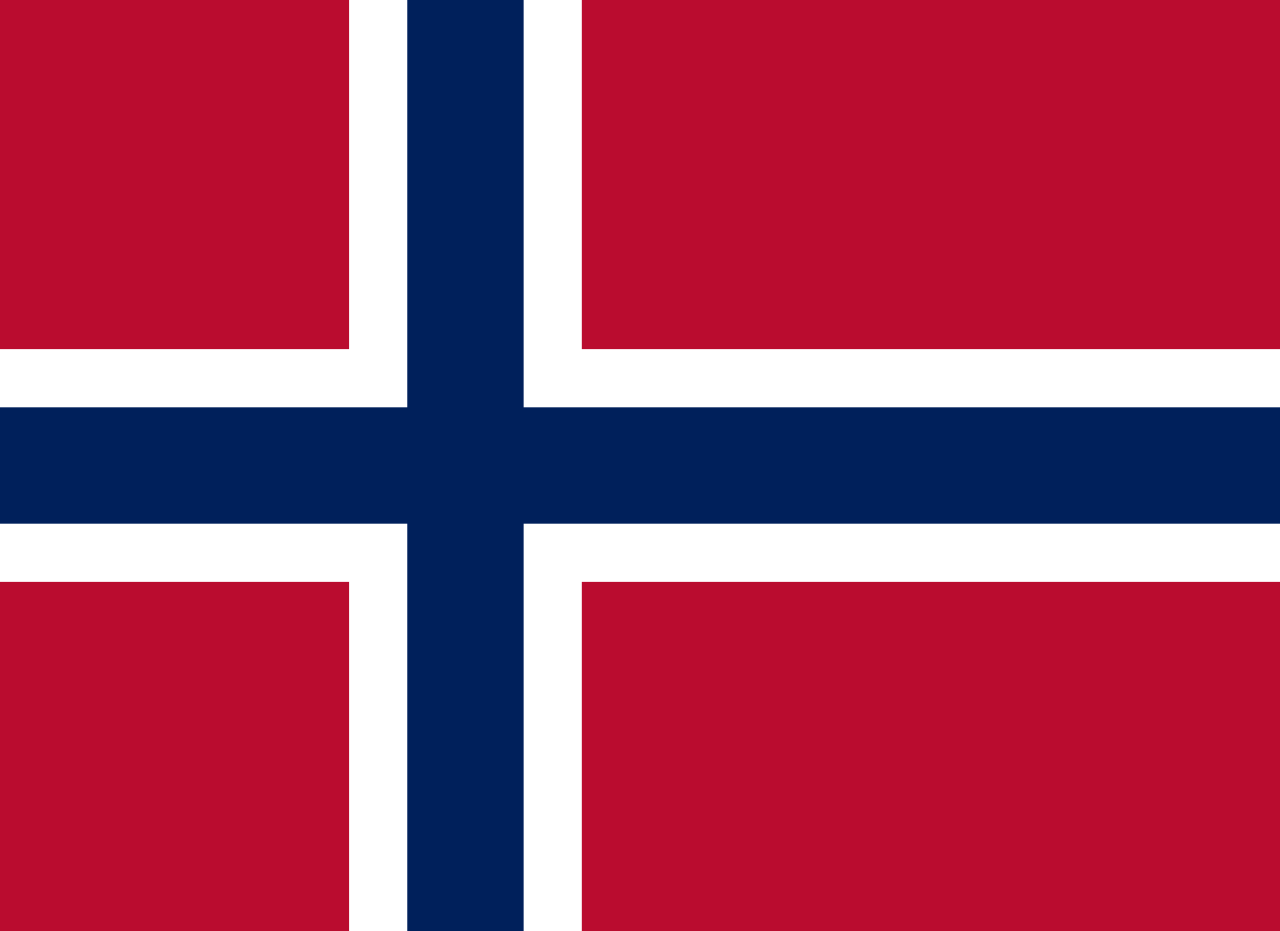
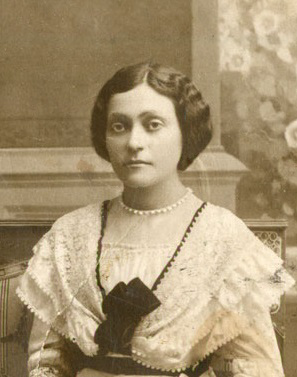
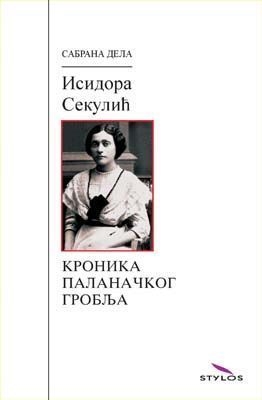


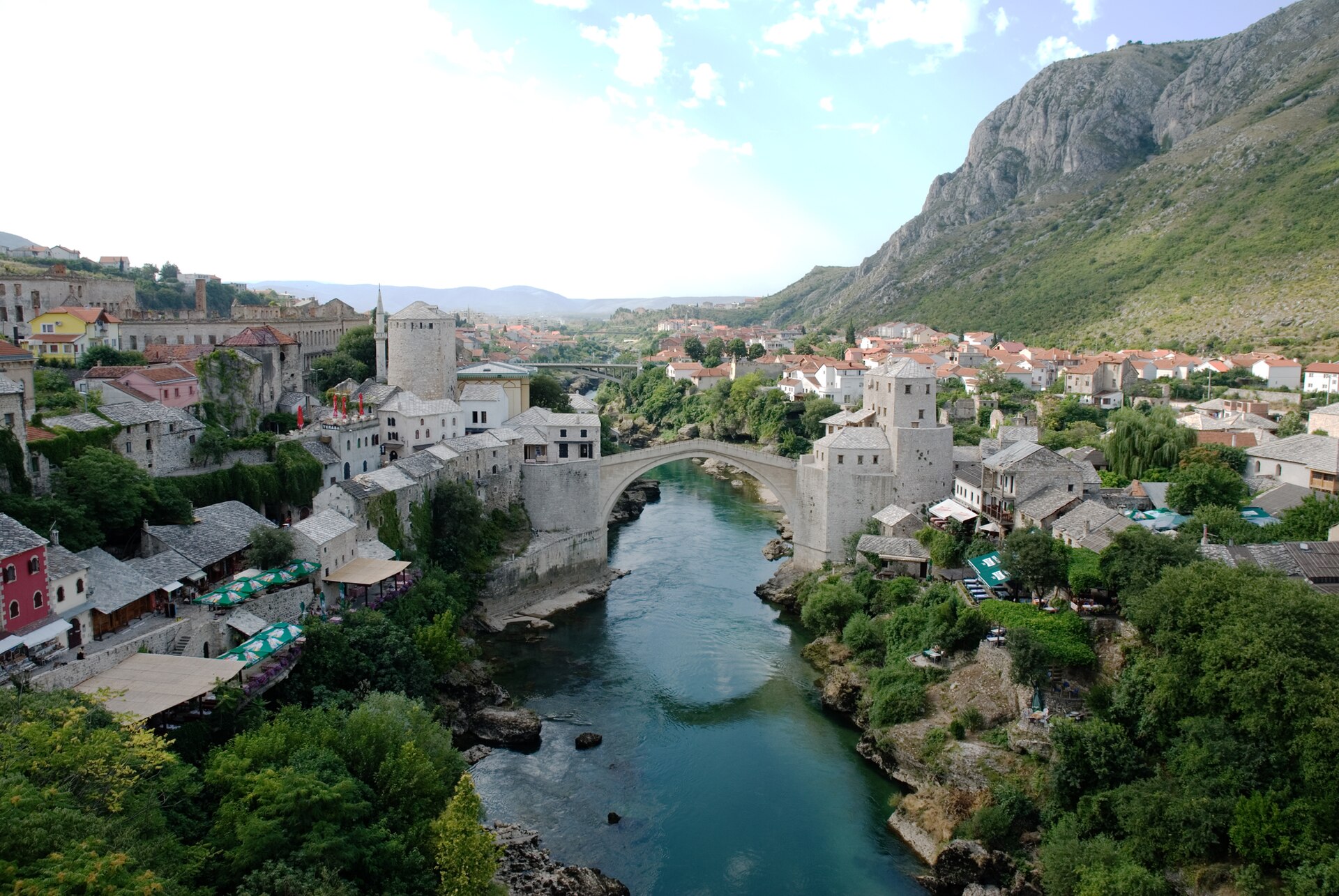


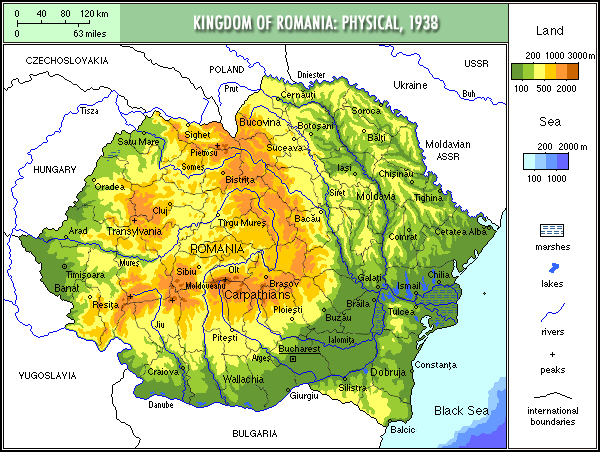

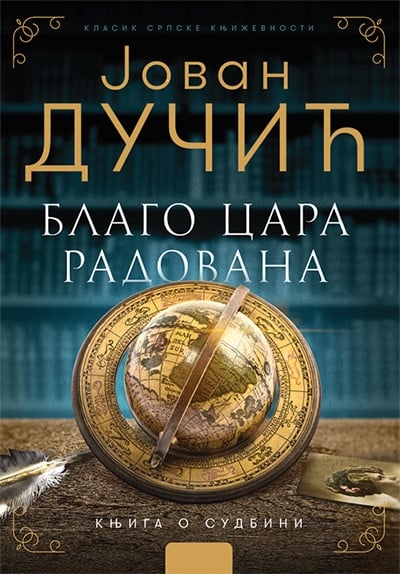




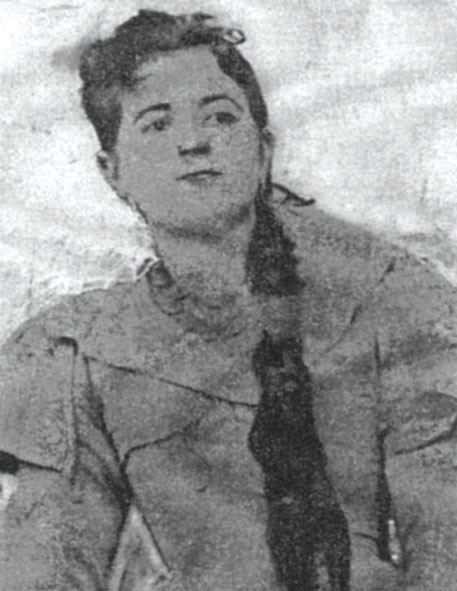

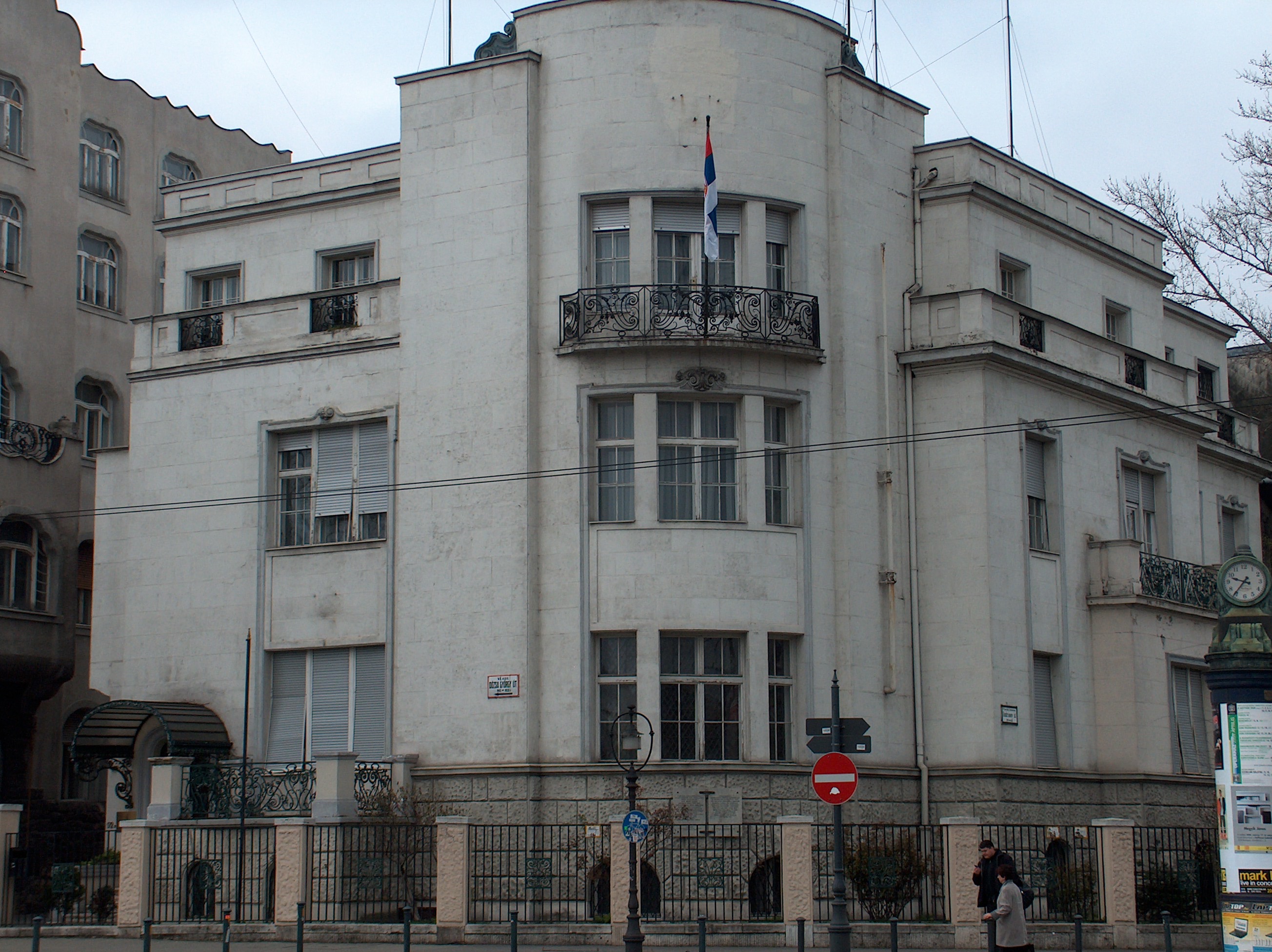

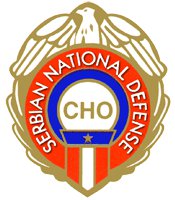




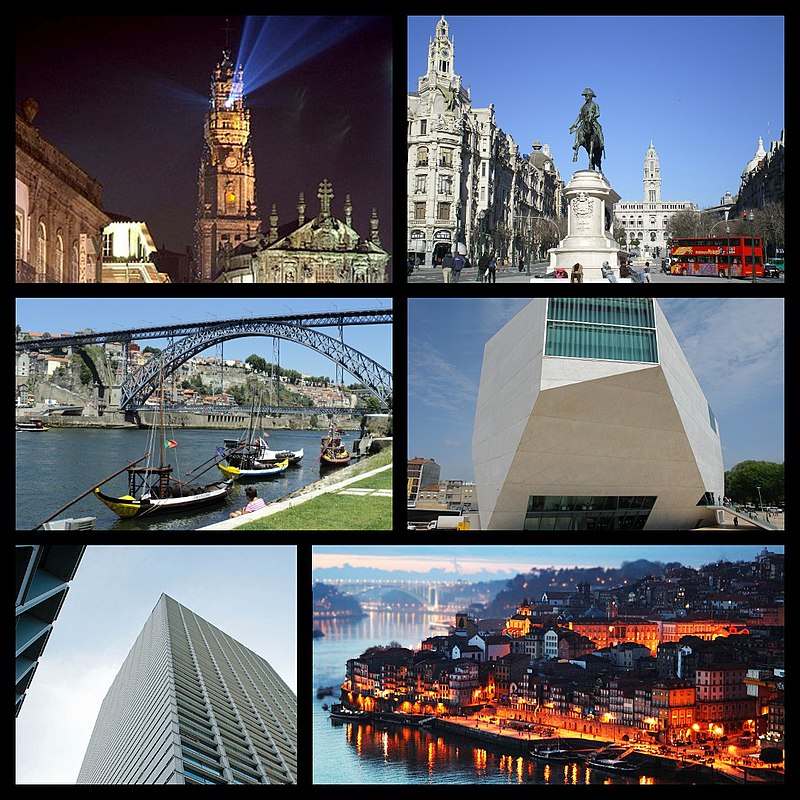


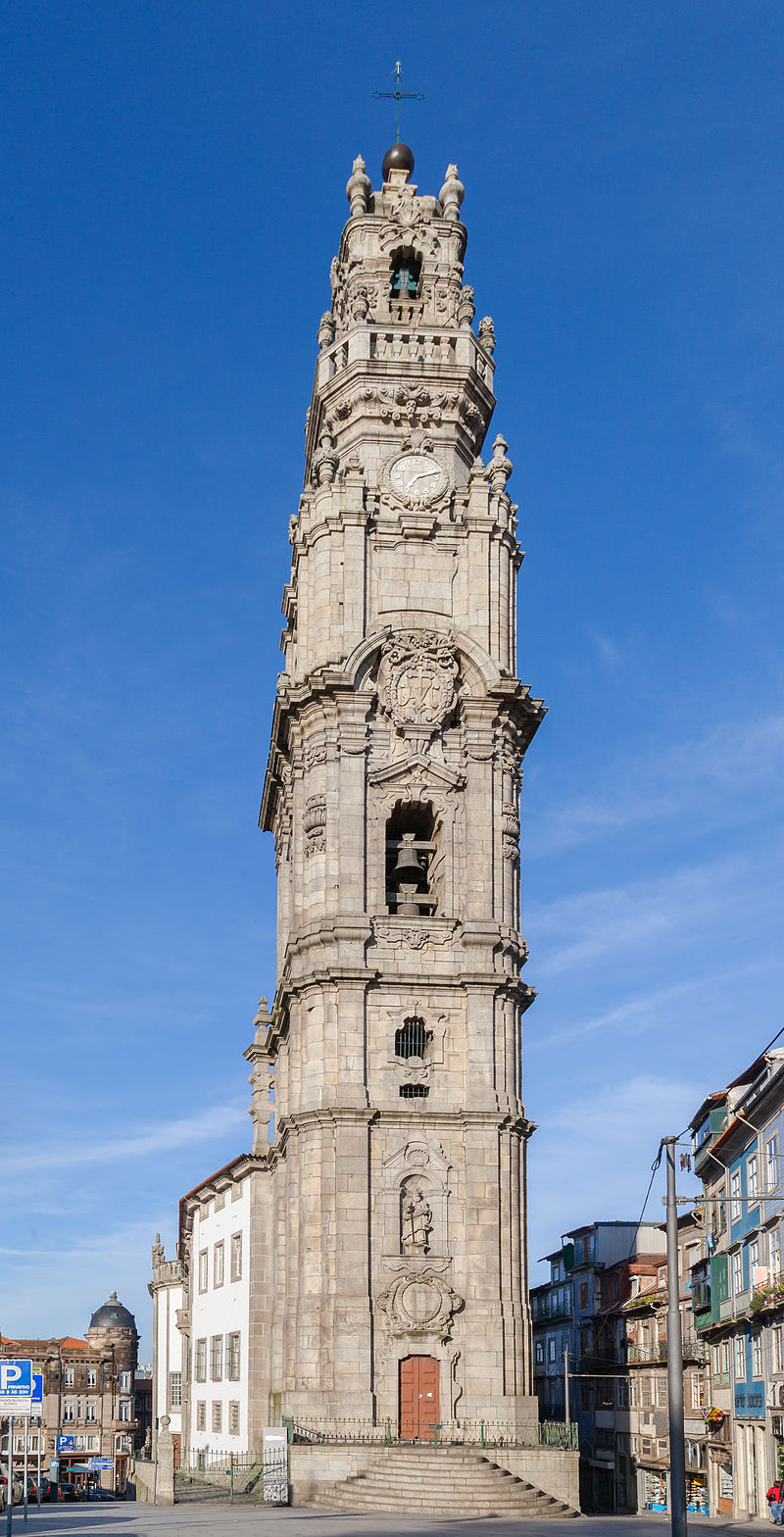



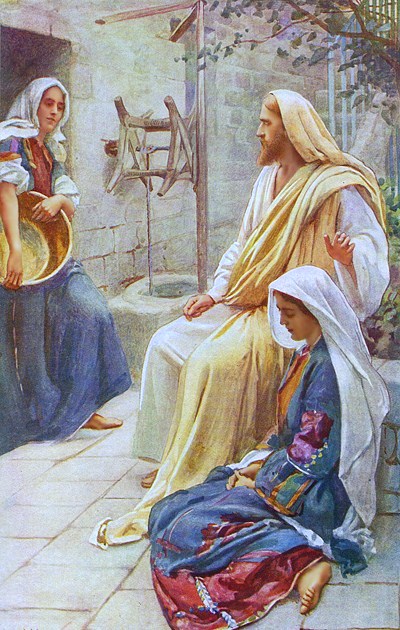

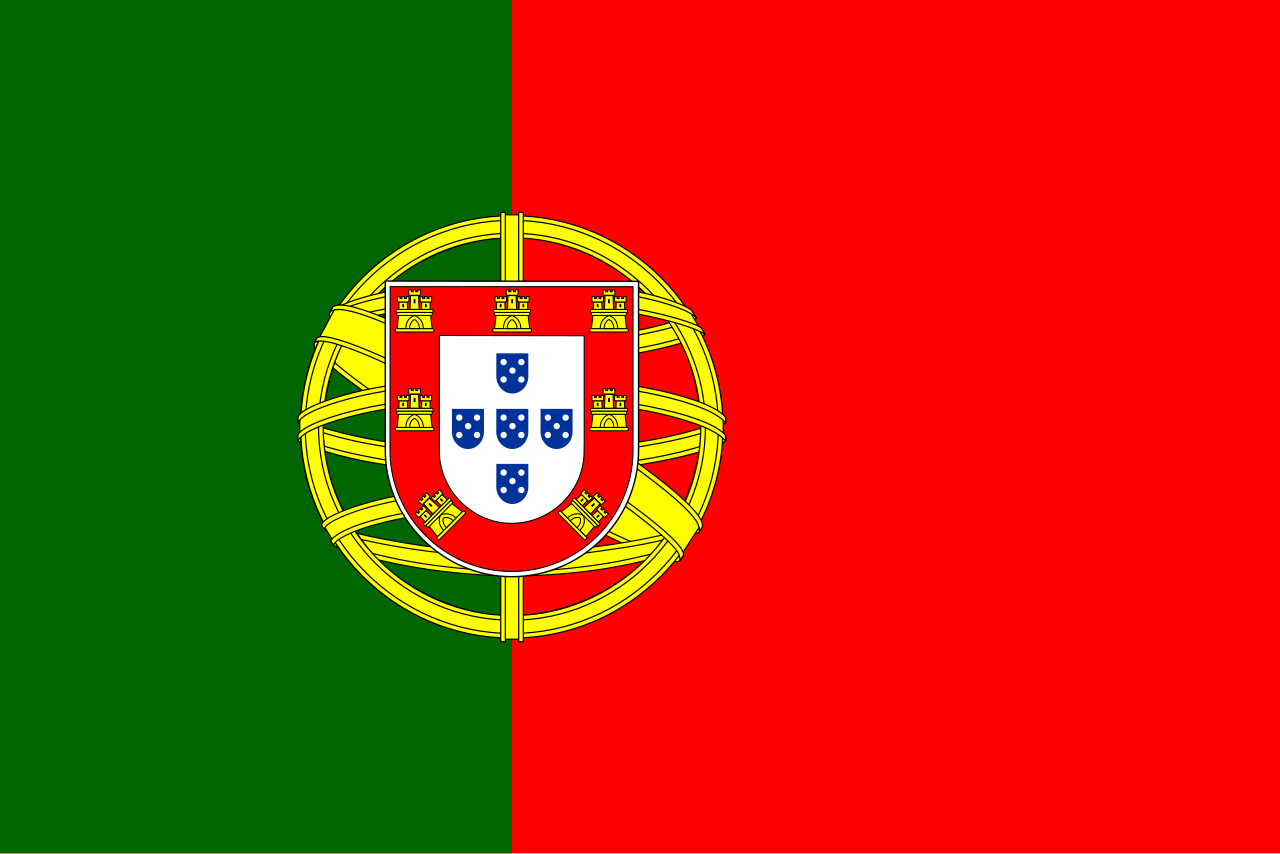



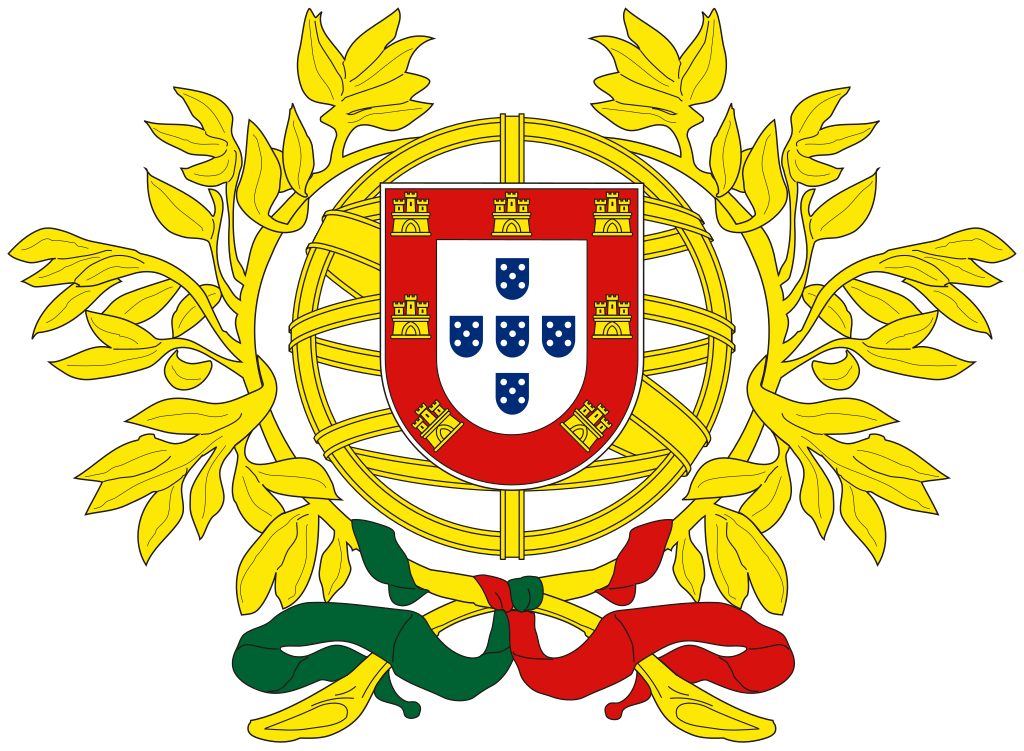




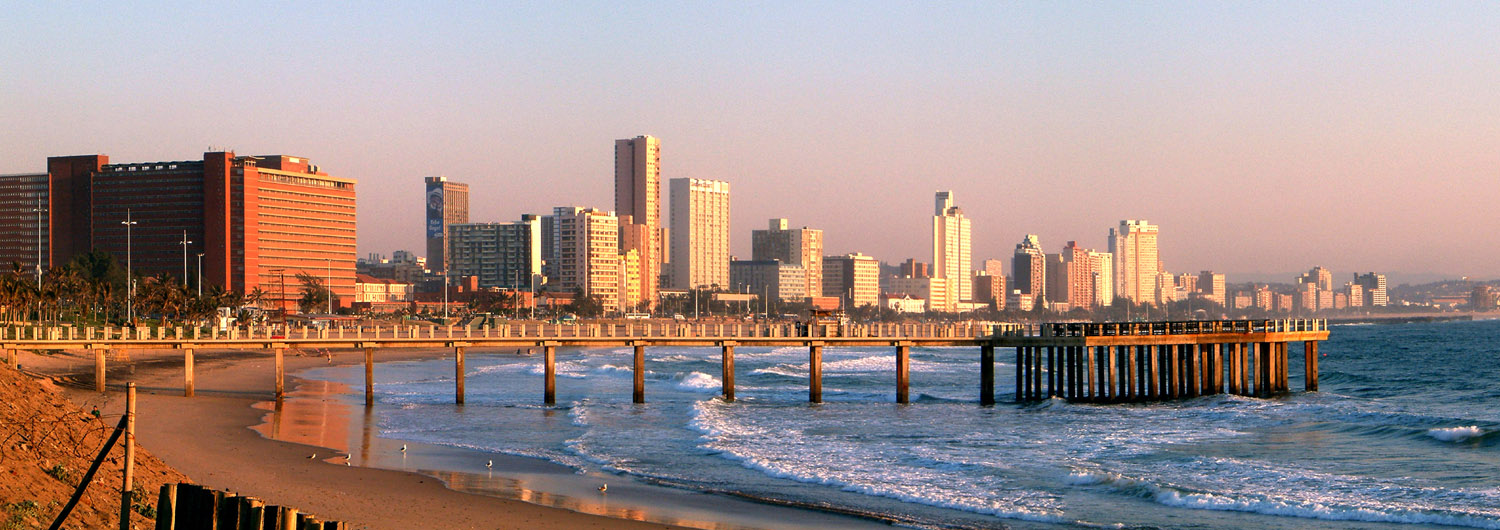










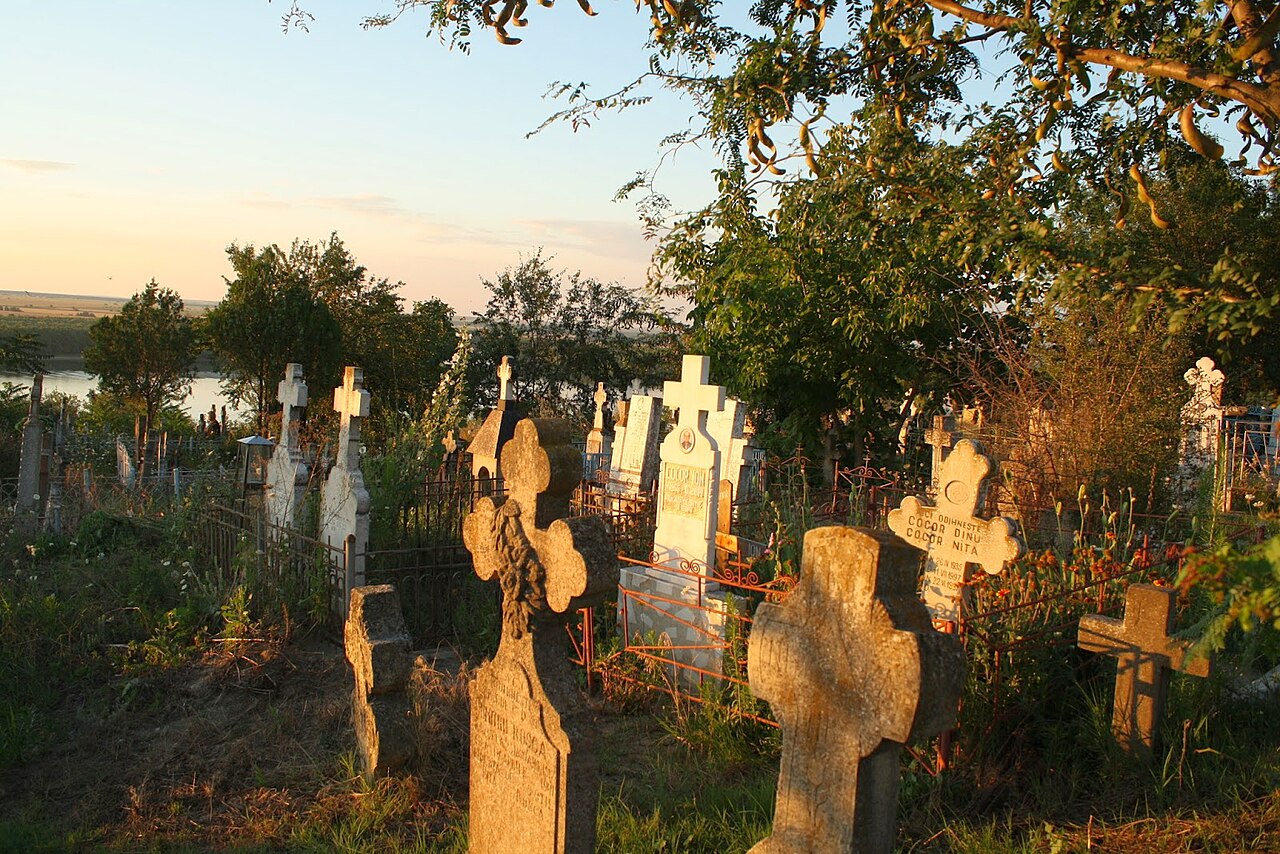




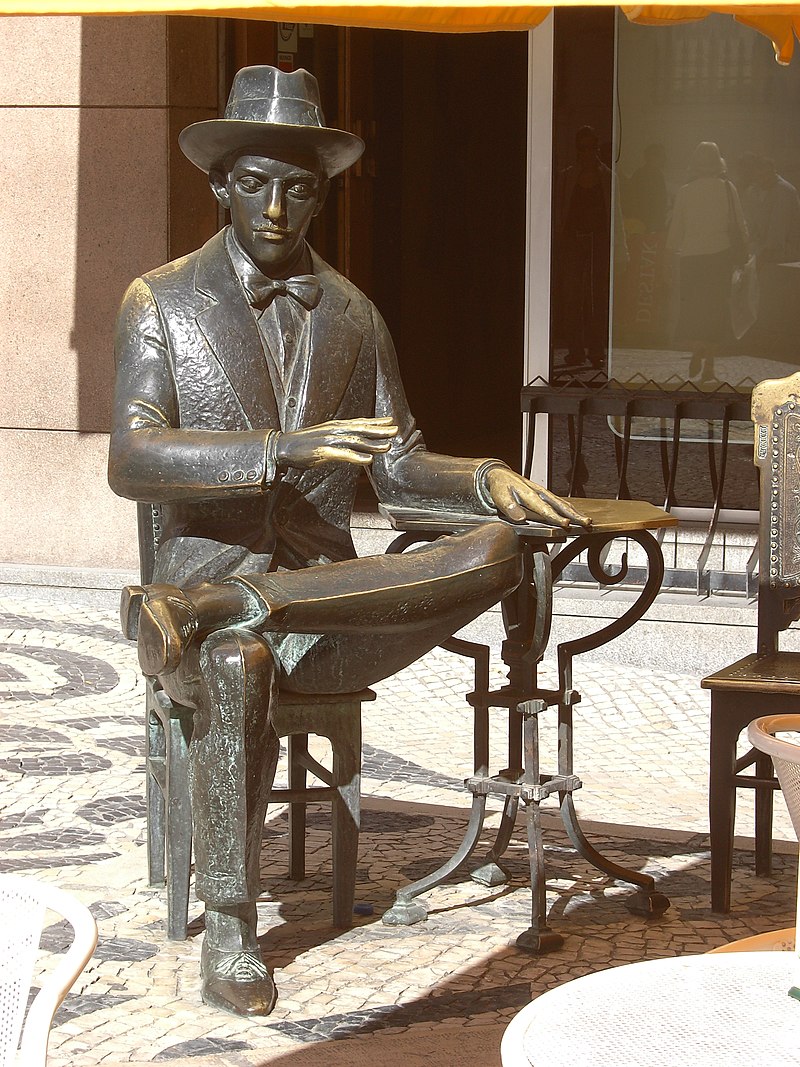
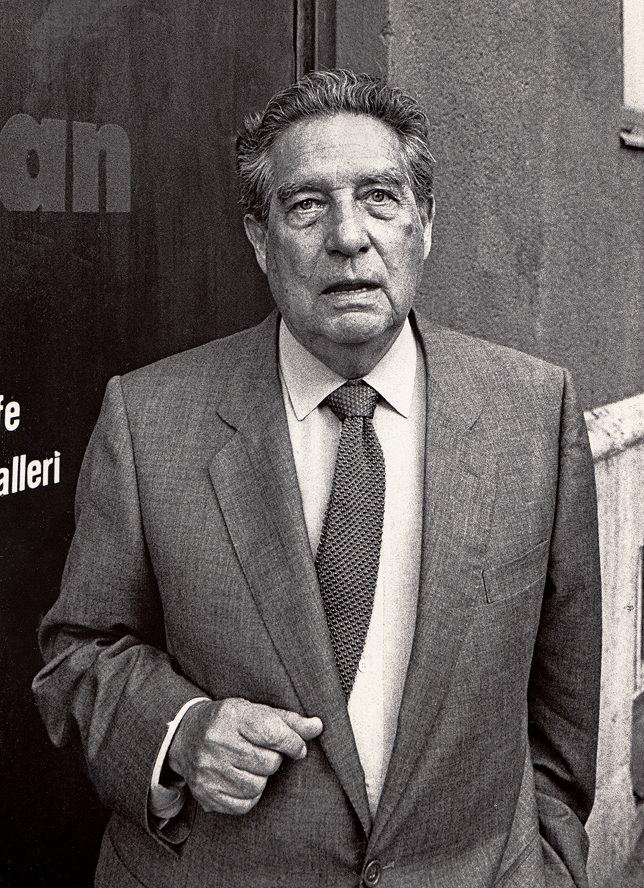






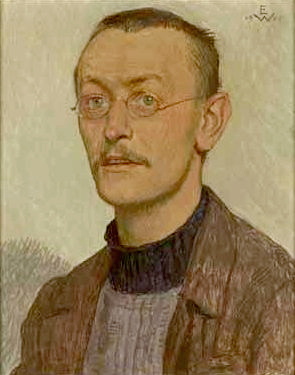
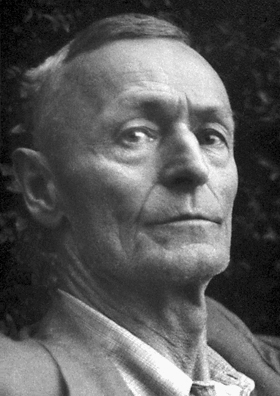











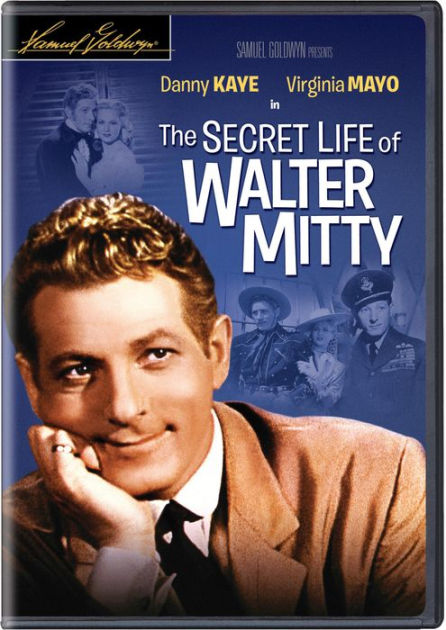






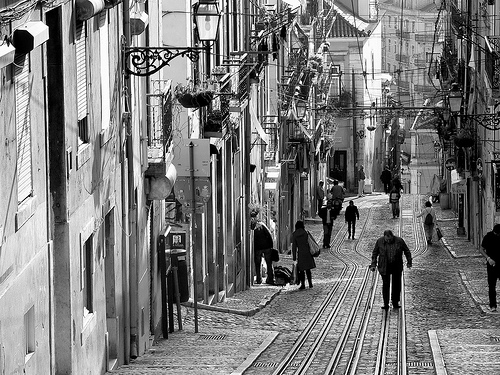


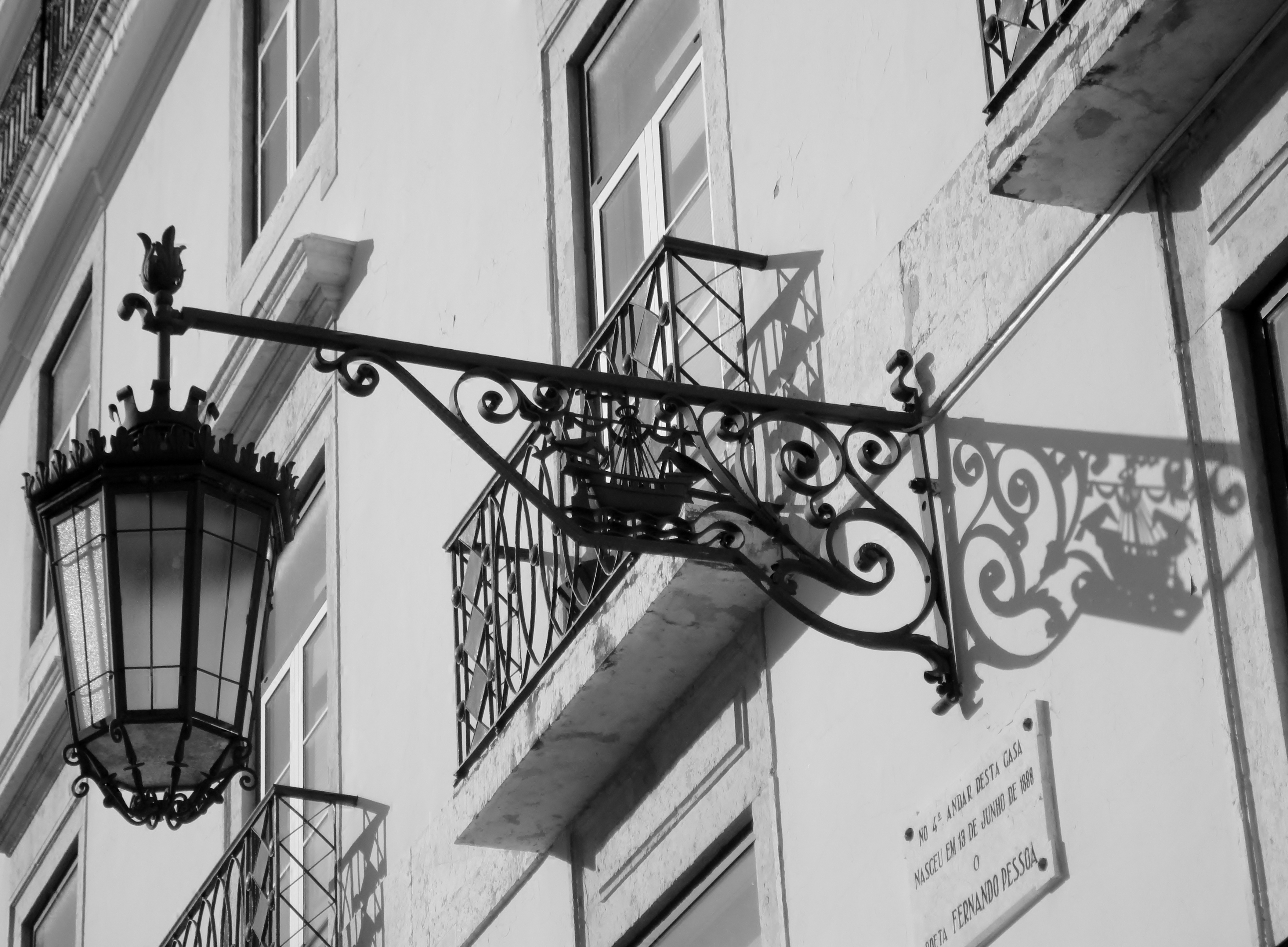




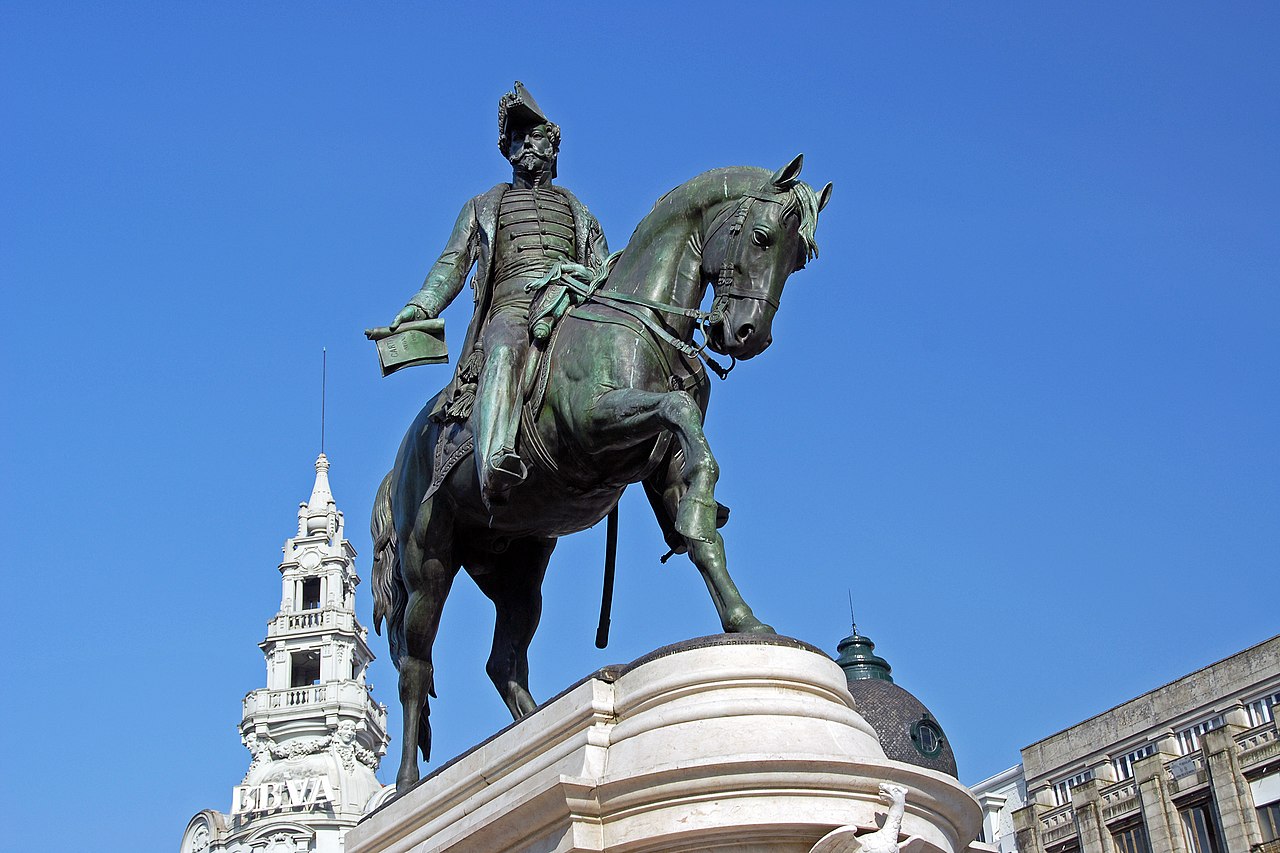


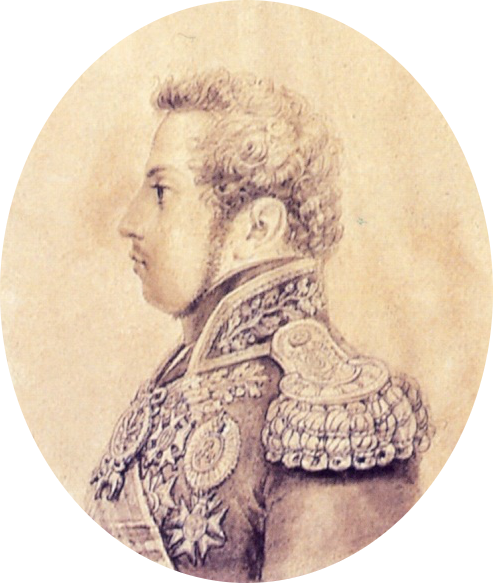




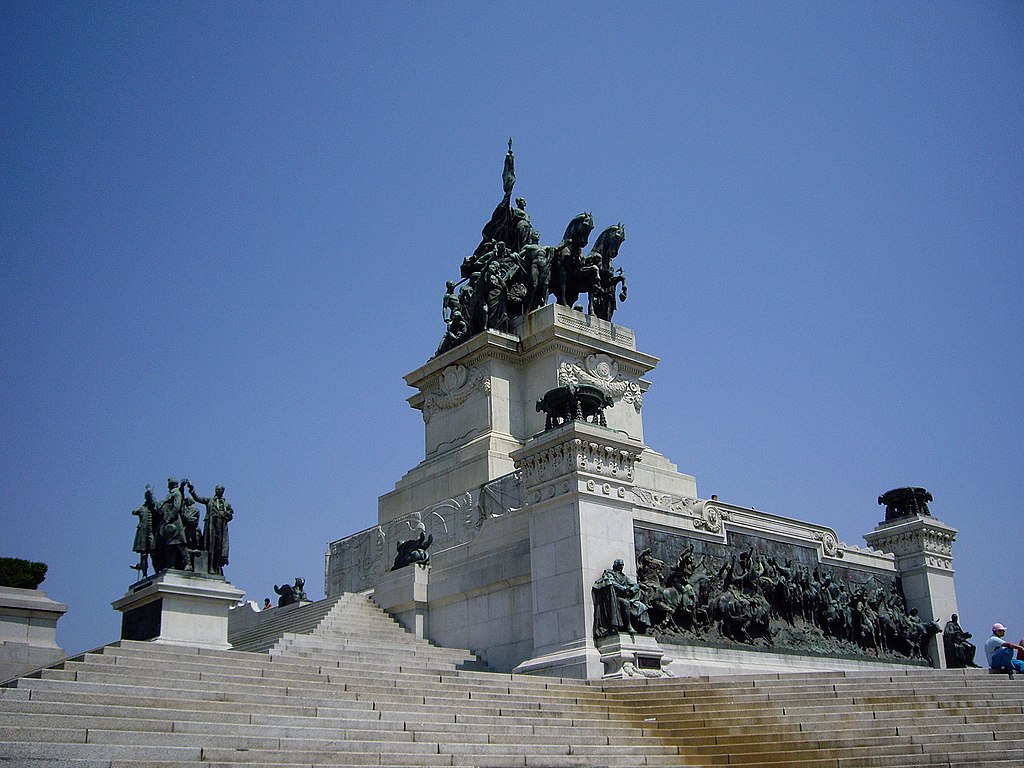









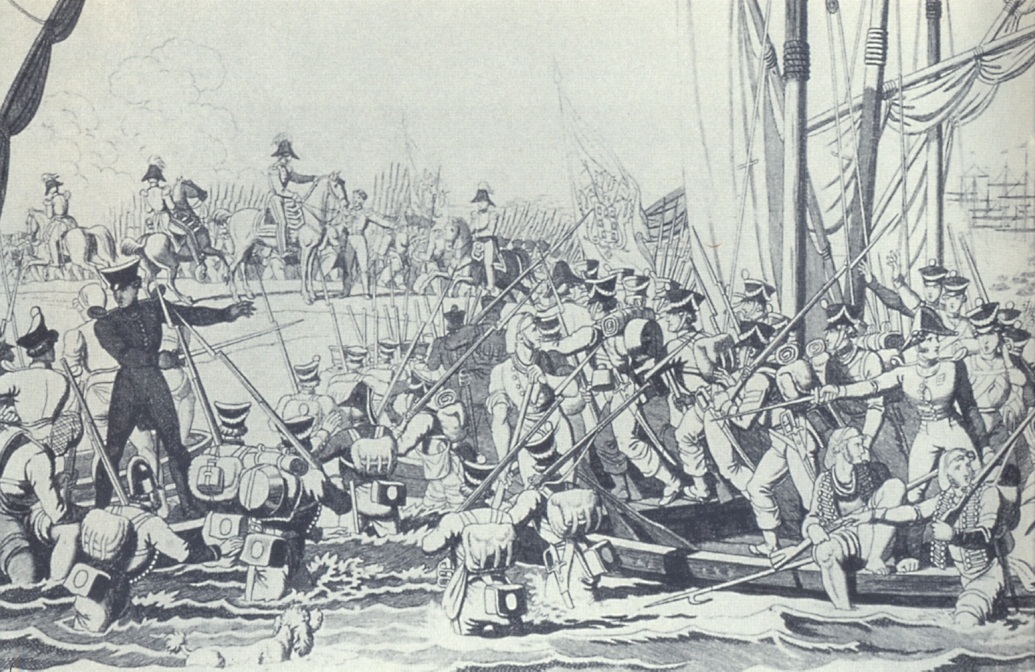


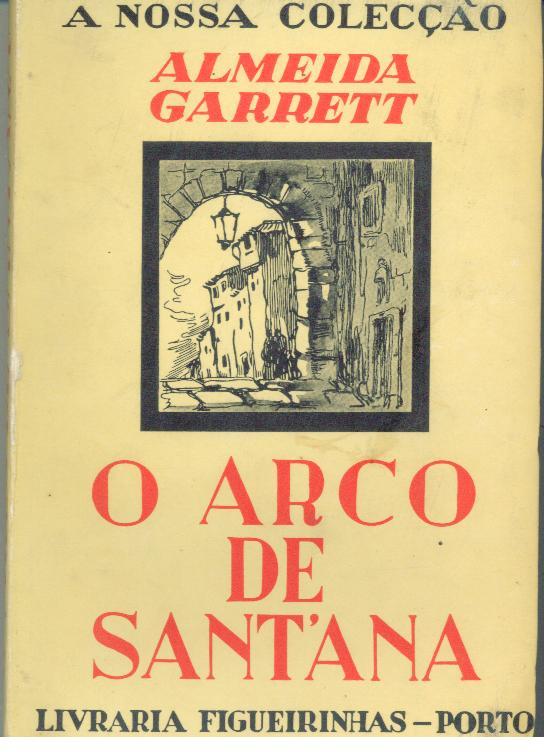


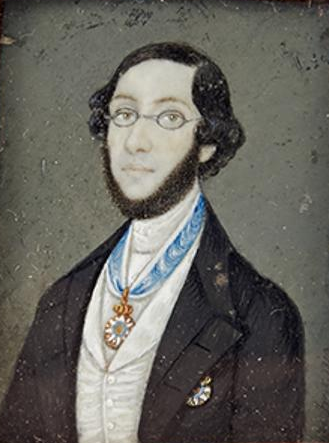




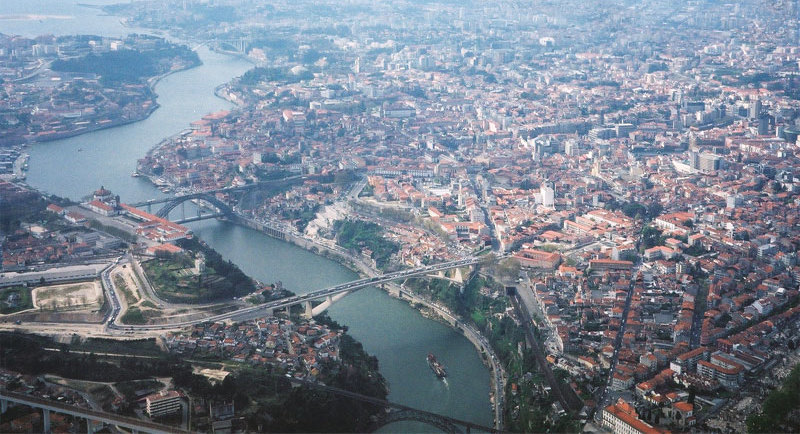

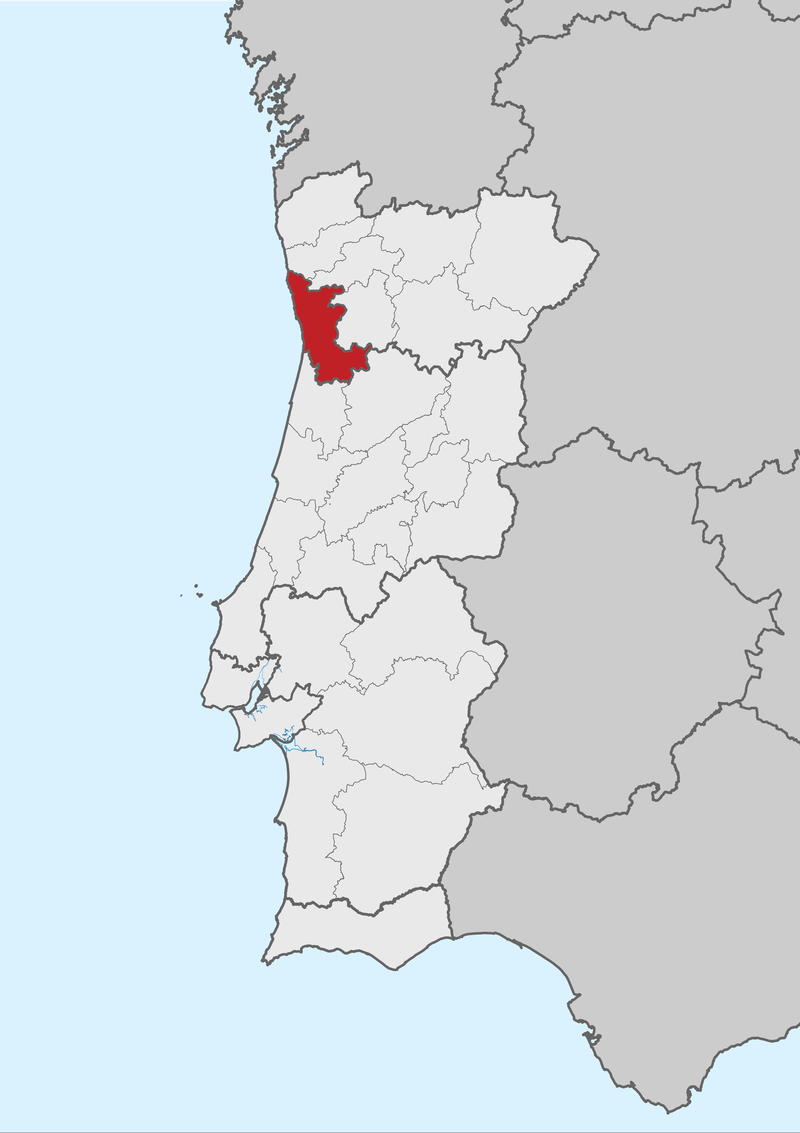


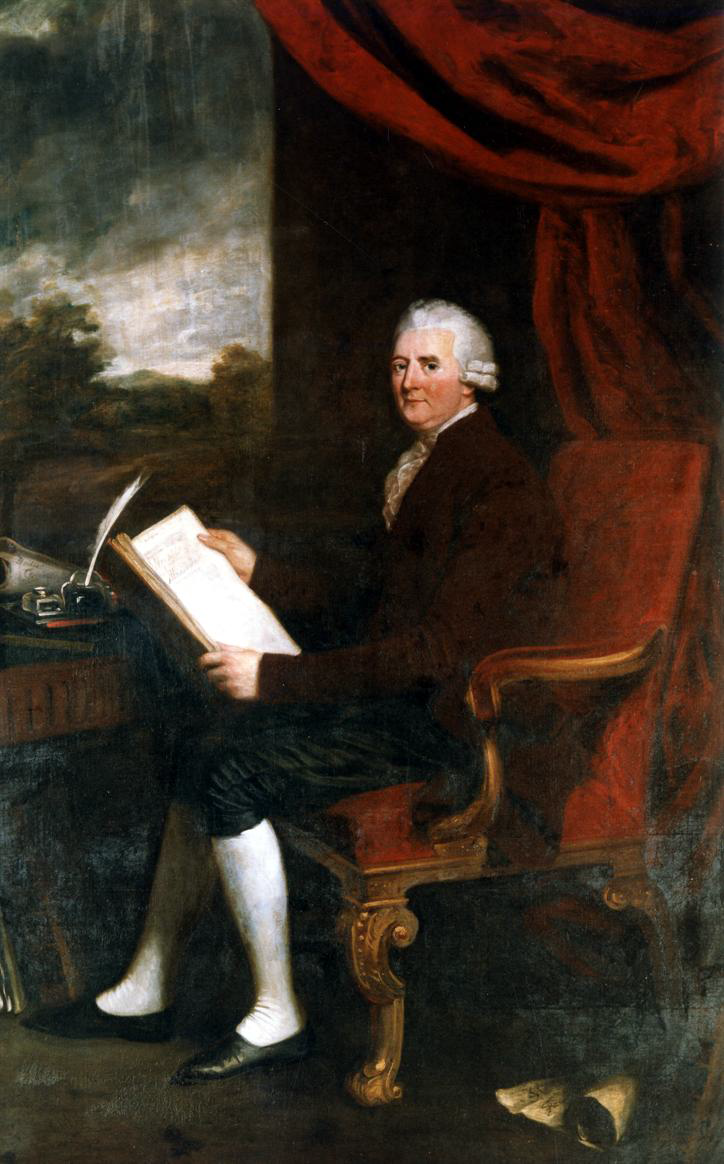

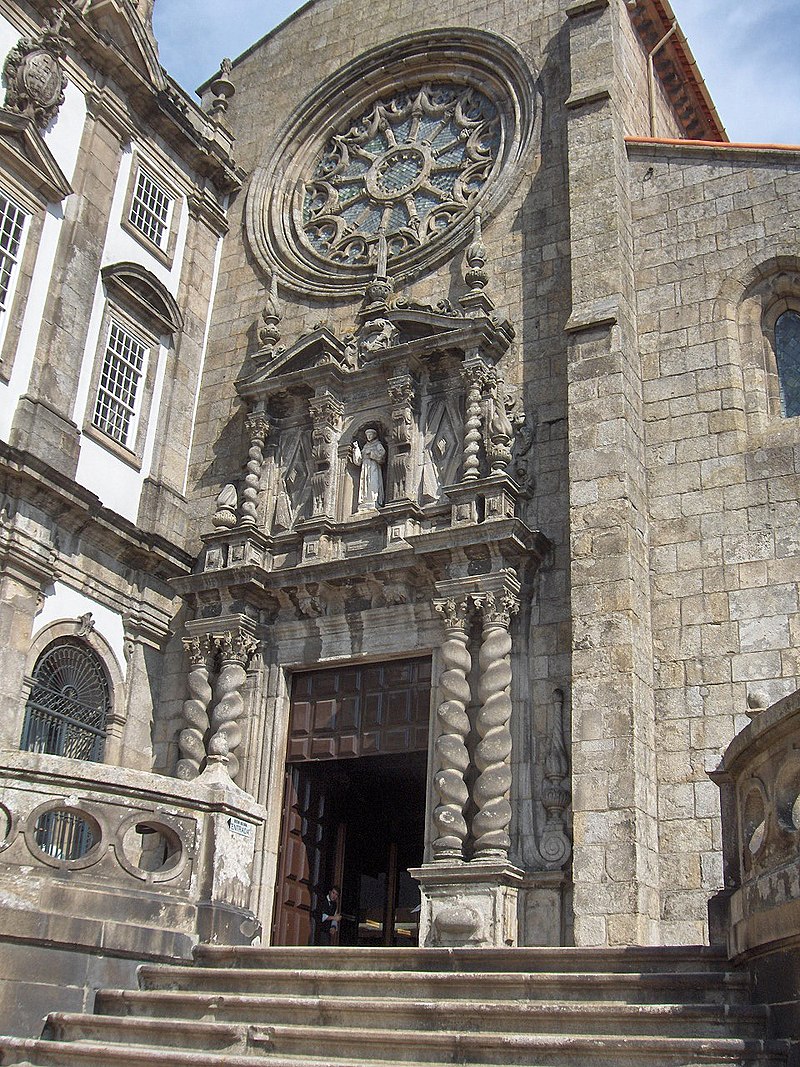






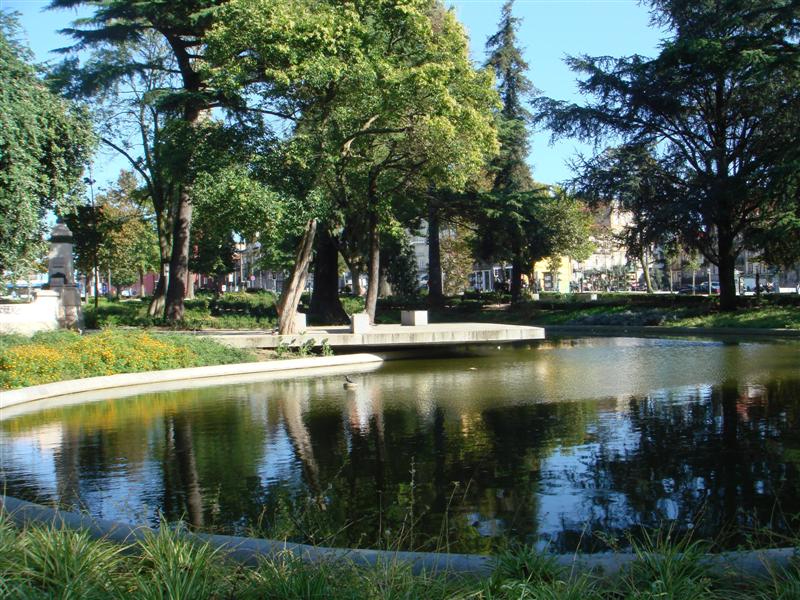





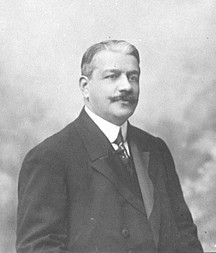






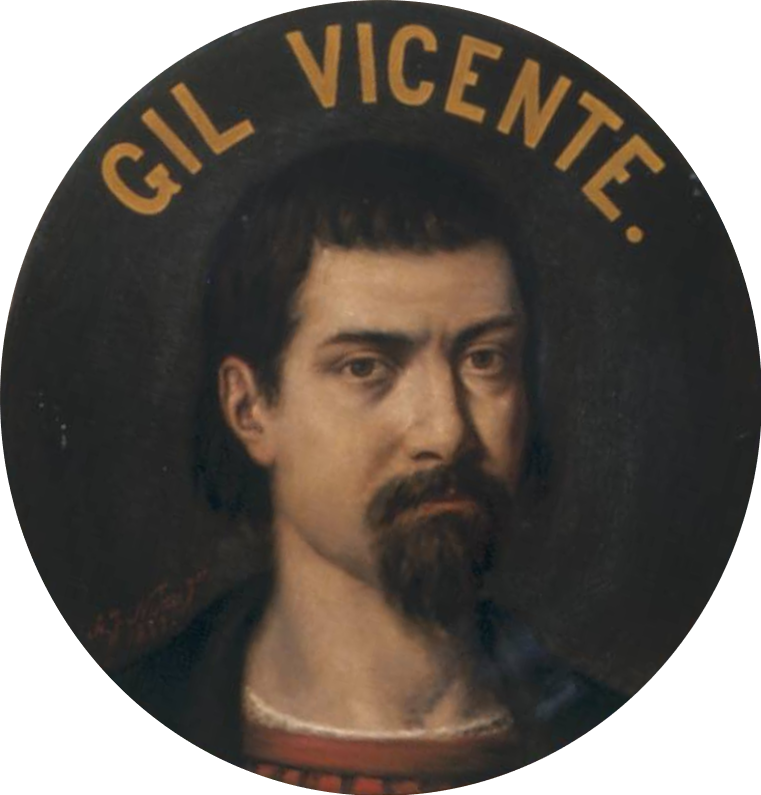

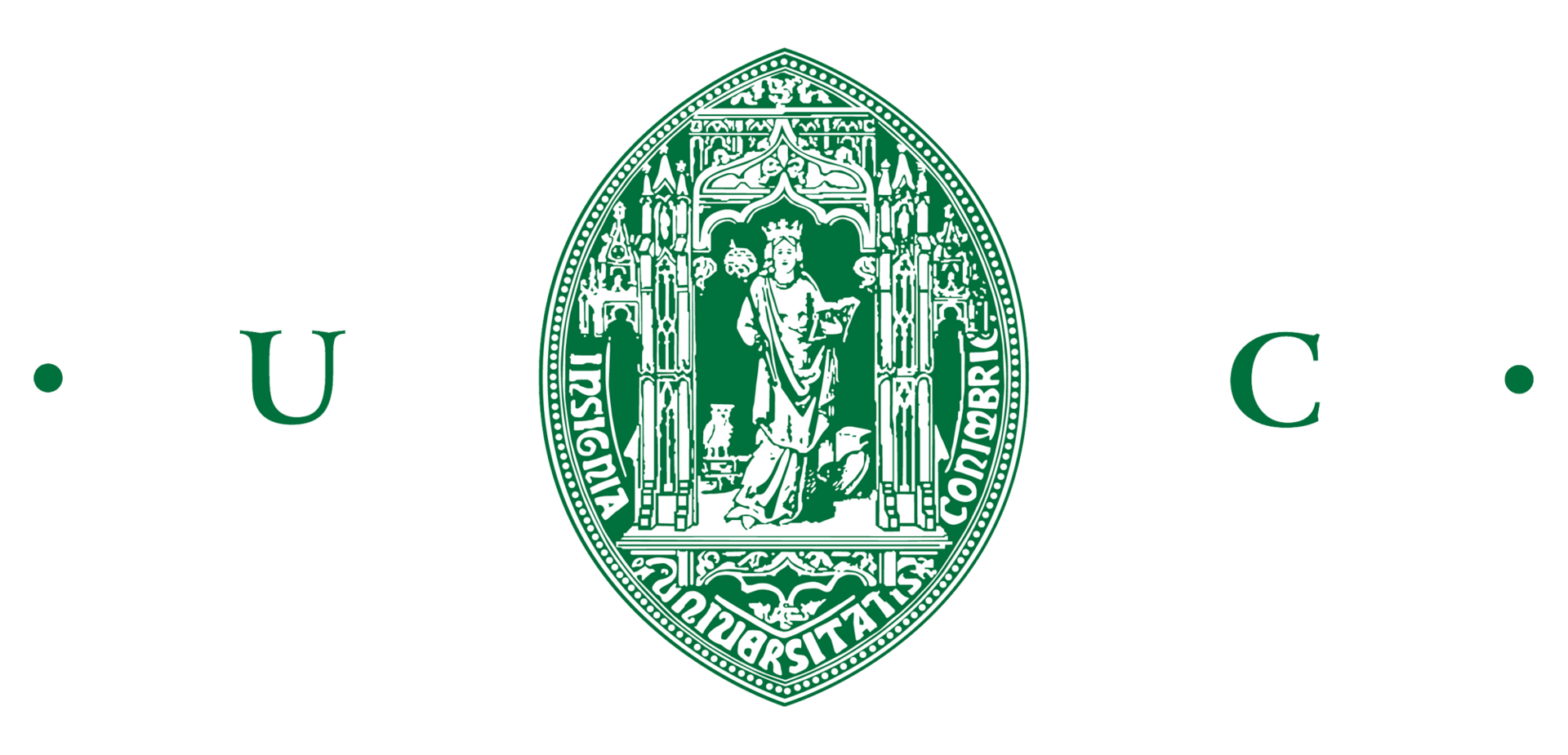



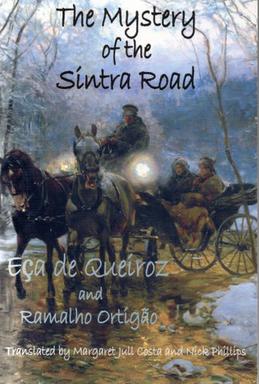

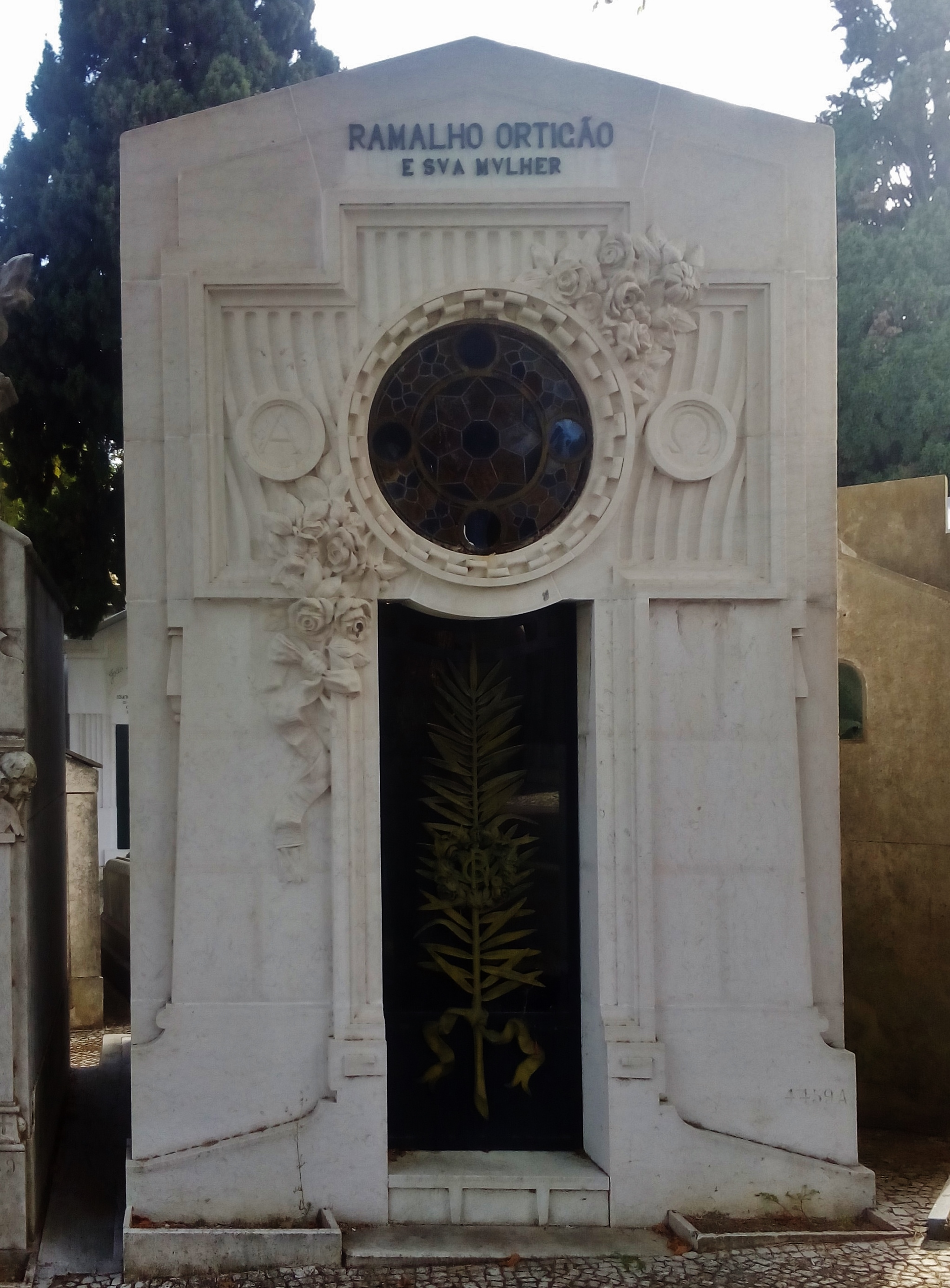






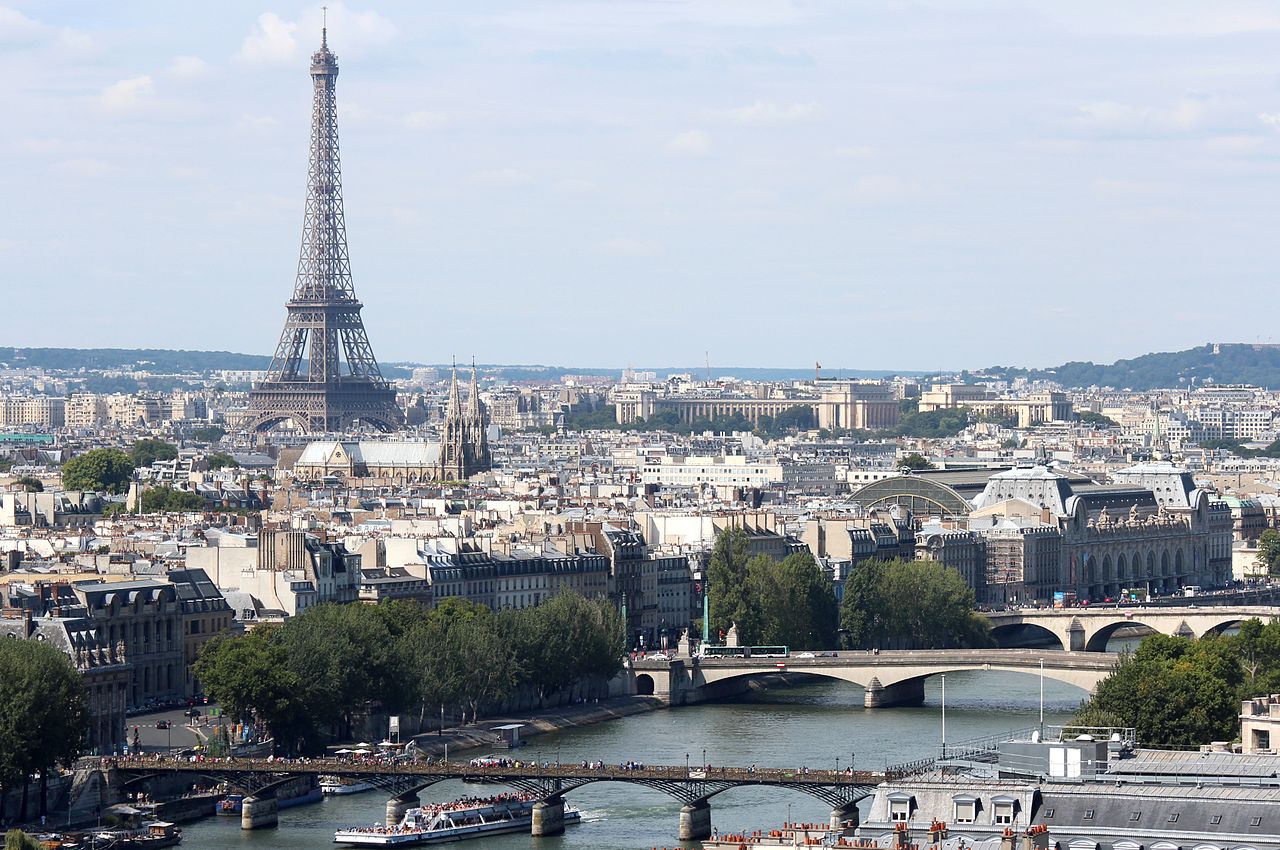


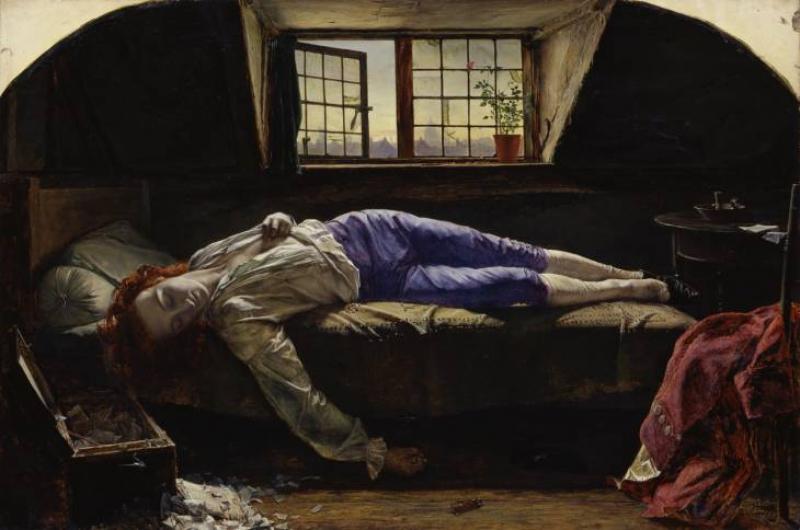
:format(jpeg):mode_rgb():quality(90)/discogs-images/R-5442901-1393481132-8592.jpeg.jpg)









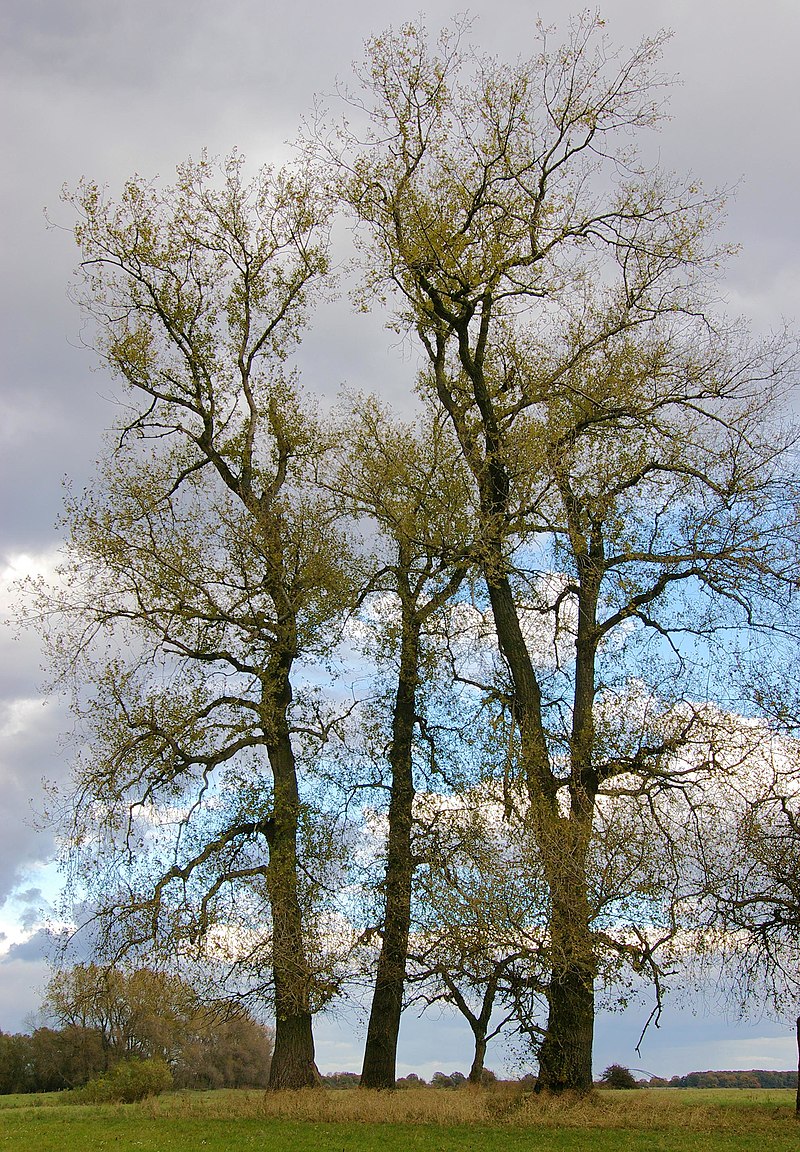
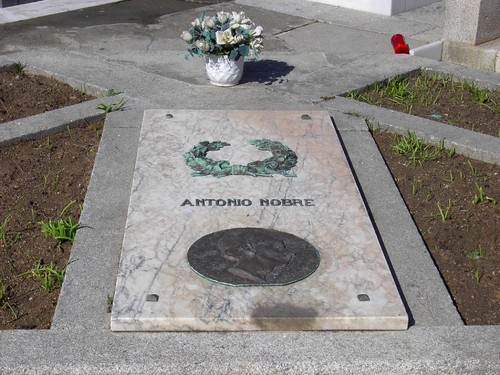
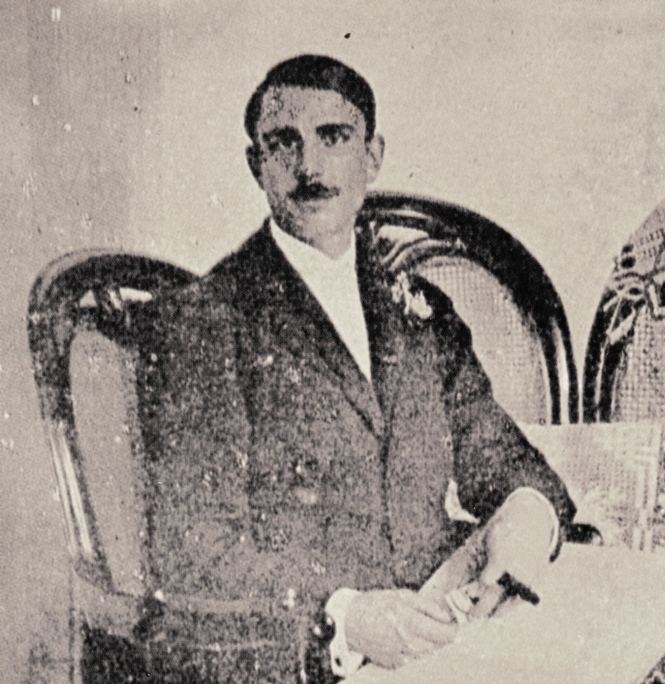

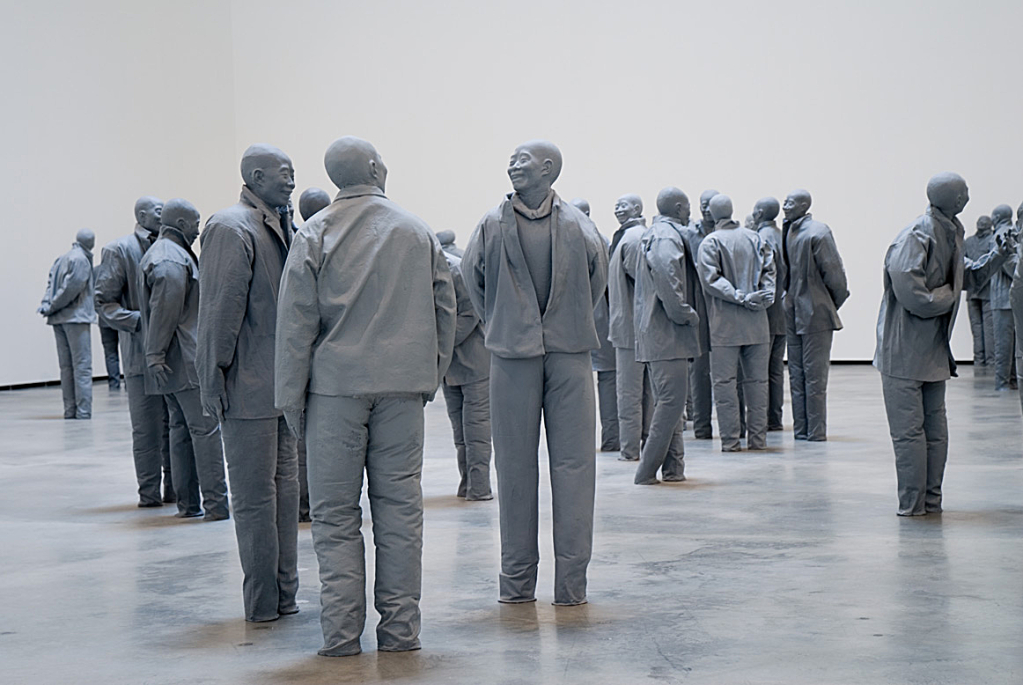

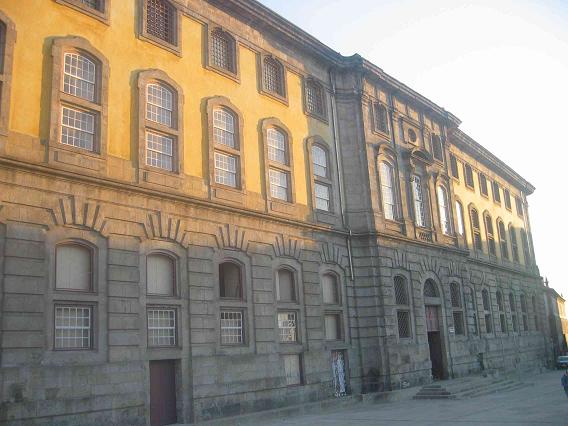













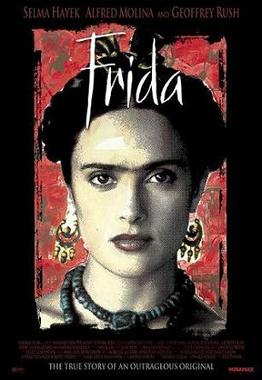





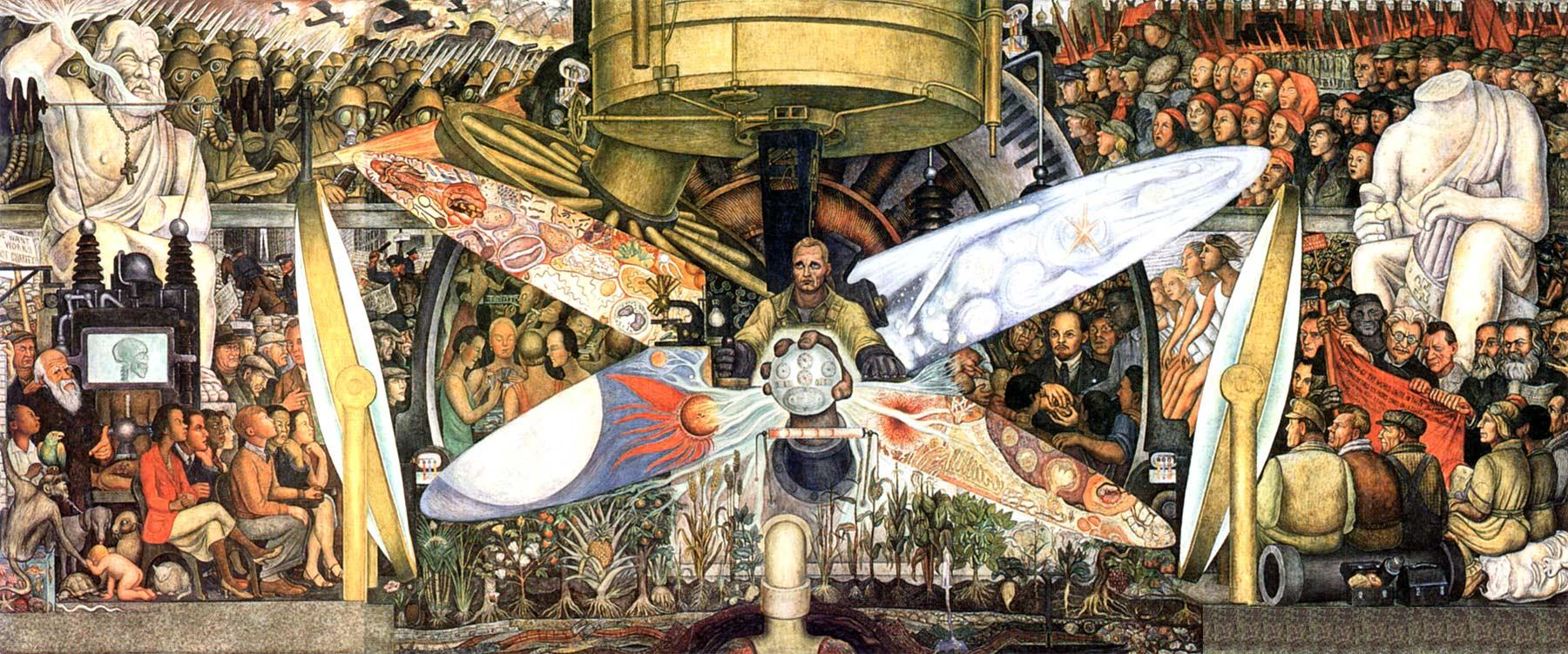



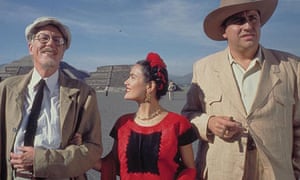







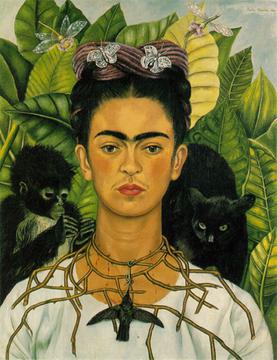
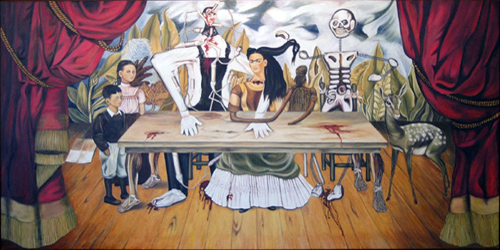


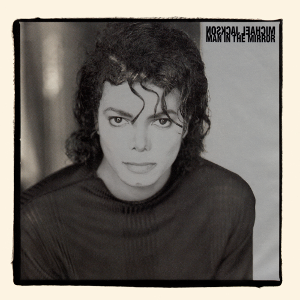













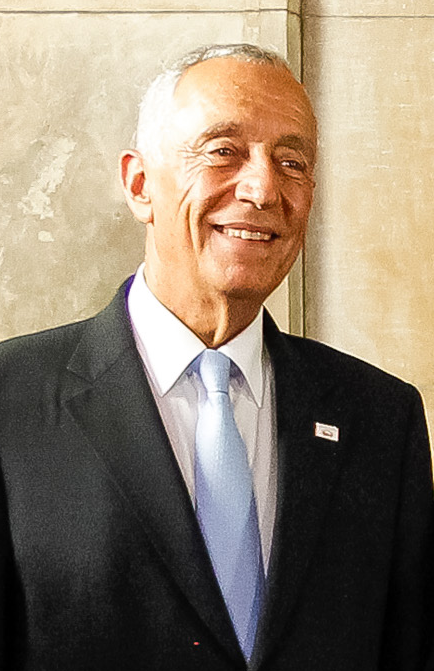

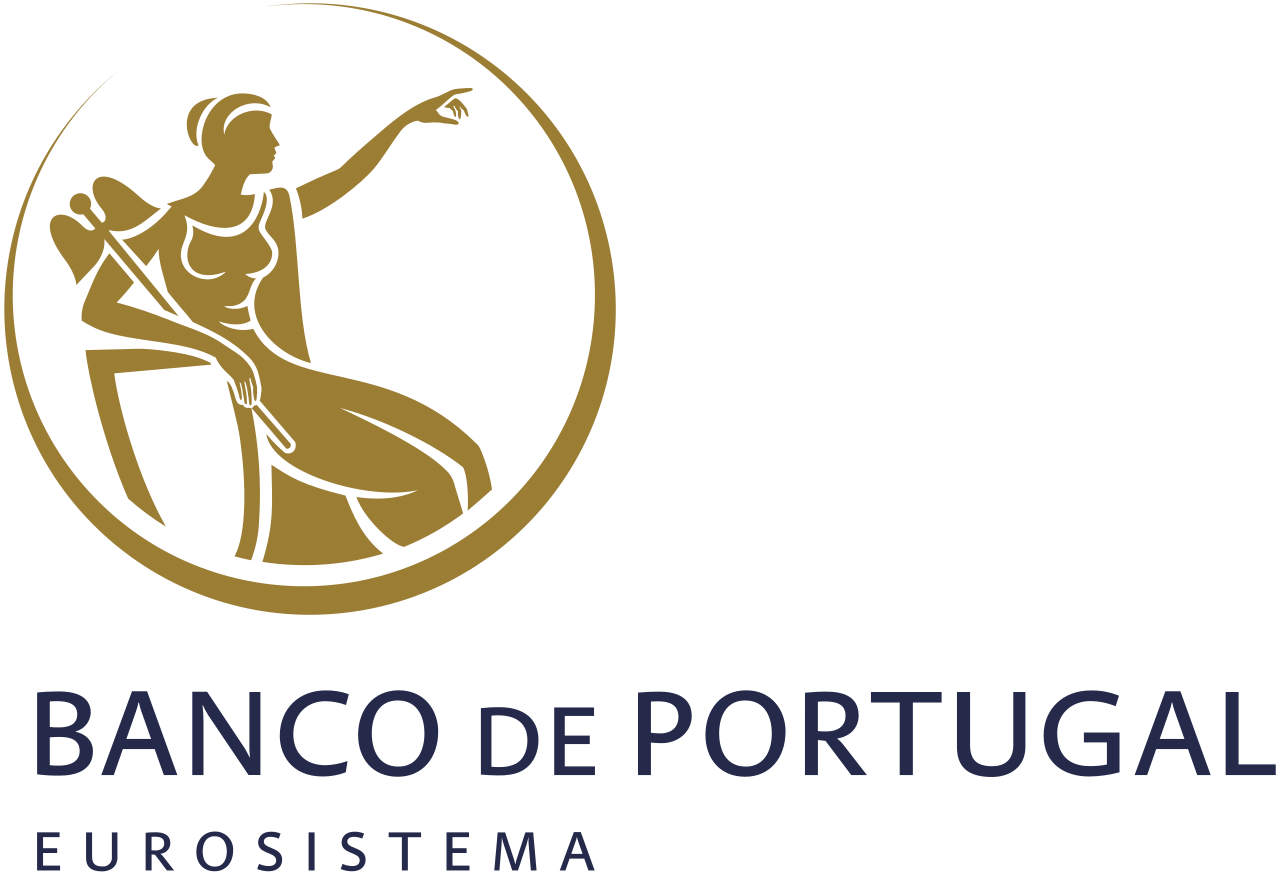



















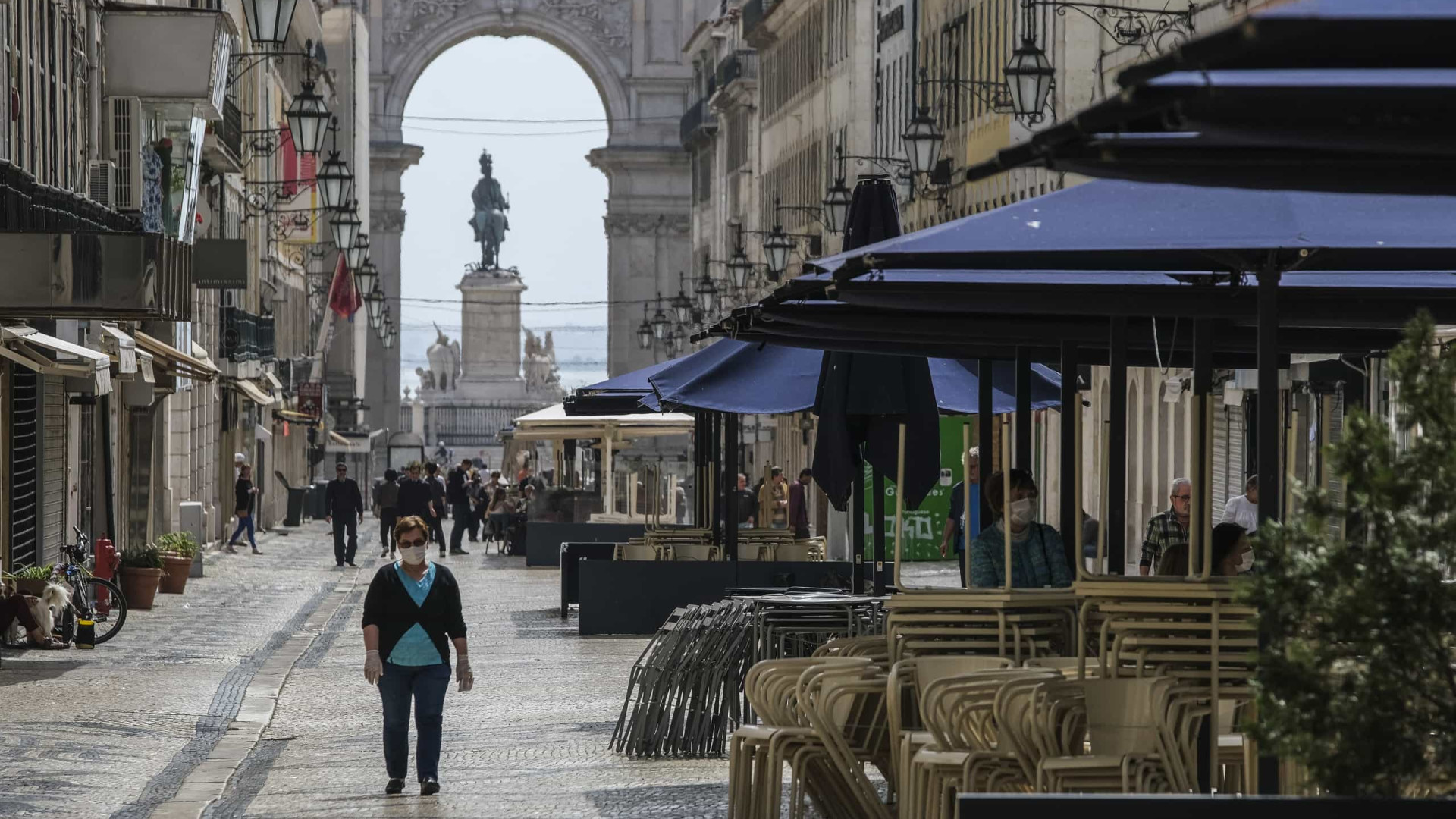
/cloudfront-eu-central-1.images.arcpublishing.com/prisa/44SY7I54KYW6BVAHDV7TYNVGSA.jpg)








